Security in the cloud is mandatory, not optional. Consider cloud security as your security guard. Unauthorized access, data leaks, and shadow IT are serious security gaps in the vast sea of the cloud. Like a security guard who protects you from dangerous events before they happen without anyone noticing, similarly, cloud web security helps protect your assets silently. It uncovers weaknesses, applies controls, and protects you and your business so that you can focus on innovation.
The days of only protecting your data or configs in the cloud are gone – cloud security today is all about resilience, trust, and agility as you grow your business in the cloud and a new threat landscape.
What is cloud web security?
Cloud web security refers to a wide array of approaches and technologies to protect data, applications, and infrastructure in the cloud. Organizations are increasingly moving their critical data and applications to the cloud, so it is now a priority to secure those environments. Cloud security is a collection of solutions, policies, and controls that will be used to protect cloud-based systems from unauthorized access, data breaches, and new cyber threats.
The main objectives of cloud web security are:
- Securing Data Privacy: Providing sensitive data security during transit and at rest
- Handling Multi-Cloud Security: Mitigating the specific security risks arising from the employment of multiple CSPs
- Access control is the action of restricting access to the cloud while ensuring only certified users, devices, and applications have access to your cloud.
When organizations have strong cloud web security controls, they can enjoy the benefits of cloud computing in a secure environment while minimizing risks and fulfilling compliance with their industry standards and regulations.
Latest Penetration Testing Report
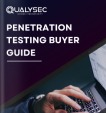
Security in the cloud for different types of deployment
Cloud computing can be implemented in many ways; hence, we categorize and discuss its security concerns and measures for implementing aws cloud security services. Therefore, organizations must understand these models of deployment, which include public, private, hybrid, and multi-cloud.
Public cloud
Public cloud is owned and operated by third-party CSPs. Some examples of public cloud security providers include Amazon Web Services, Microsoft Azure, and Google Cloud. This model is where several organizations subscribe to services and resources based on the internet in a public domain. Public clouds offer much flexibility and are usually cheaper; however, they pose several security threats.
Security Risks
Since multiple organizations use the public cloud, threats to the cloud environment would be amplified, such as data breaches or security misconfigurations. When it comes to public cloud, the organization needs to pay special attention to the protection of data and applications since the cloud-based solution owns the physical infrastructure.
Best Practices
To protect this data, the data can be encrypted, the IAM policy can be used, or MFA can be applied, where only specific privileged users are allowed to access the sensitive data.
Private cloud
The private cloud is committed to one organization, providing more control over data, security, and compliance. It can be located on-premises or by a third-party vendor, but is still segregated from other users. This model is best suited for organizations with strict regulatory needs, such as healthcare or financial institutions:
Security Issues
Private clouds are more secure and provide greater control, but they are also more costly and must be carefully managed to avoid internal threats.
Best Practices
Strong access control, periodic security audits, and data loss prevention (DLP) technologies are among some of the approaches to ensure data is verified and also comply with industry guidelines pertaining to easements to security standards such as HIPAA or PCI DSS.
Hybrid cloud
A hybrid cloud combines the strengths of public and private cloud infrastructures so that organizations can scale their business with security provided for sensitive workloads. For instance, an organization may have customer-facing applications on the public cloud and financial information on a private cloud.
Security Issues
The complexity of securing both public and private environments raises the threat of vulnerabilities. Data transfer between the two environments must also be secured.
Best Practices
Implement strong encryption for data transfer between clouds, incorporate security monitoring in both environments, and enforce uniform access management policies across all platforms.
Multi-cloud
A multi-cloud strategy means using several public cloud services of various providers. It provides organizations with flexibility and avoids vendor lock-in risk.
Yet, having to manage security across various platforms creates new challenges:
Security Concerns
Maintaining security policies uniformly across several cloud platforms can create gaps that attackers can target.
Best Practices
Use a single security management platform that covers all cloud providers and scans for threats continuously. Using cloud access security brokers (CASBs) and cloud infrastructure entitlement management (CIEM) products can be helpful in achieving consistent policies and visibility.
By choosing the right deployment model and implementing these best practices, organizations can set up their cloud security approach to fit their own unique needs, whether they are flexibility, control, or regulatory obligations.
Why Zero Trust is critical for cloud security
What is Zero Trust, exactly? Zero Trust is a security model that states that no user or device is trusted, by default, either expertly or outside of the network. In the cloud-based model, where the data is spread across multiple platforms, Zero Trust is crucial in protecting sensitive data.
Primary Principles of Zero Trust:
- Continual Authentication: Each attempt of access, from a user, device, or application, is continually authenticated to prevent unauthorized use.
- Least Privilege Access: Devices and users only receive the minimum rights required, lowering security threats.
- Micro-Segmentation: The cloud is segmented into small portions, restricting lateral movement in case an attacker acquires access.
In cloud environments, the threats are ubiquitous. Zero Trust guards against both insider attacks and outside attacks by verifying each action and controlling it. Zero Trust also keeps hackers from roaming if they gain access to one section of the system. It is critical for securing next-generation cloud infrastructure security and delivering ongoing protection for data, apps, and users in the cloud.
Understanding the shared responsibility model
In cloud web security, the shared responsibility model dictates how security responsibilities are allocated between the customer and the CSP. This model is necessary since both entities are involved in making sure data and systems are secure.
How the shared responsibility model operates in cloud security
Cloud infrastructure itself, namely hardware, software, and the network that provides cloud services, must be secured by the cloud provider. This involves protecting the core cloud infrastructure as well as physical data centers against cyberattacks. Ensuring the uptime and safeguarding the security of the platform also fall within it.
The customer are, however, liable for protecting their data, applications, and configurations in the cloud. This involves activities like identity and access control management, security setting configurations, and adherence to industry standards.
For example, while the Cloud Security Vendor secures the infrastructure, the customer must encrypt sensitive data, properly configure access rights, and remediate the vulnerabilities of their application.
By understanding and employing the shared responsibility model, organizations will have an improved stance in protecting their data and will establish a more secure cloud environment.
Cloud security for regulated sectors
Sectors such as healthcare, finance, and retail have strict regulations demanding more cloud security to safeguard sensitive information and meet compliance.
Cloud security for healthcare (HIPAA compliance)
Healthcare organizations must comply with HIPAA, ensuring that protected health information (PHI) is safeguarded. This can be done through data encryption, strong authentication, and regular auditing of cloud environments.
Private or hybrid cloud models are typically employed to have control over PHI and fulfill
HIPAA compliance
Cloud security for finance (PCI DSS compliance)
Financial institutions have to comply with PCI DSS protocols for processing payment data, involving encryption, access controls, and monitoring. Financial companies commonly utilize hybrid clouds to achieve scalability while maintaining stringent data protection.
Cloud security for retail (securing e-commerce)
Customer payment data has to be protected by retailers and abided by PCI DSS to avoid data breaches during transactions. Traffic is controlled by public cloud services, and CASBs and encryption keep the customer data safe.
Top cloud web security best practices
Privacy and confidentiality of data are essential in transit and when stored in the databases.
| Best Practice | Description | Tip |
| Data Encryption | The data has to be encrypted such that even if they intercept the data, they cannot understand what is written in it, for this, they do not have the decryption keys. AES-256 encryption should be applied to the sensitive information, and usual key management procedures should be applied. | Whenever you store any data in the cloud, make sure to encrypt the data and utilize services available from cloud providers for encryption as well. |
| Identity and Access Management | IAM aids in controlling the people who can access resources on the cloud. By implementing RBAC and MFA, the exposure of the organization’s system to unauthorized persons can be minimized. | Follow a check-up and make revisions on the IAM policies as a way of ensuring that the user is only authorized to view what they should be viewing. |
| Continuous Monitoring and Threat Detection | The cloud environments should always be checked intensively for signs of vulnerability (Gaffney, 2014). With CSPM tools, Organizations can easily discover the misconfigurations and risks in real time. | Automate decision-making and response processes, and incorporate specific measures concerning the detection of abnormal activities. |
| Incident Response | The utilization of an incident response plan will help reduce the effects of the breach of security. It should describe how best to define, prevent, detect, and counter an attack in a cloud computing system. | It is essential to check your incident response plan frequently or in actual attacks to see if the plan is effective or not. |
Building a cloud security governance framework
A cloud security governance model defines the policies, roles, and security responsibilities in cloud environments and ensures those policies are honored. Governance is critical for having control over data, limiting risk, and ensuring compliance with industry regulations.
Talk to our Cybersecurity Expert to discuss your specific needs and how we can help your business.
Getting Started with Qualysec Cloud Web Security
Qualysec offers comprehensive cloud security solutions that are designed to protect data, applications, and workloads in any cloud environment. From public, private, to hybrid clouds, Qualysec Cloud web Security allows organizations to achieve end-to-end protection via one platform.
With the use of Qualysec’s robust cloud security capabilities, organizations can secure their cloud environments while enjoying real-time threat intelligence and proactive incident response.

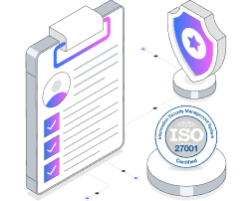
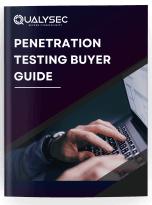


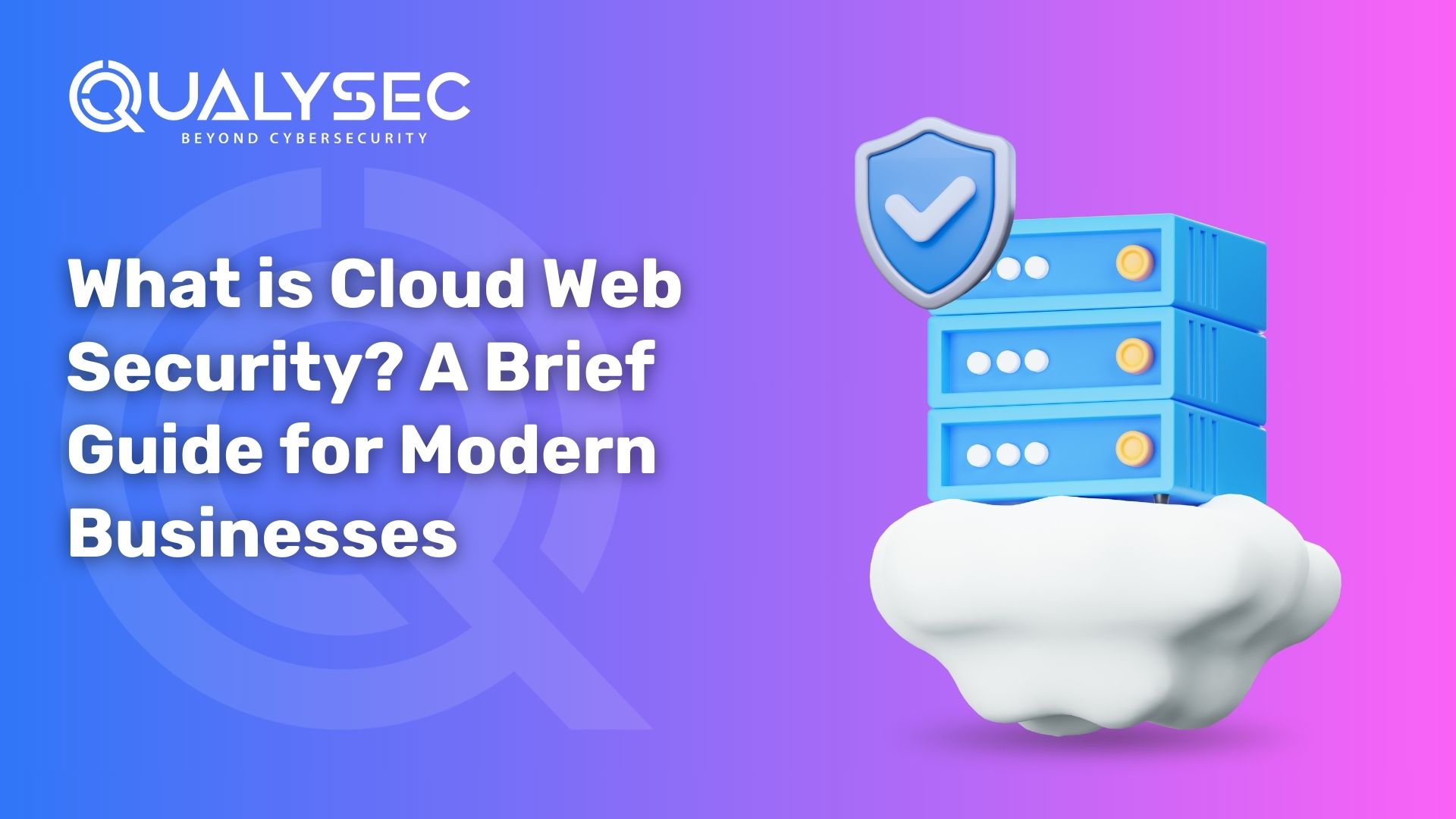



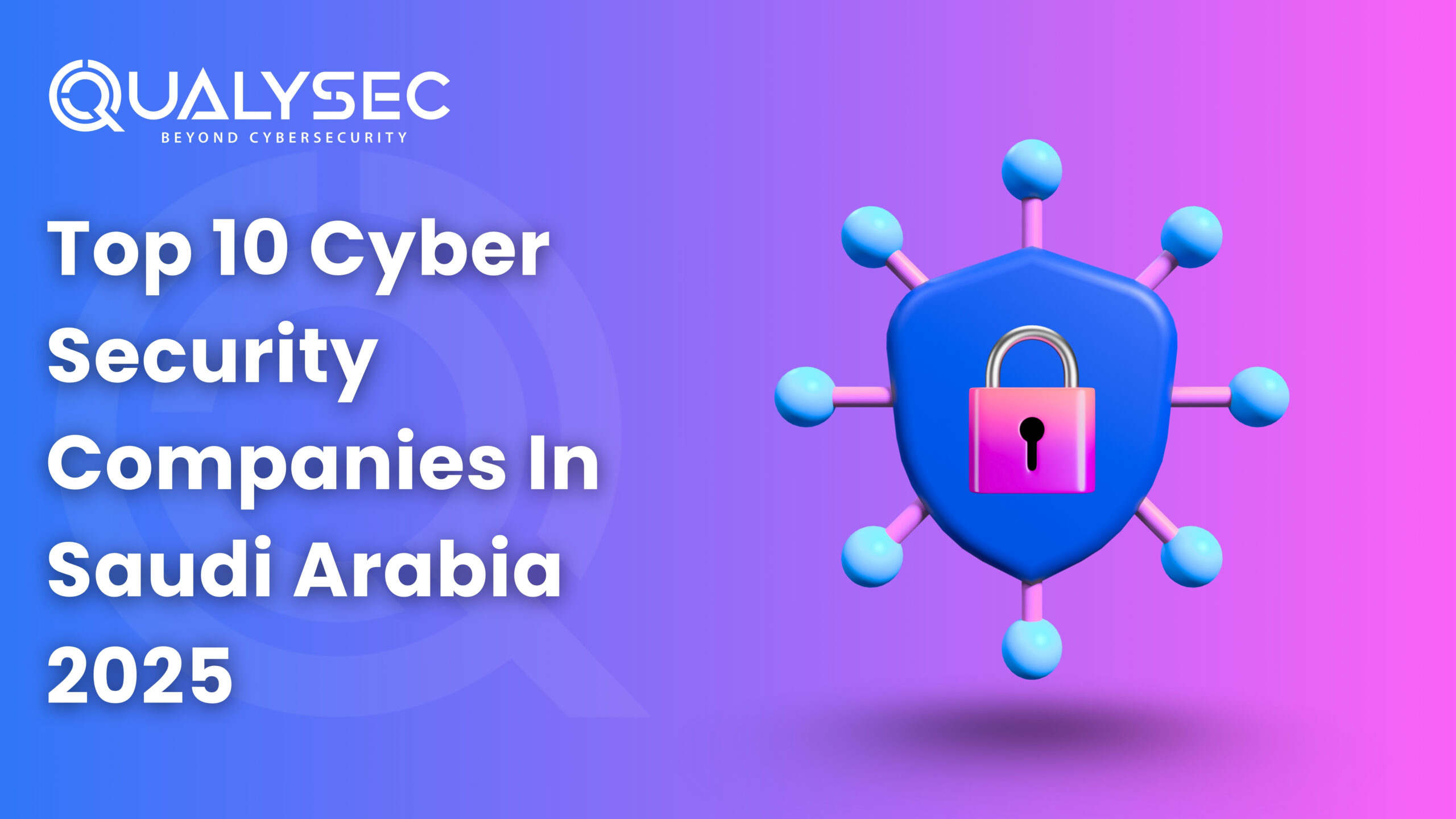
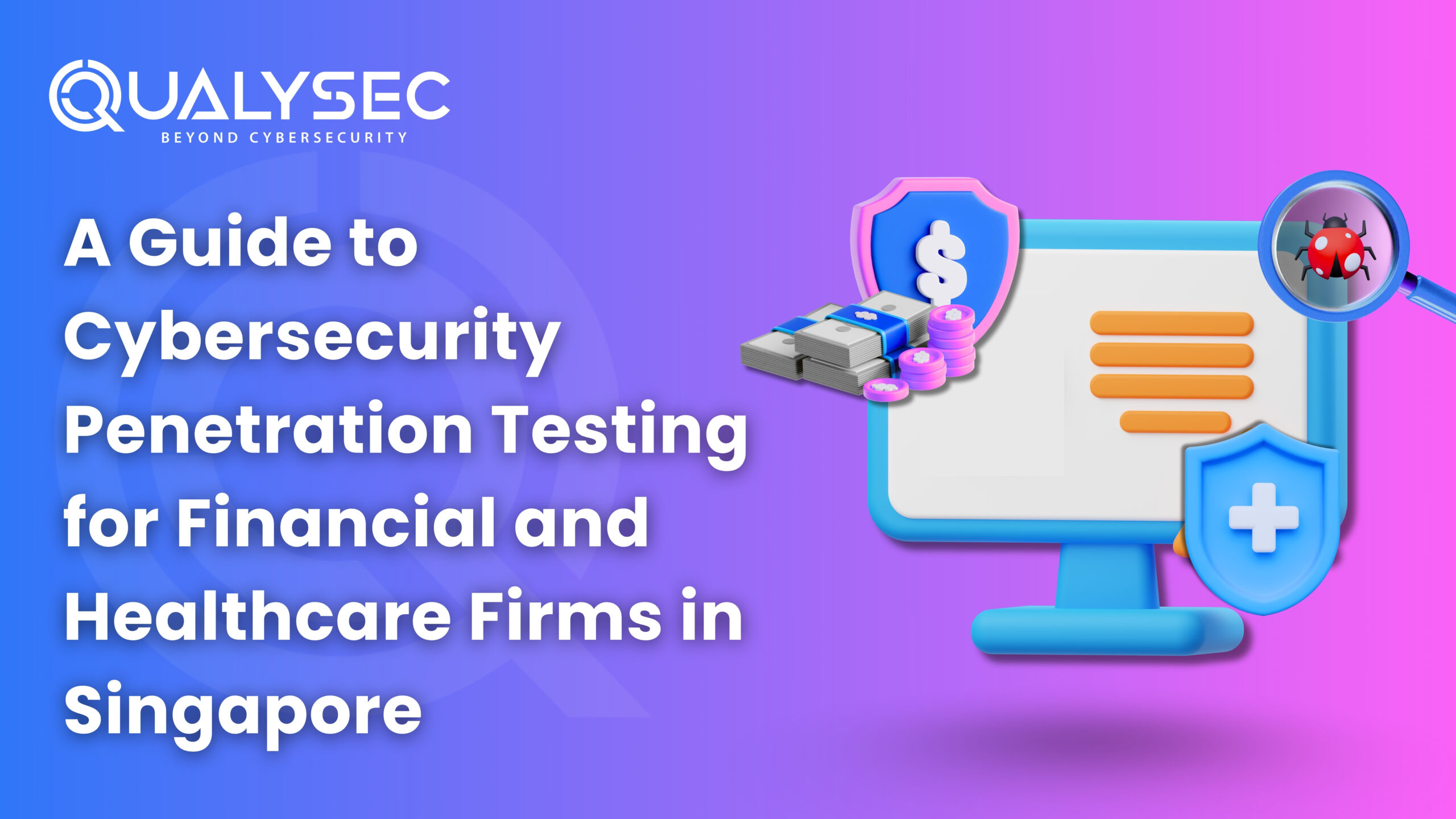

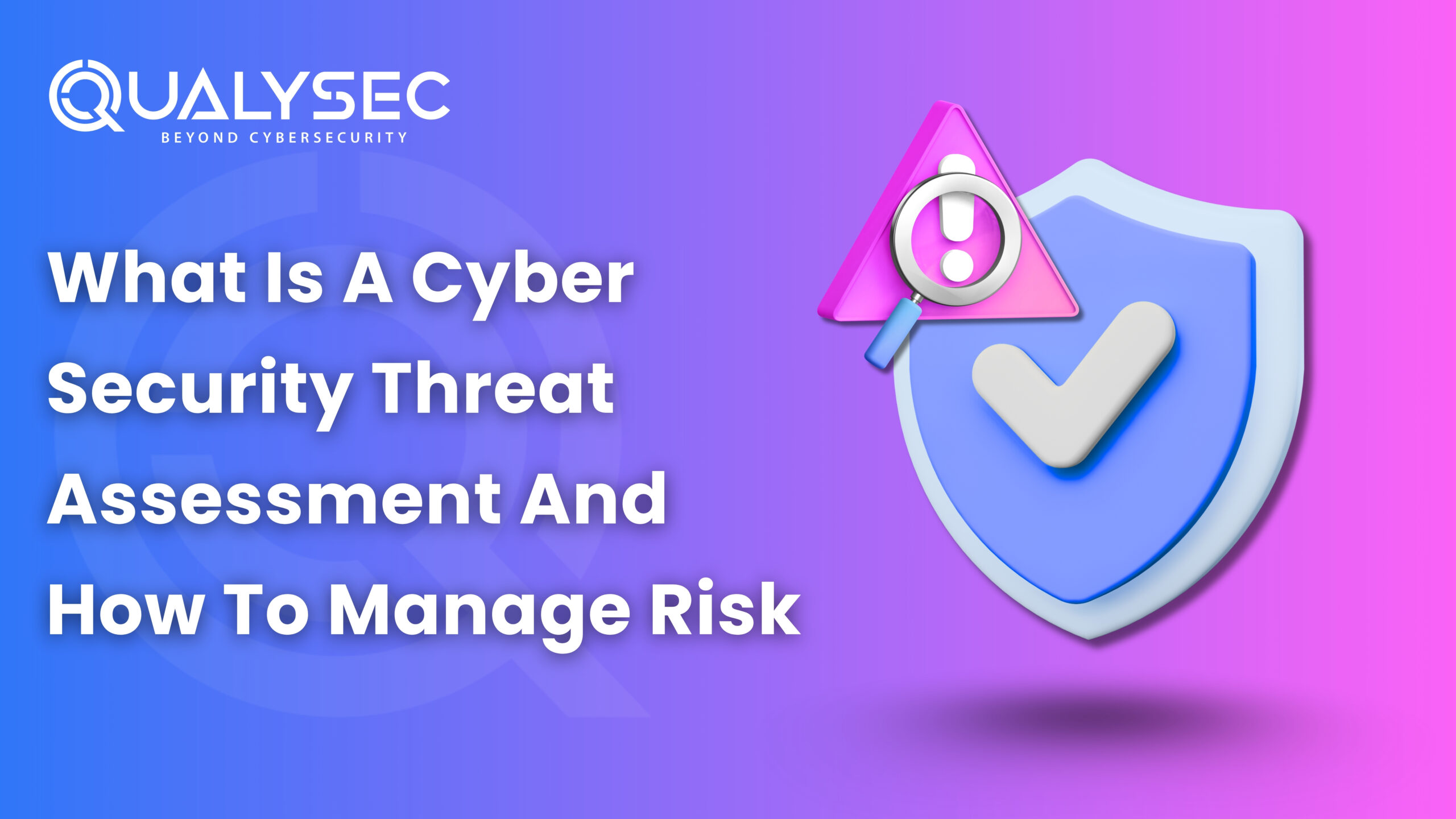

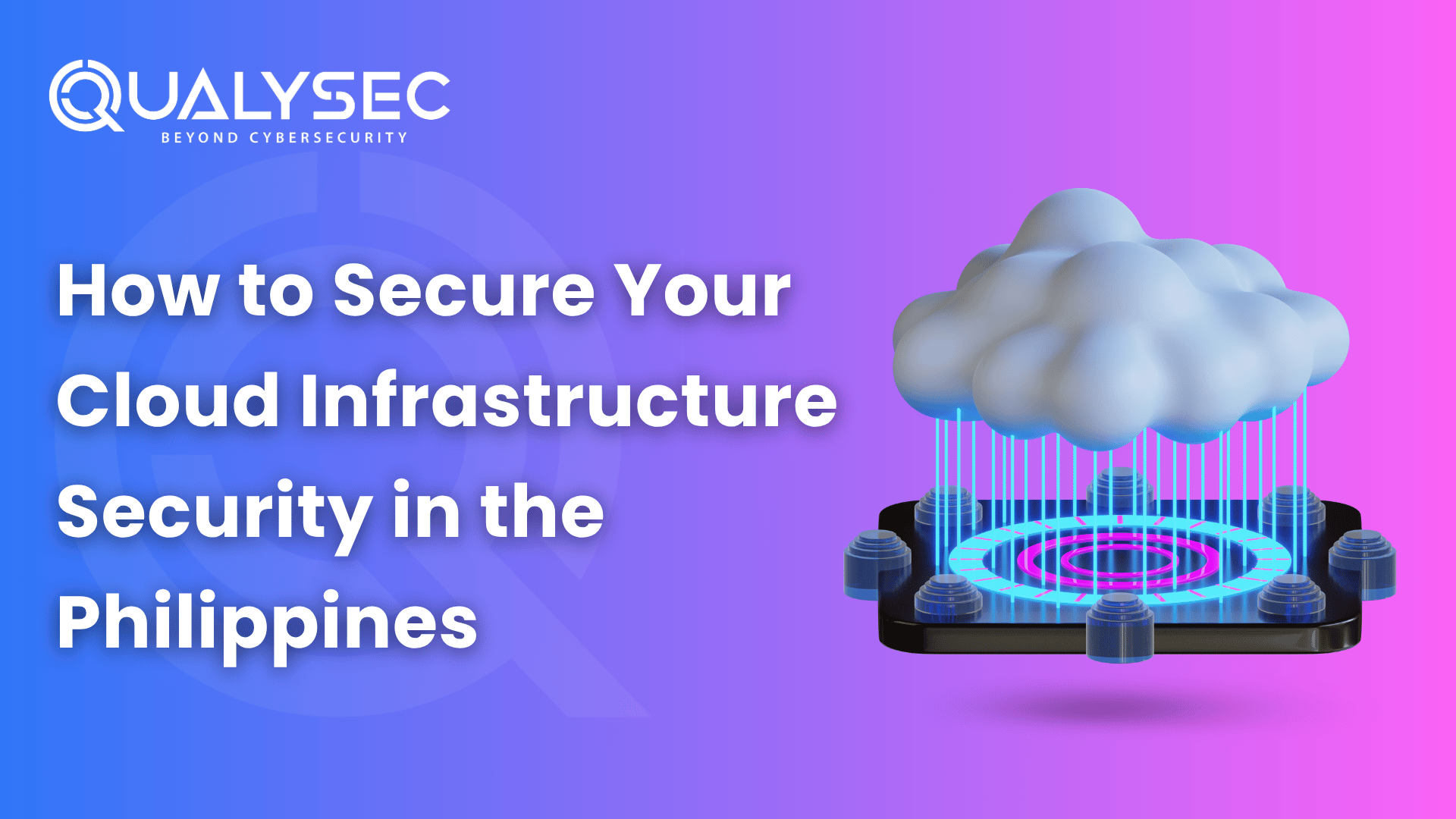
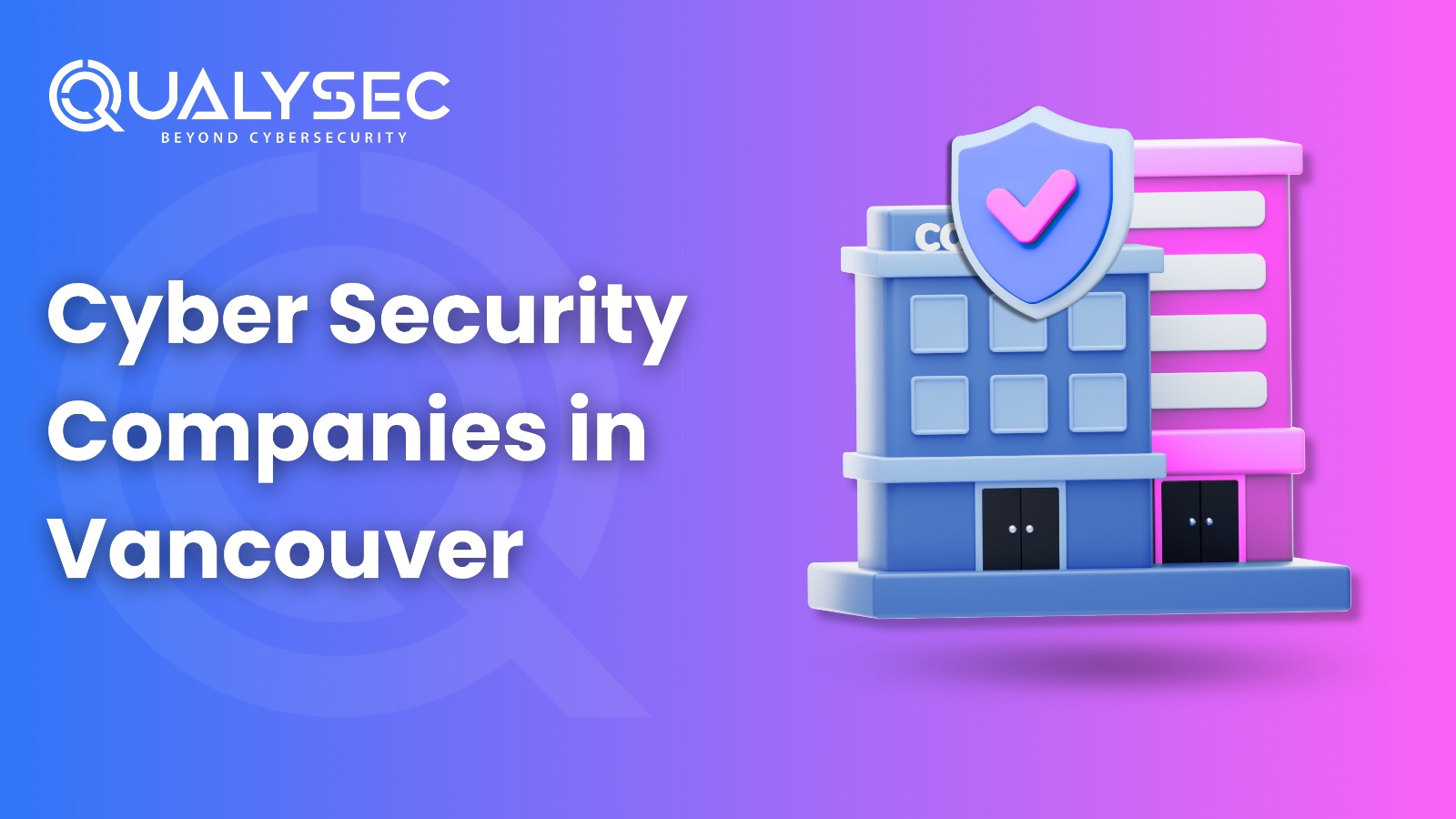
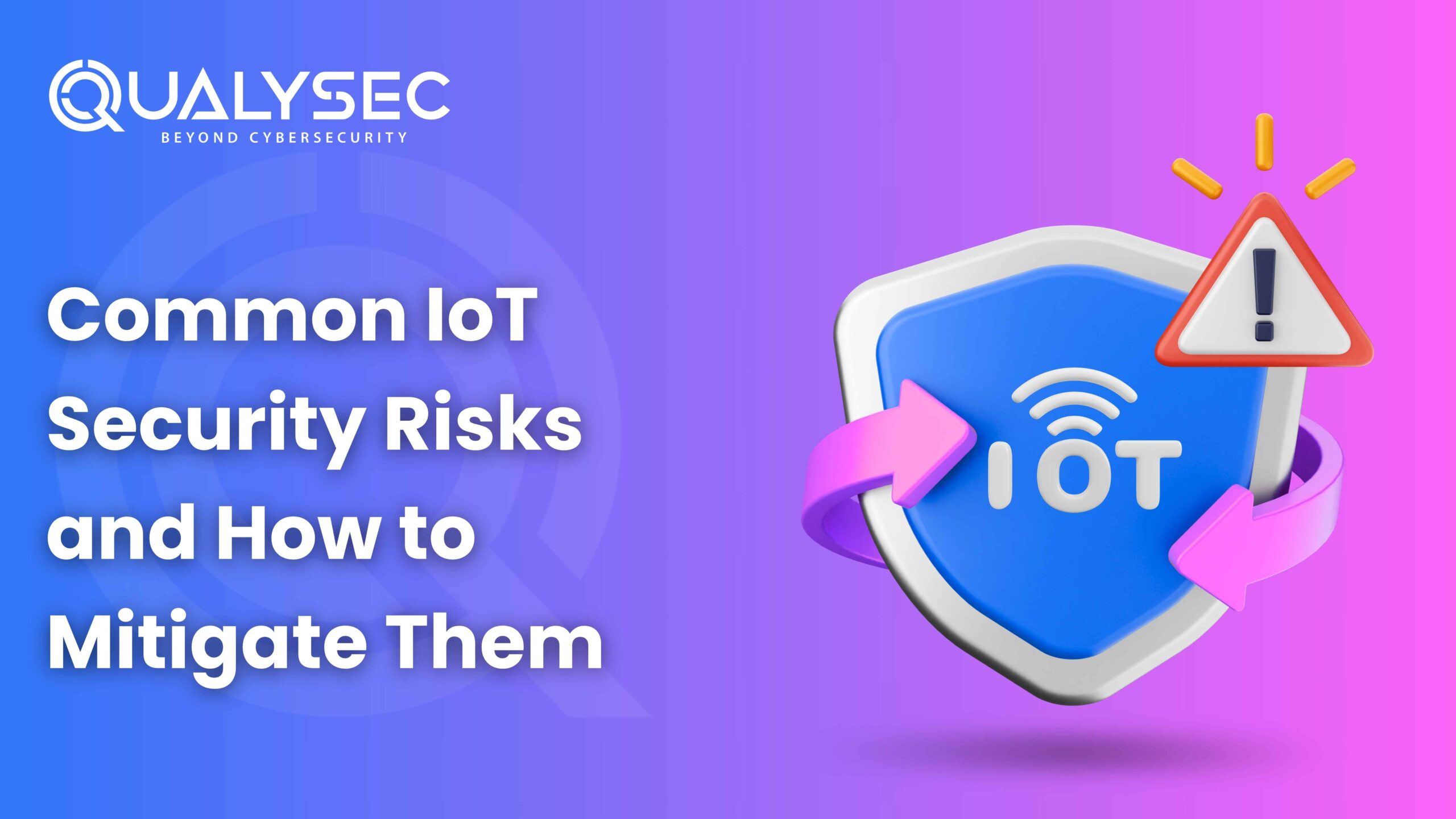
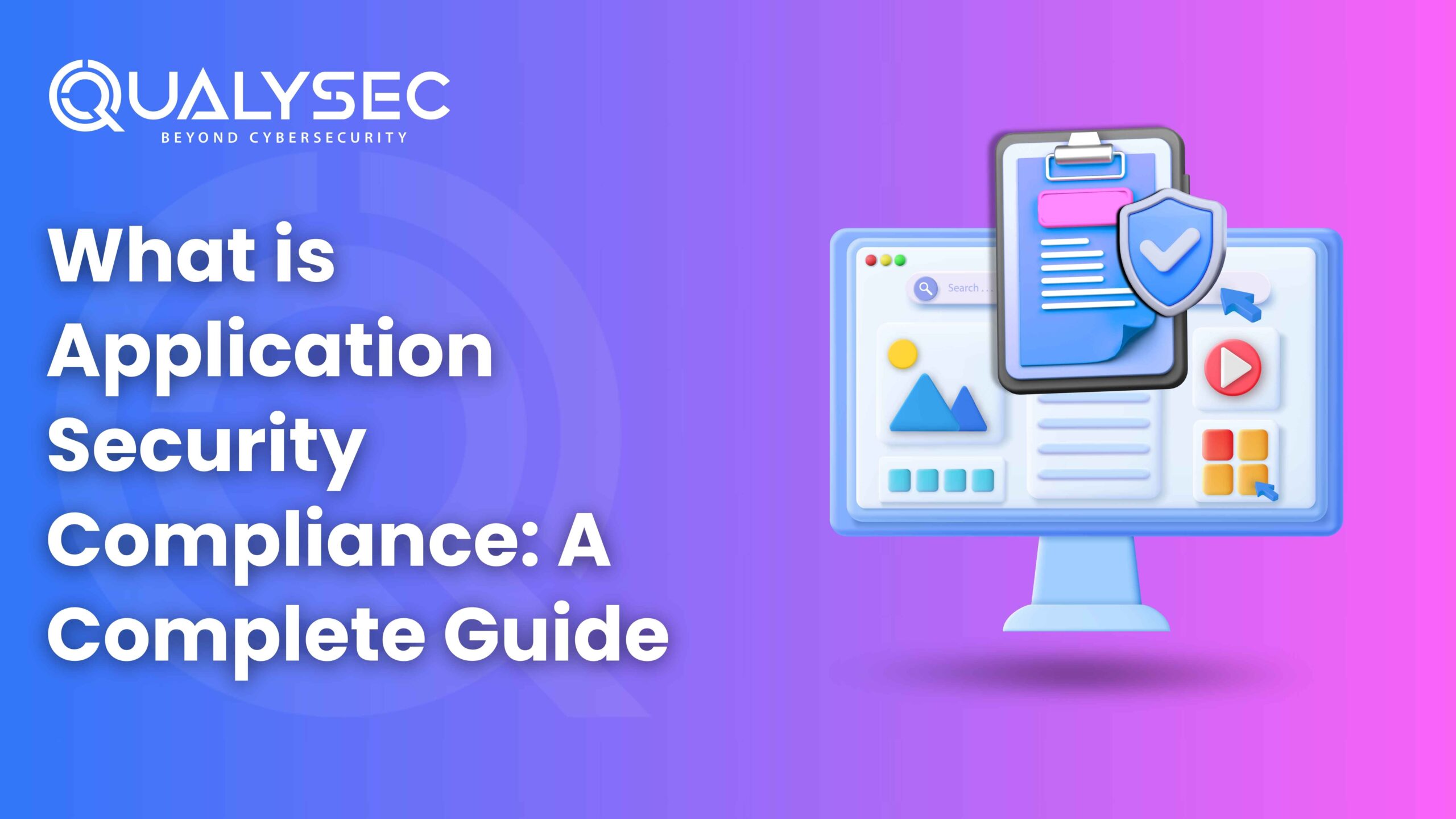
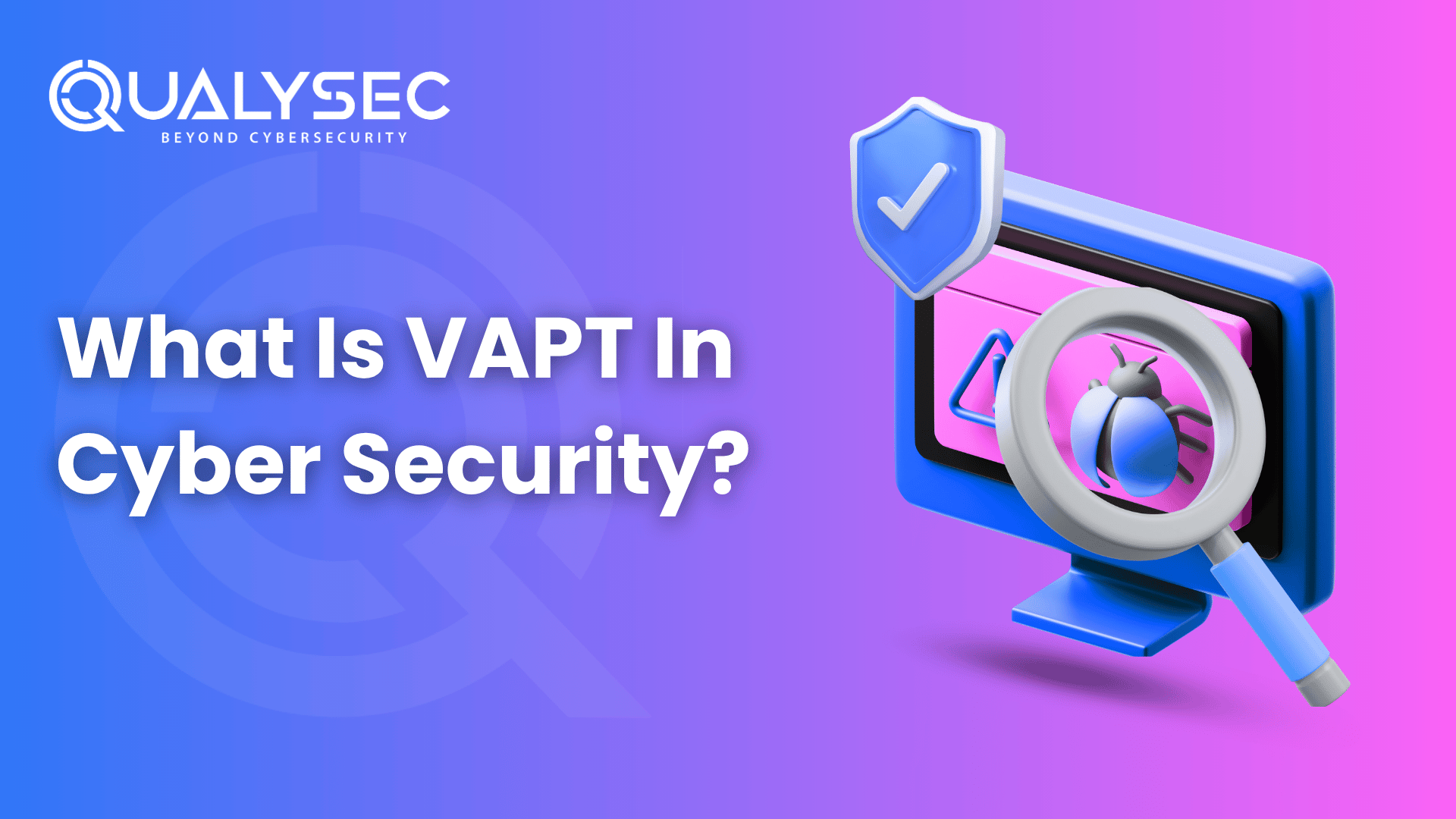
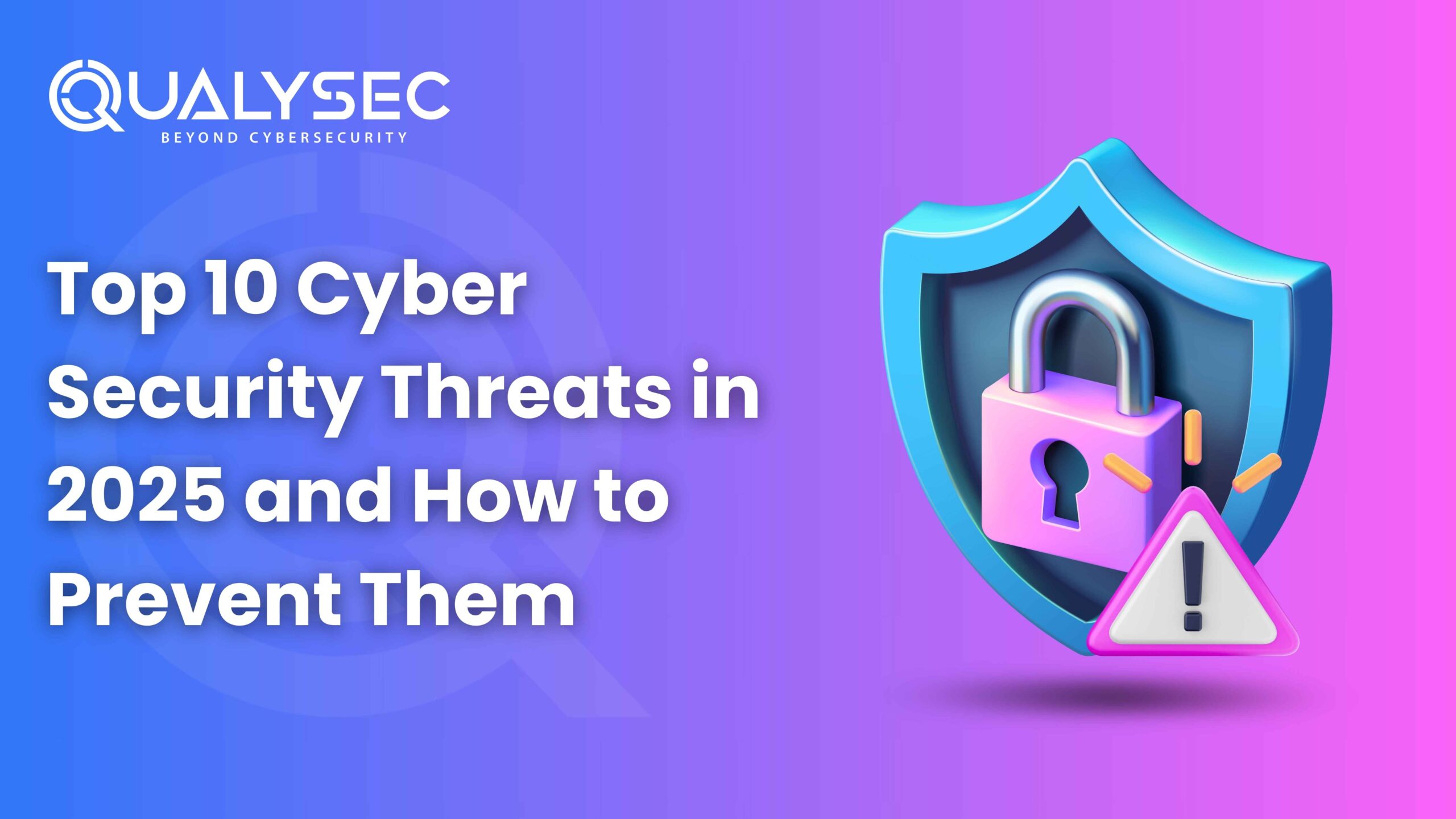
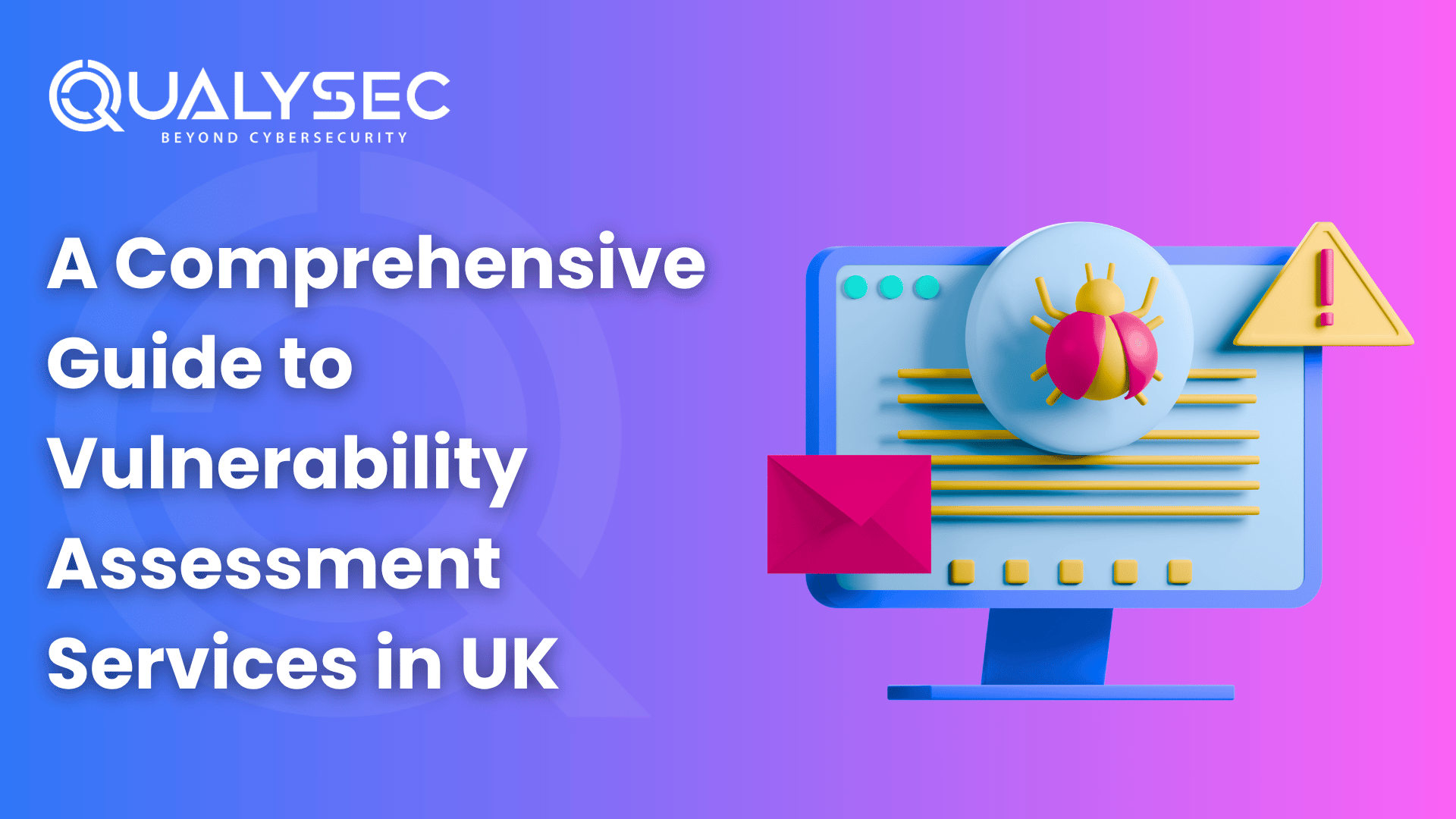
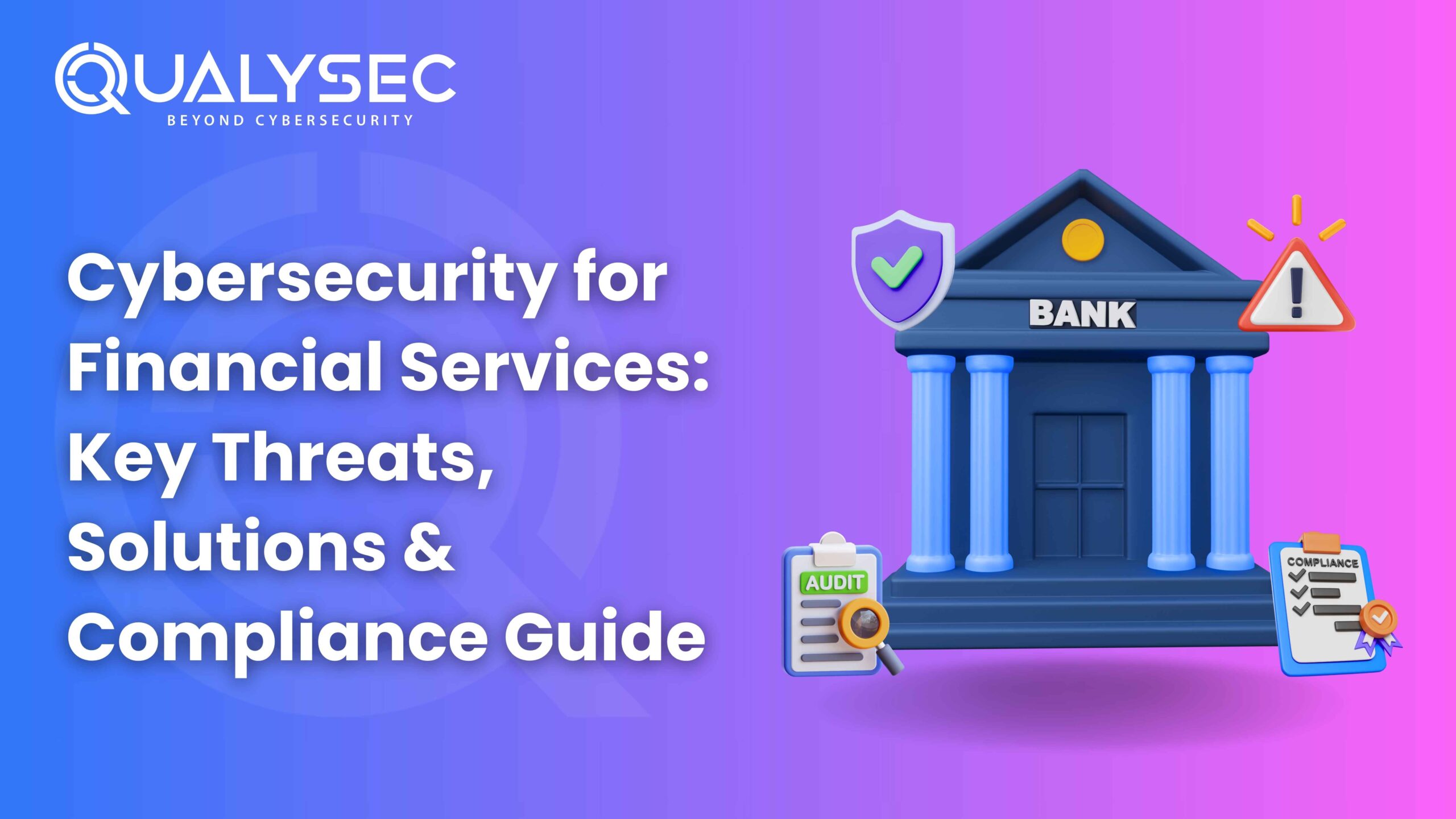
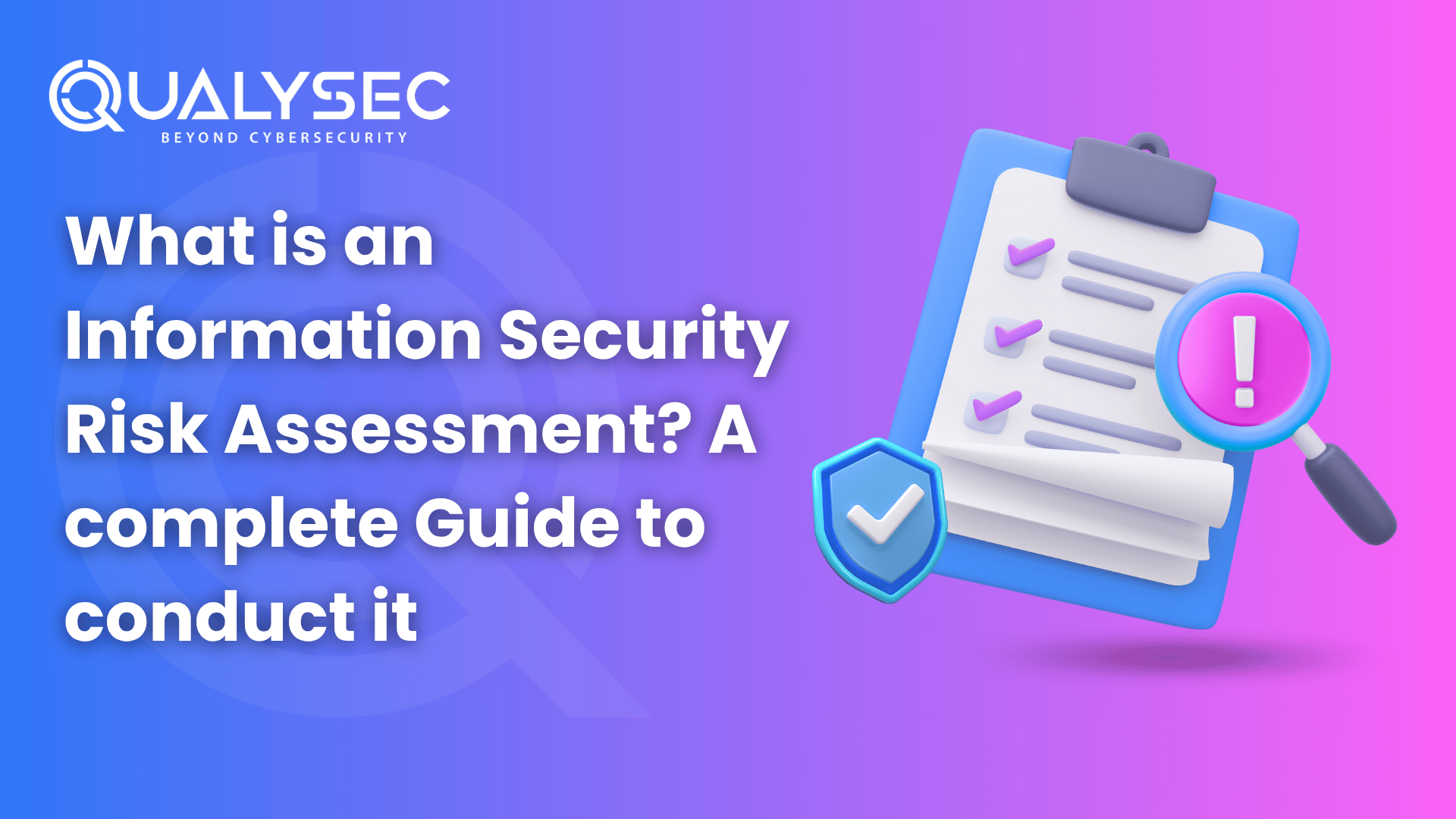
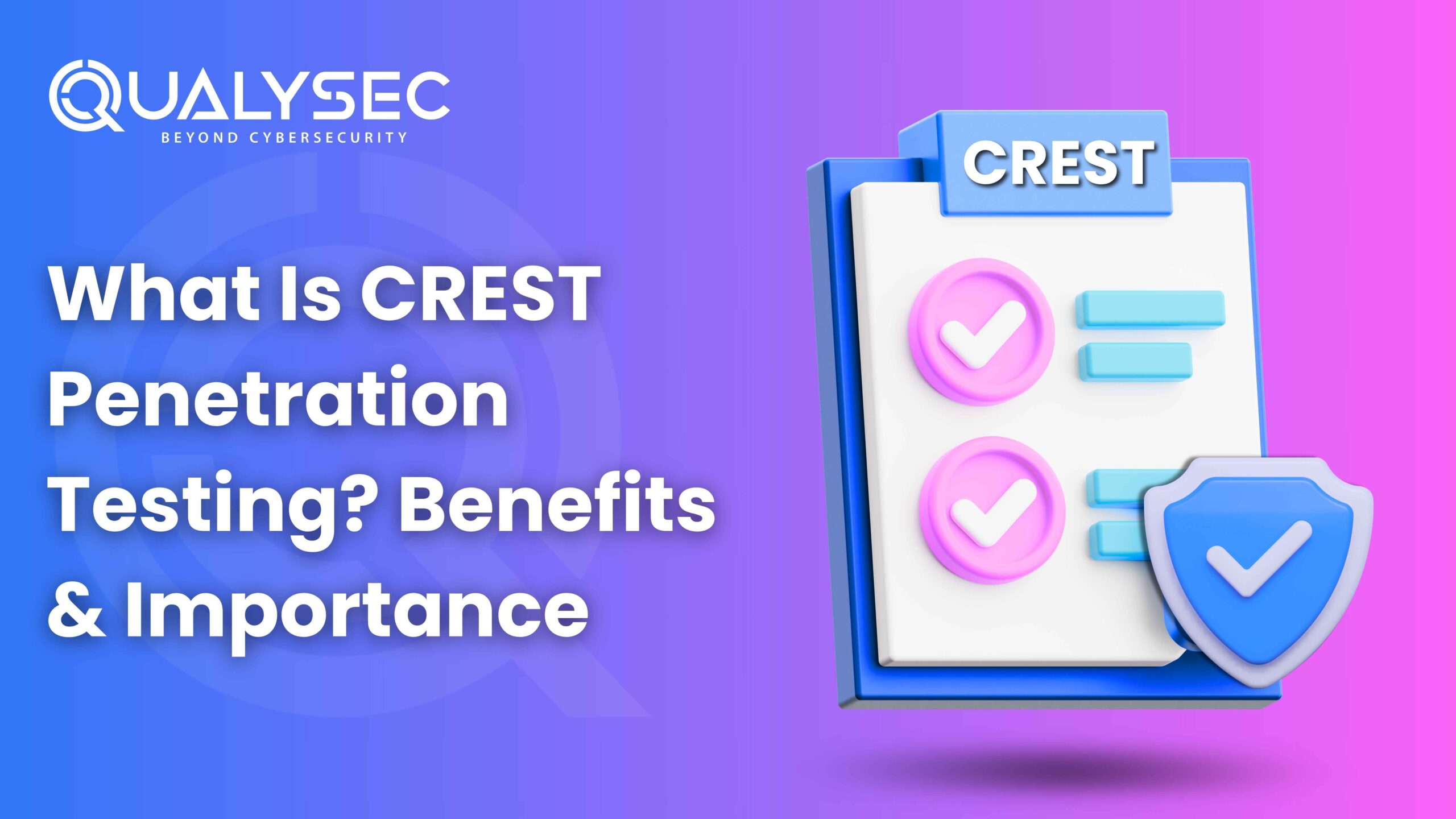
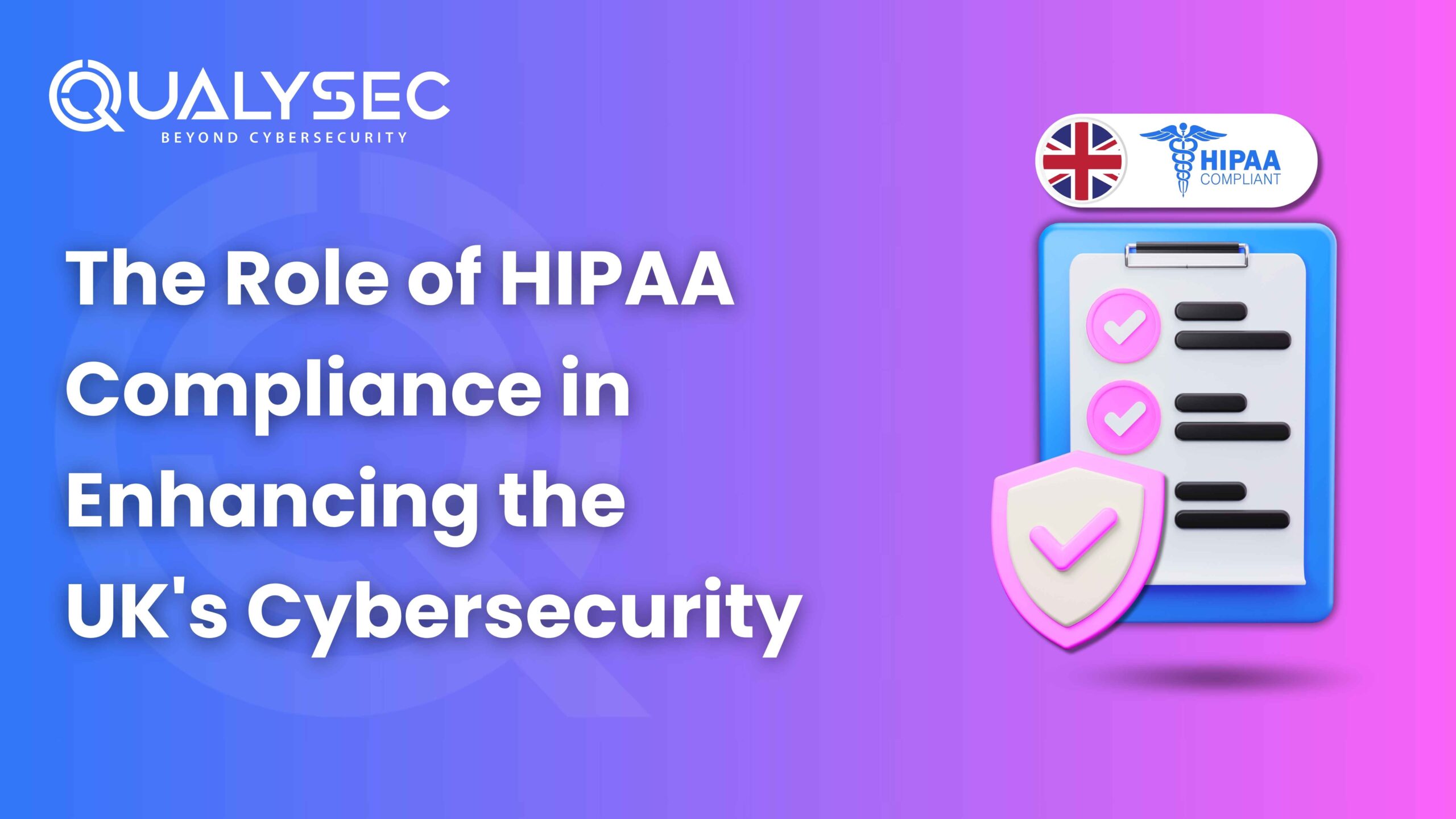
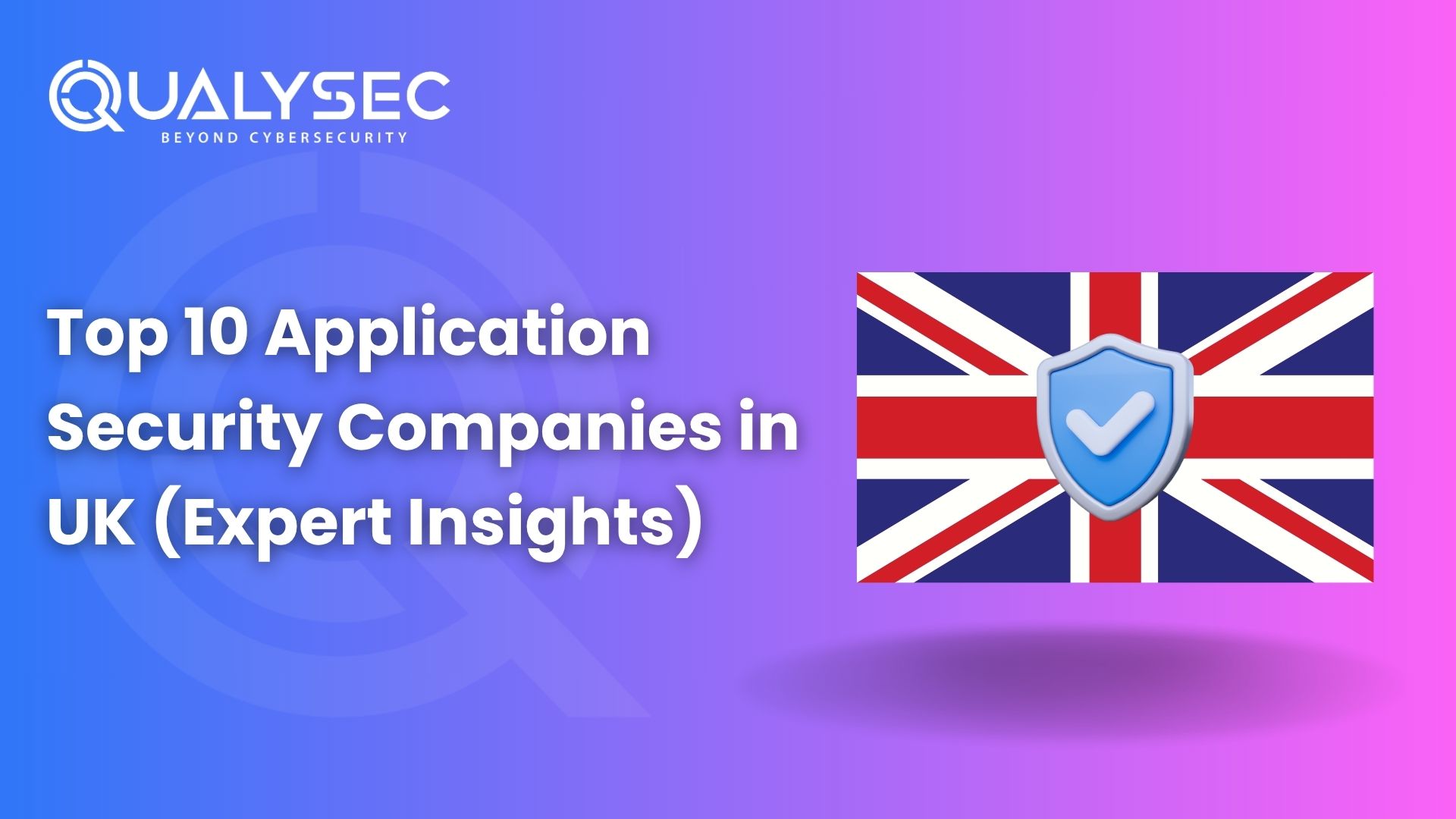
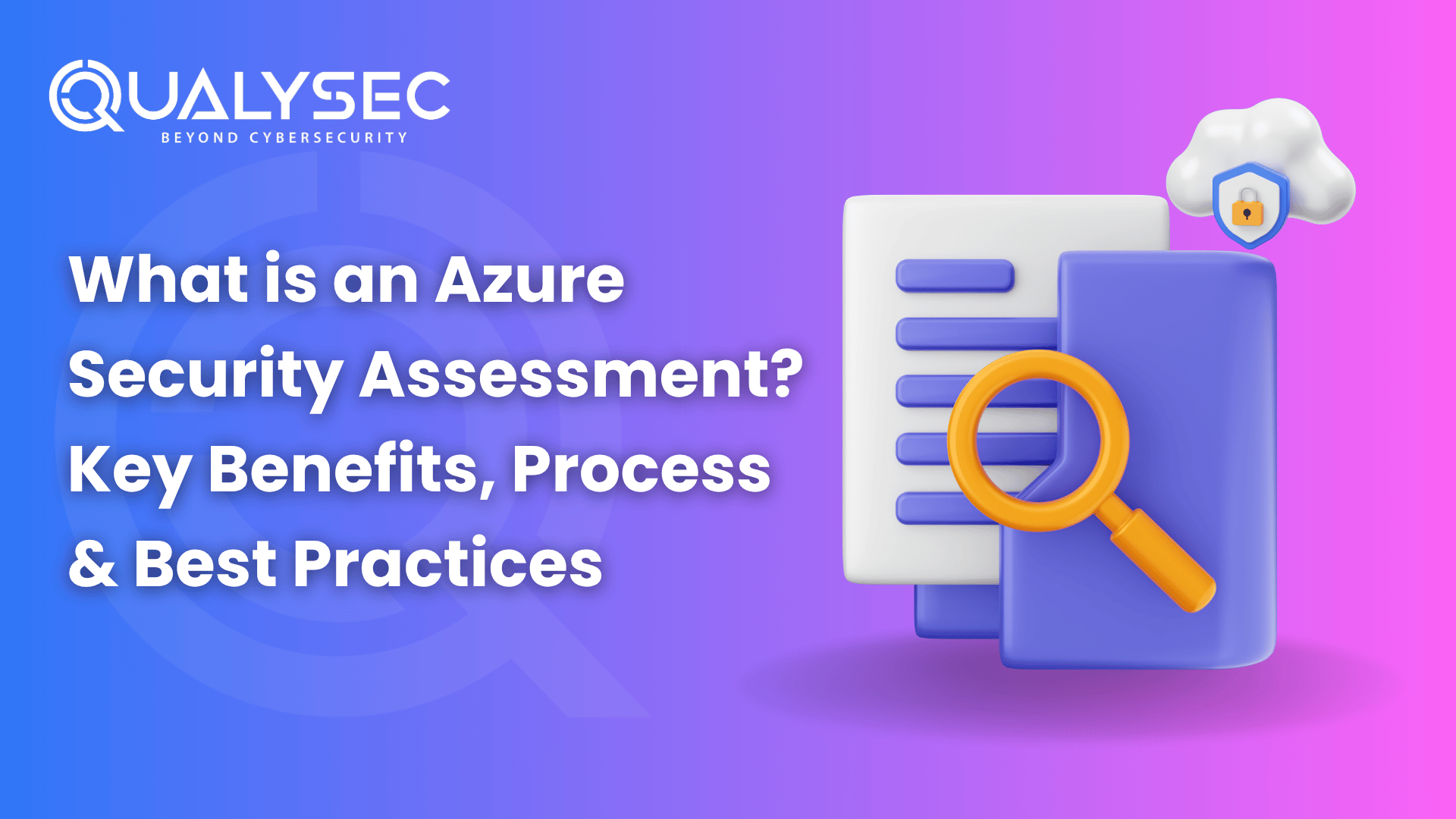
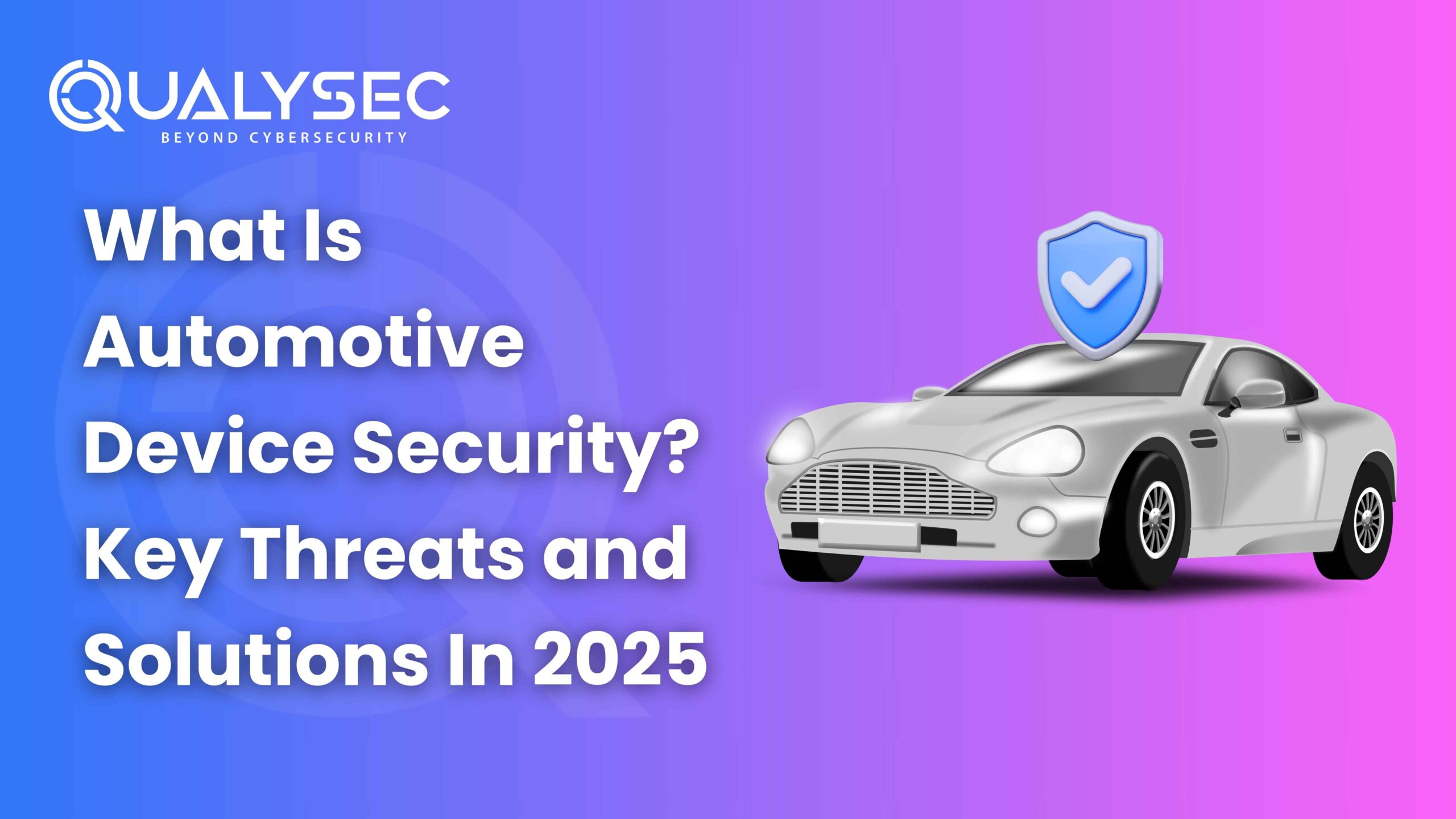
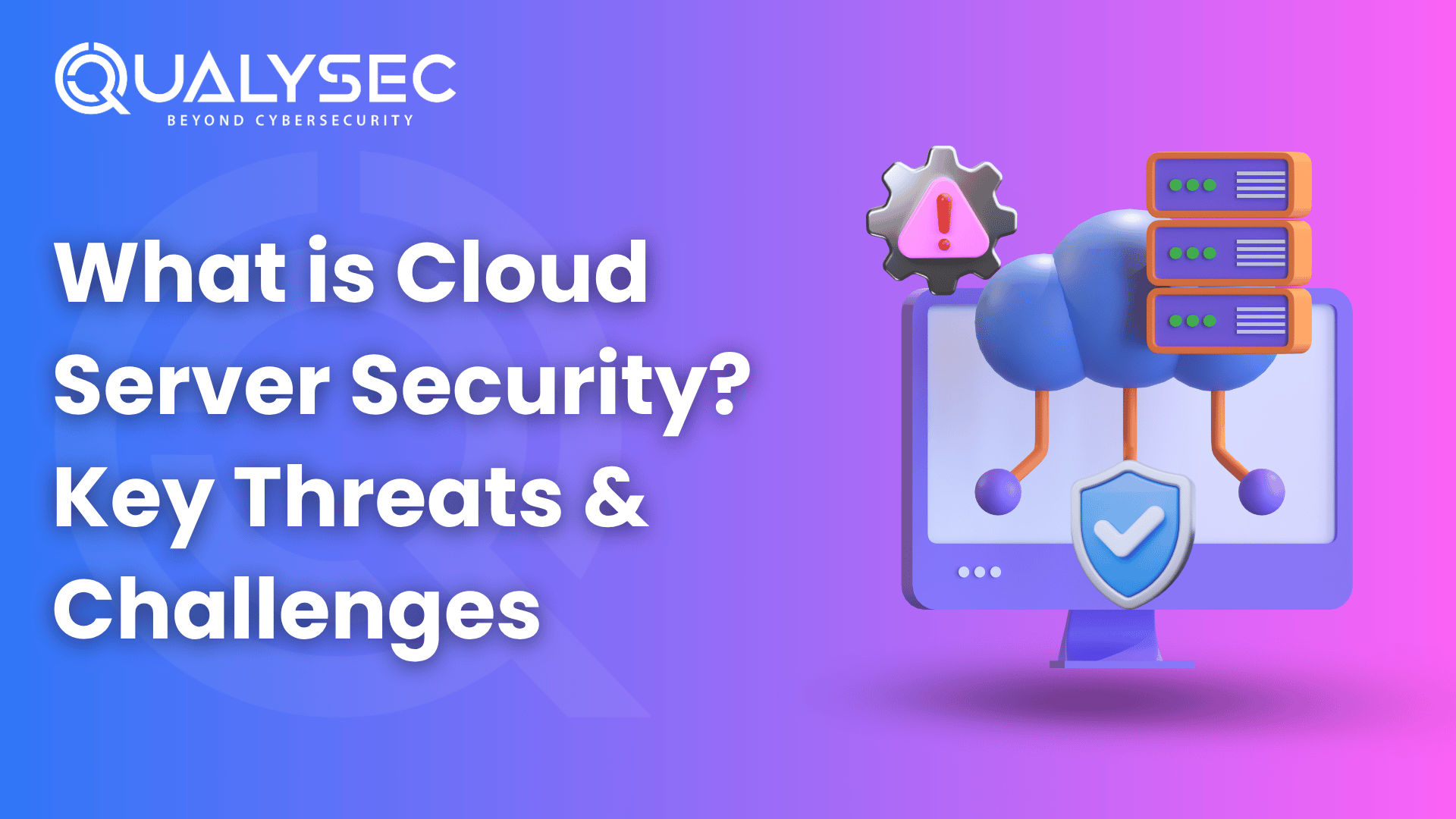
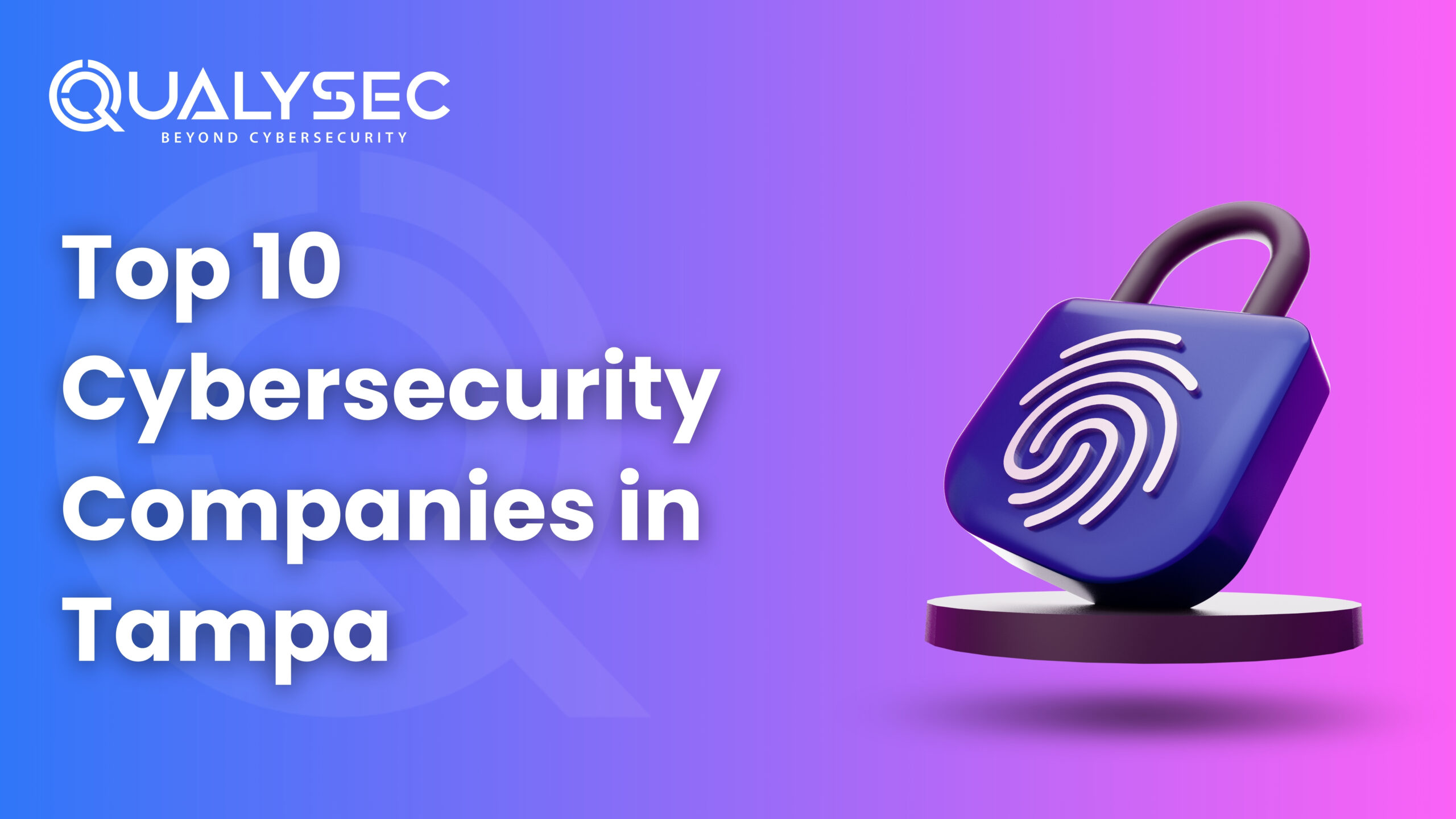
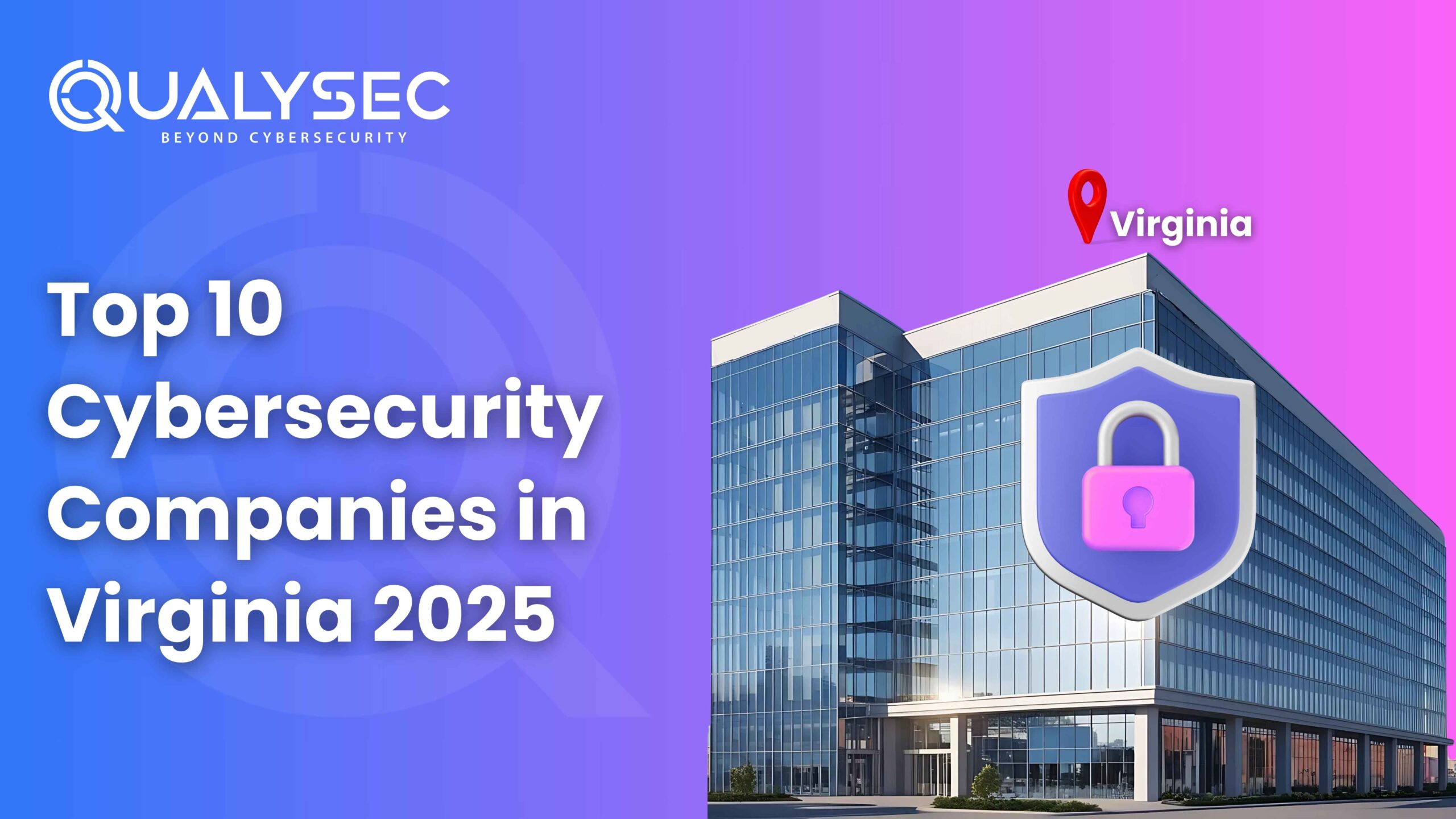
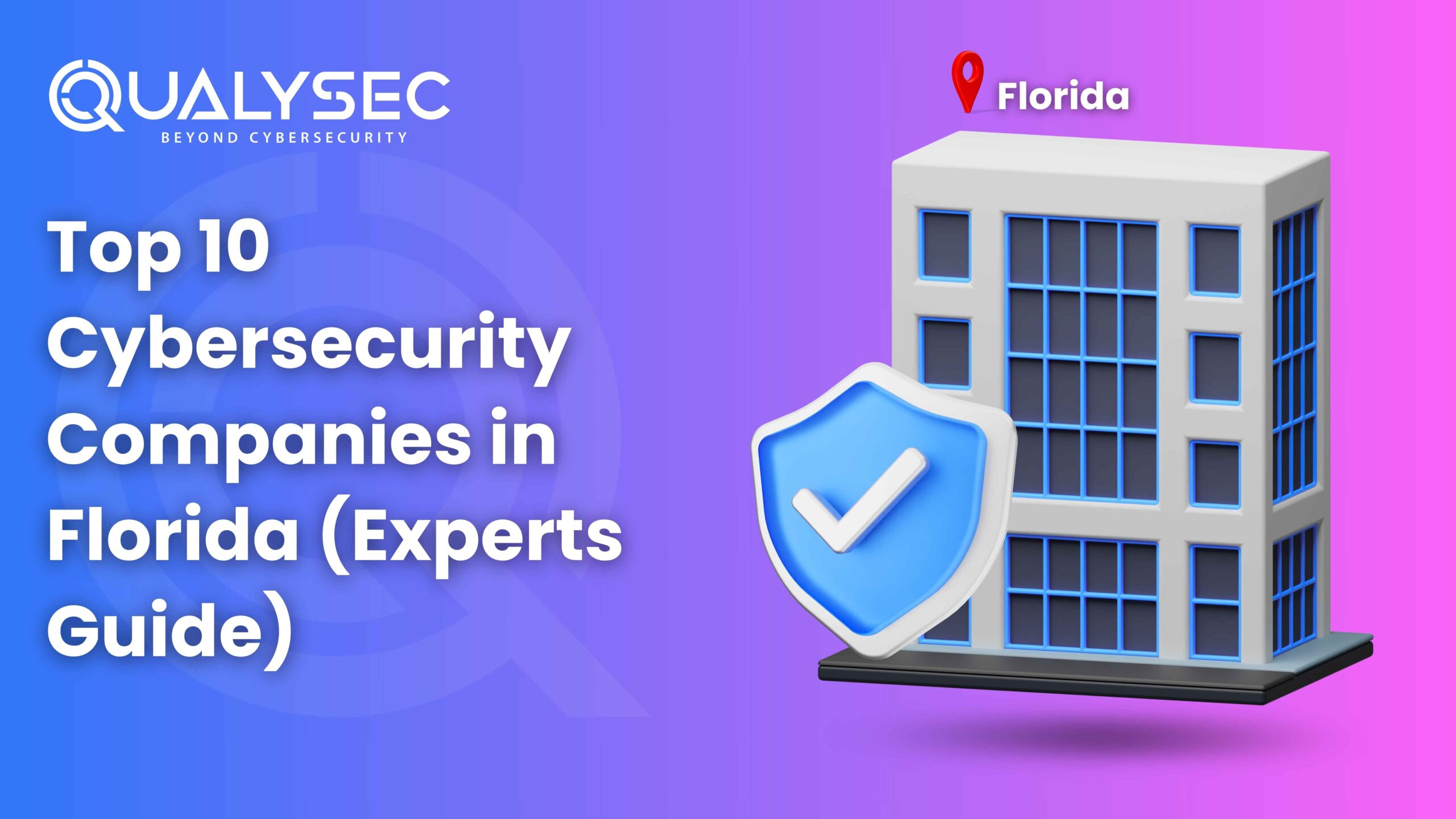
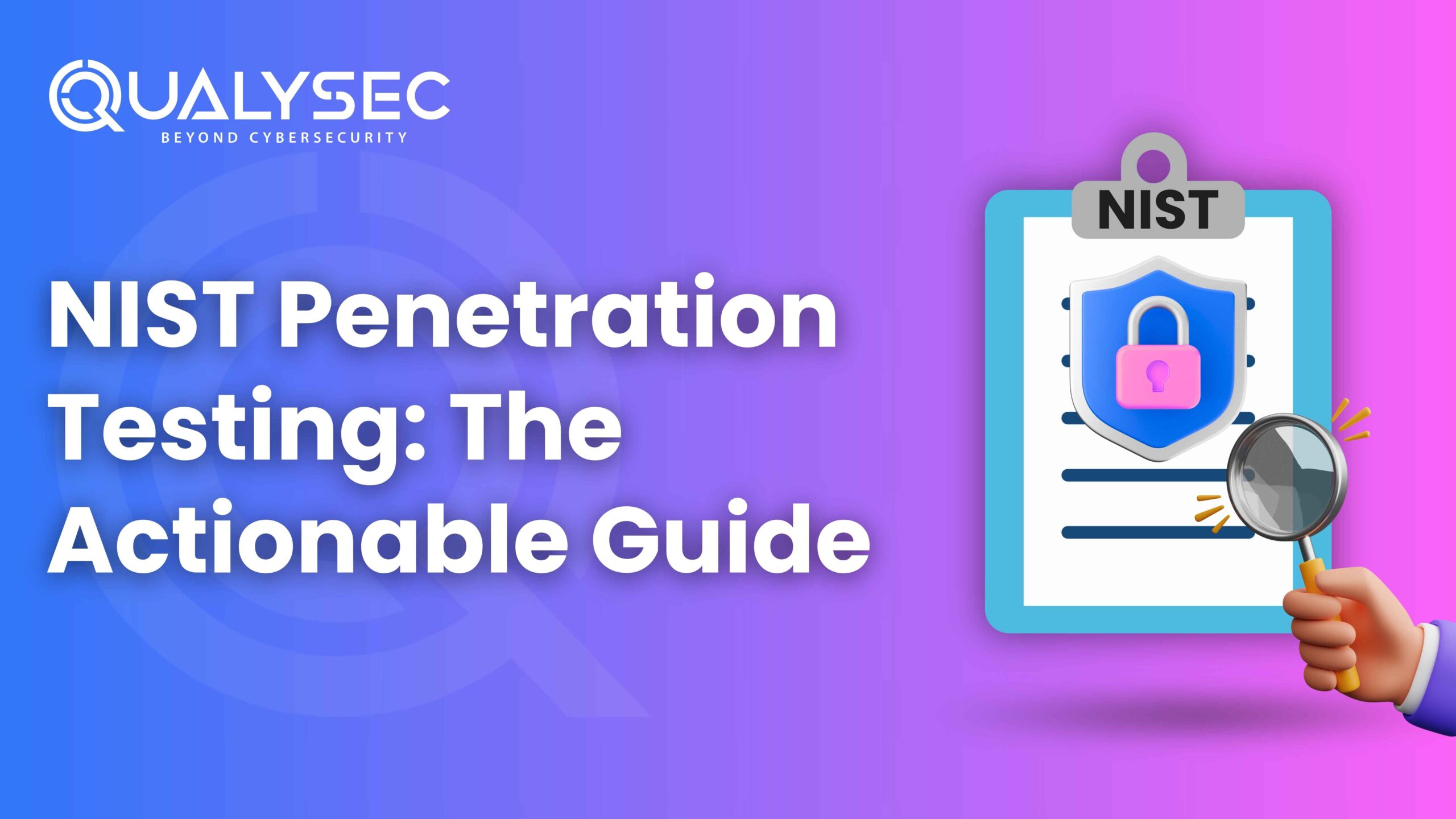
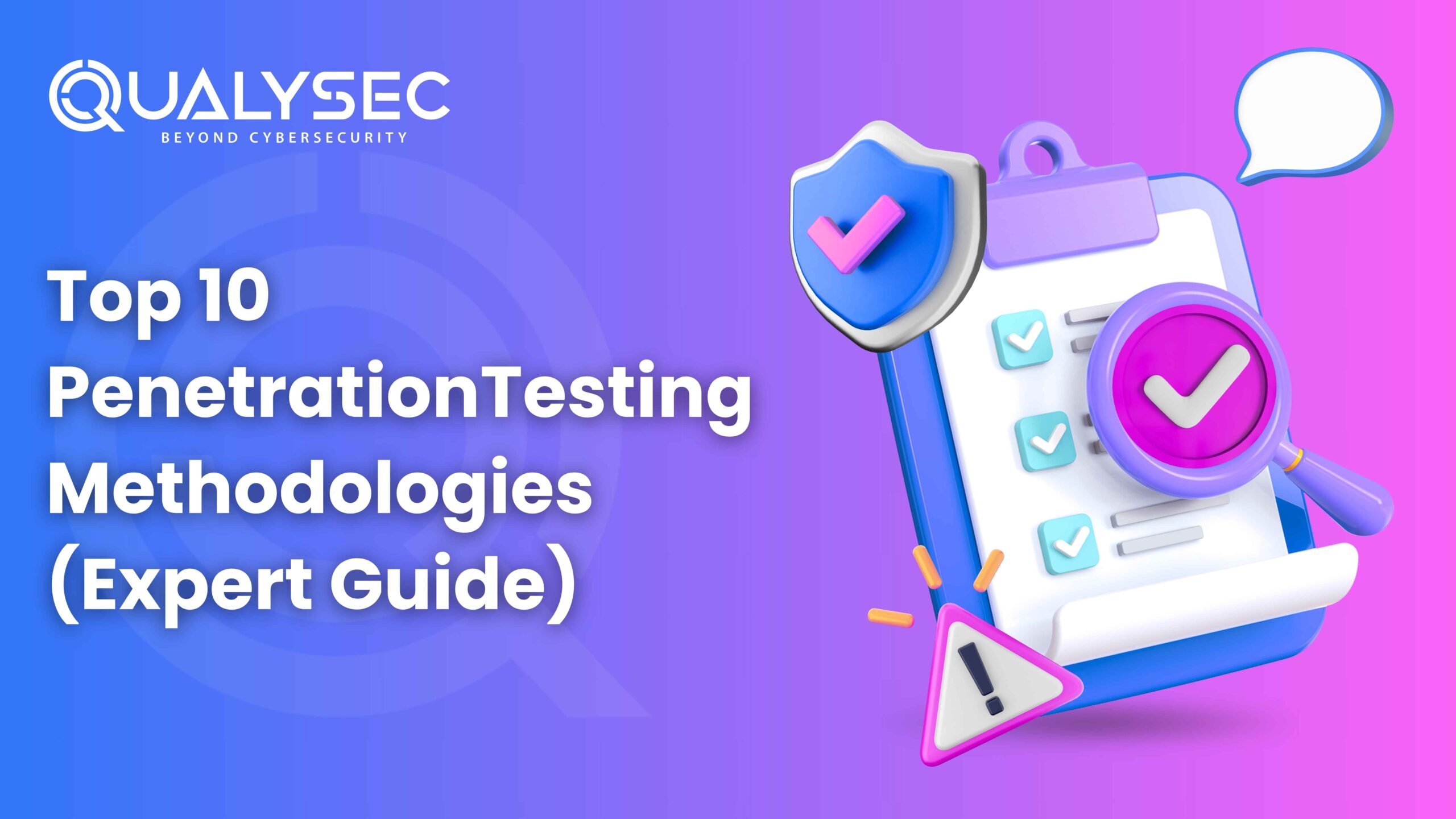
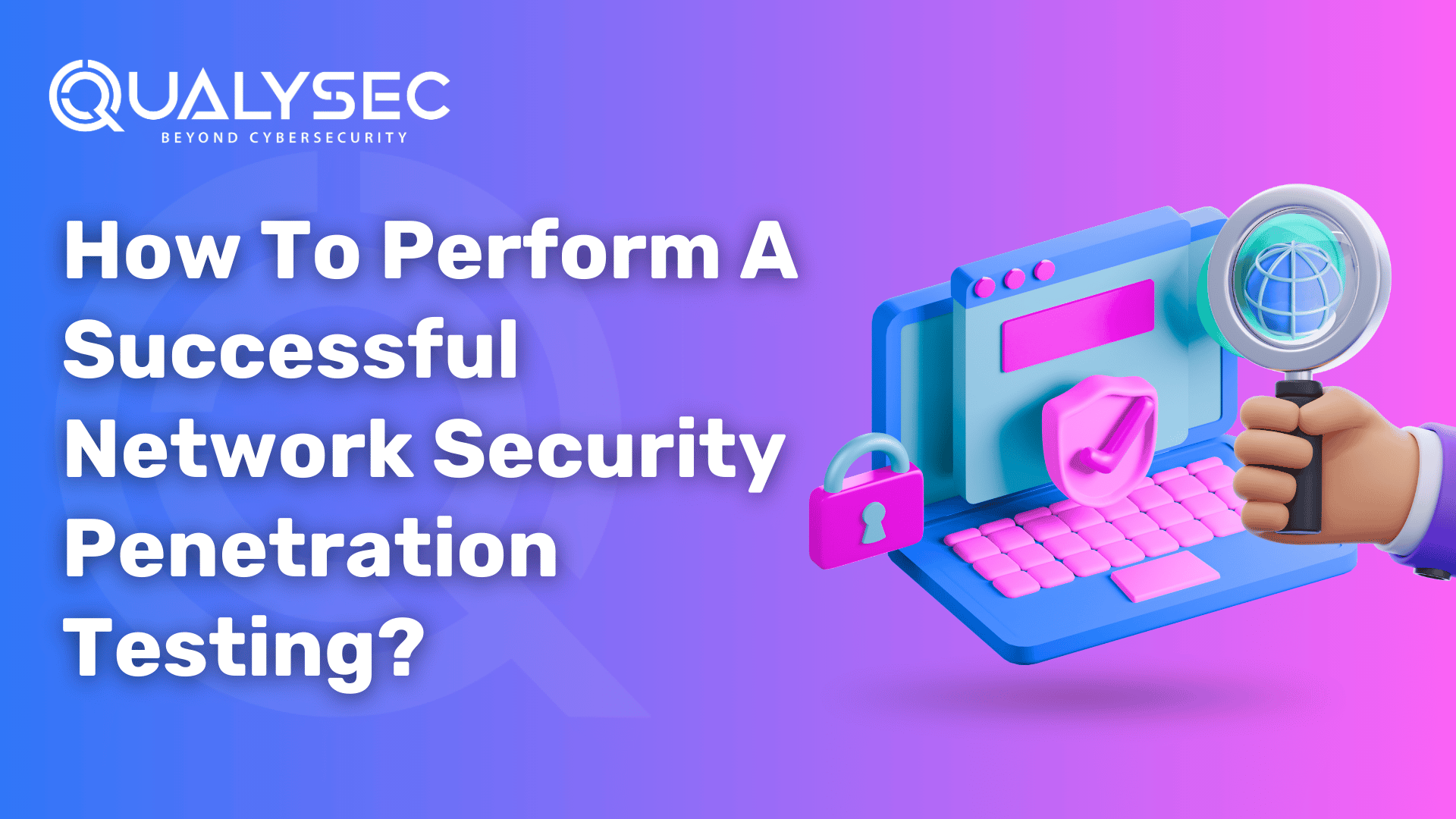
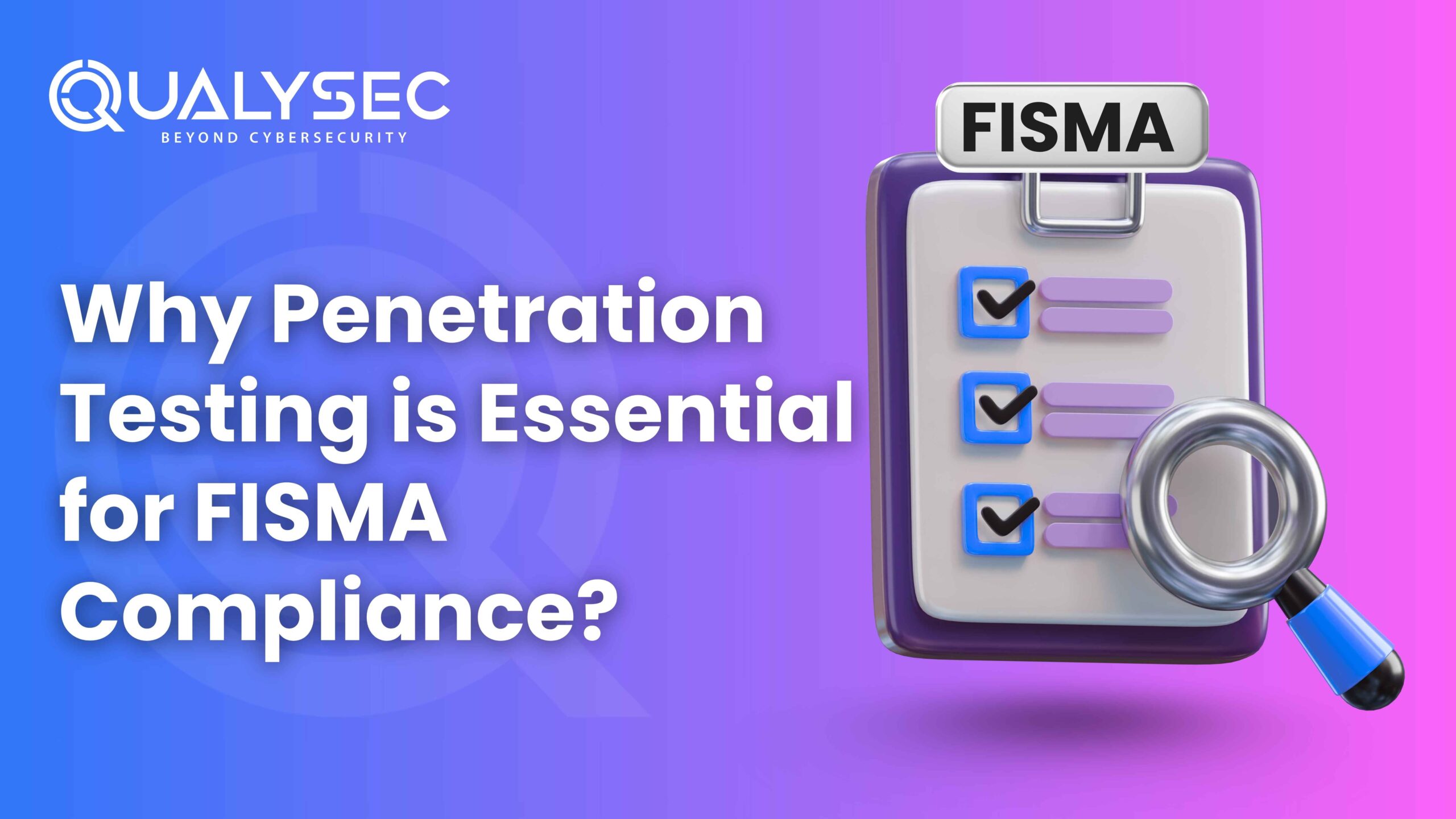
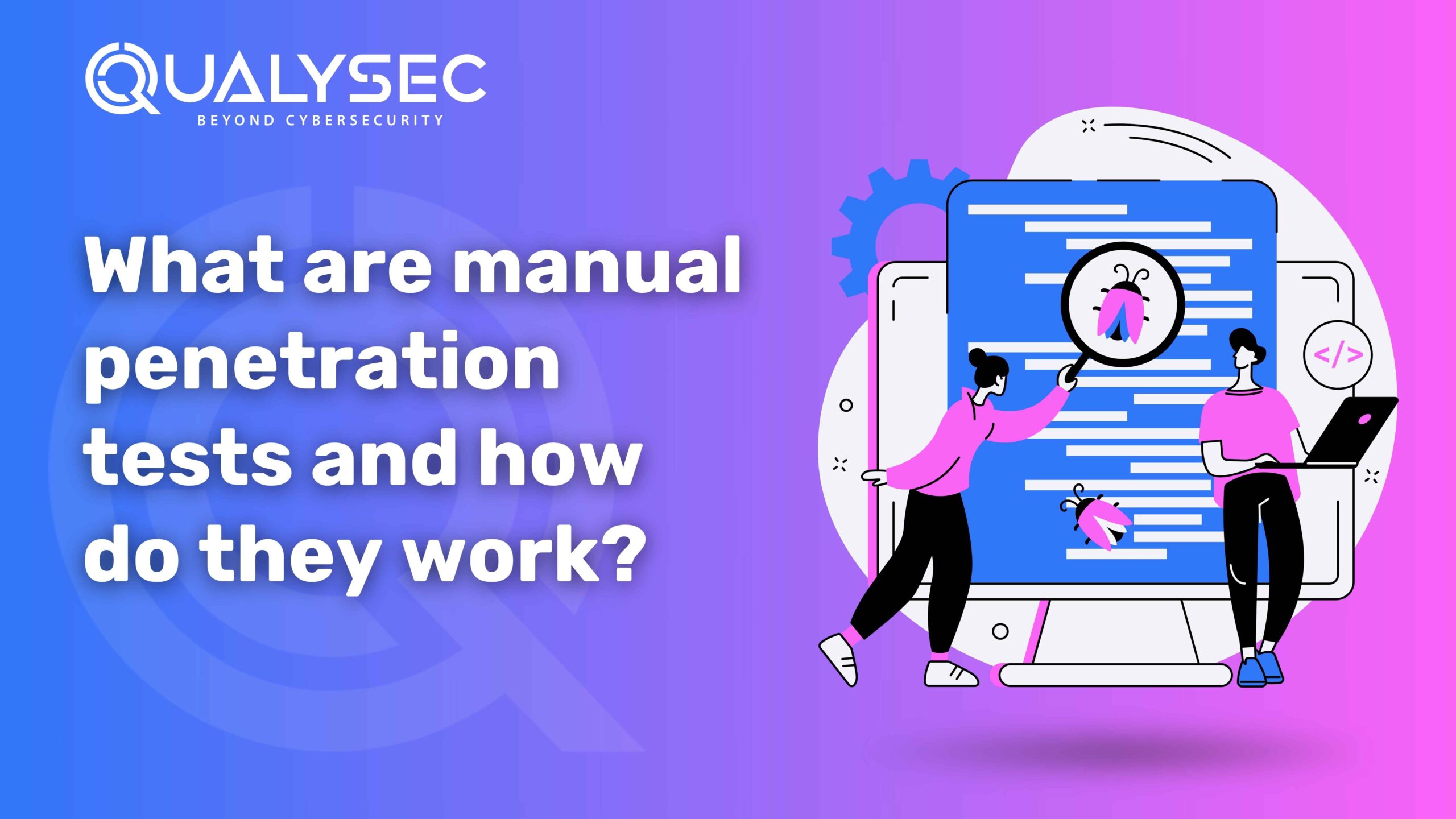
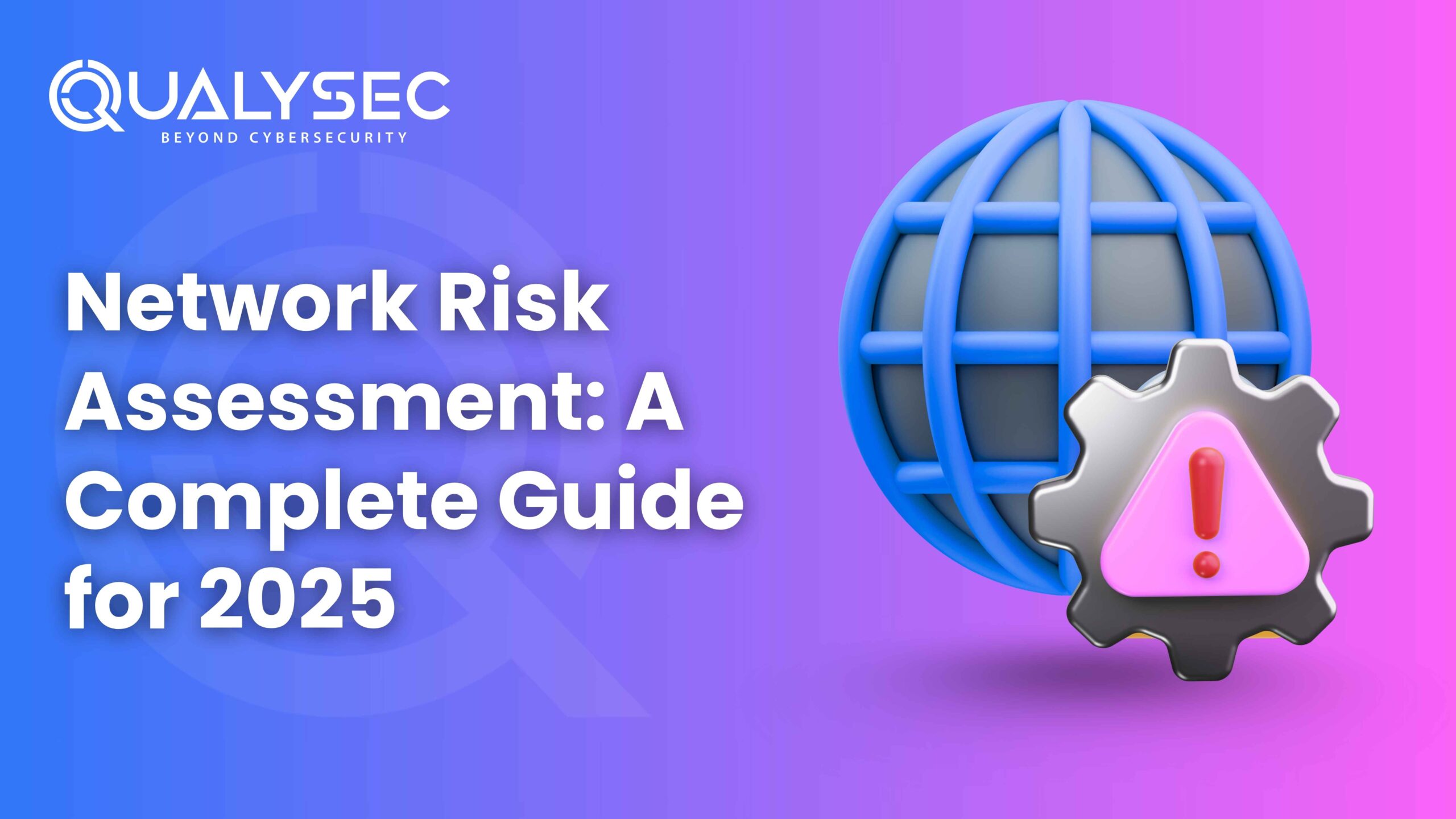
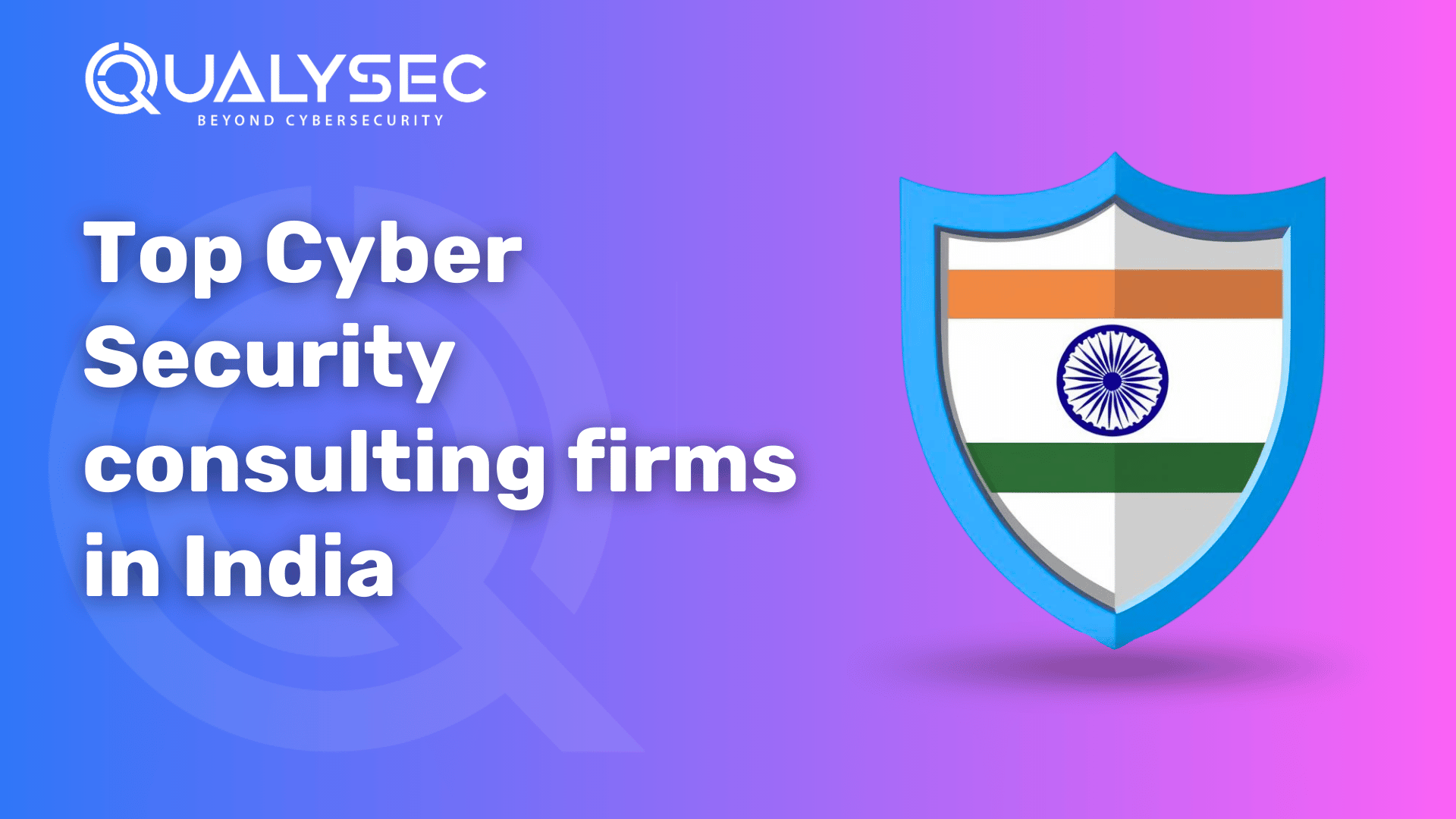
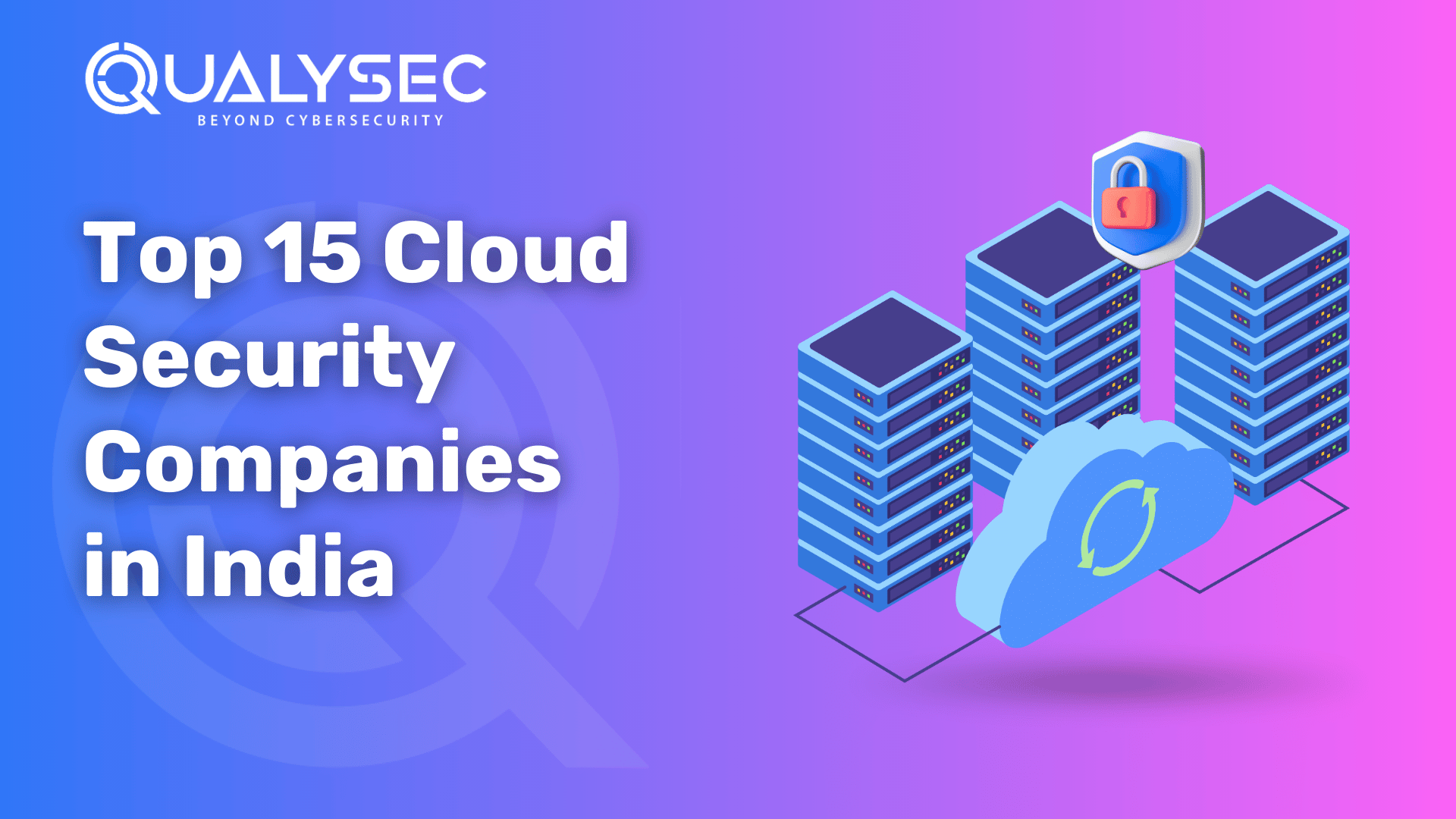
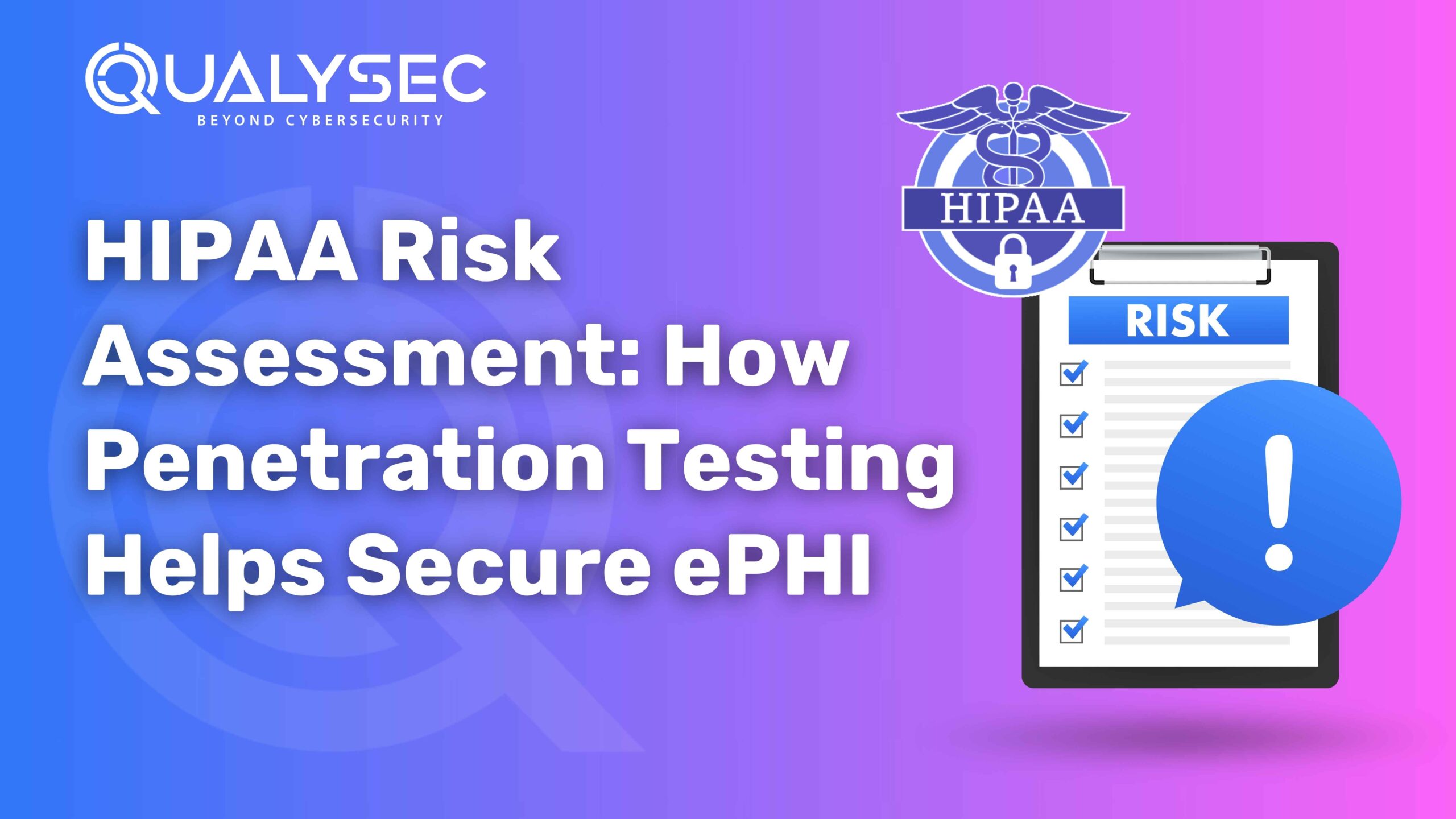
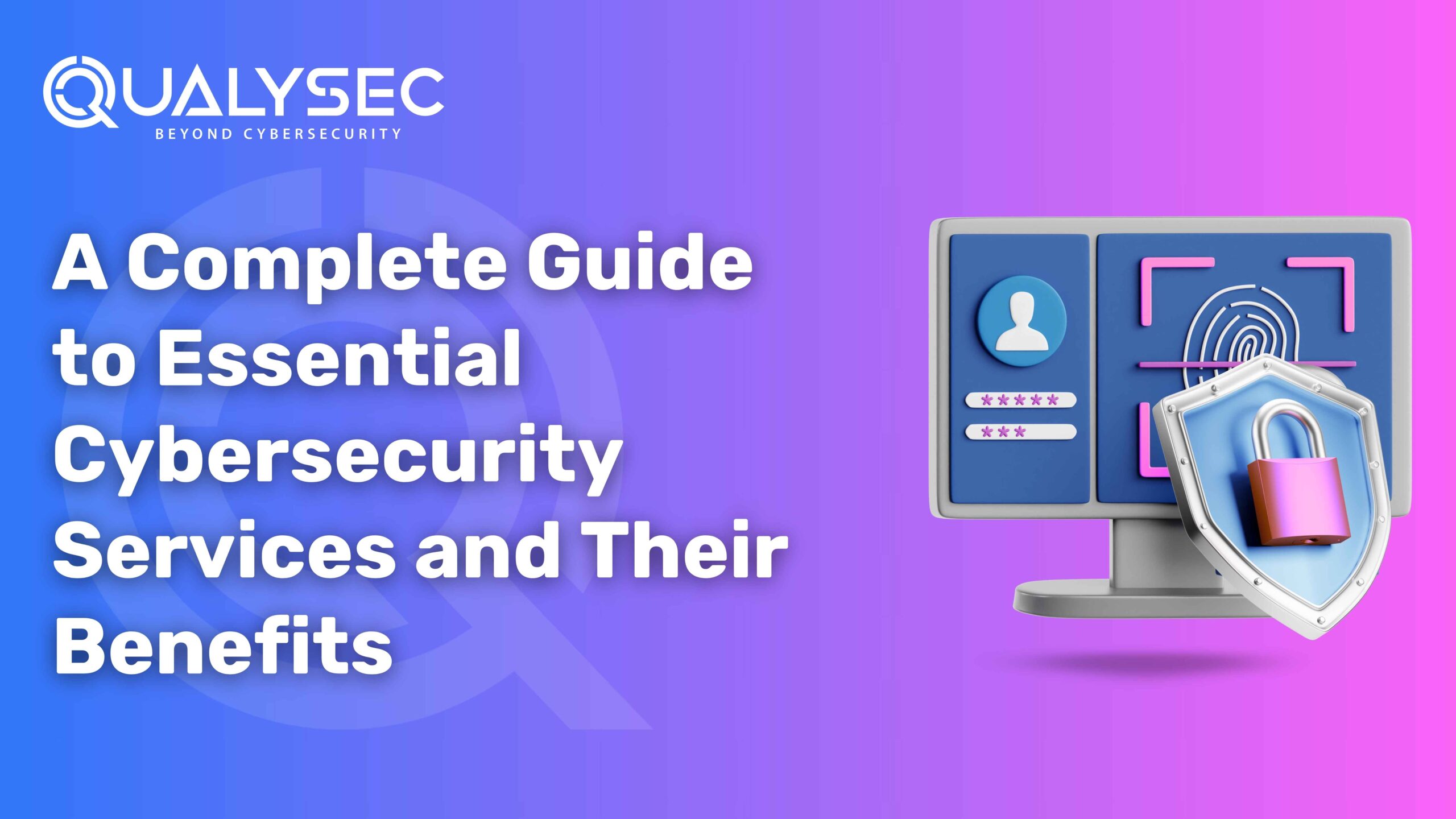
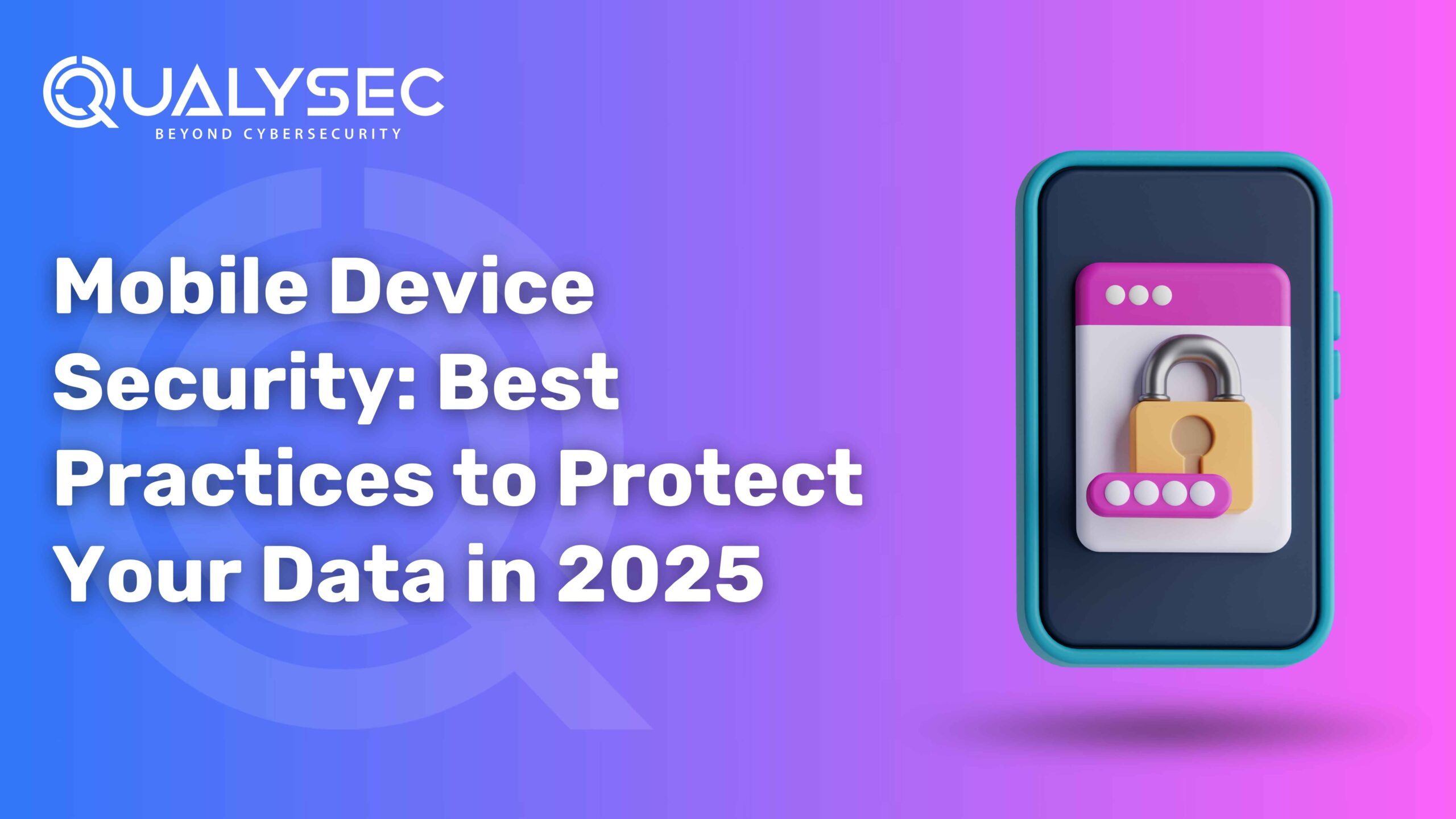

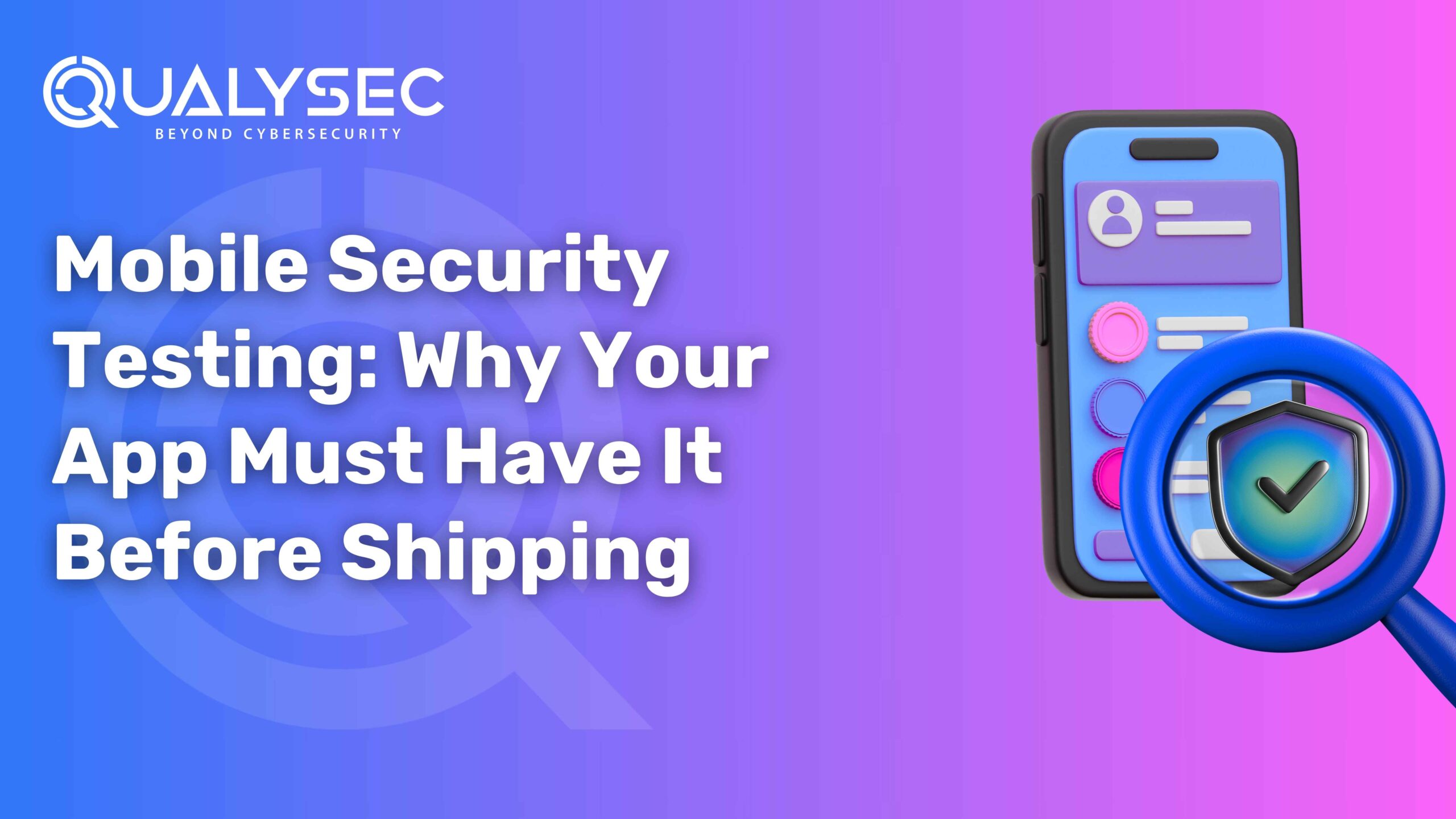
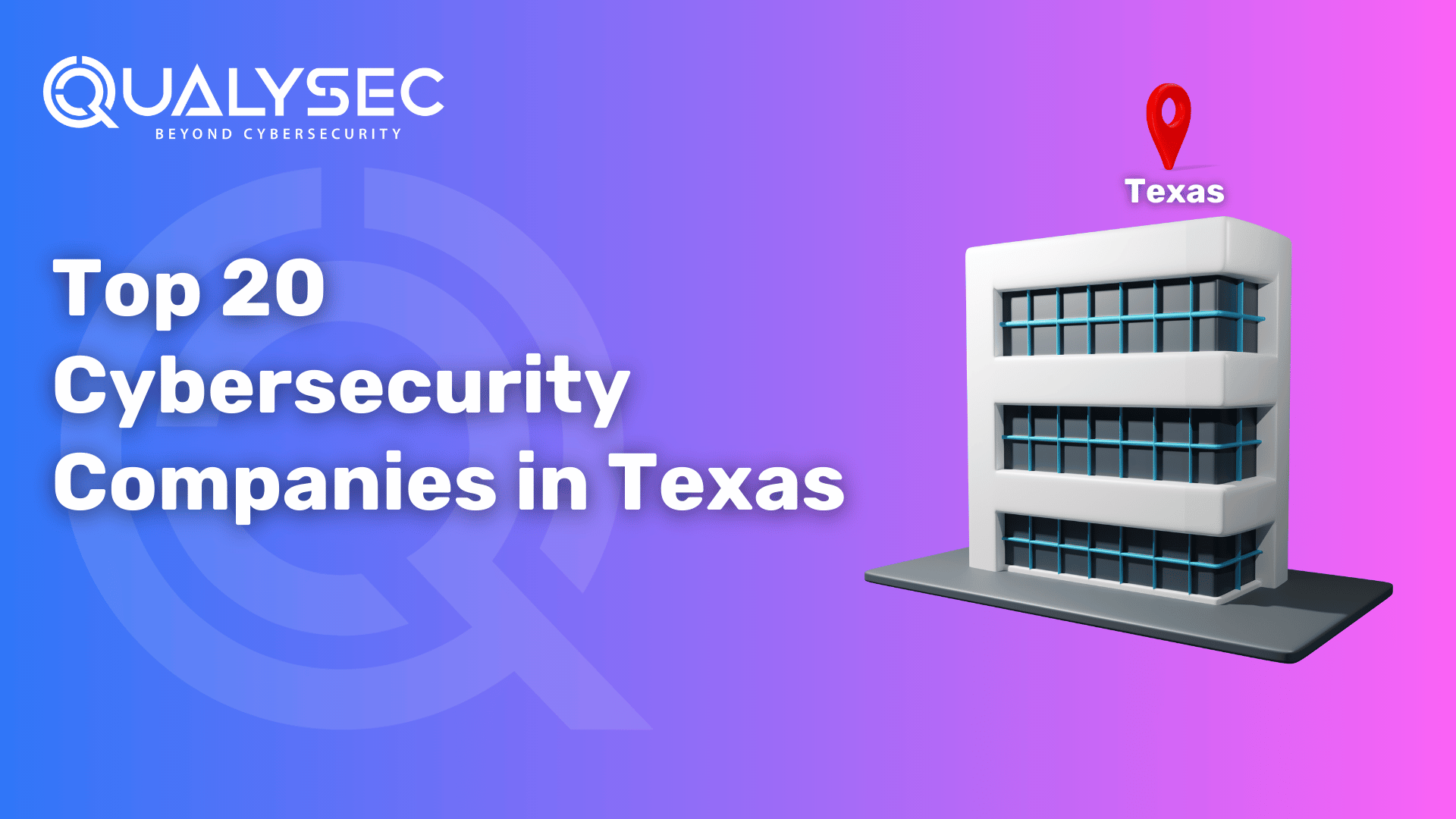
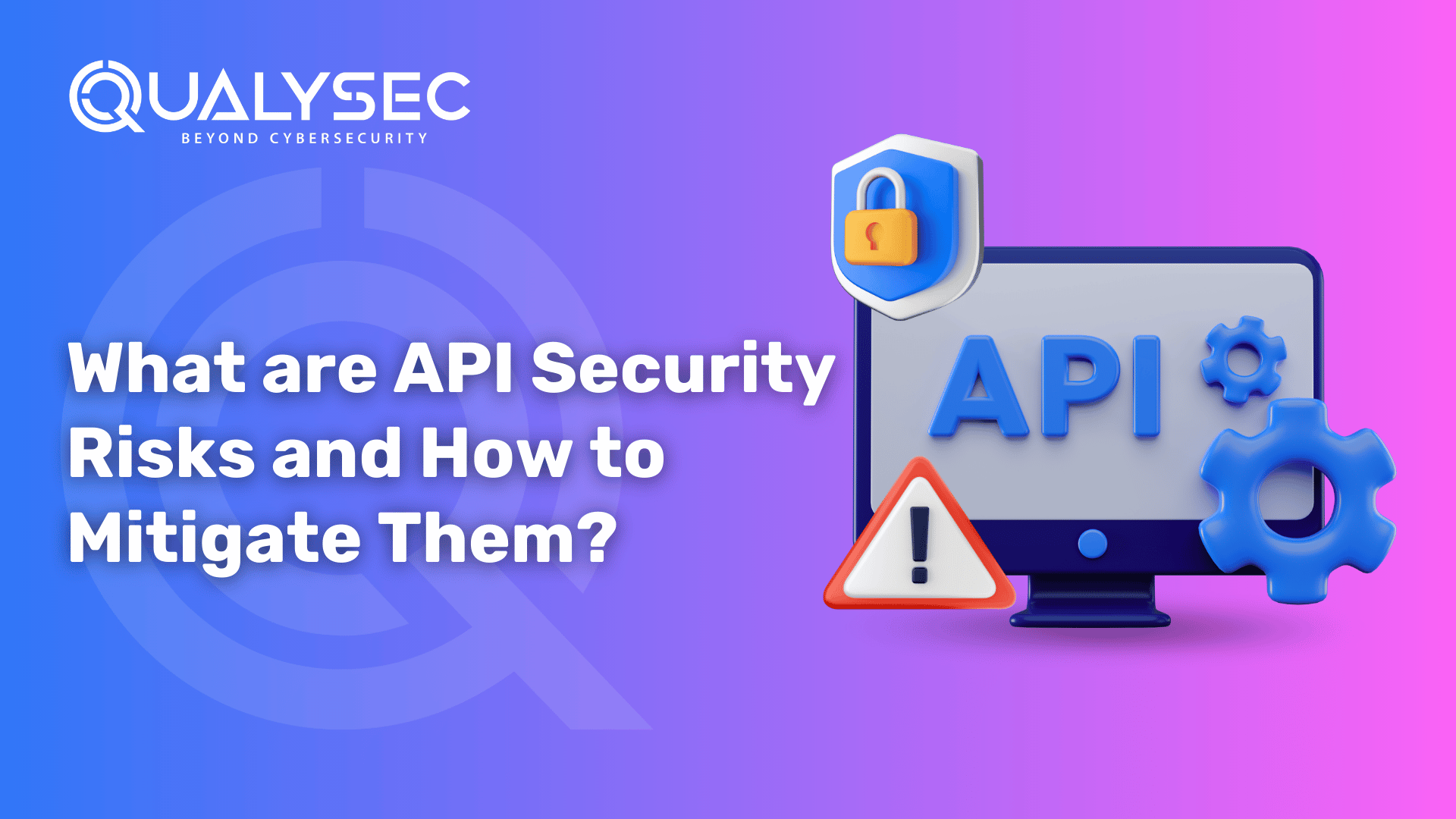
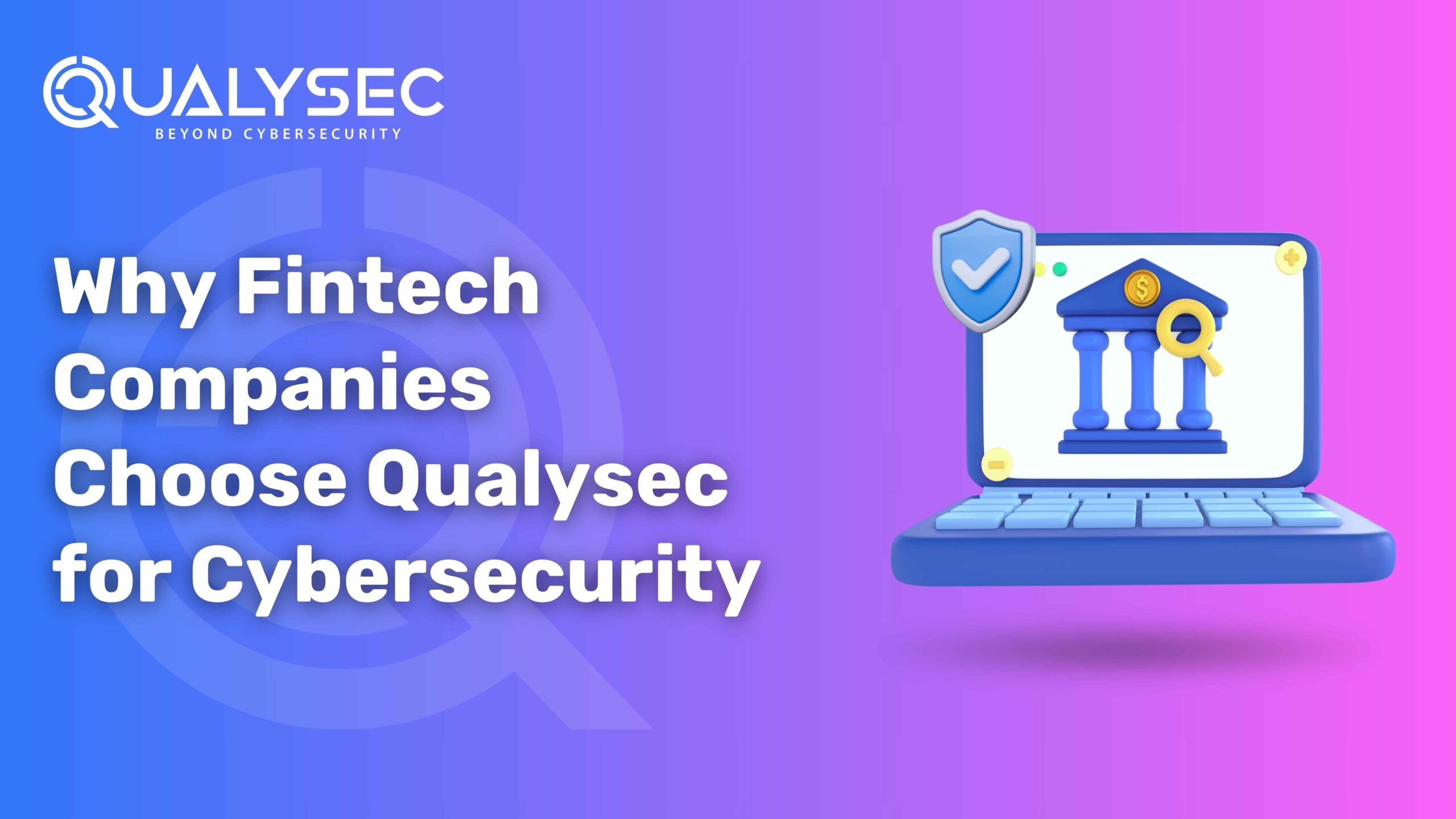
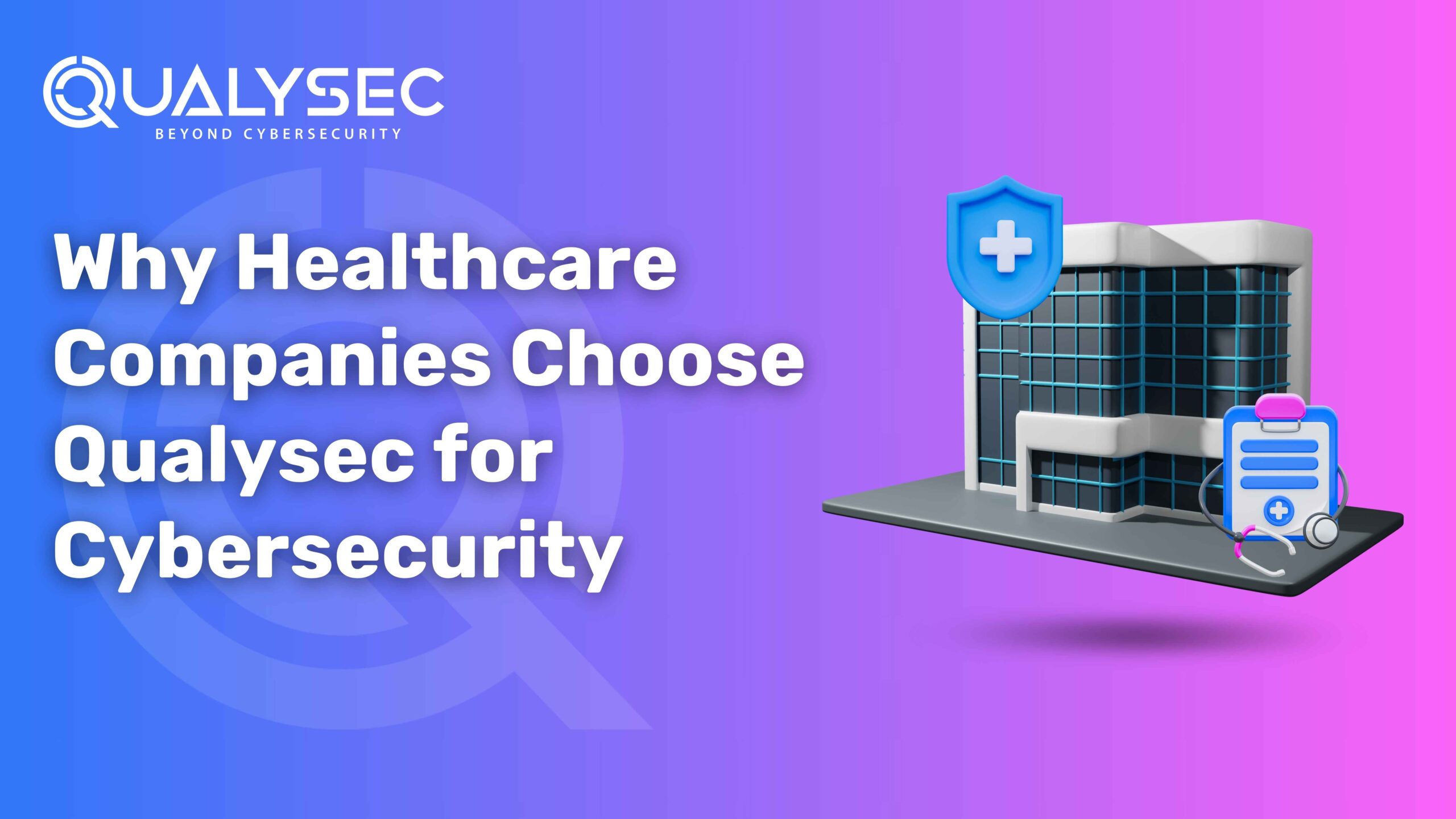
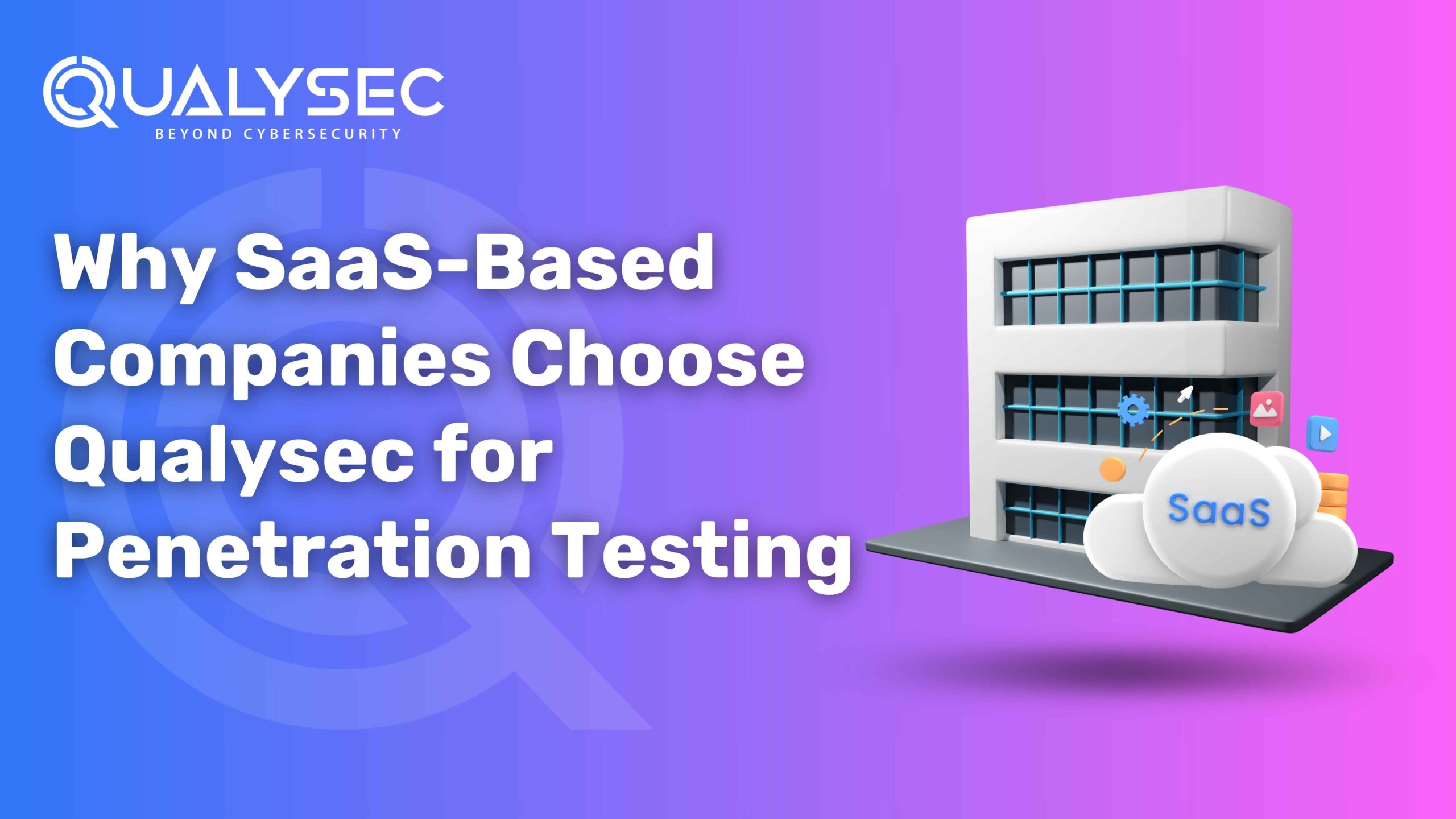
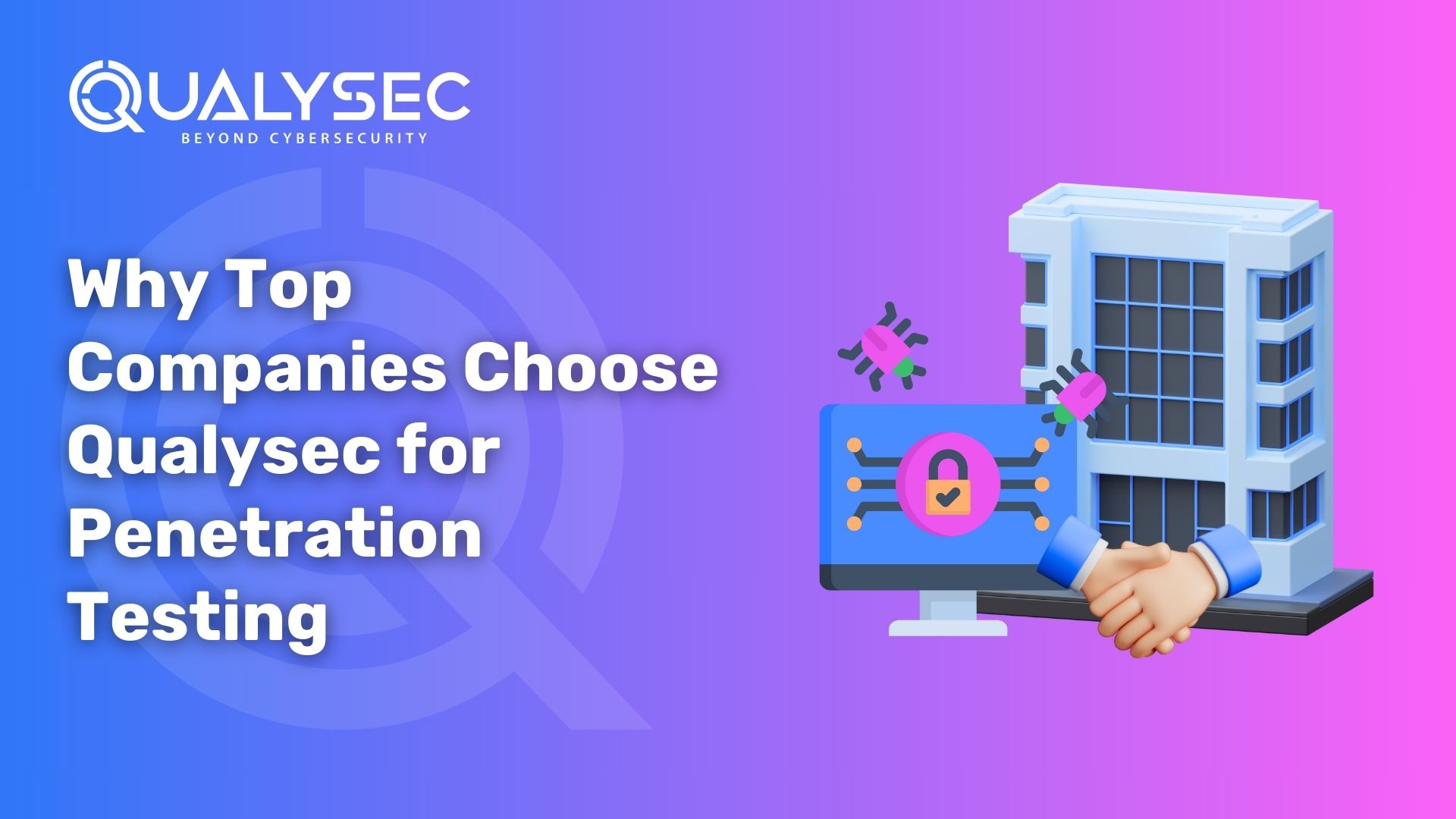

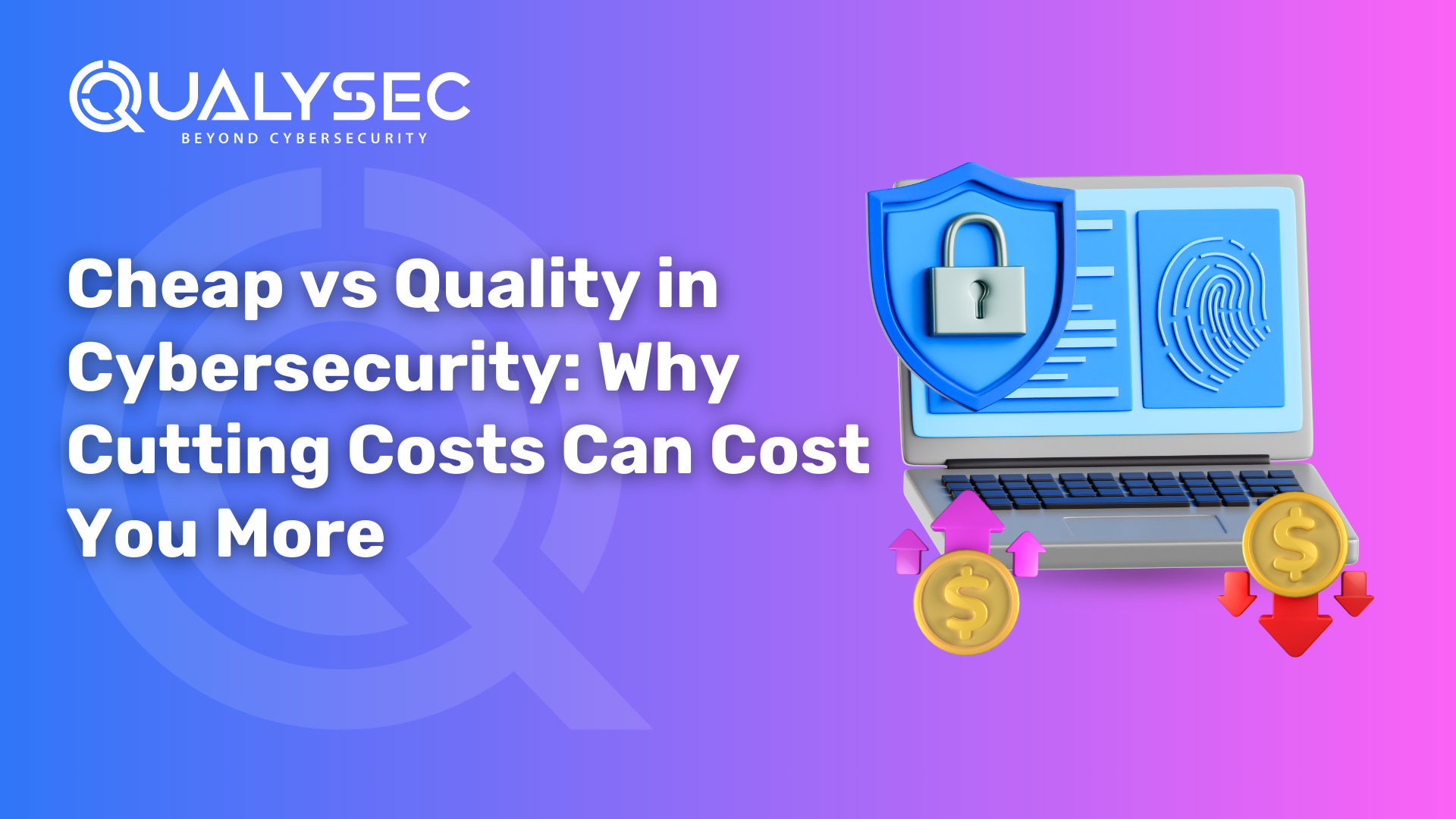
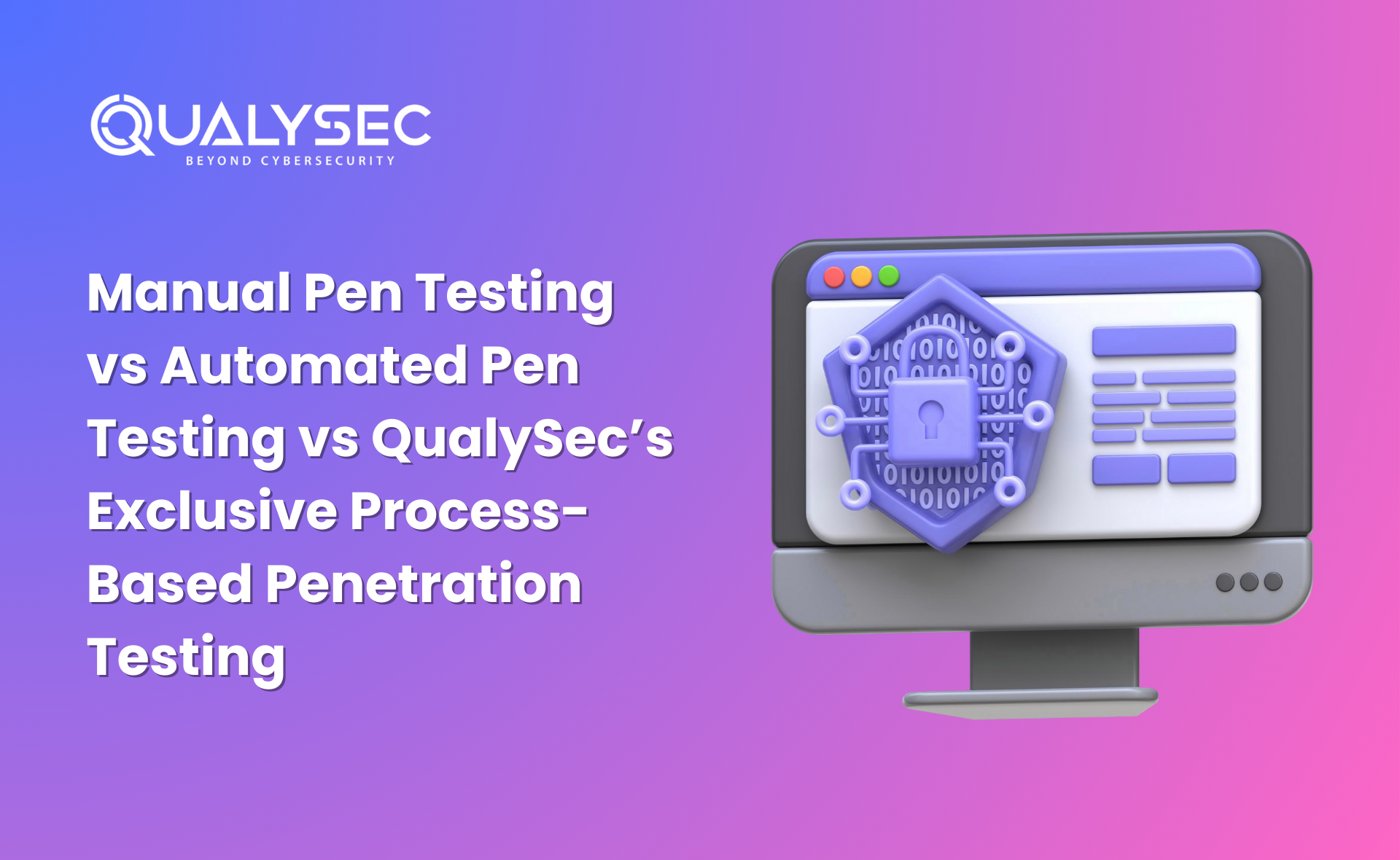
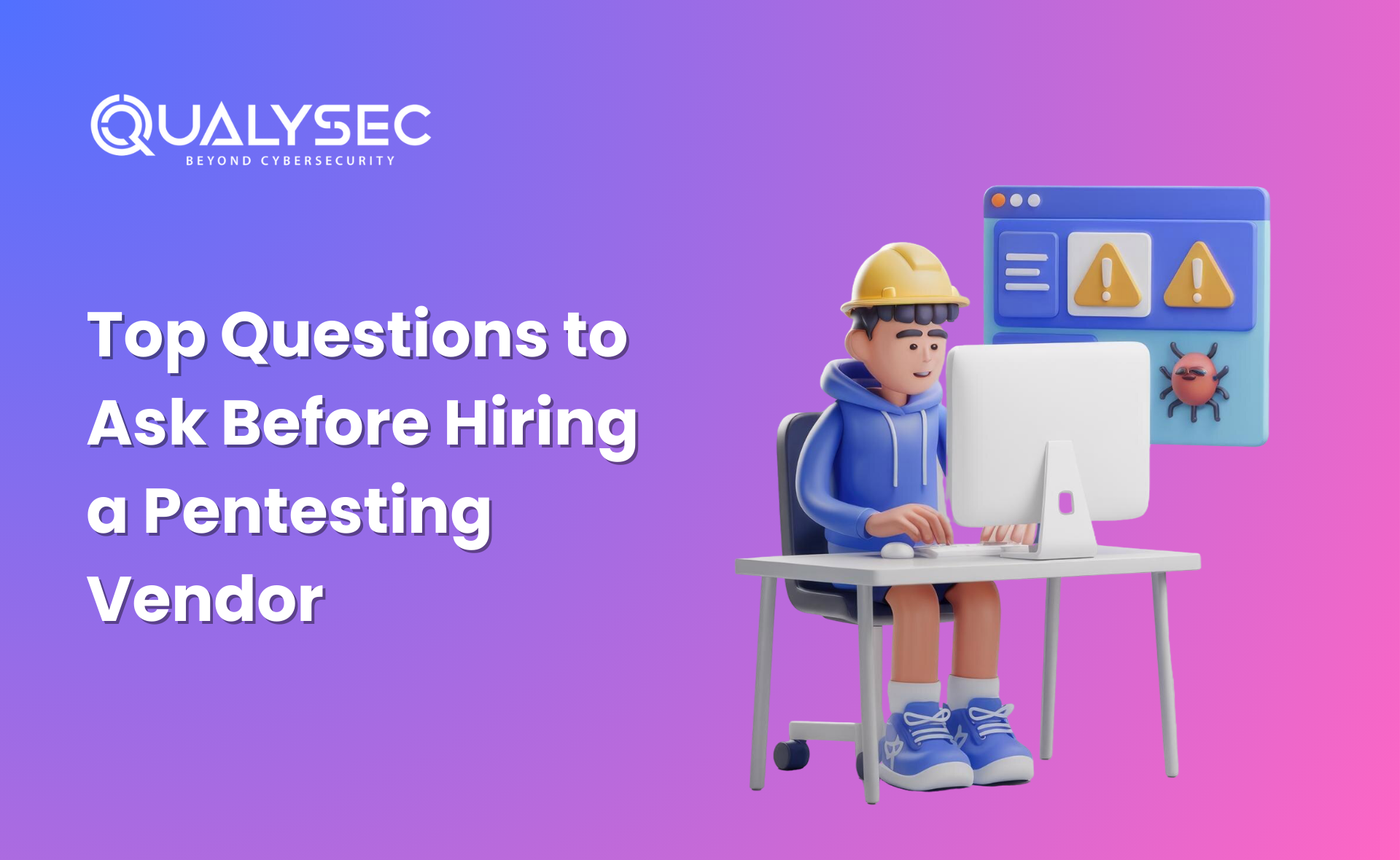
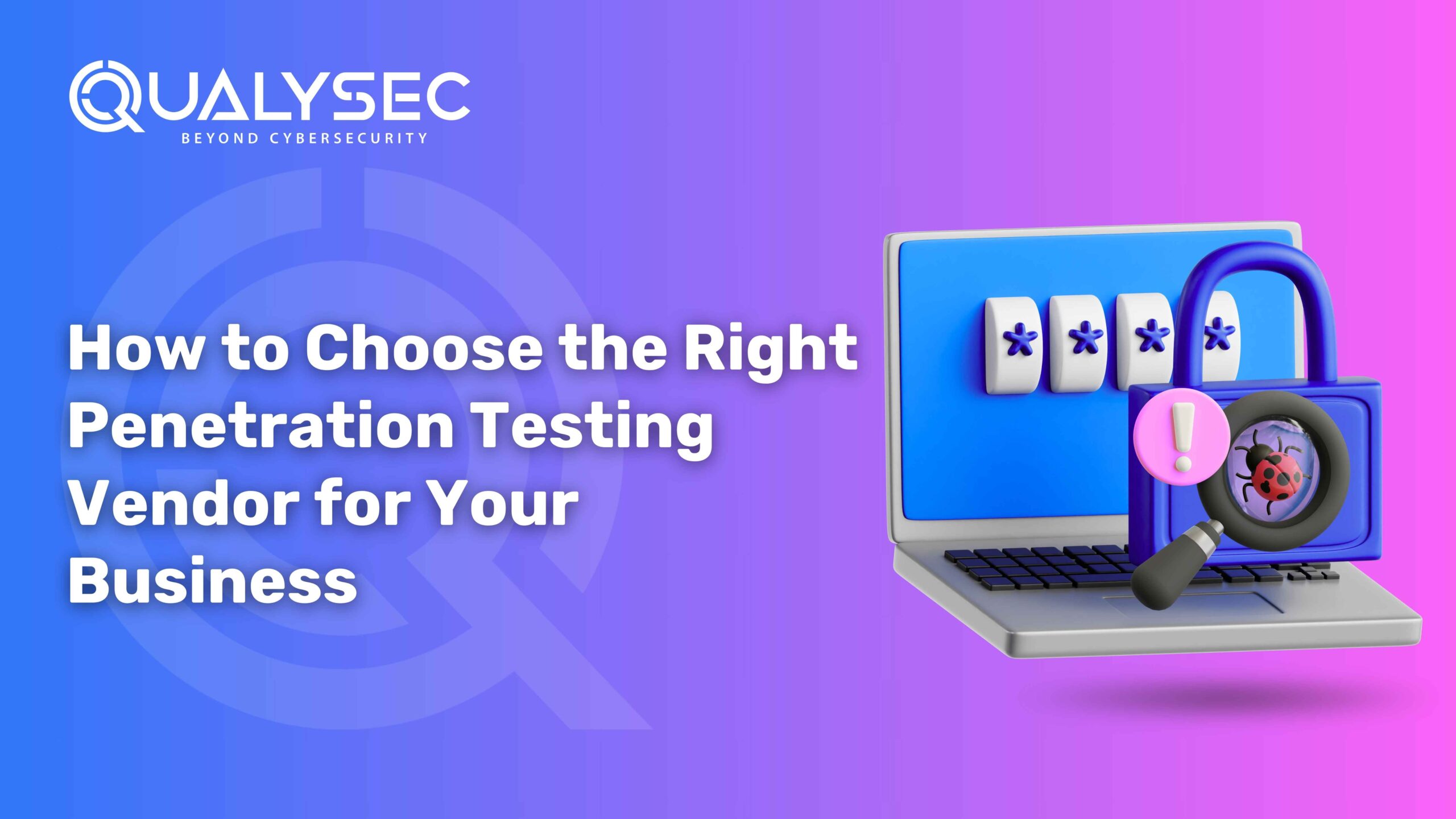
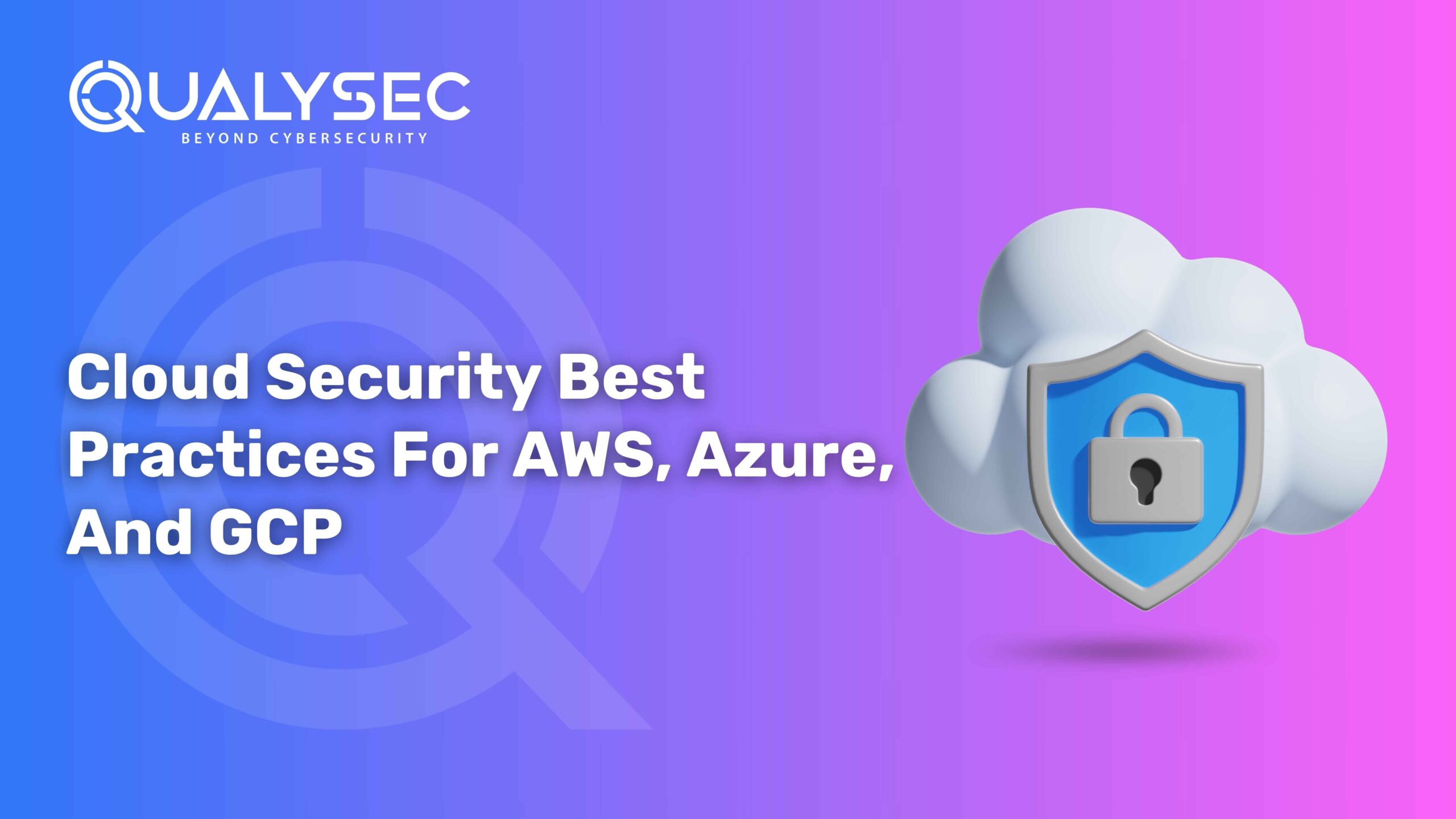
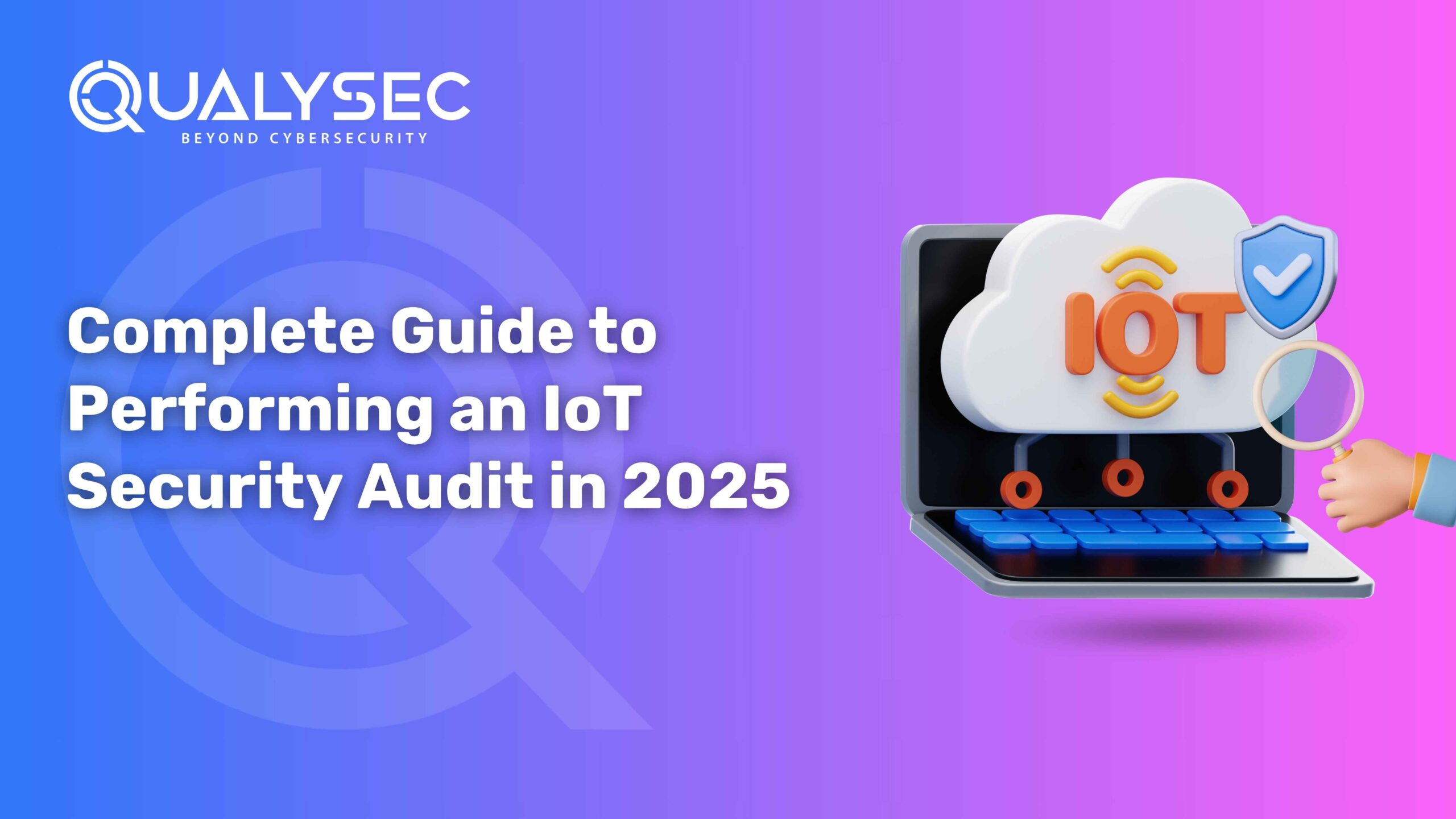
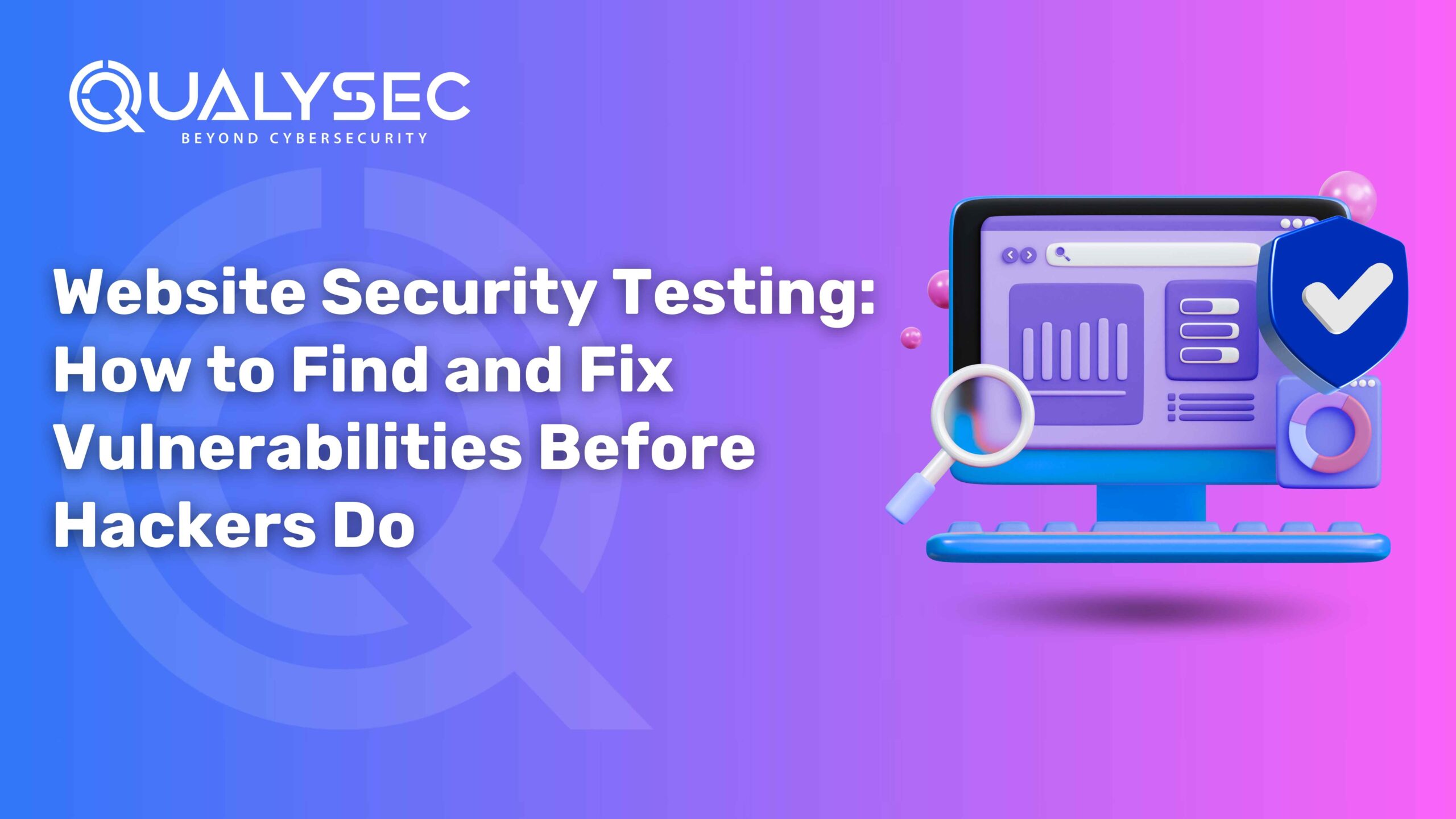
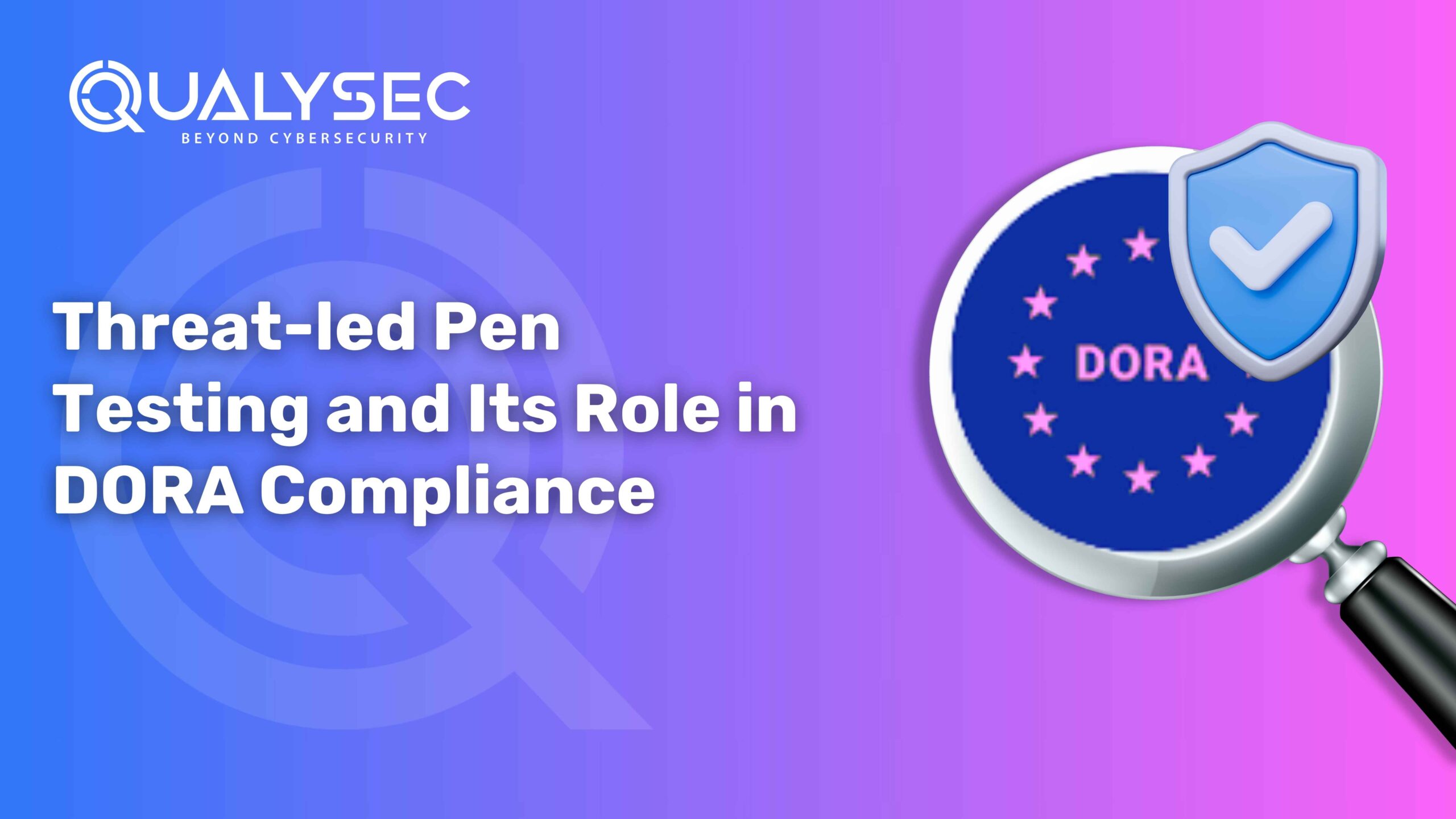
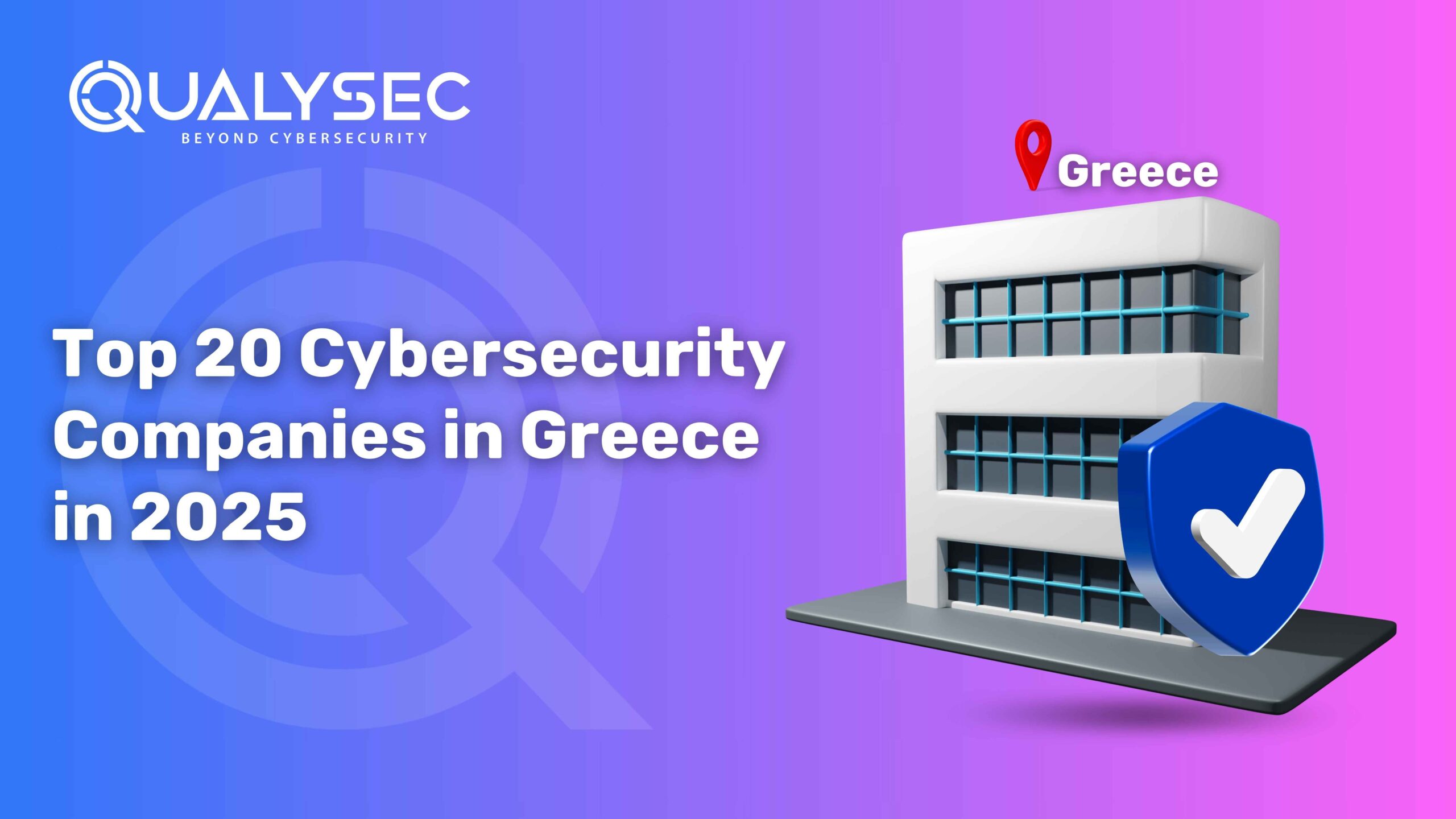
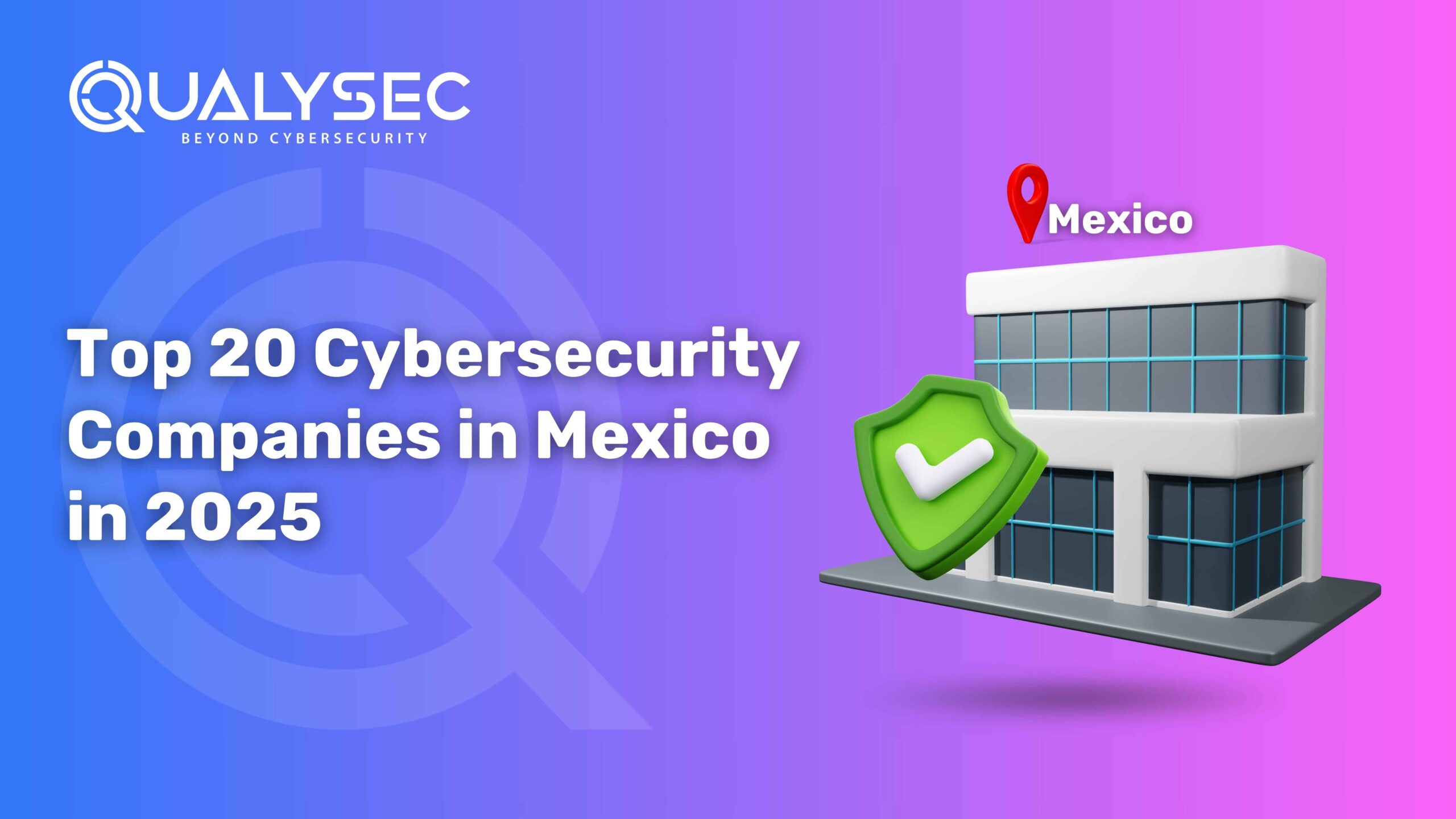
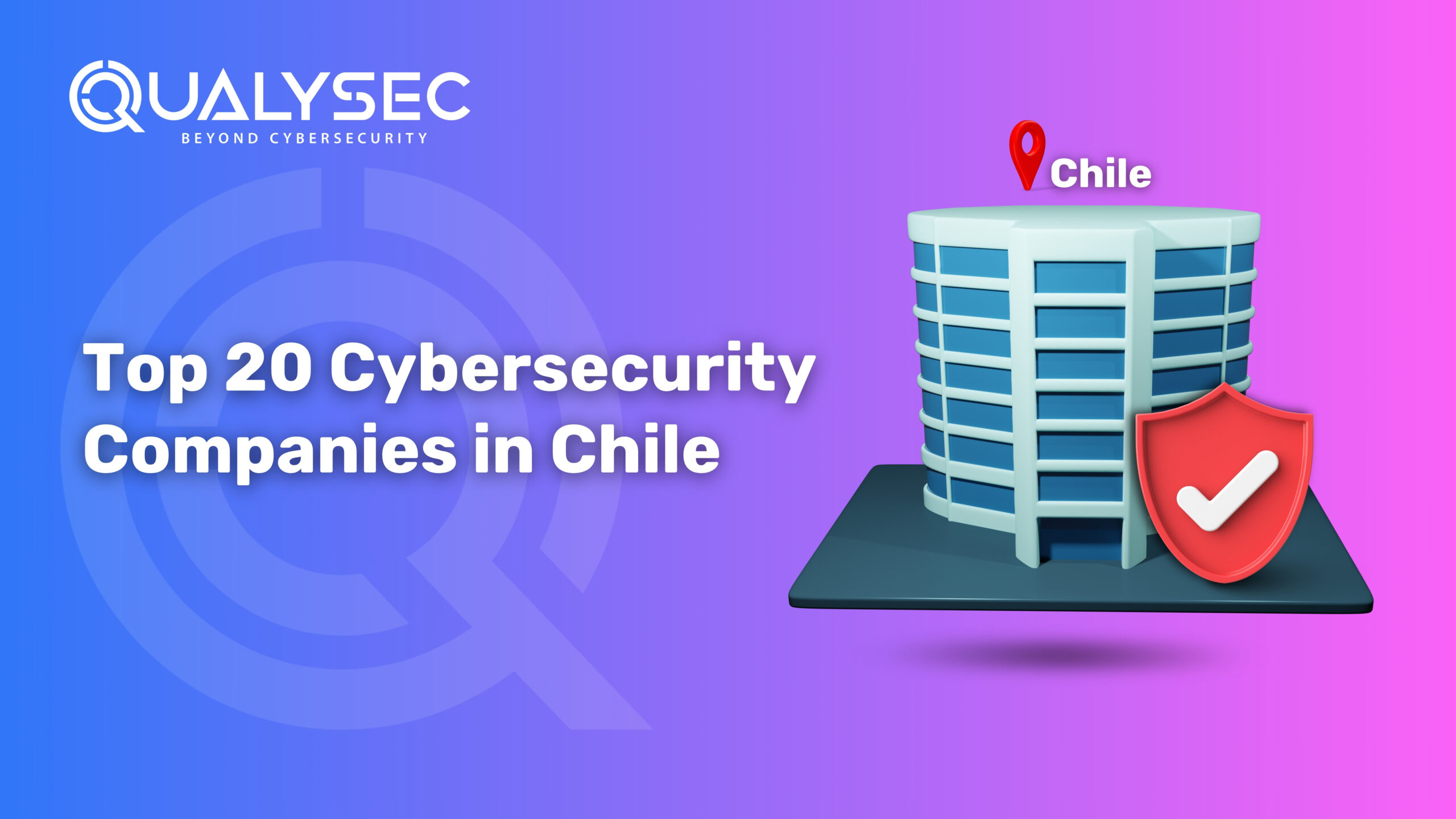
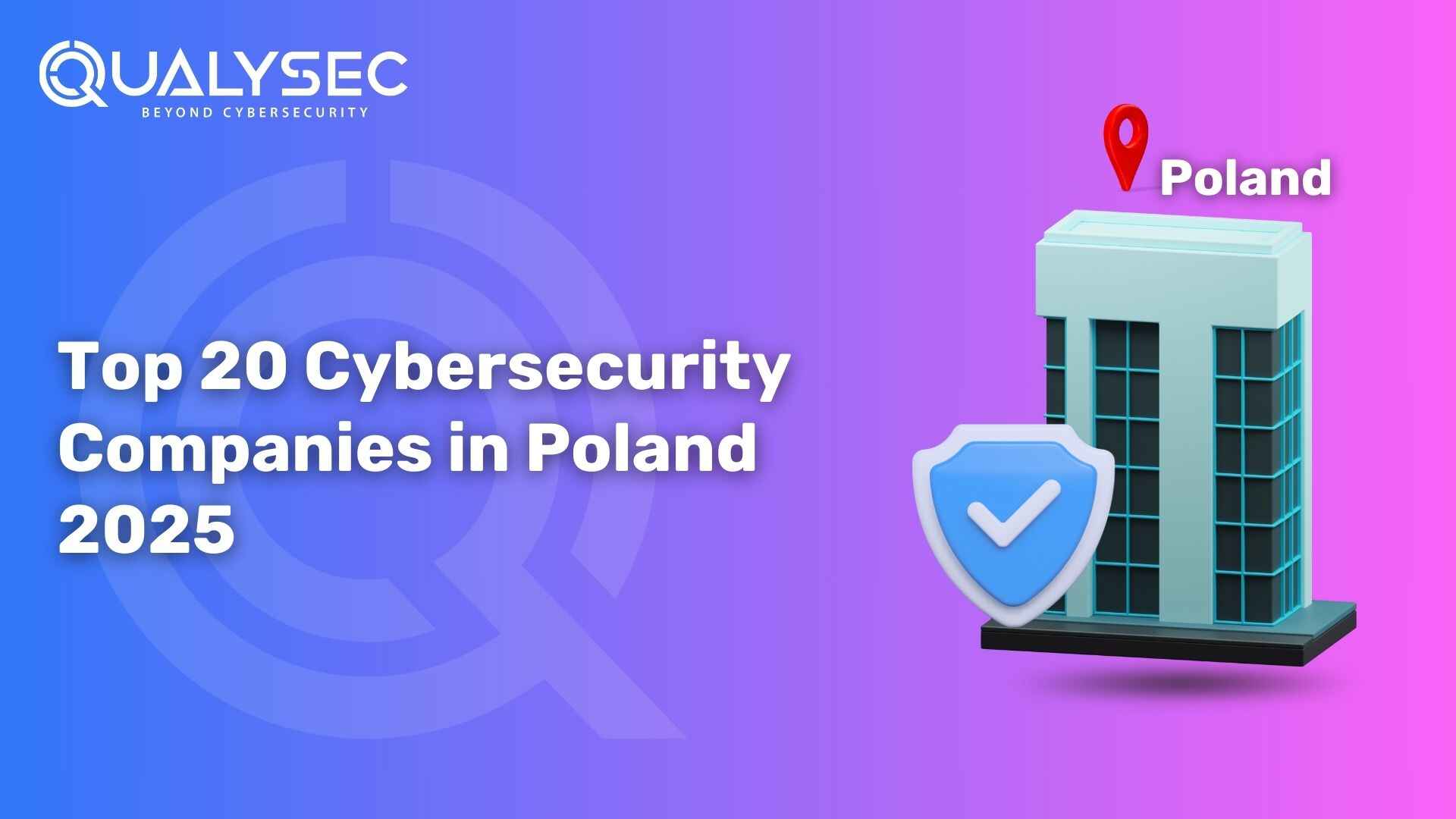
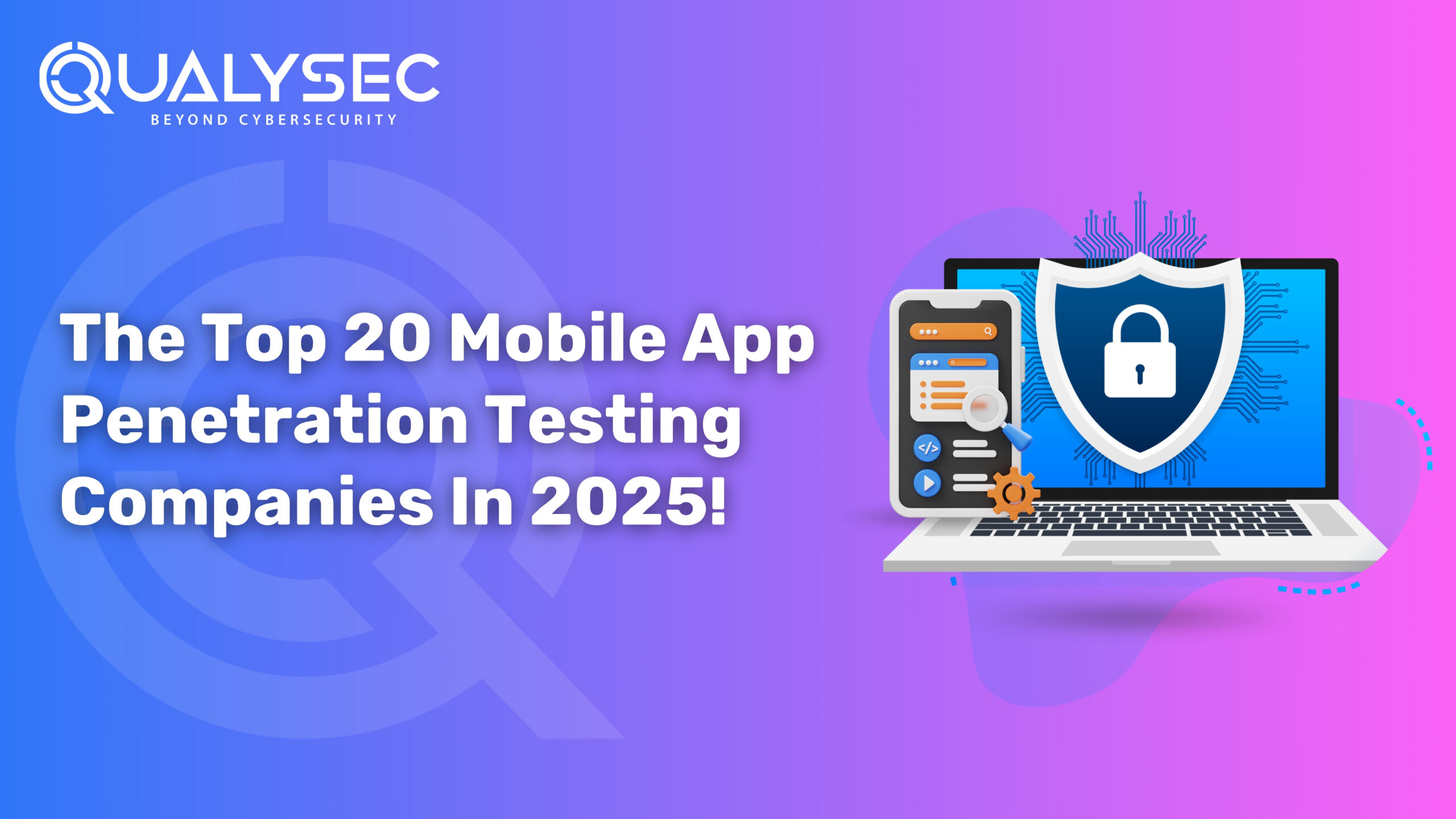
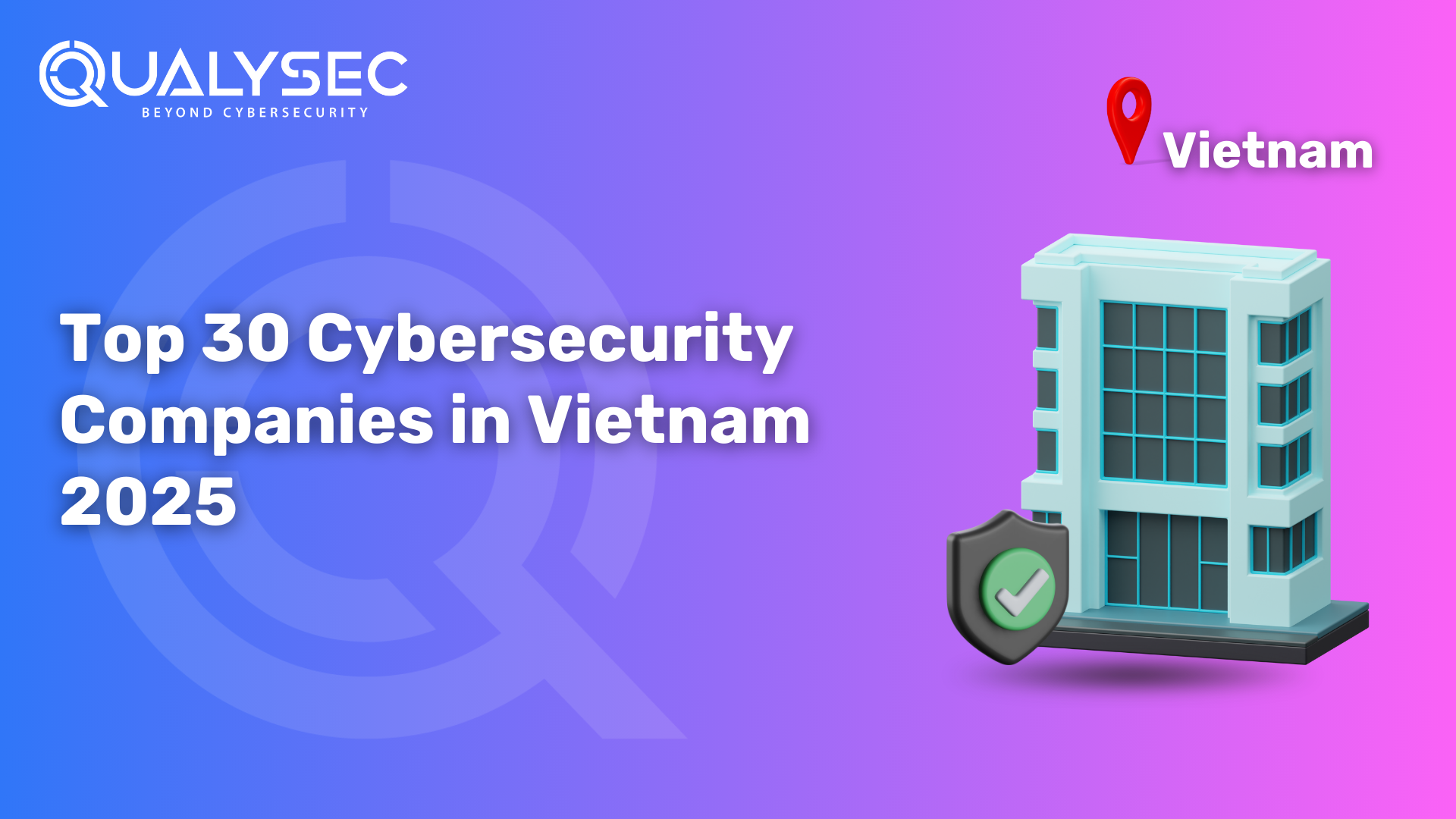
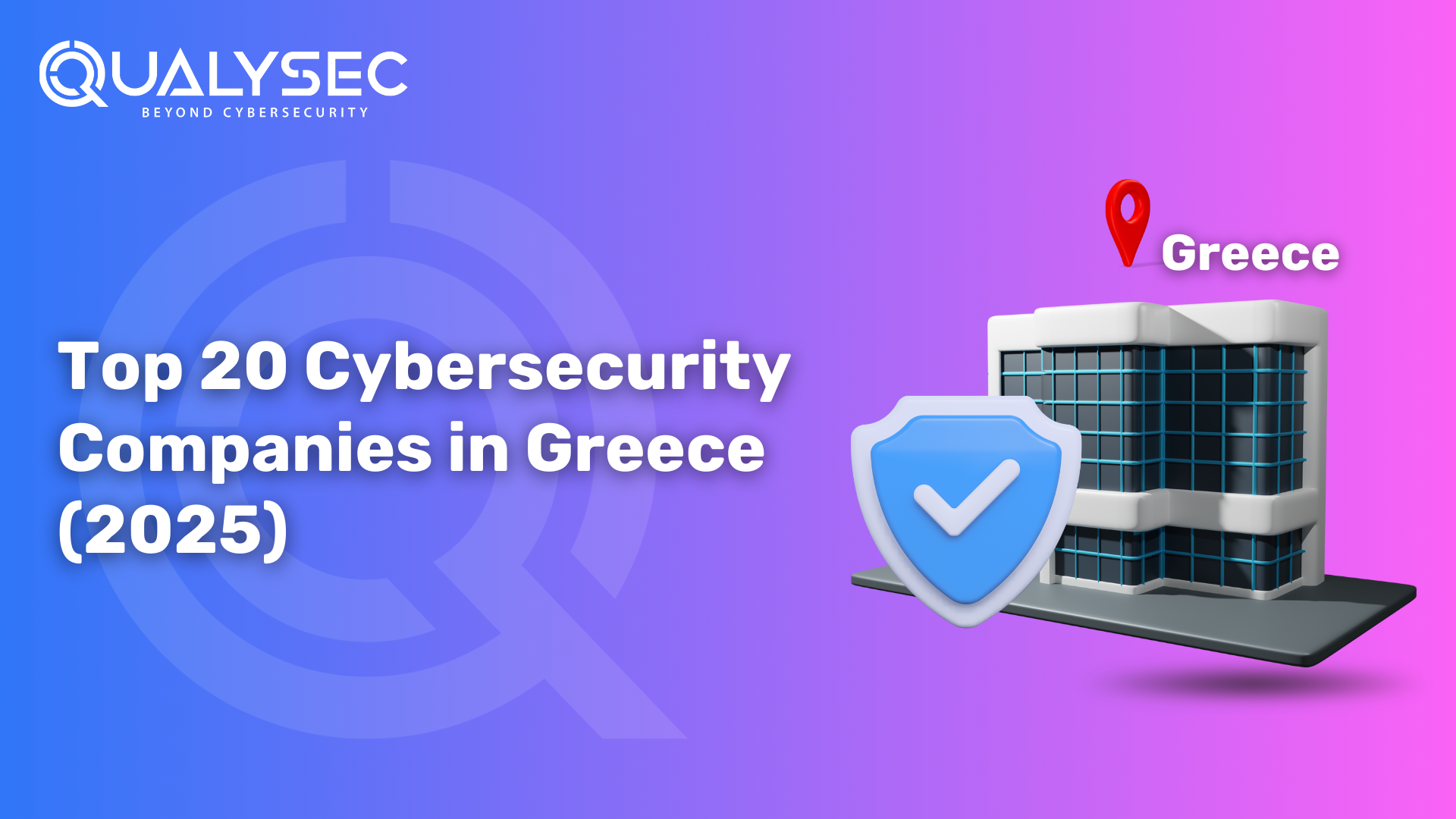
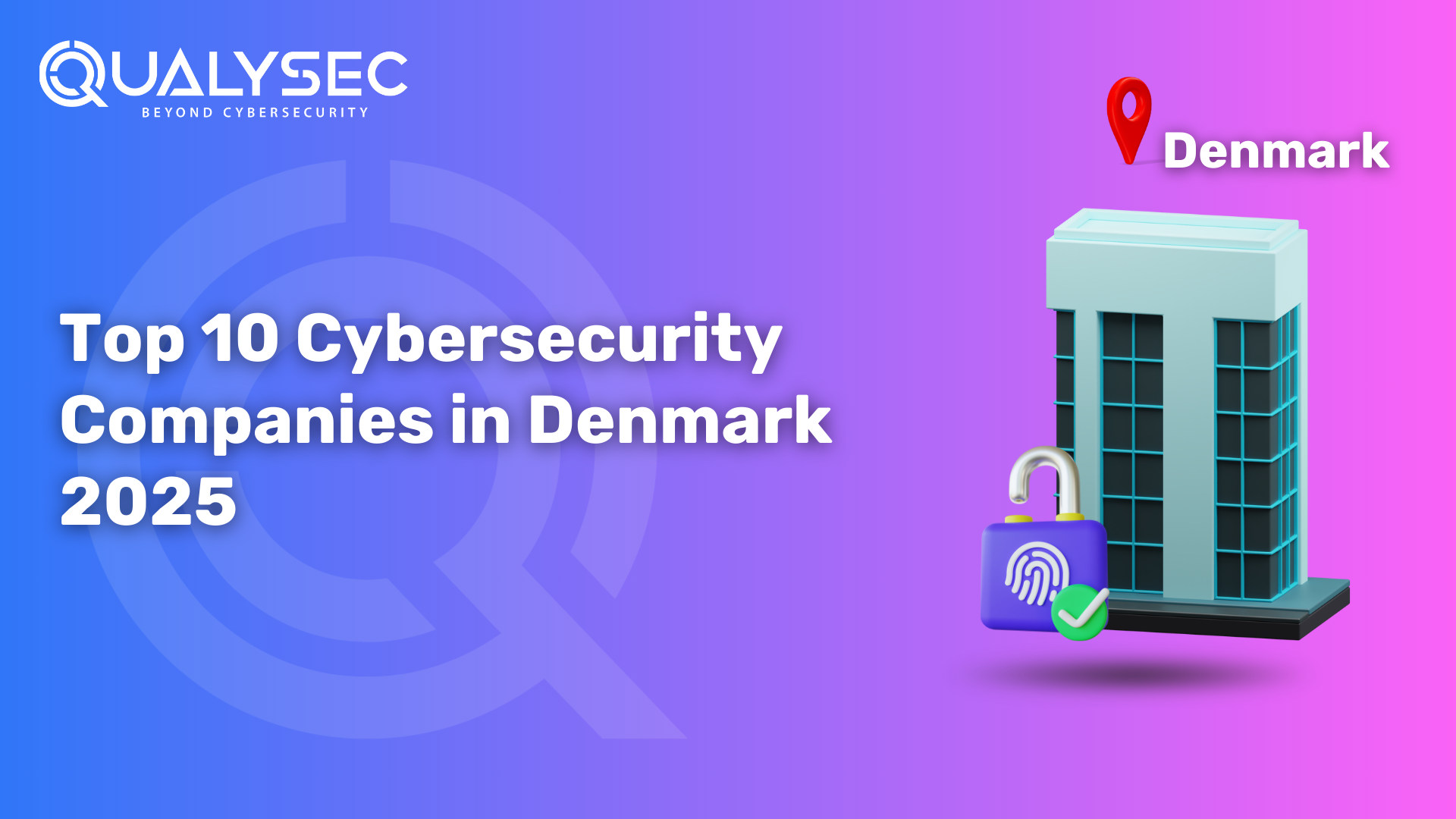

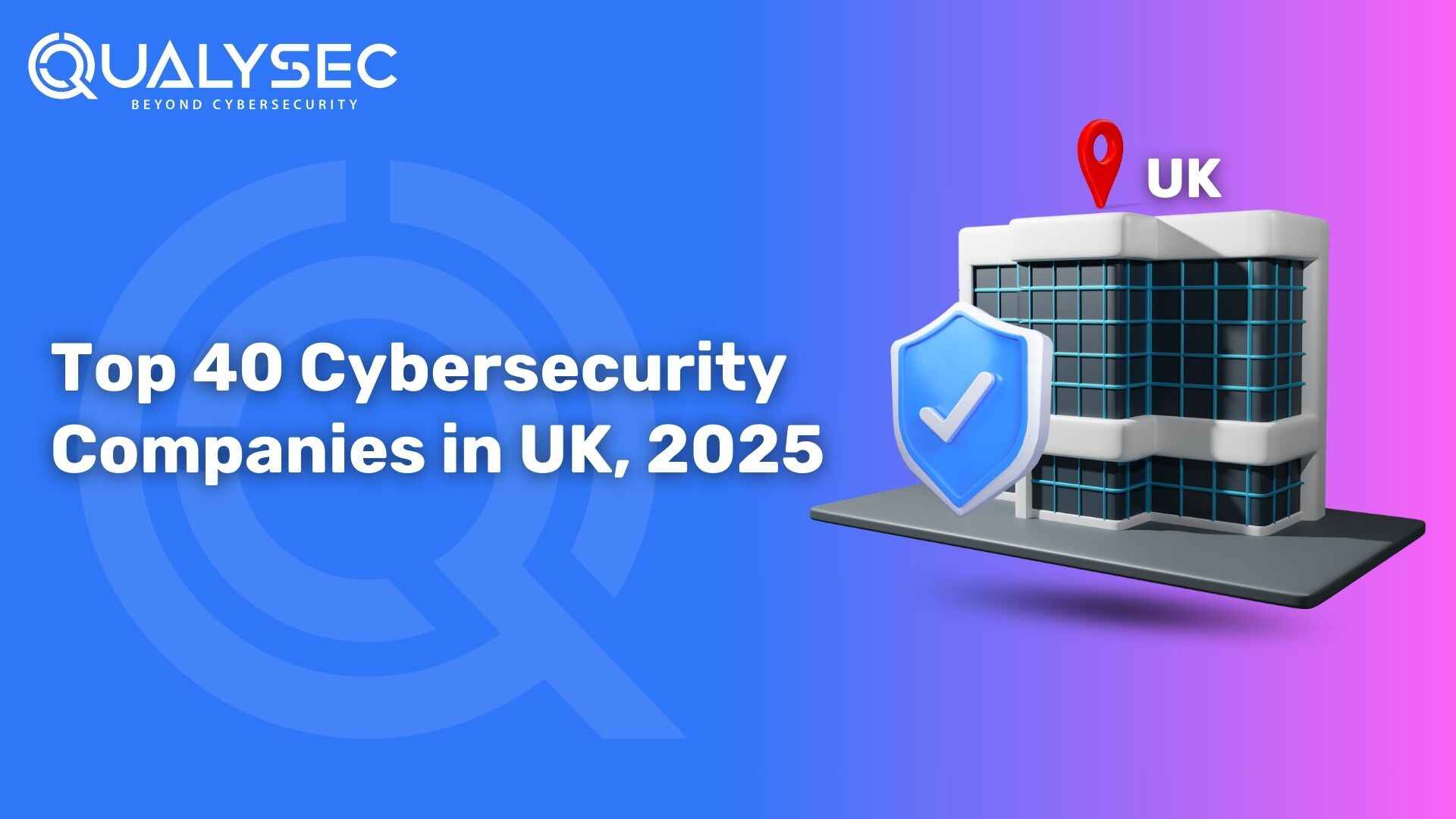
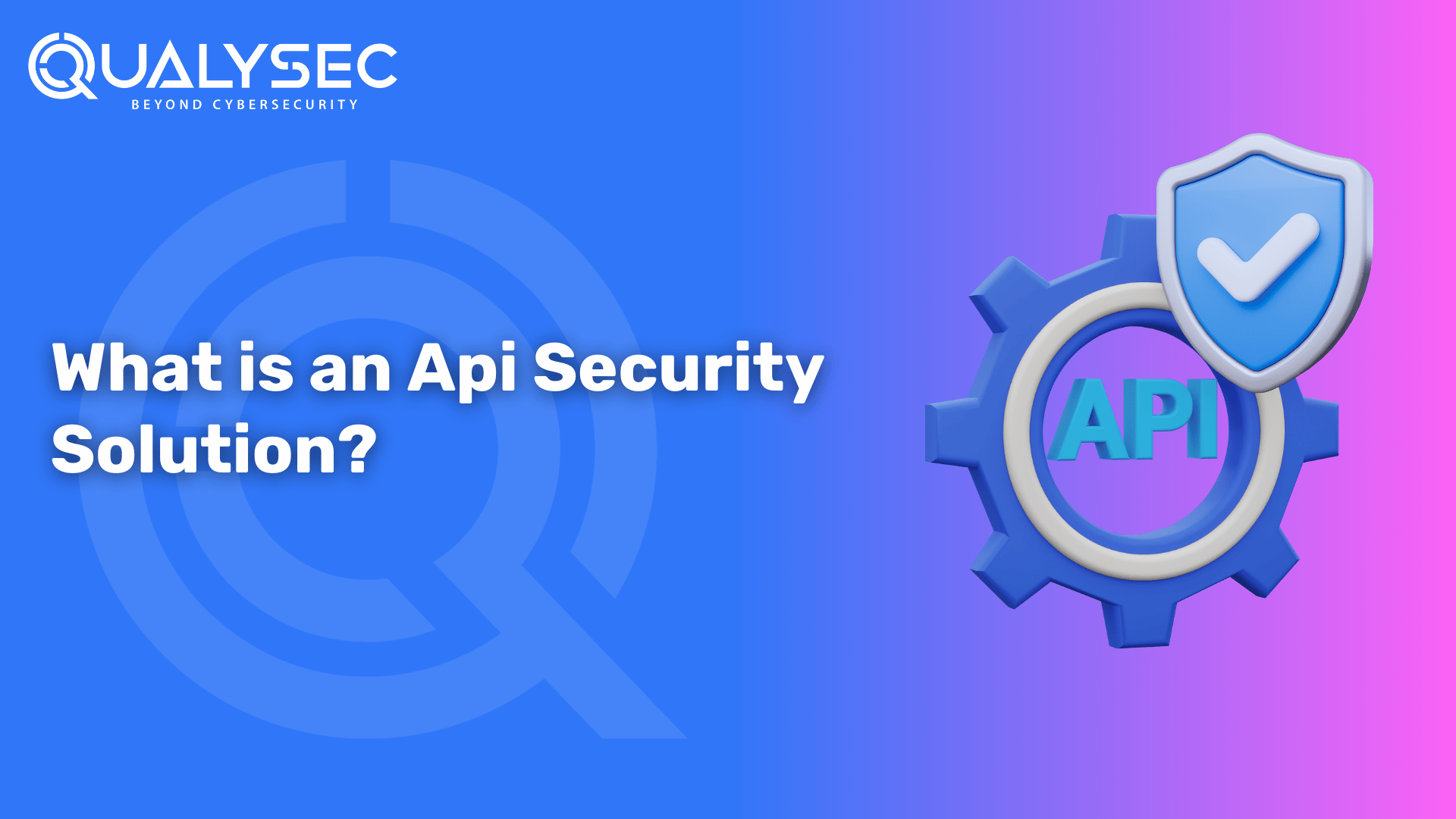
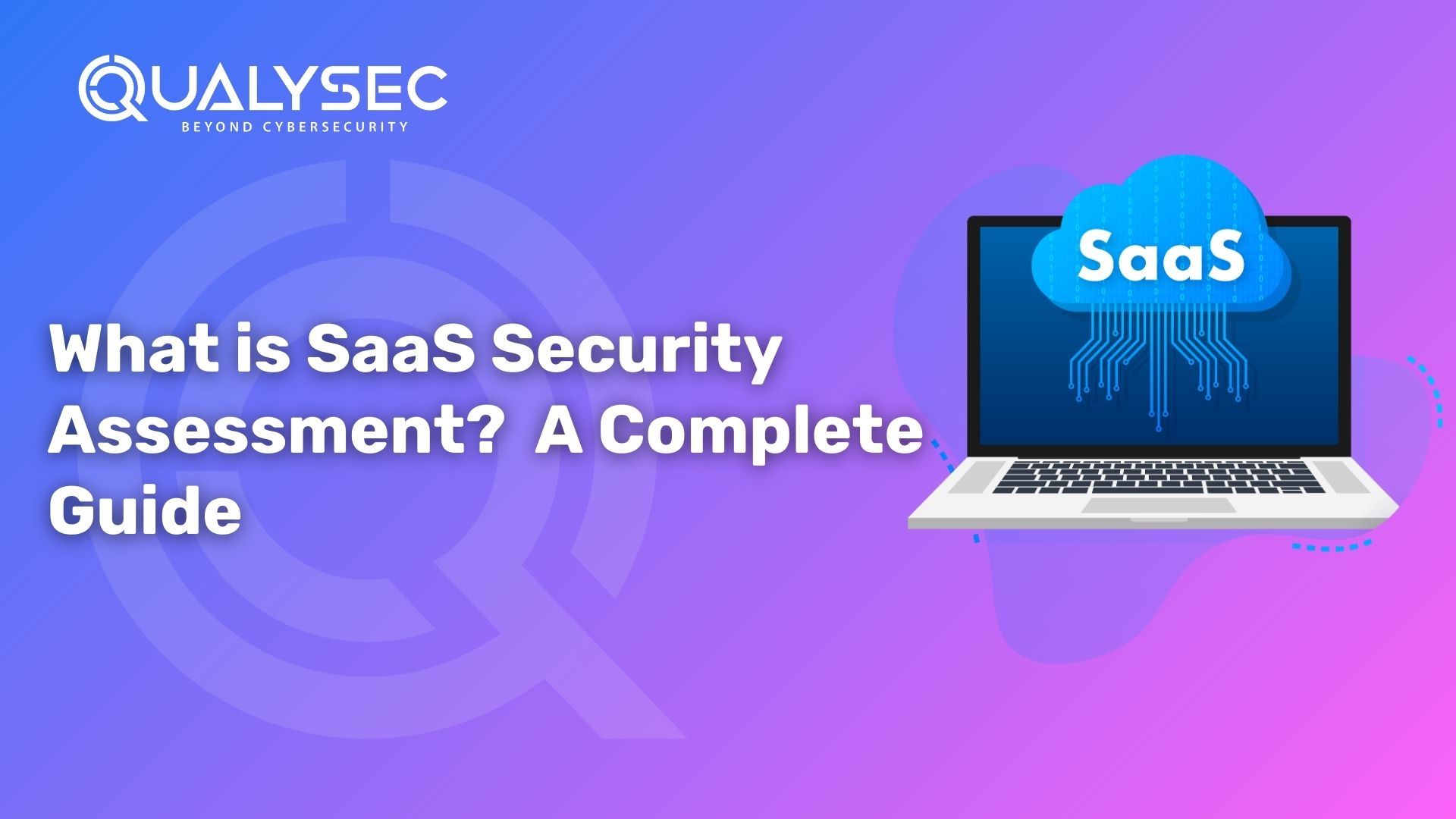
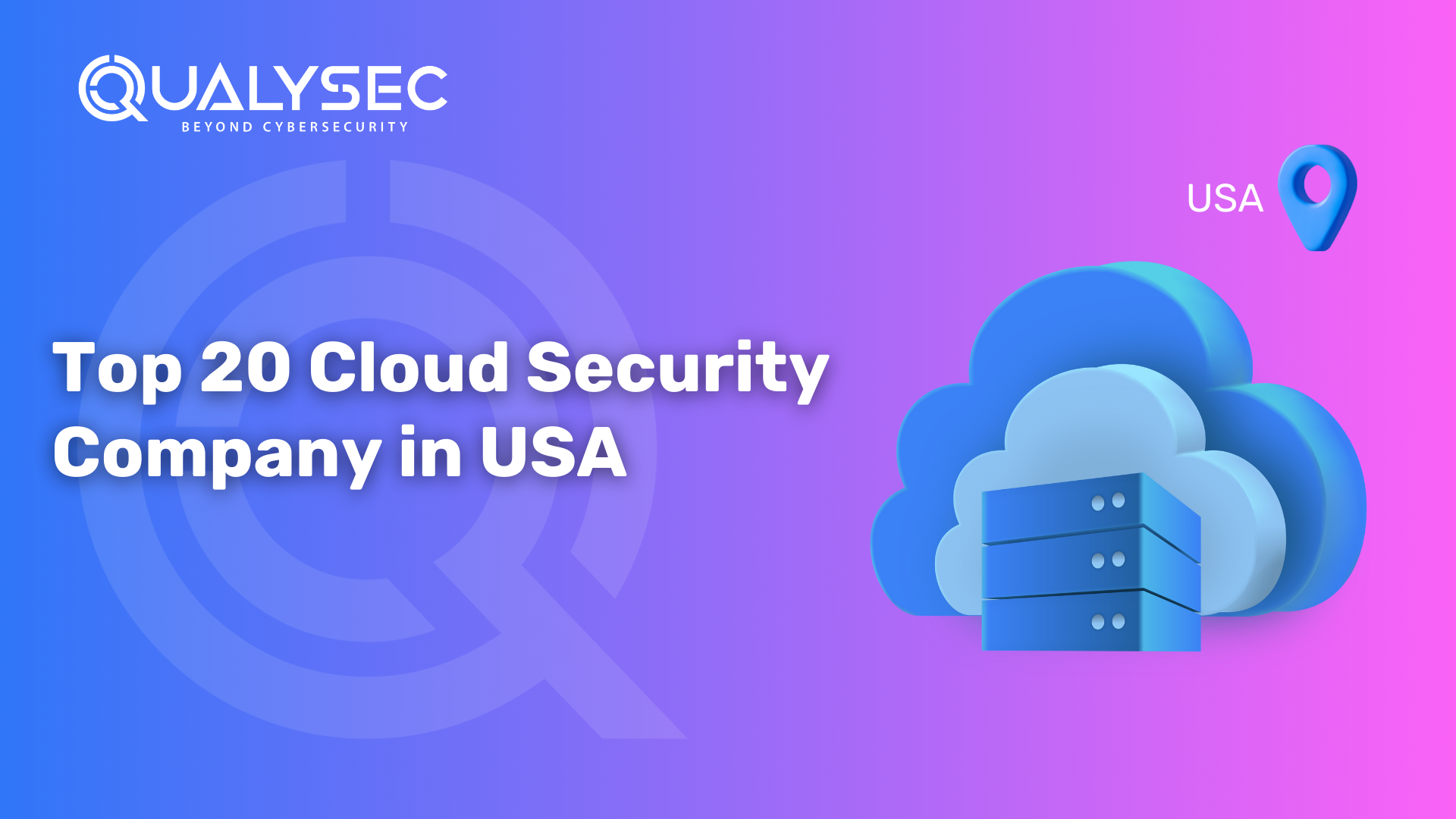
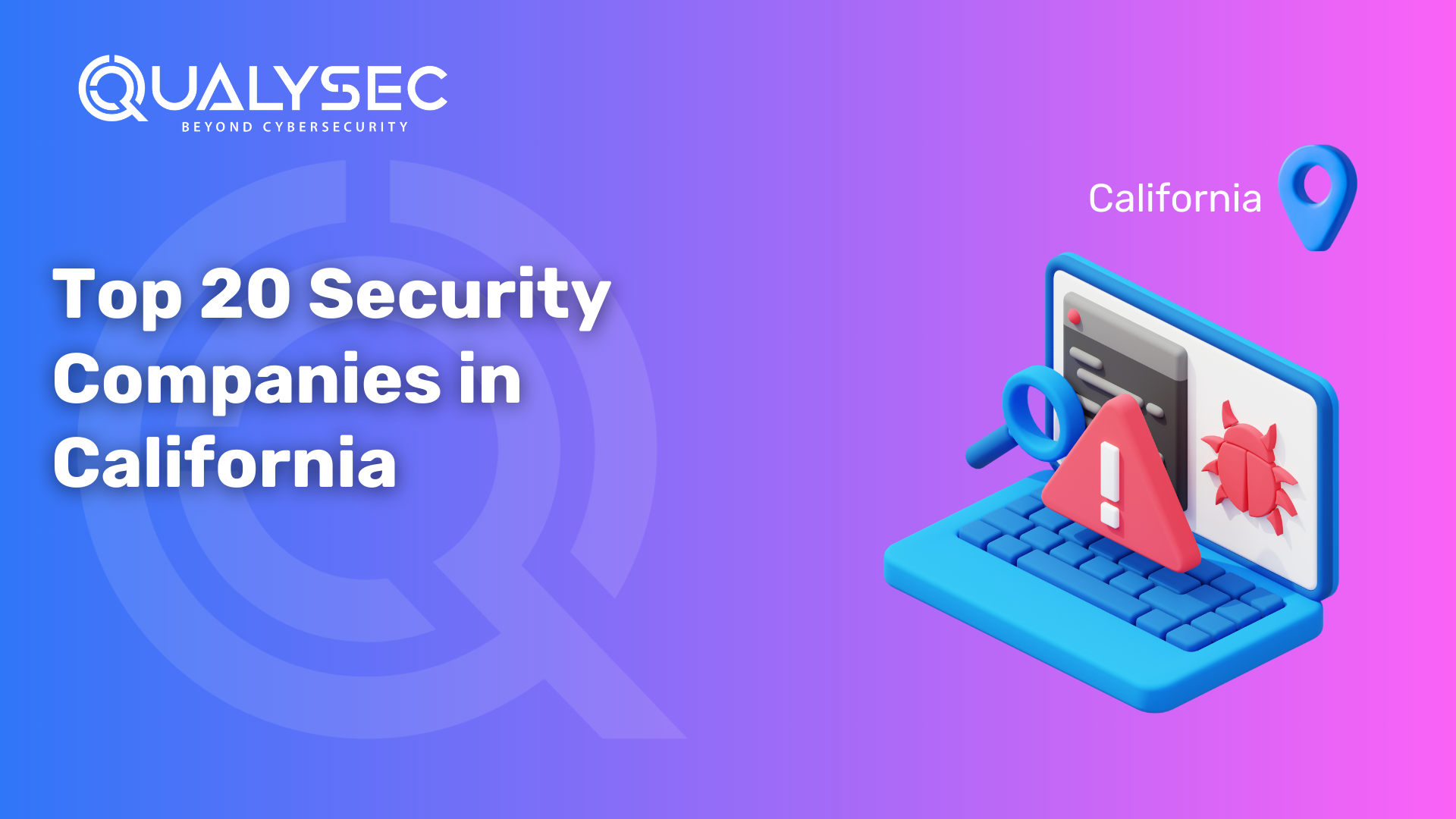
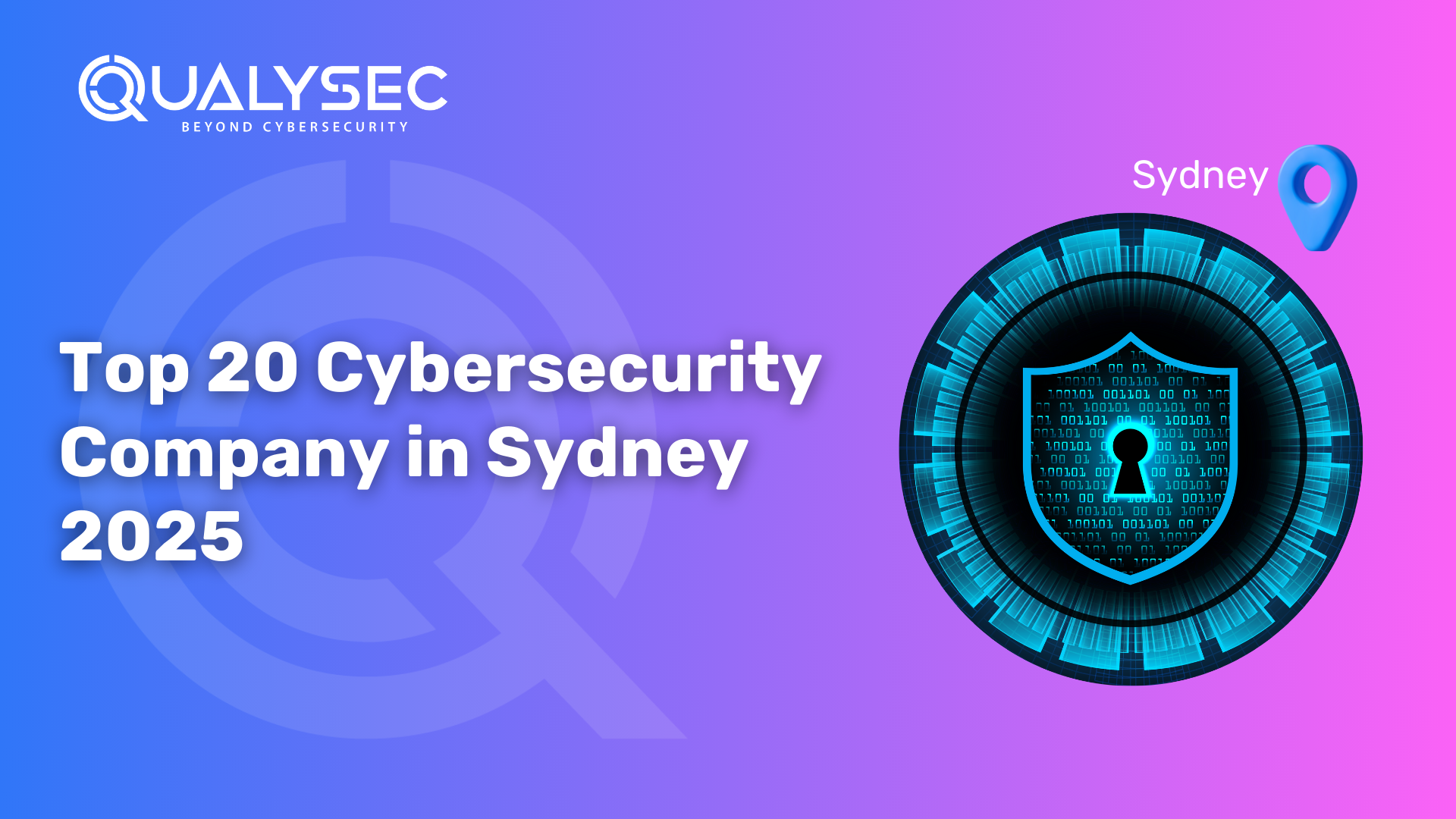
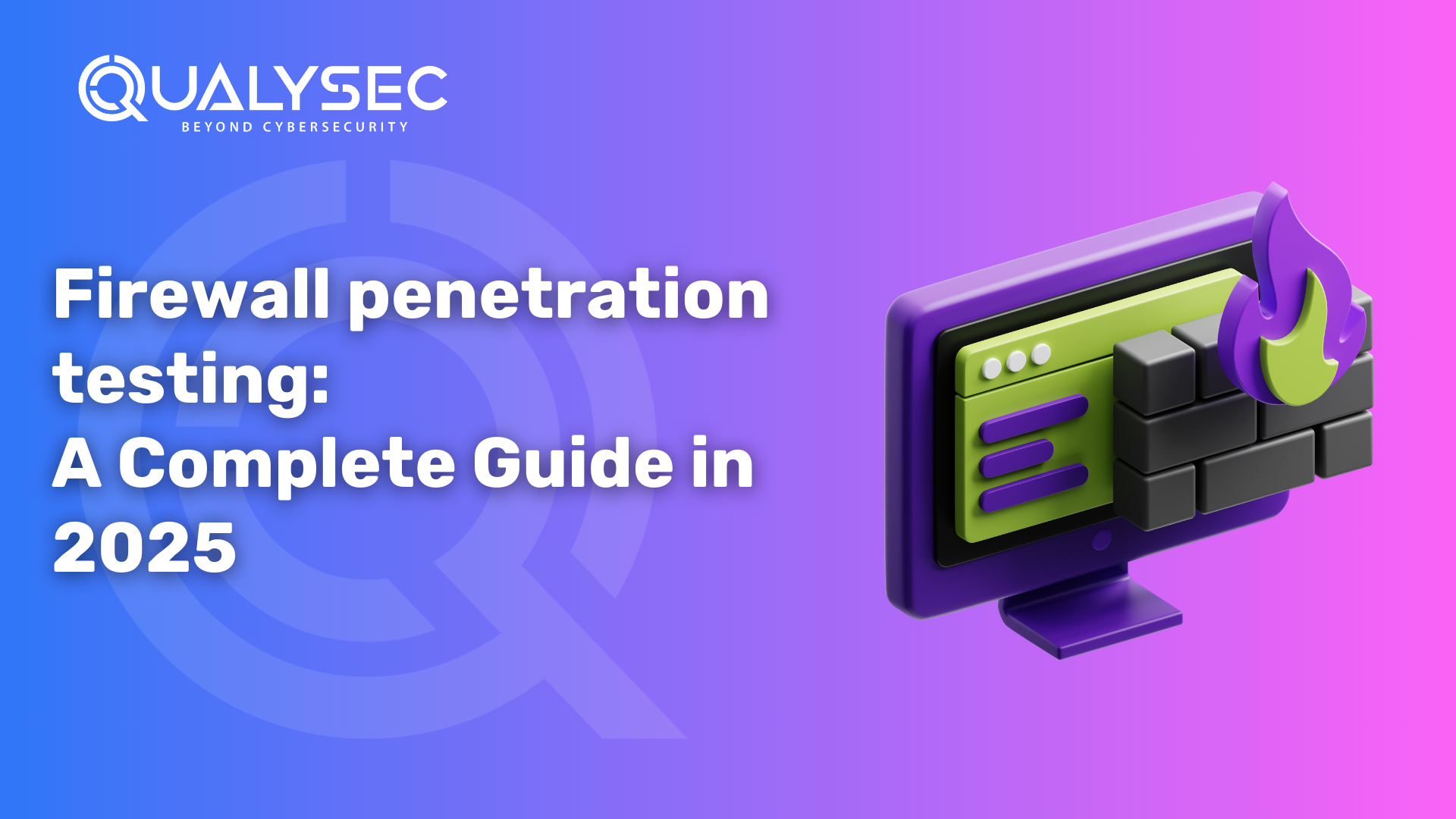
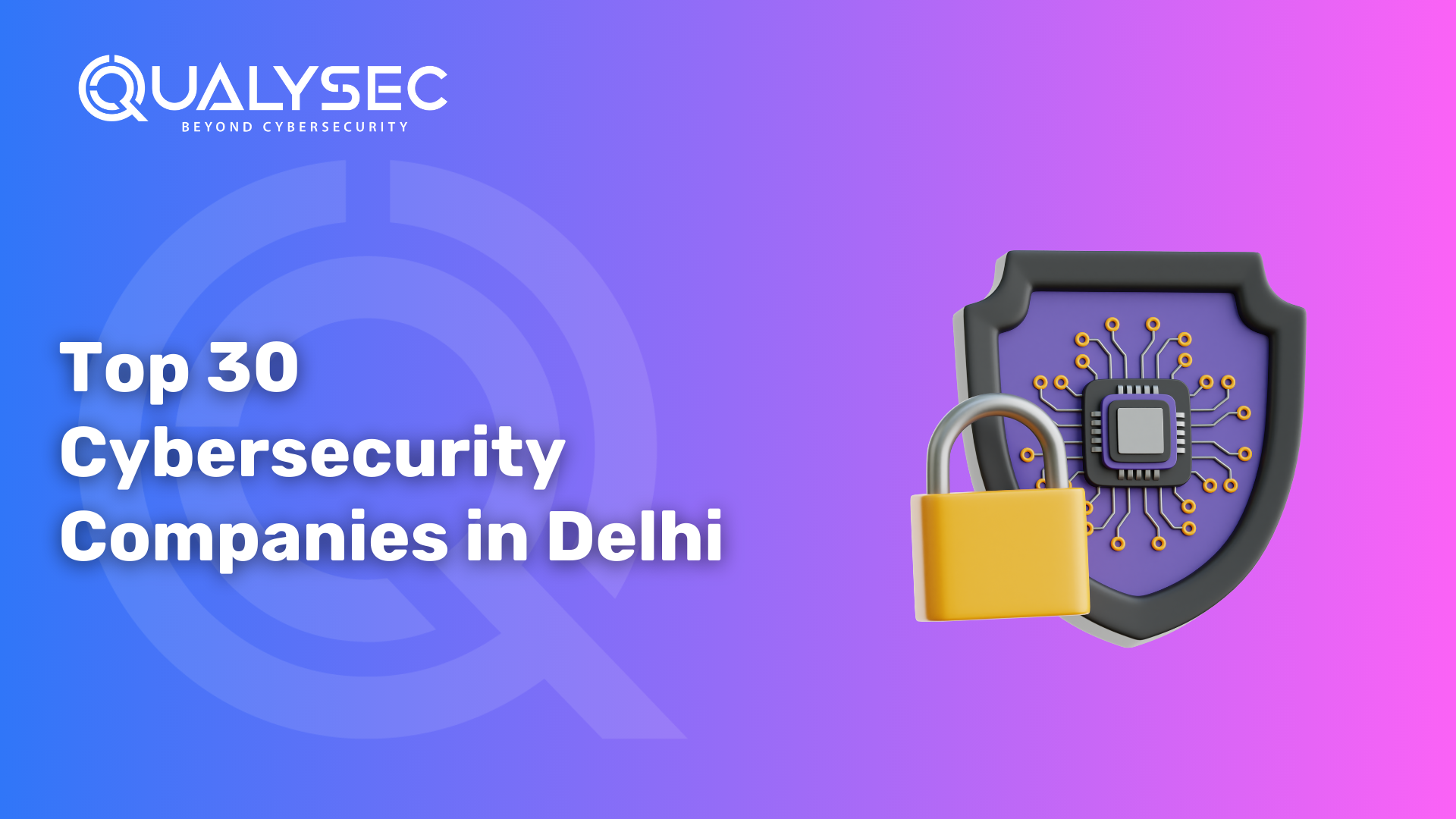
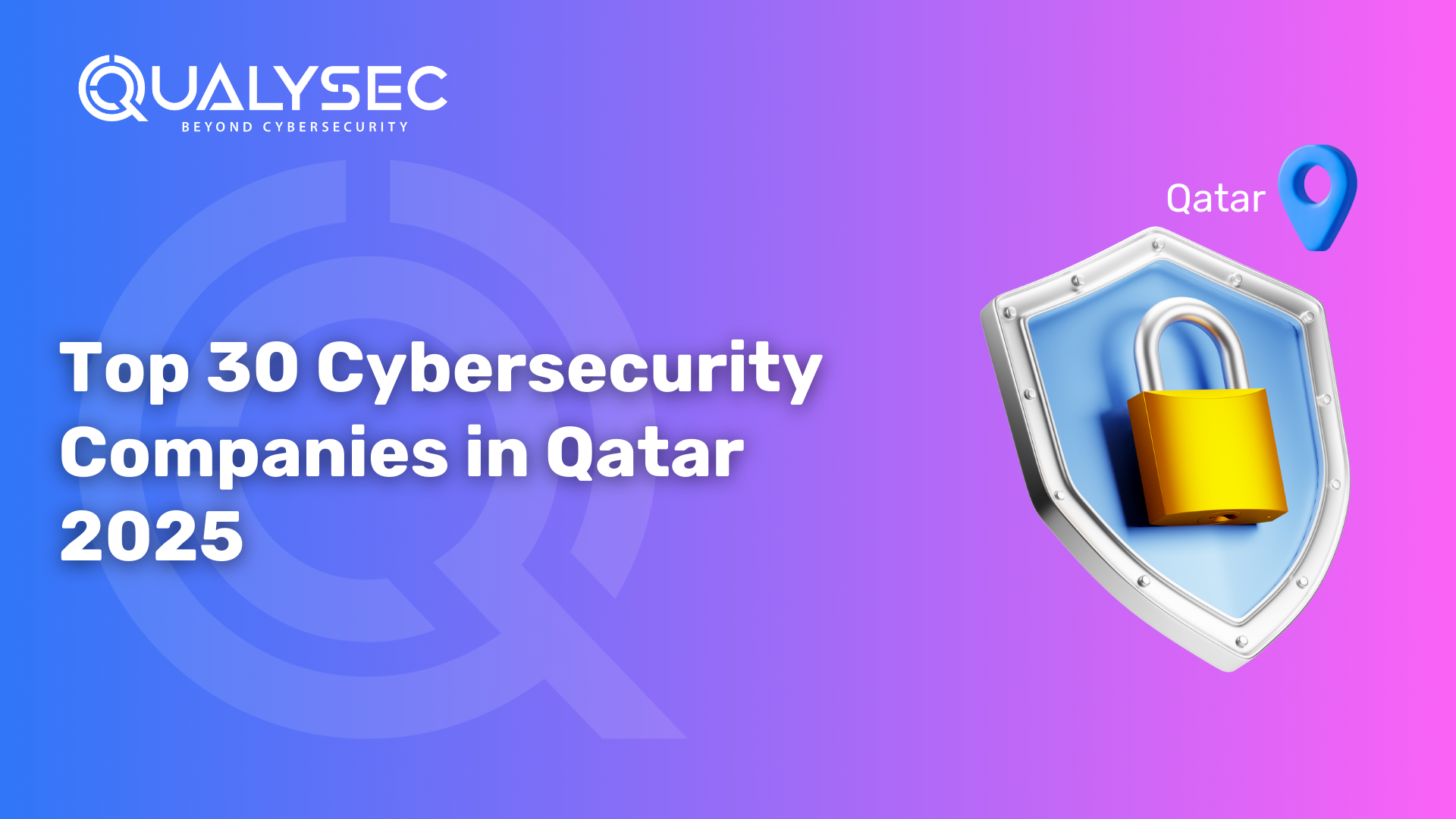
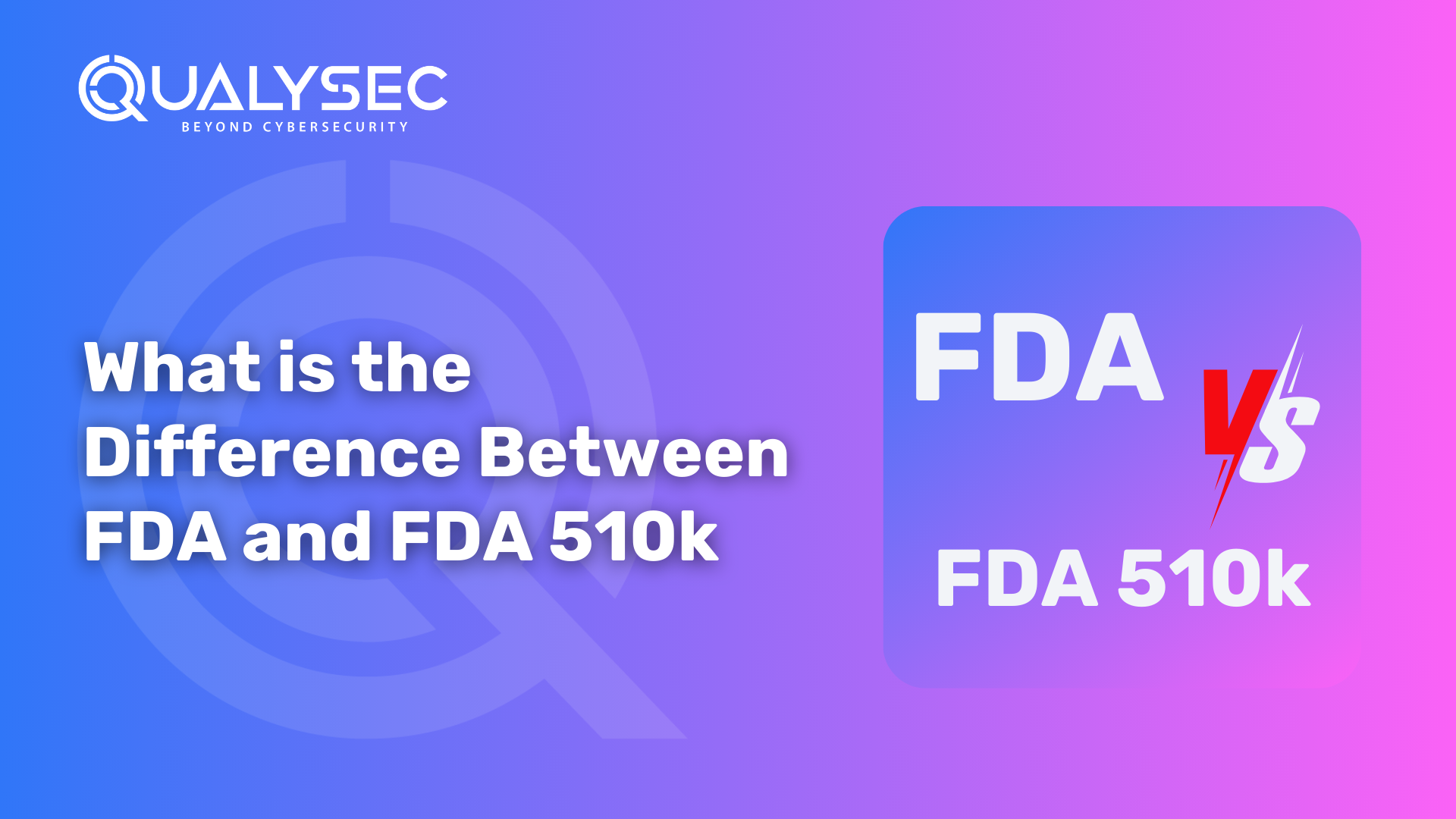
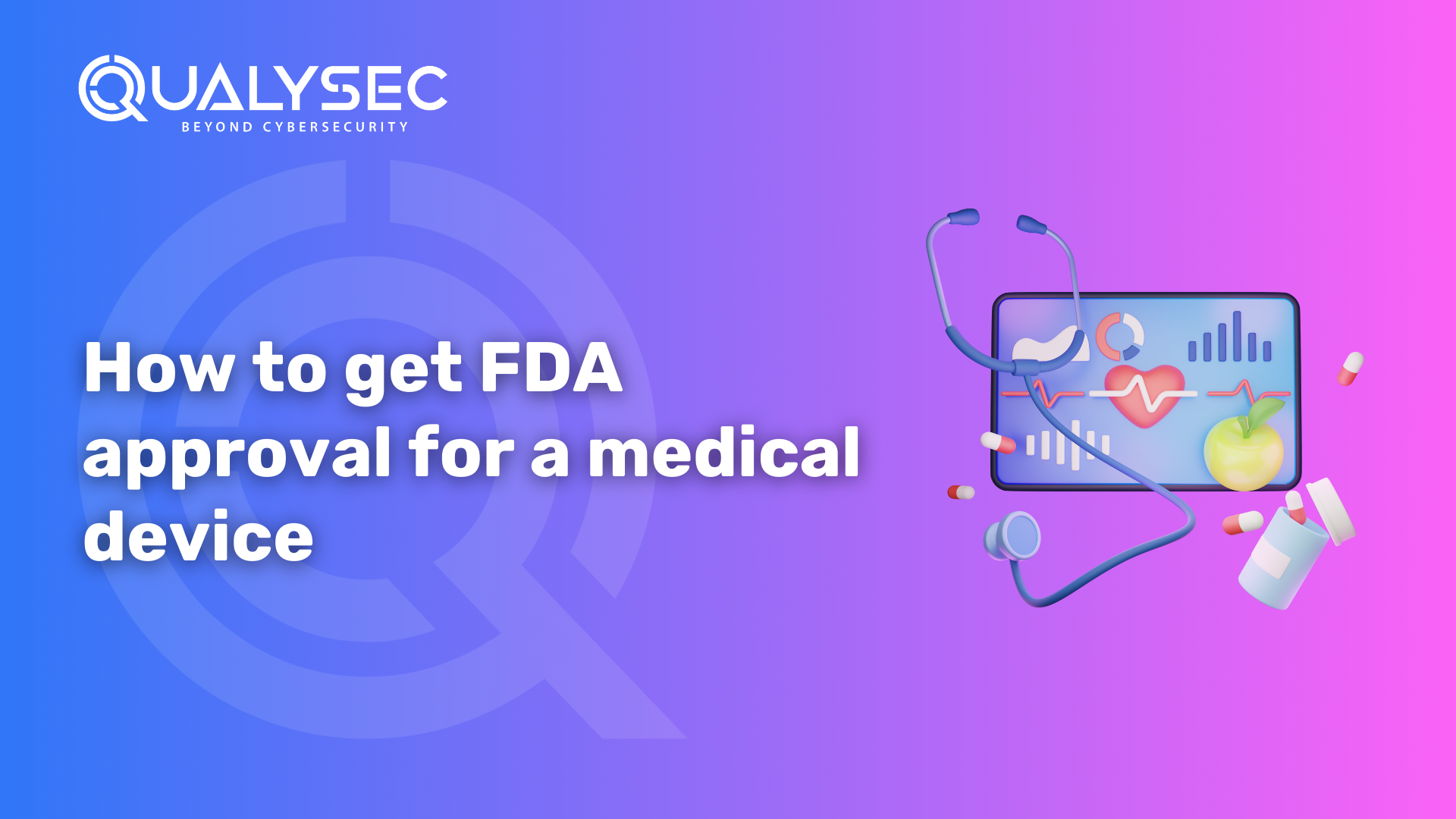
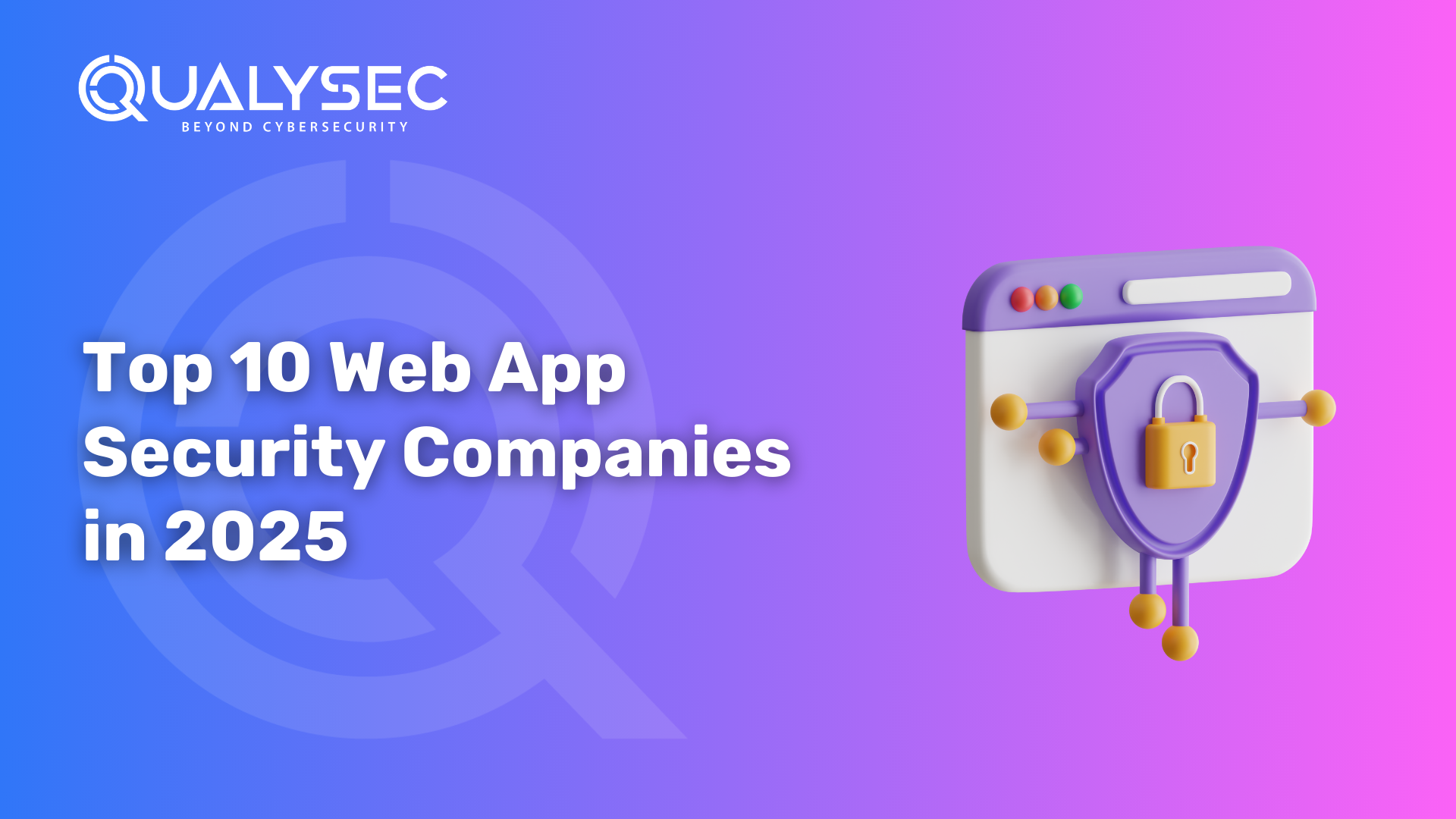
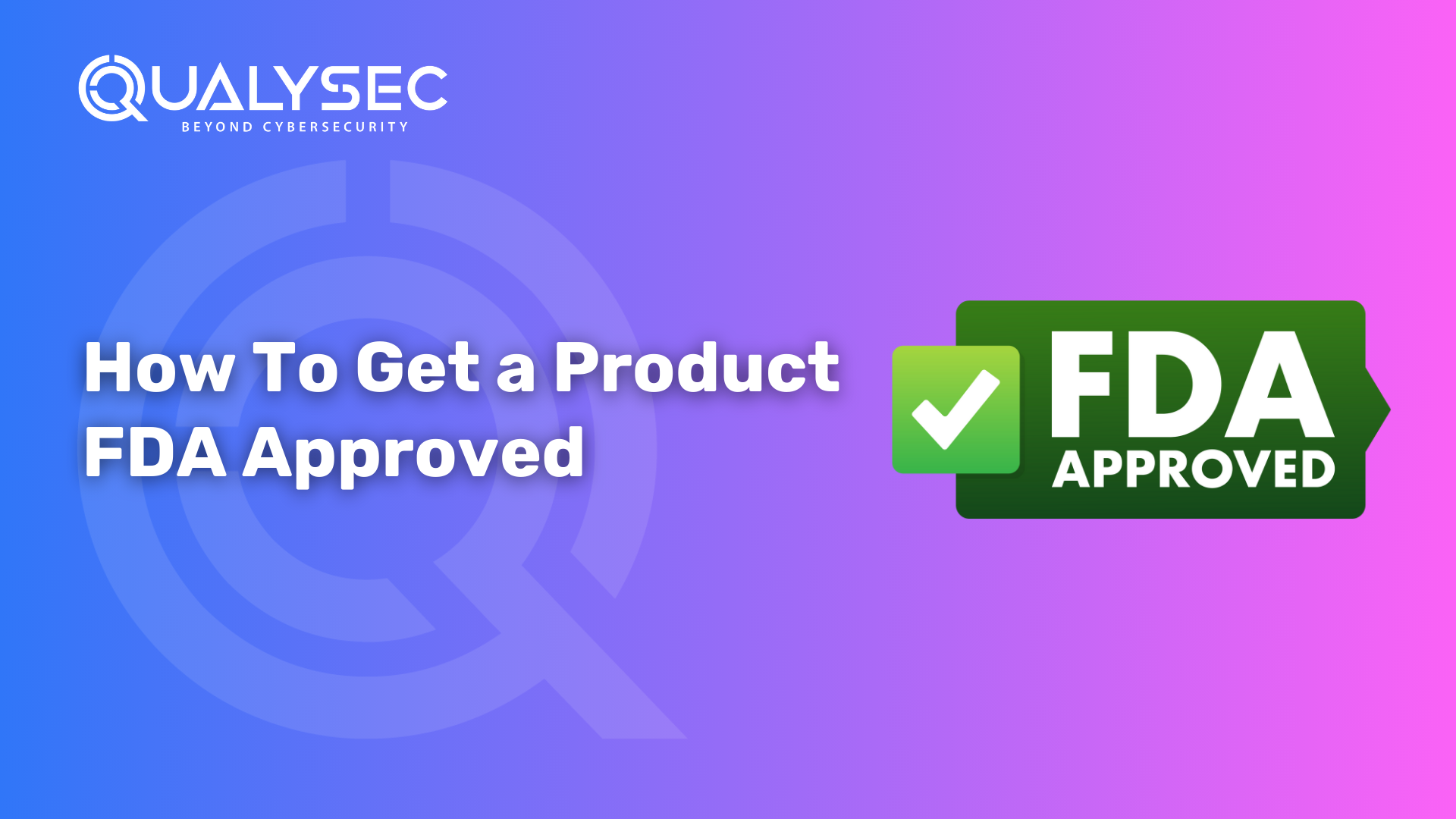
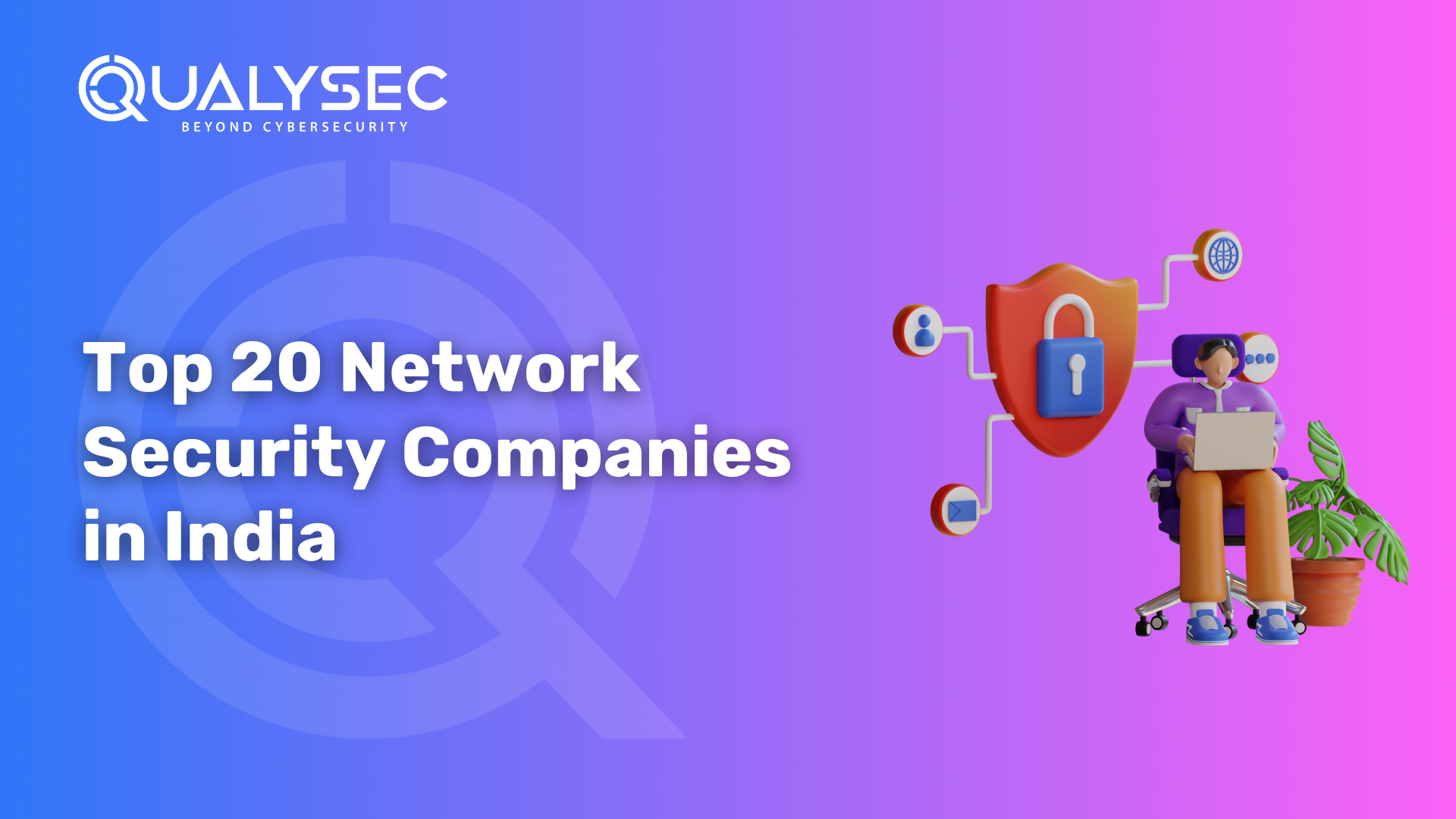
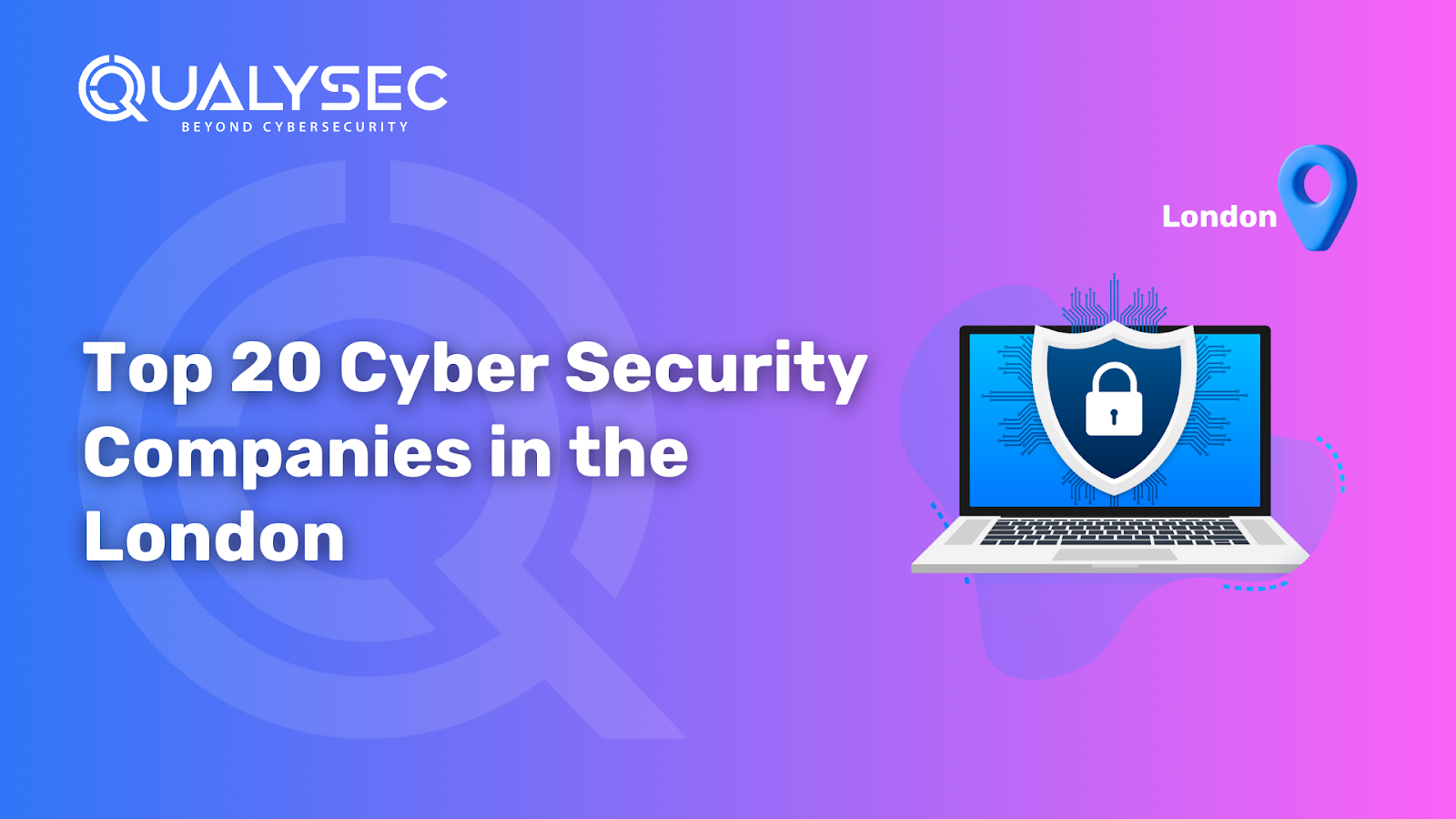
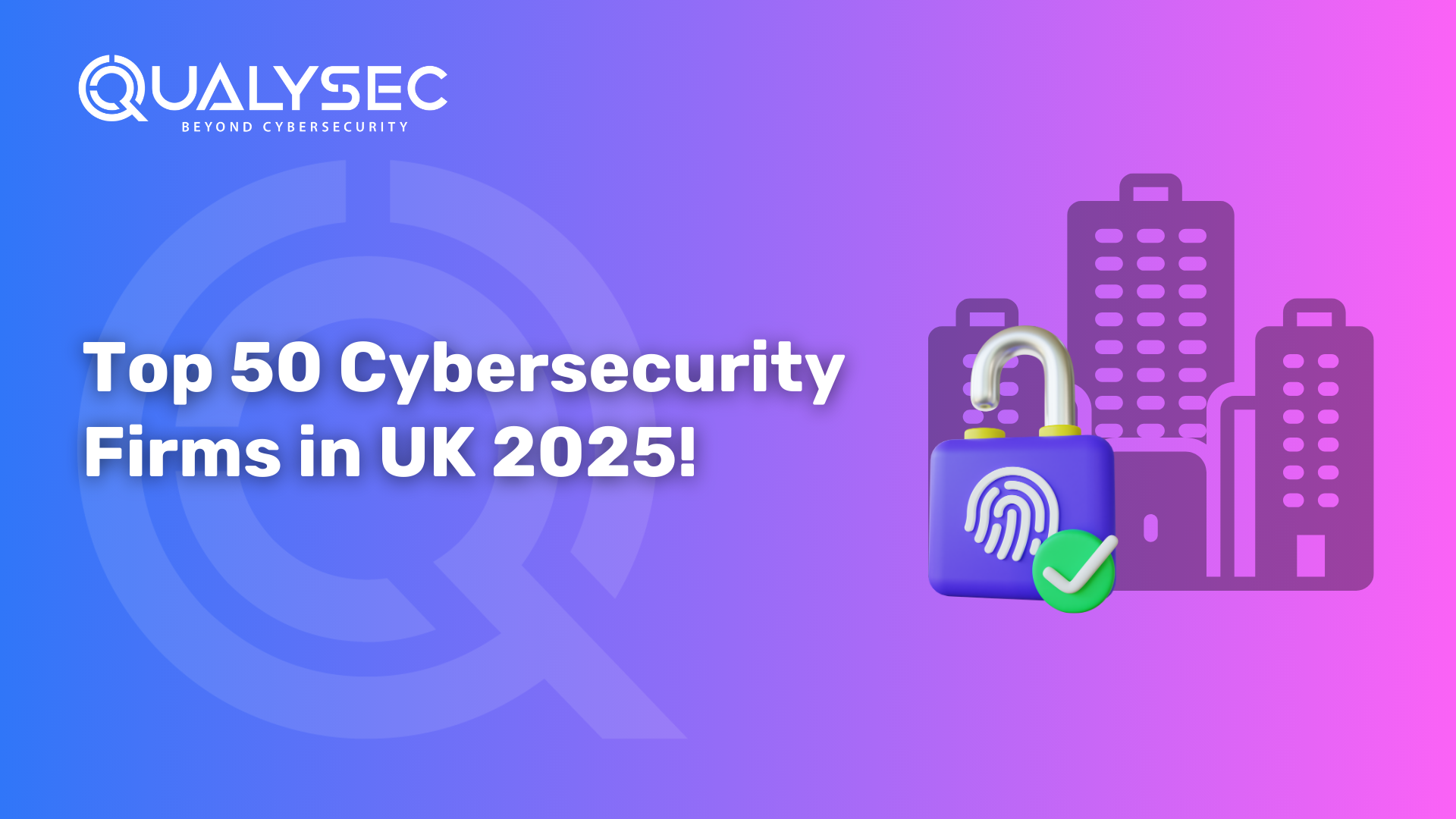
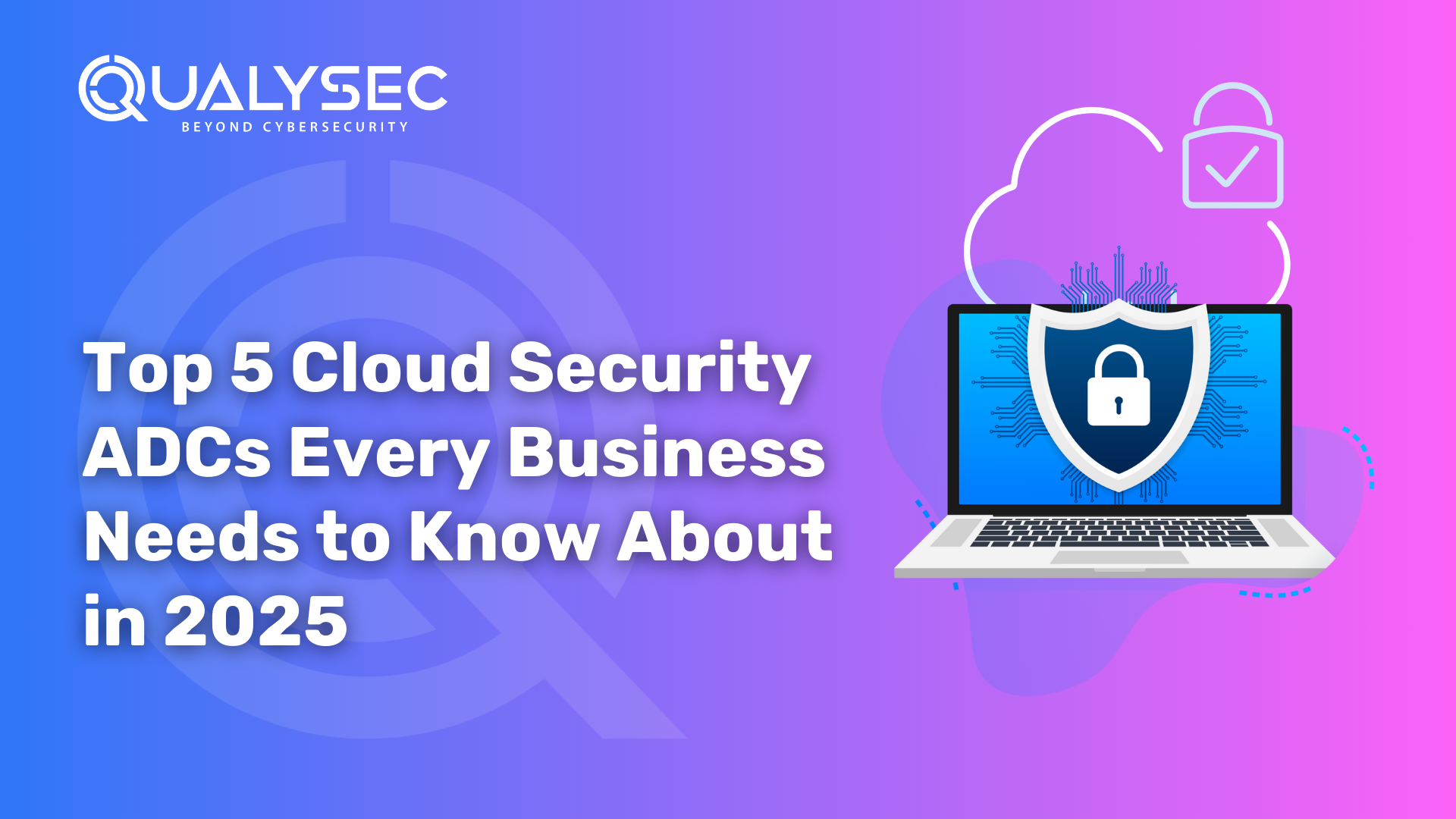
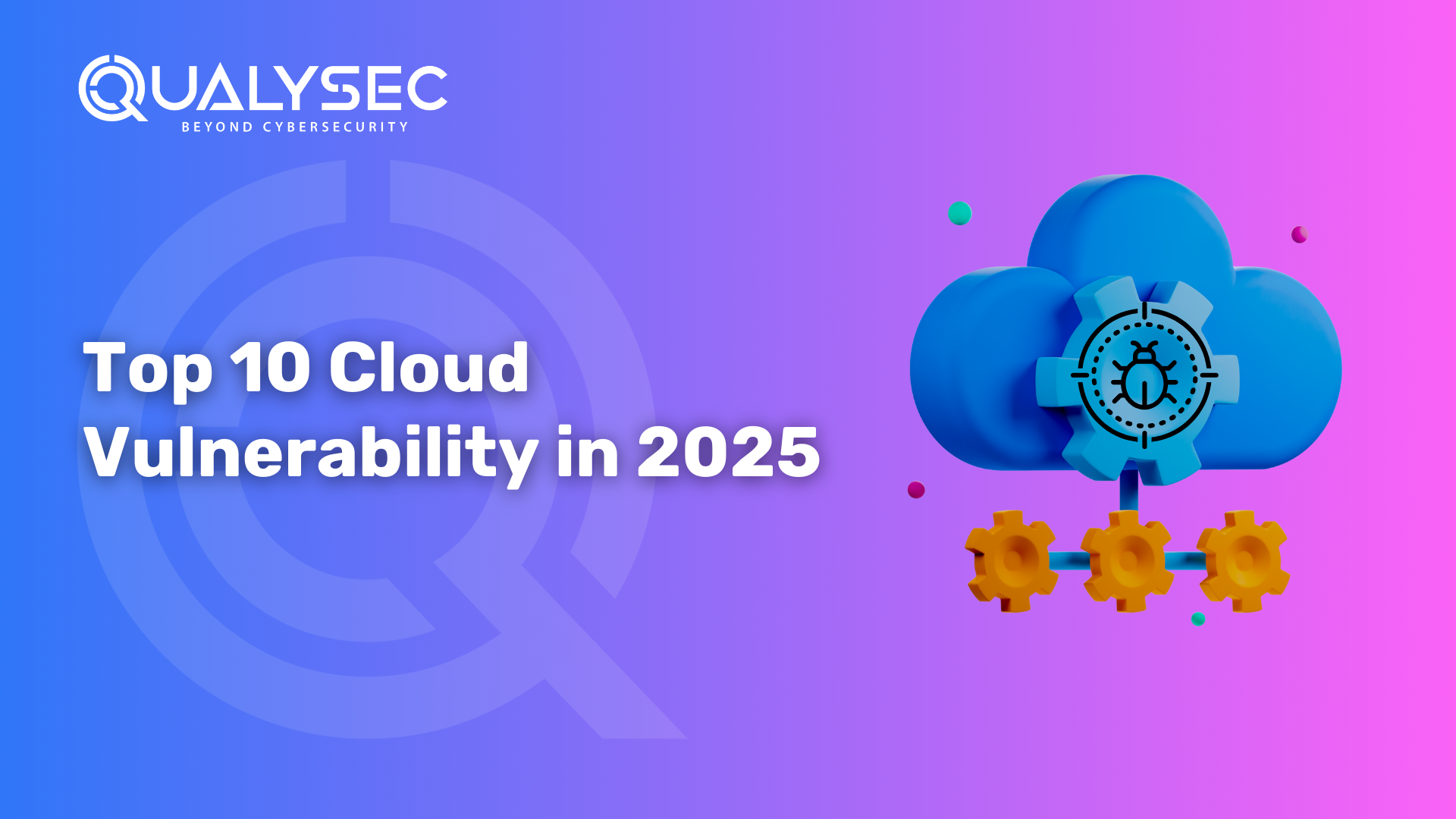
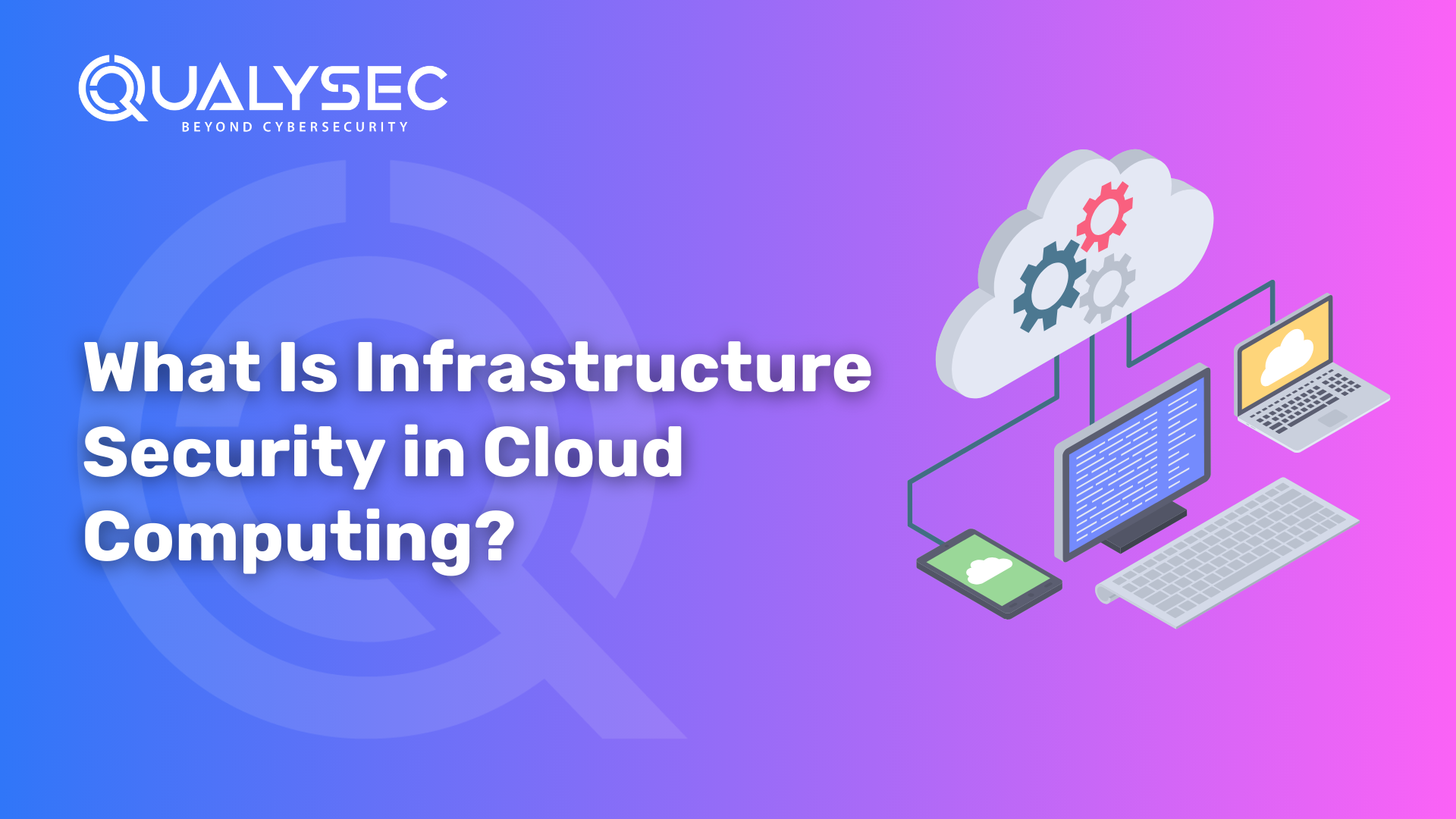
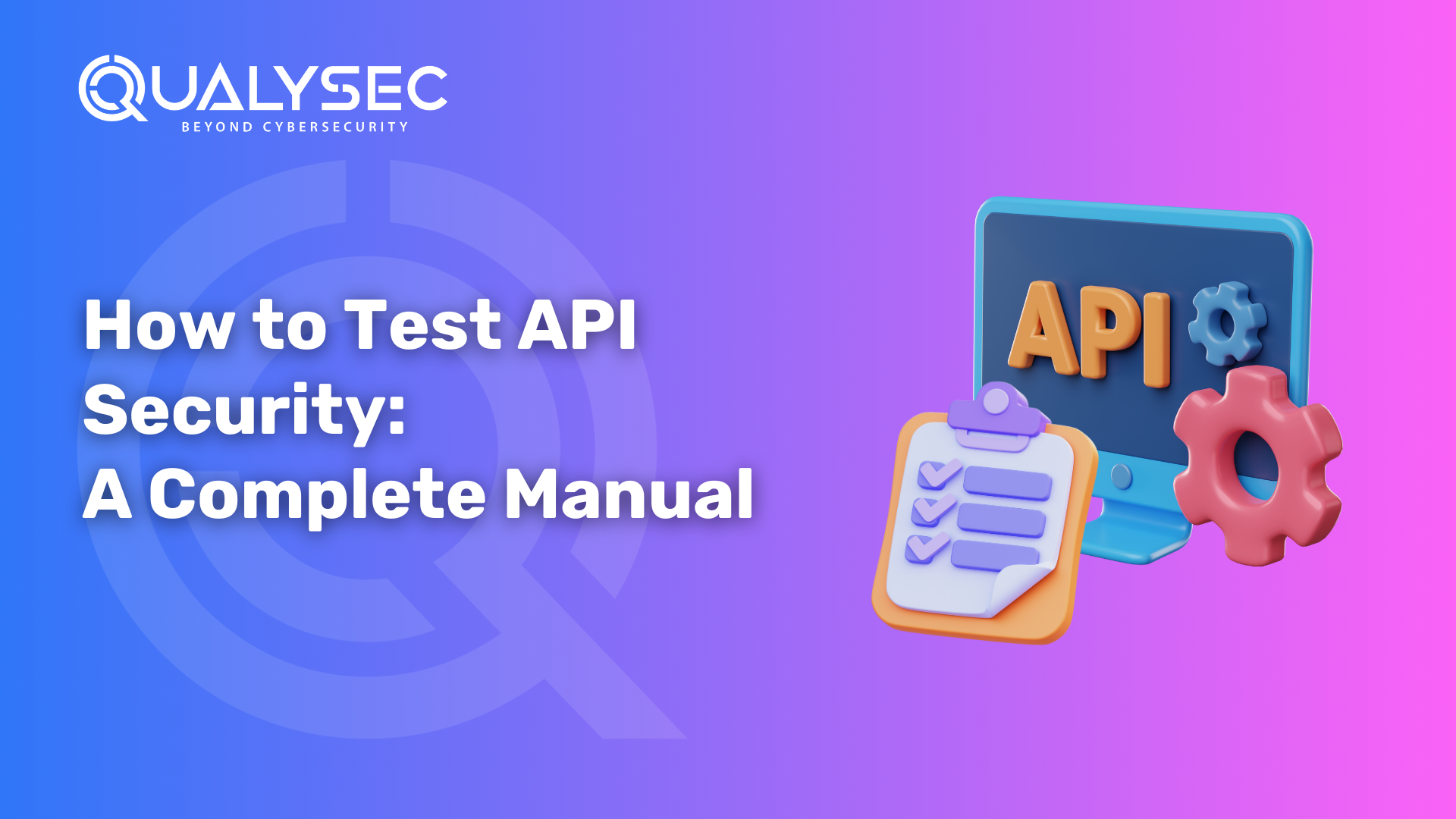
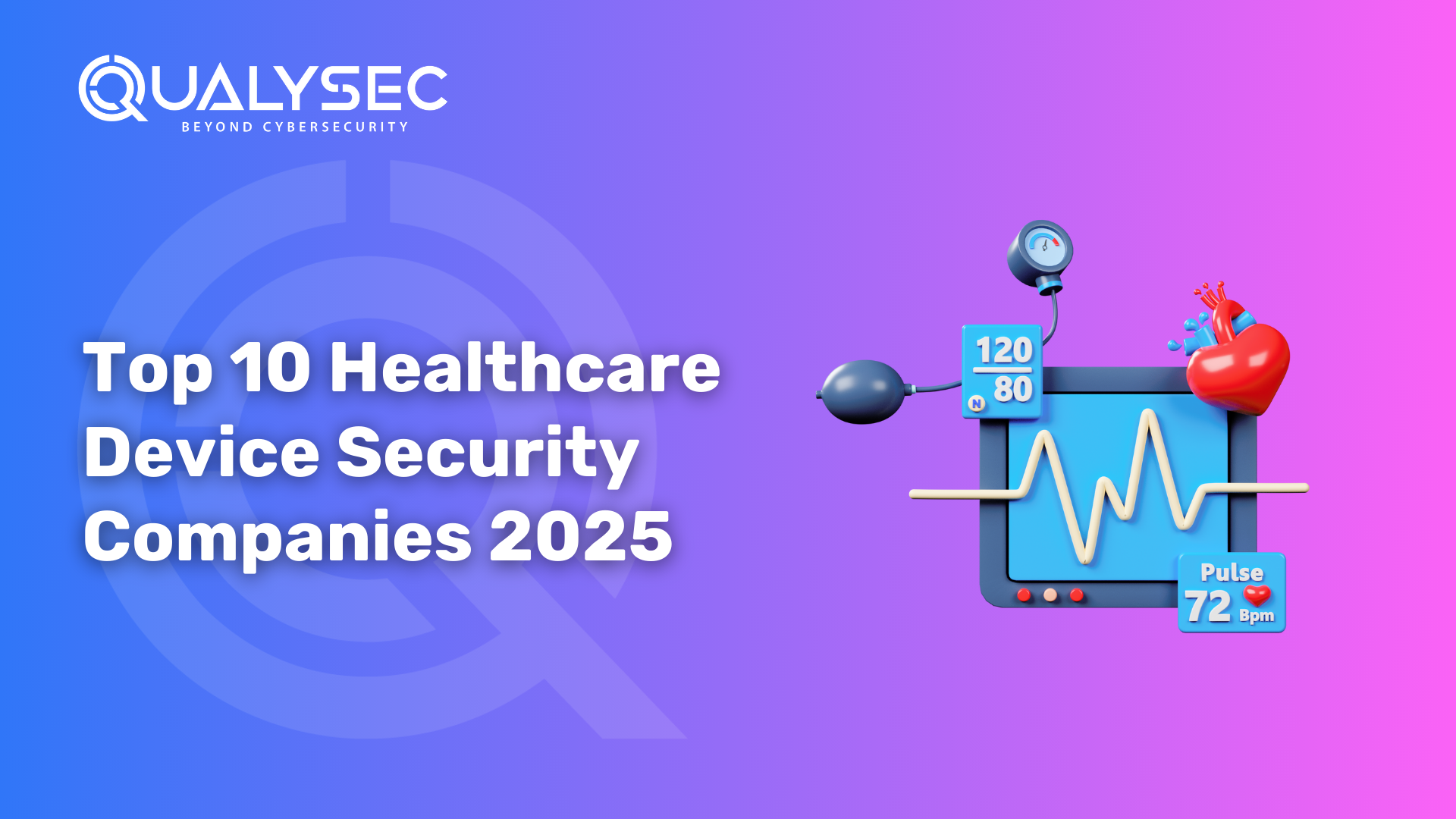
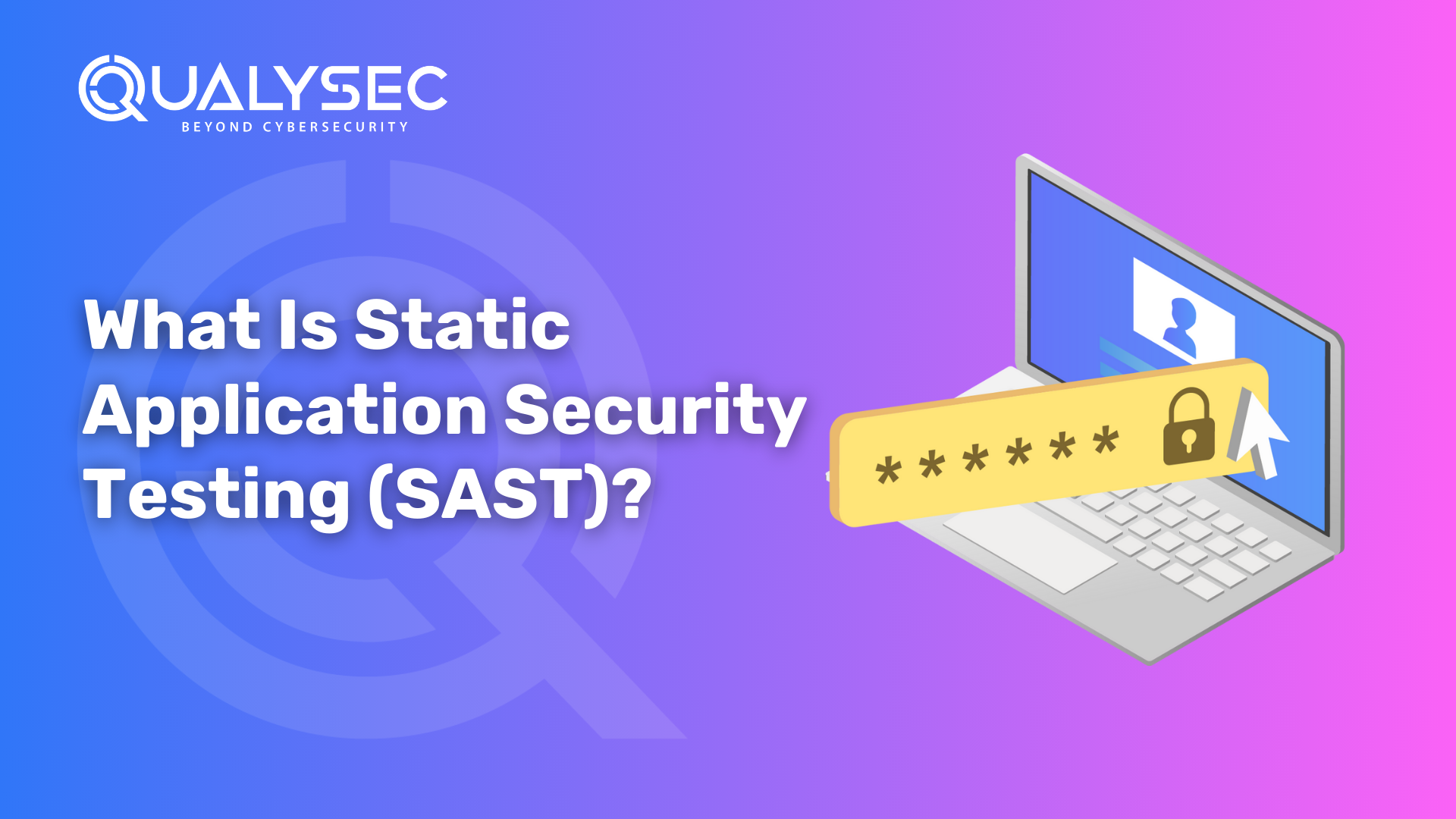
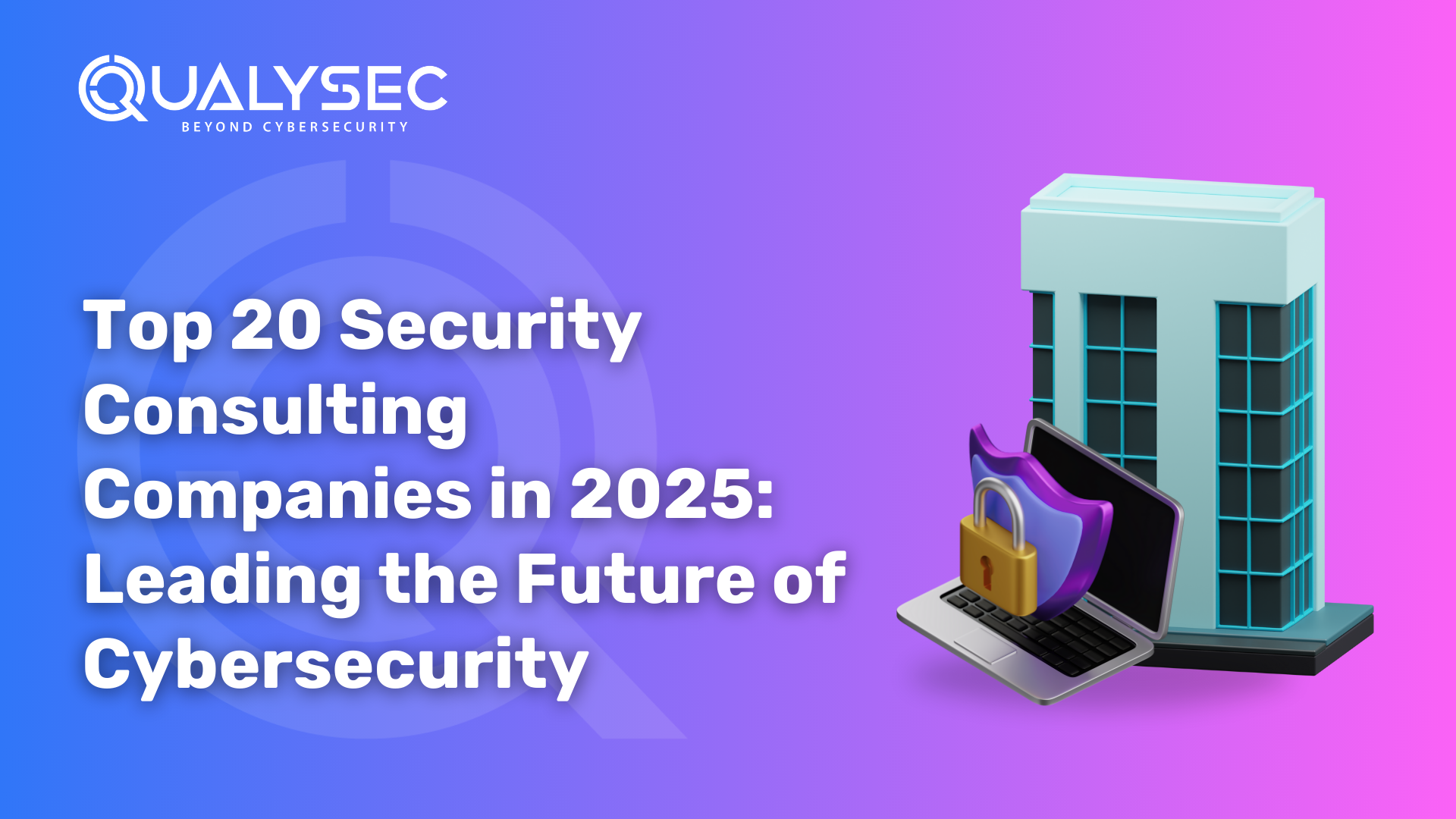
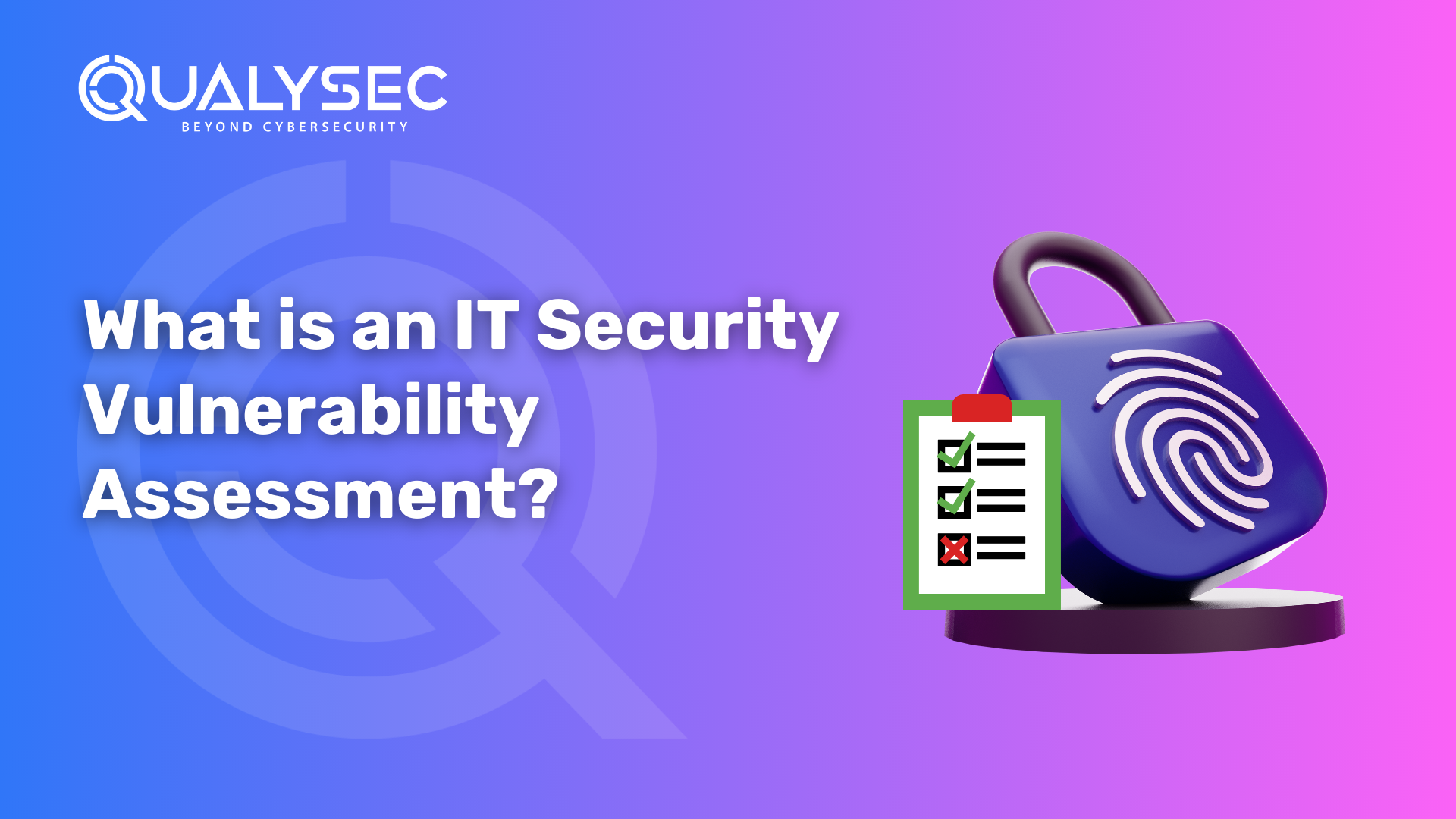
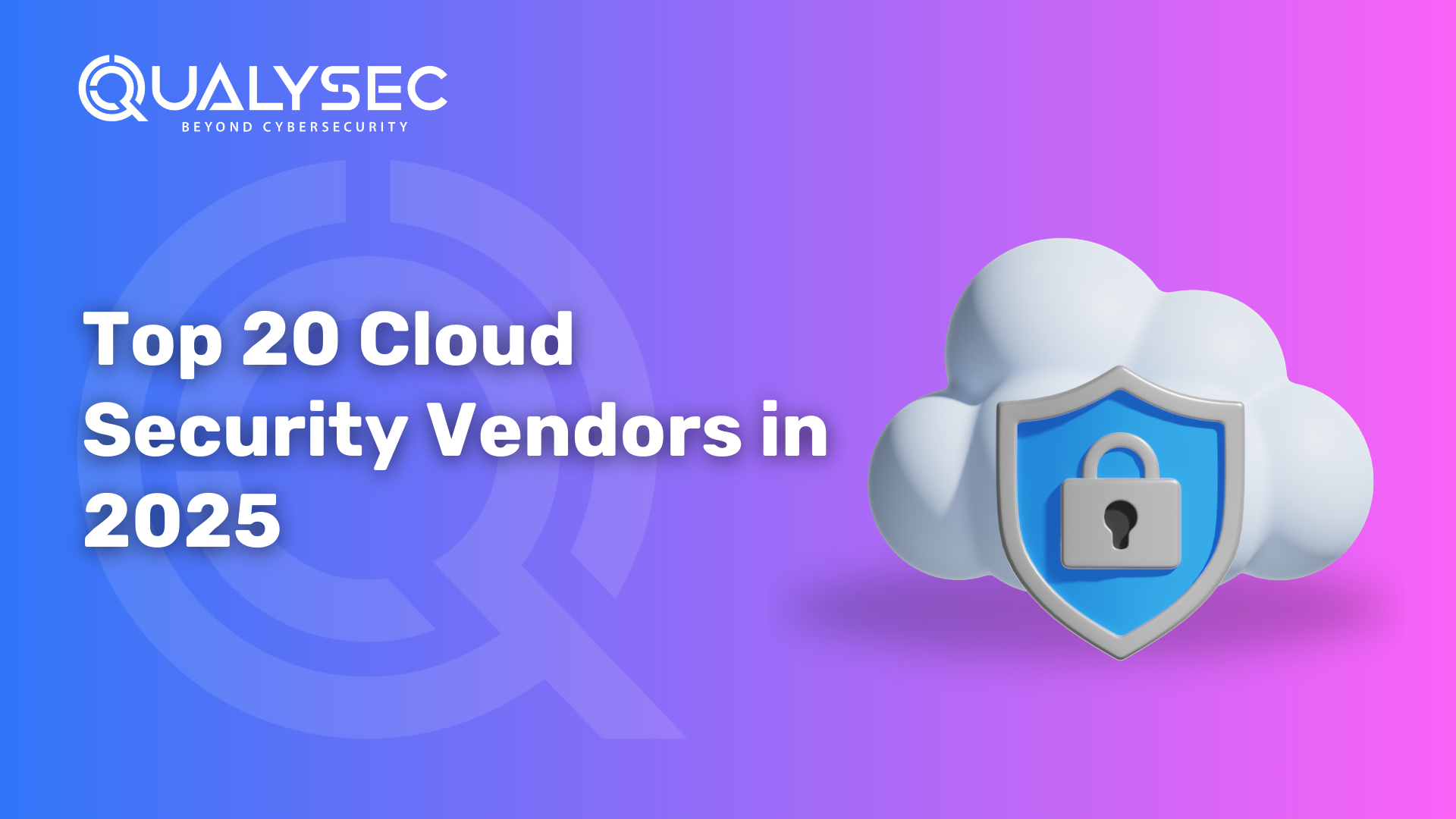
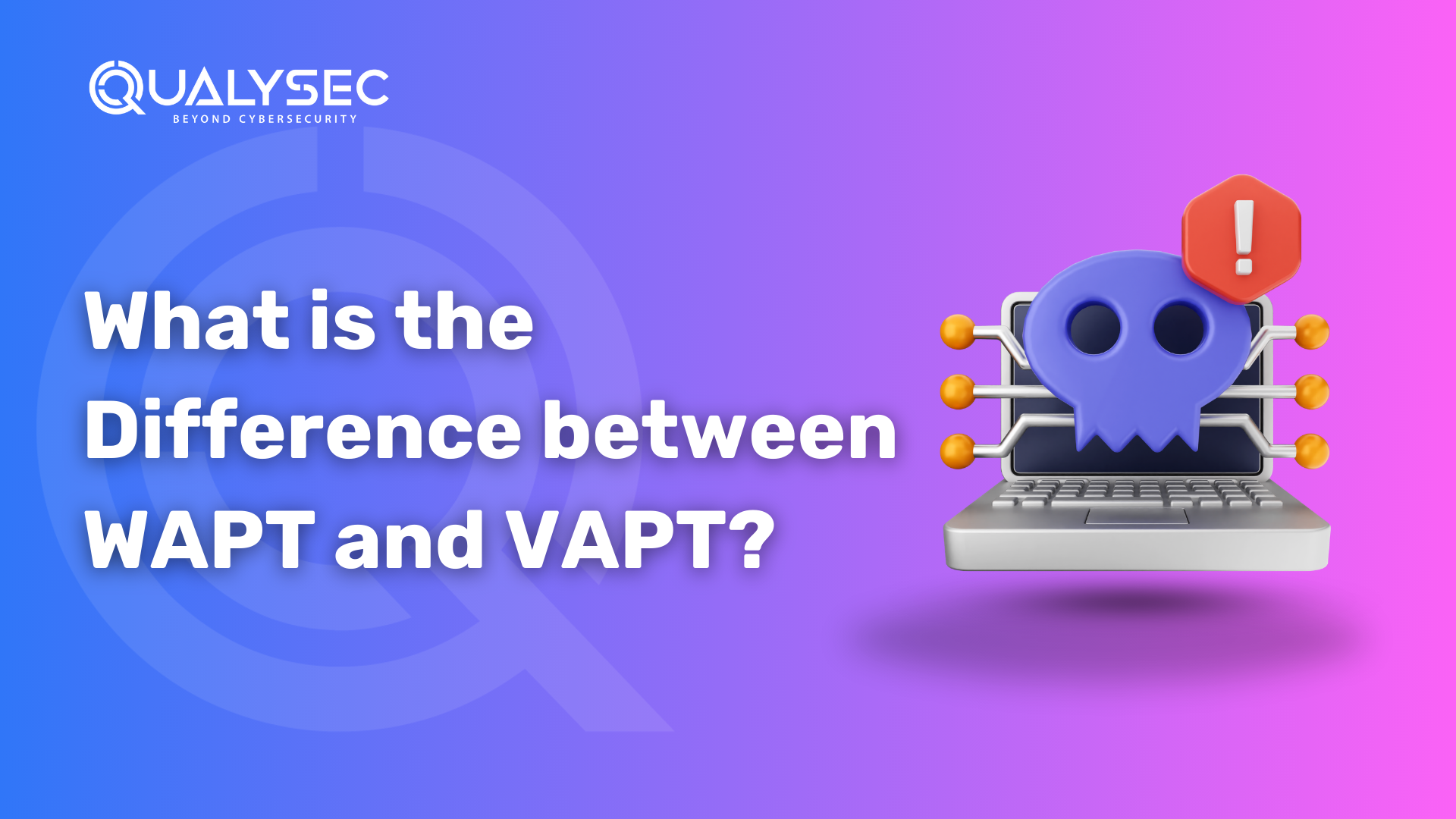
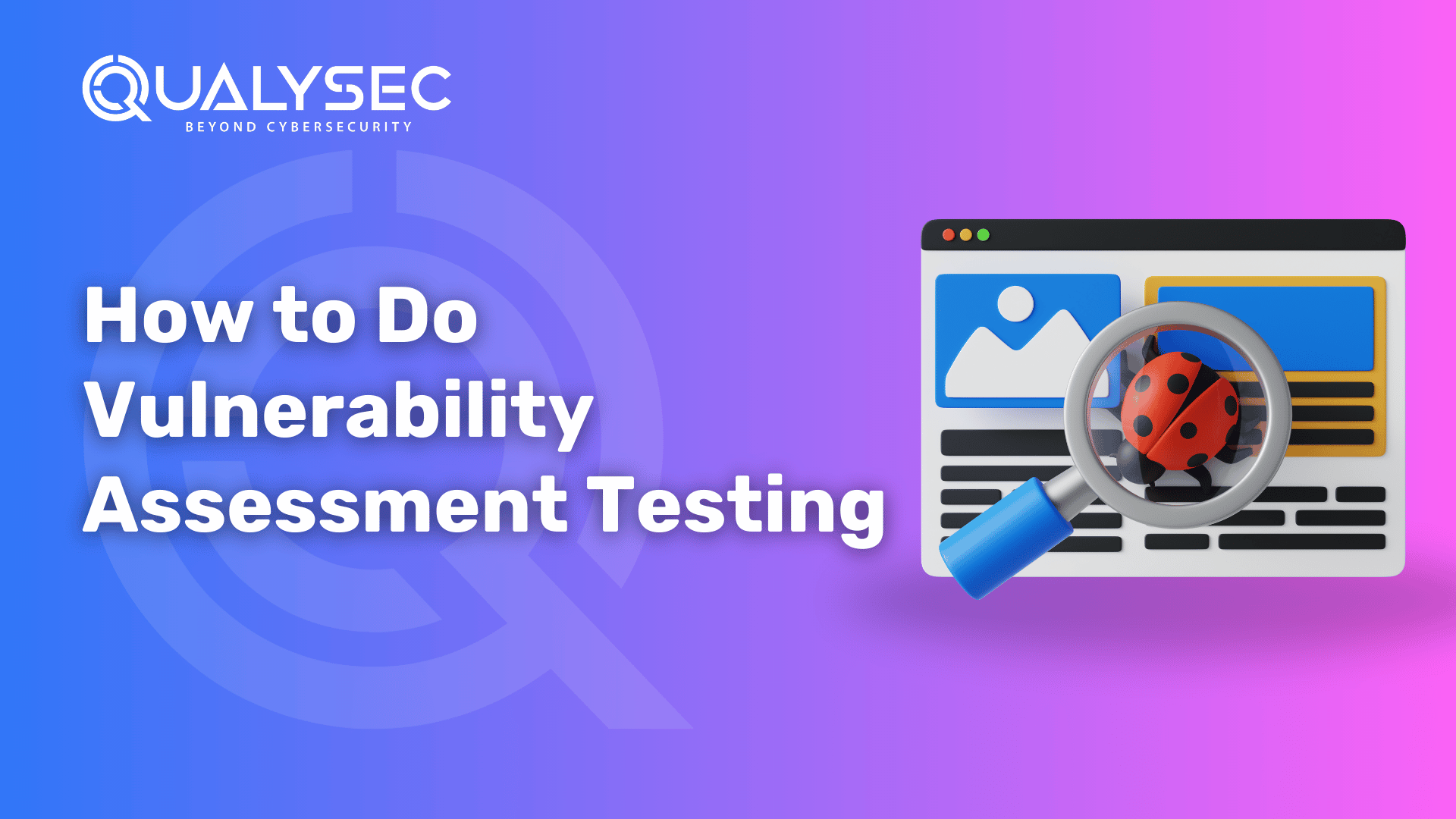
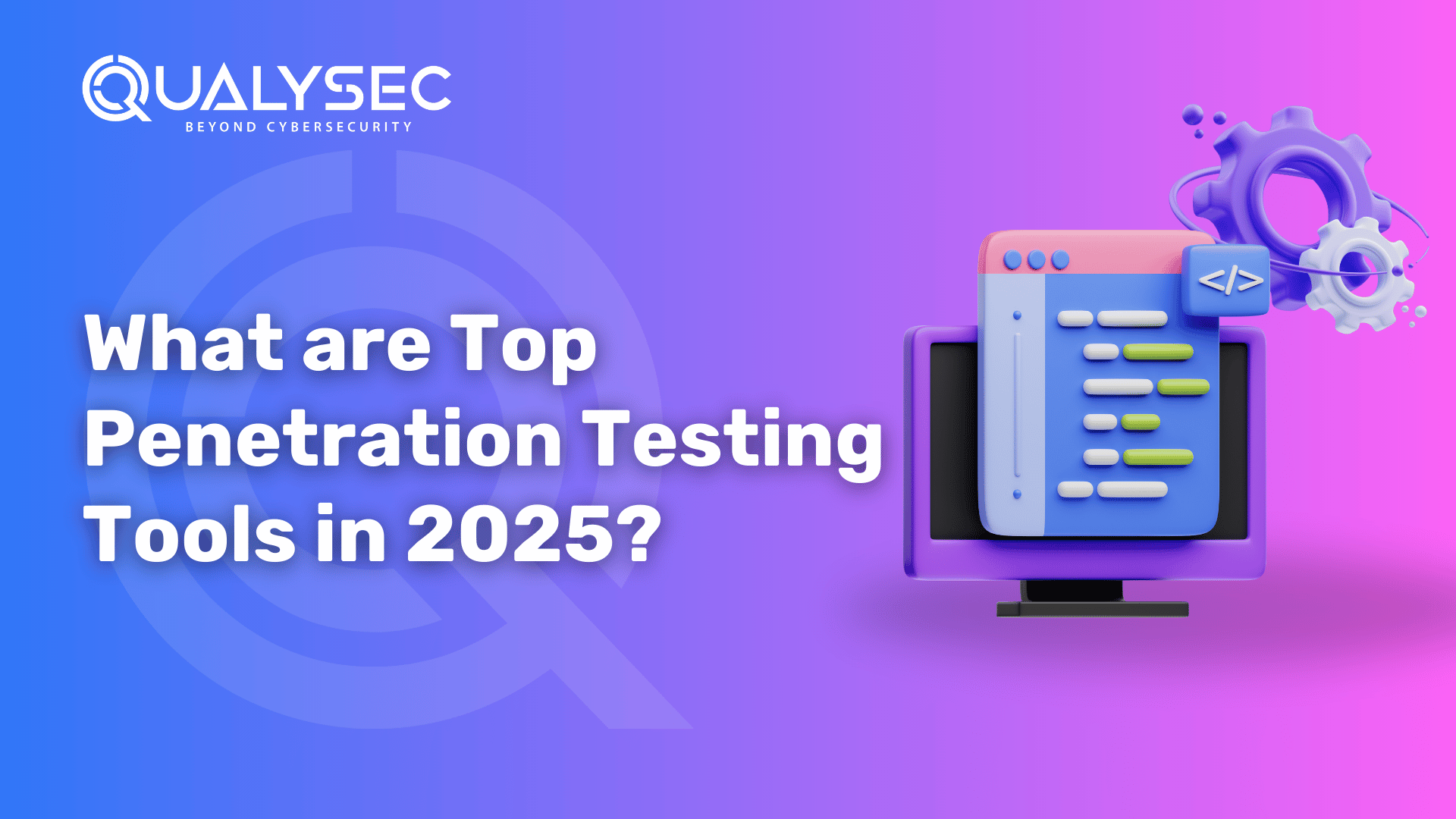
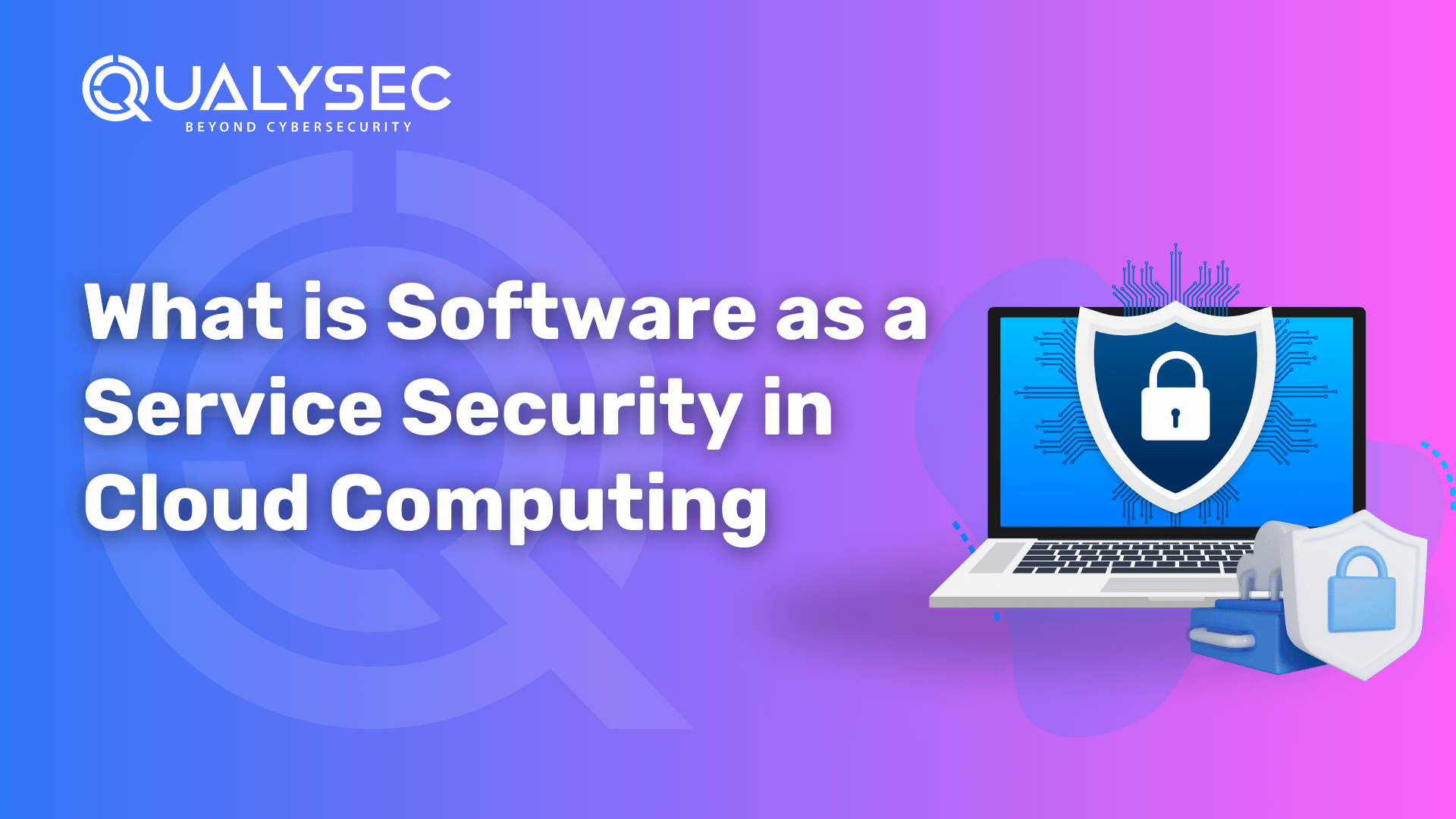
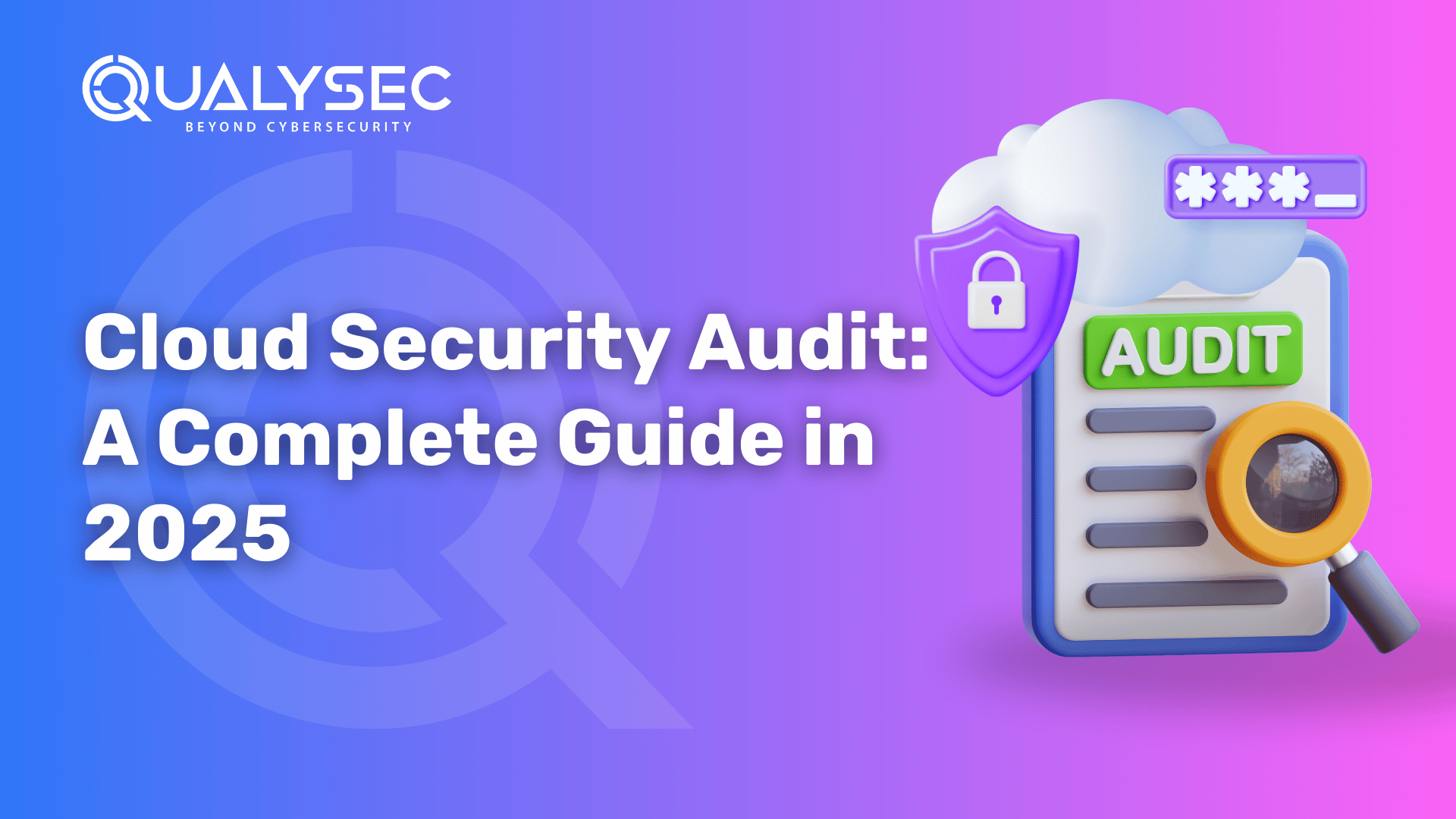
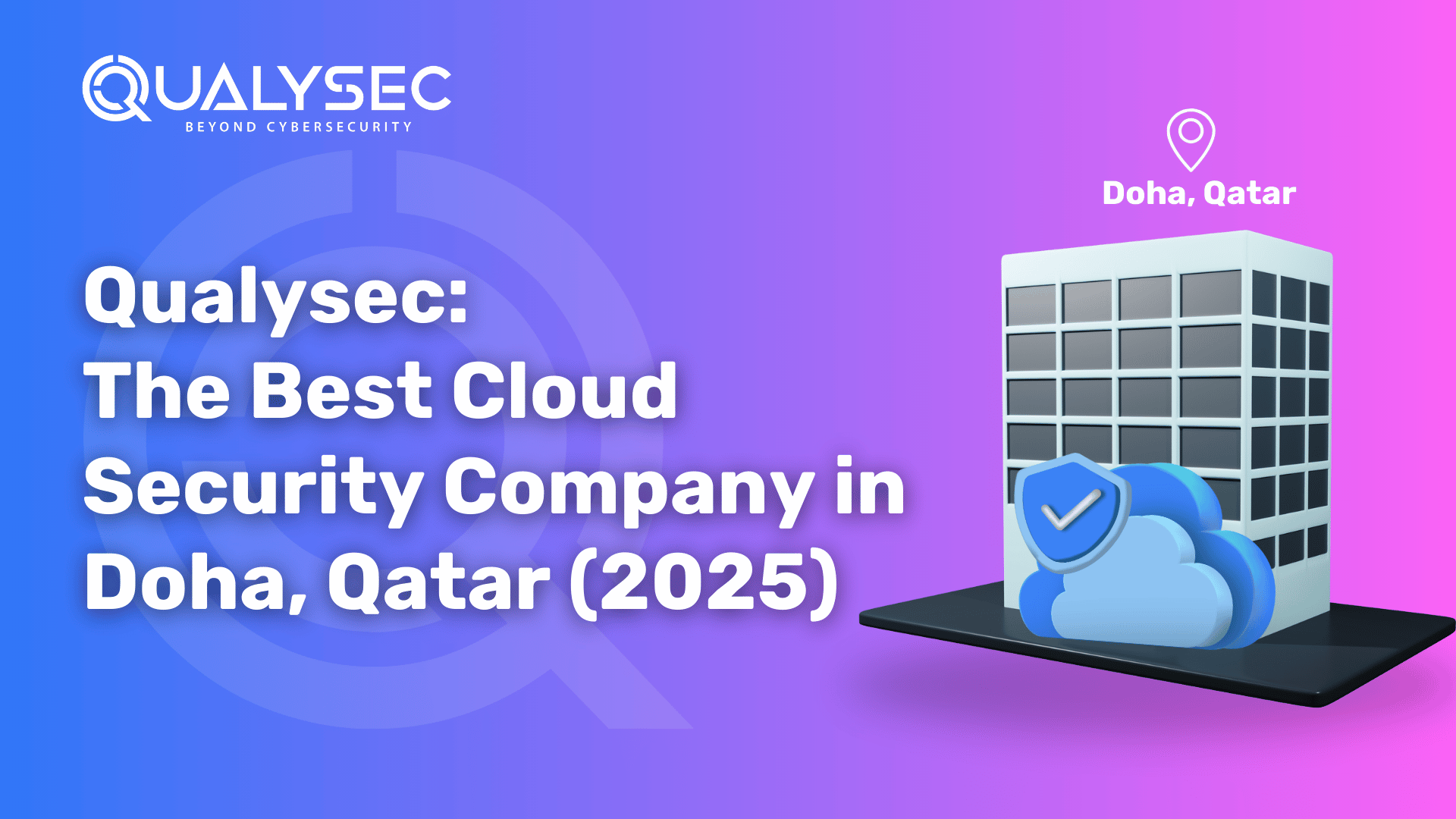
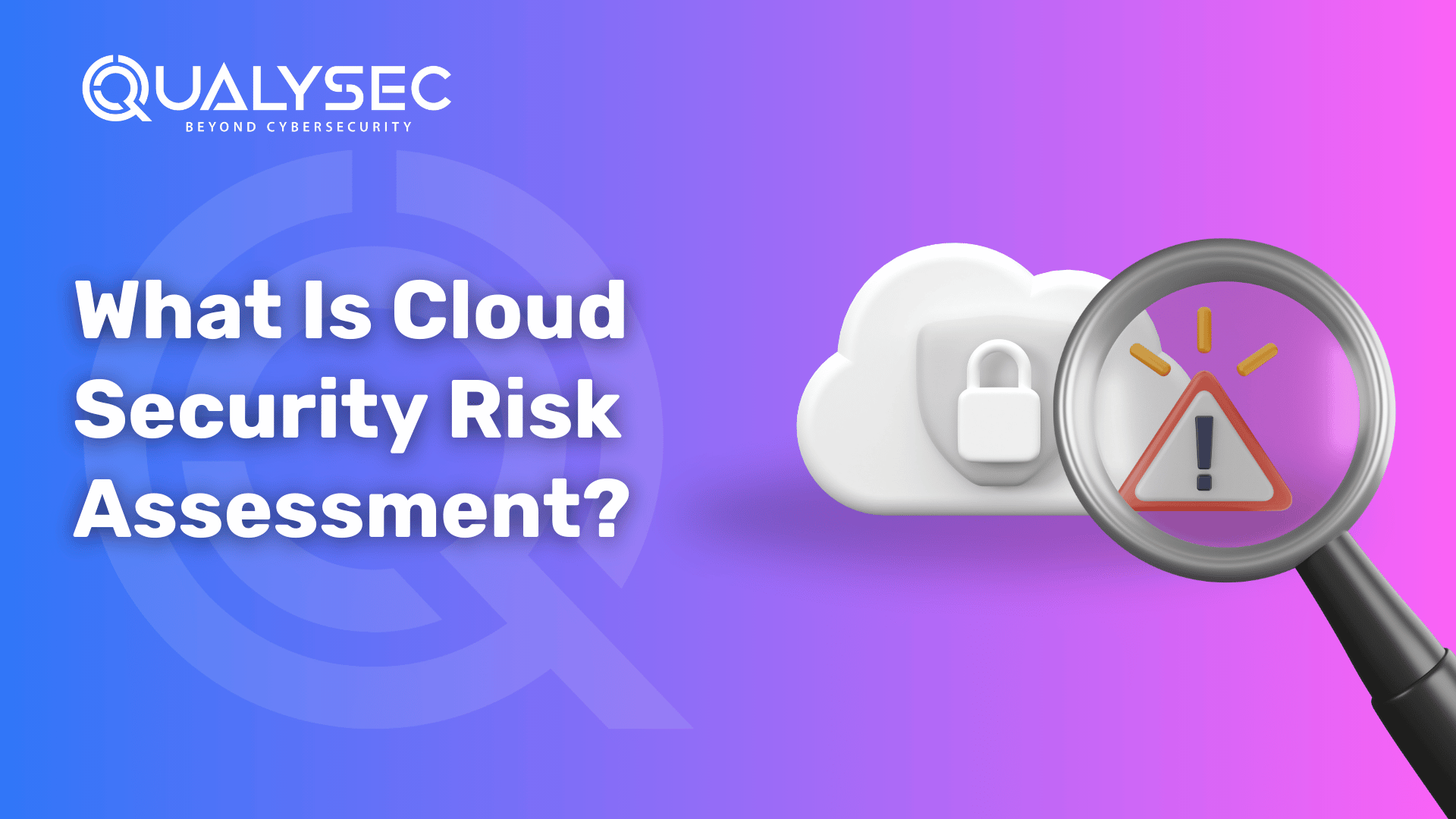
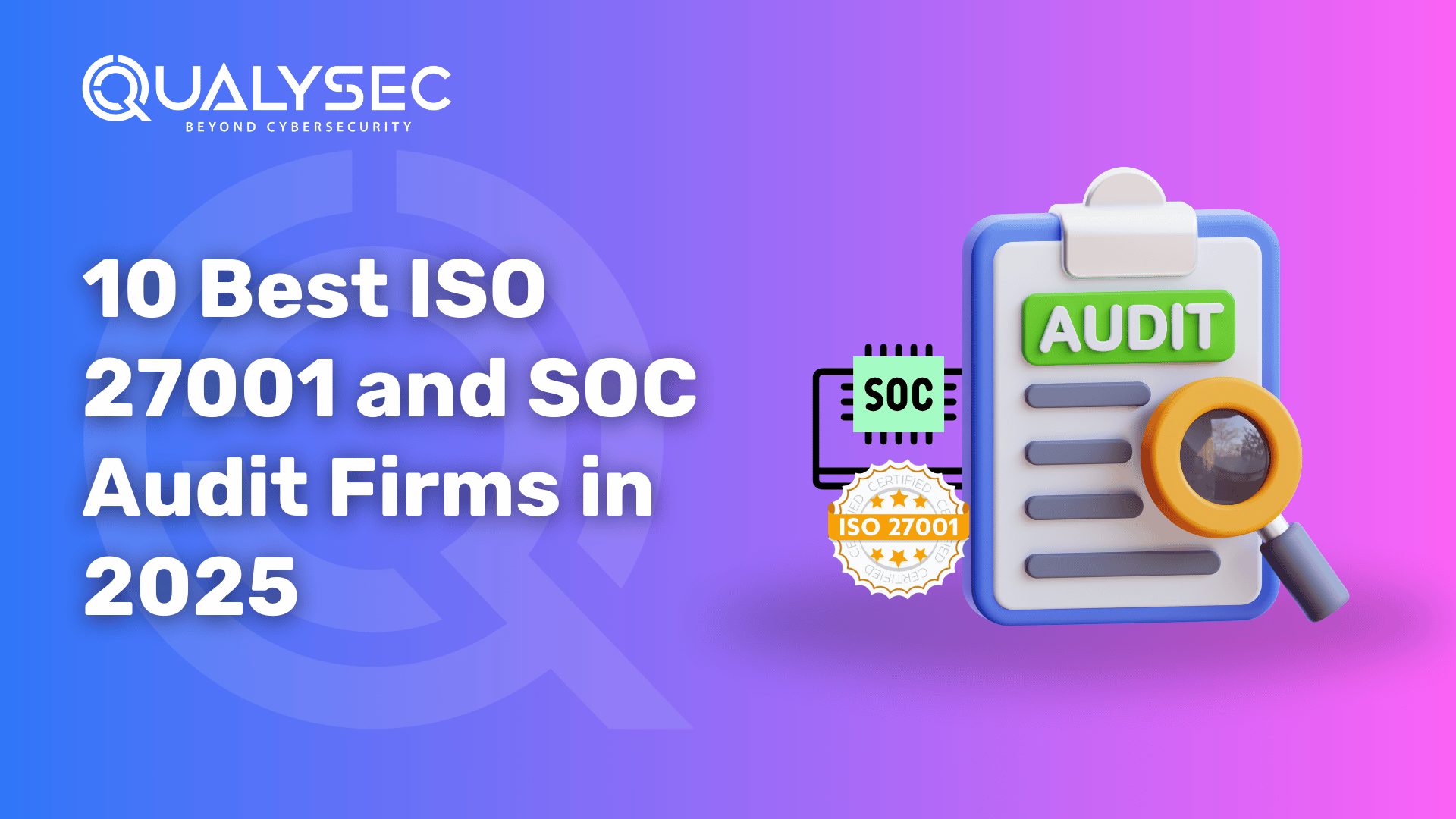
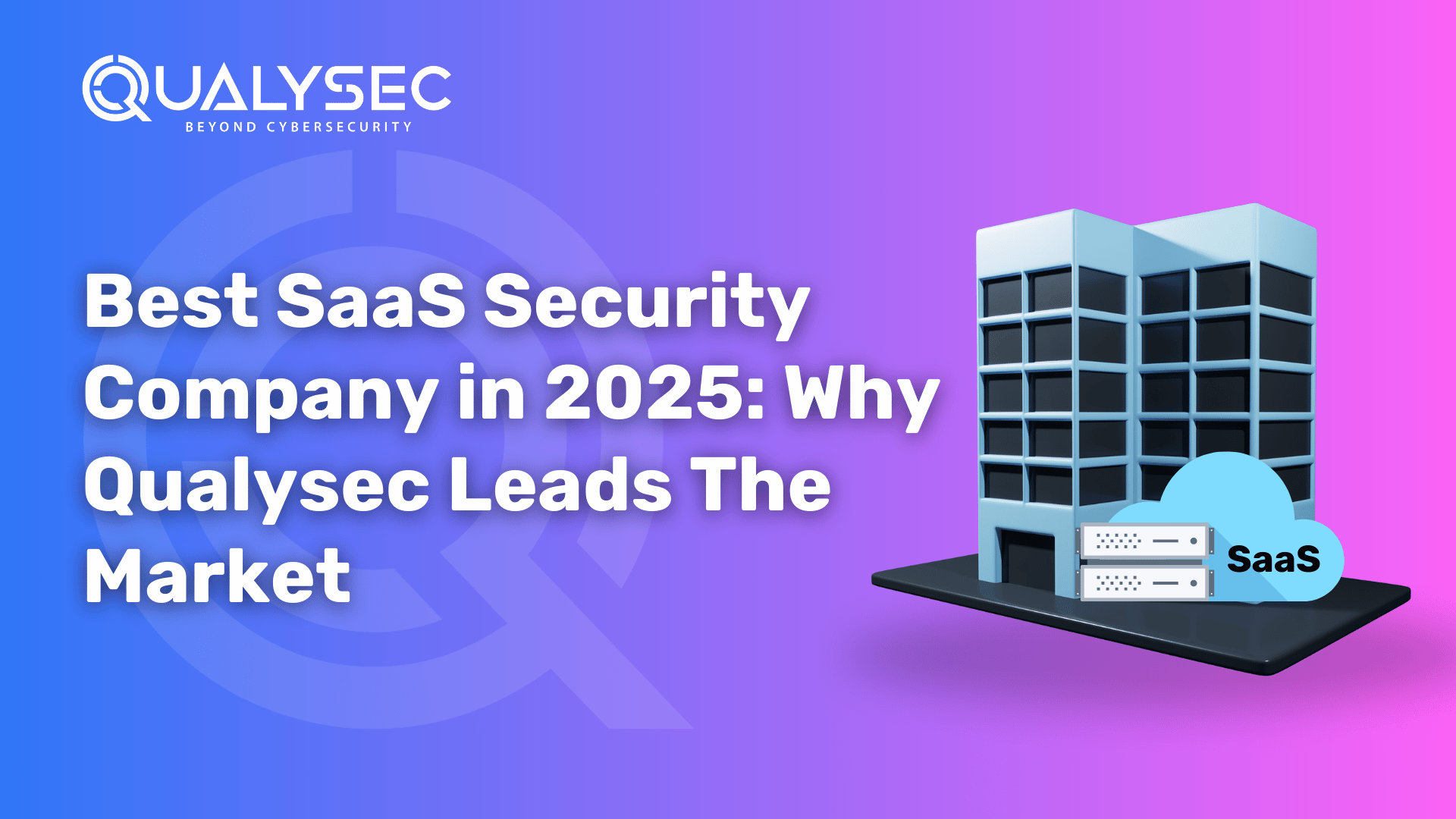
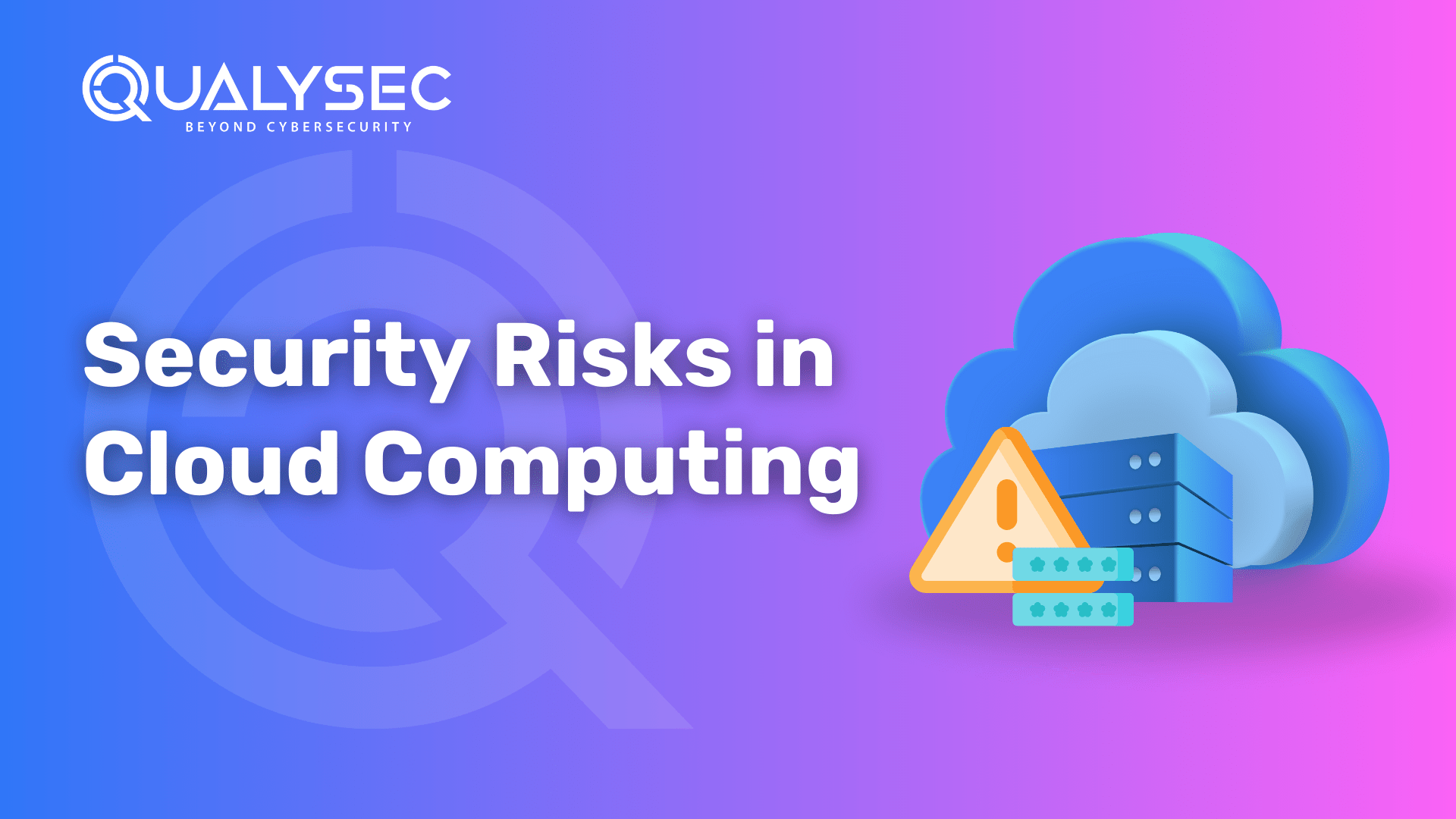
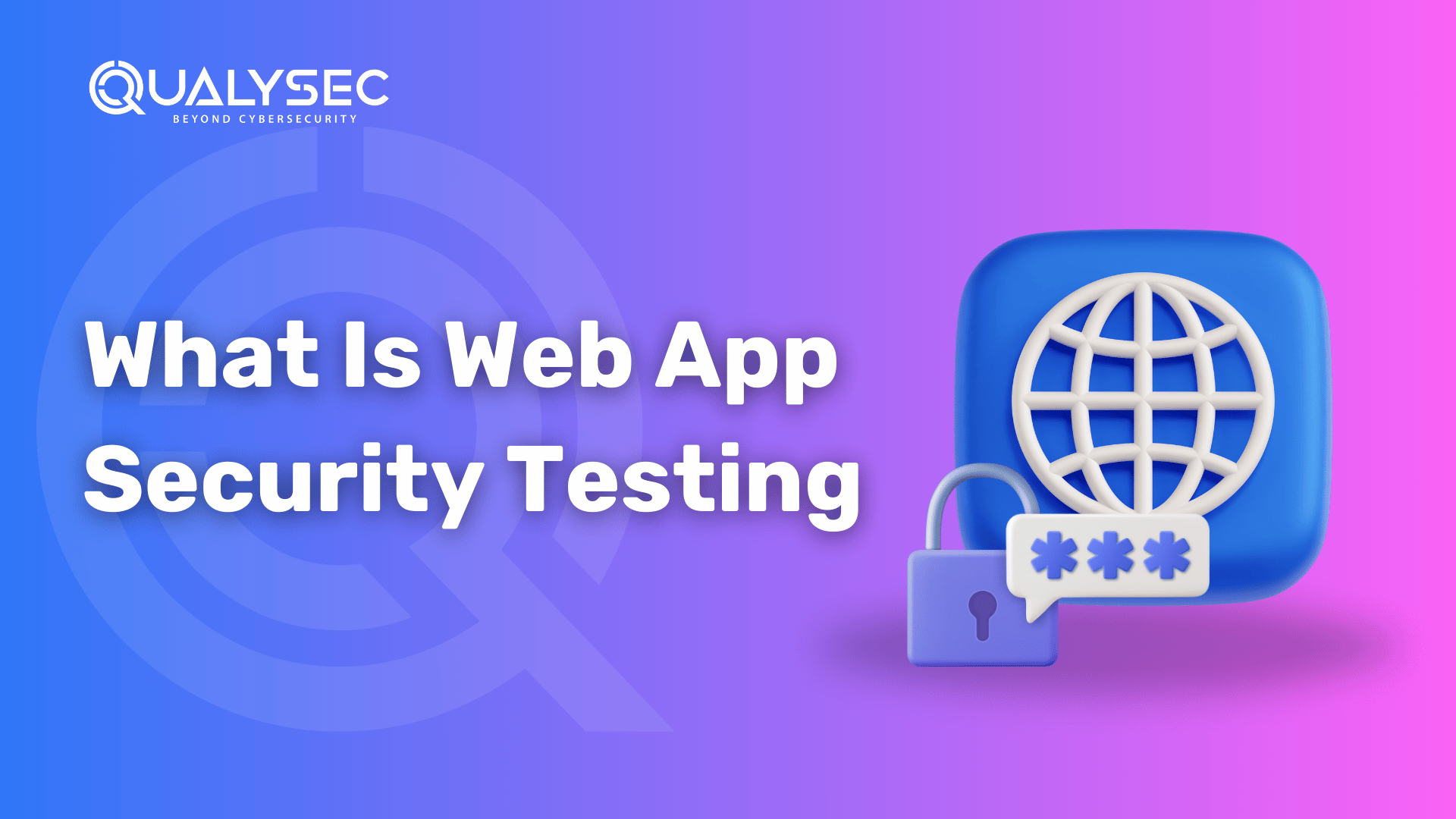
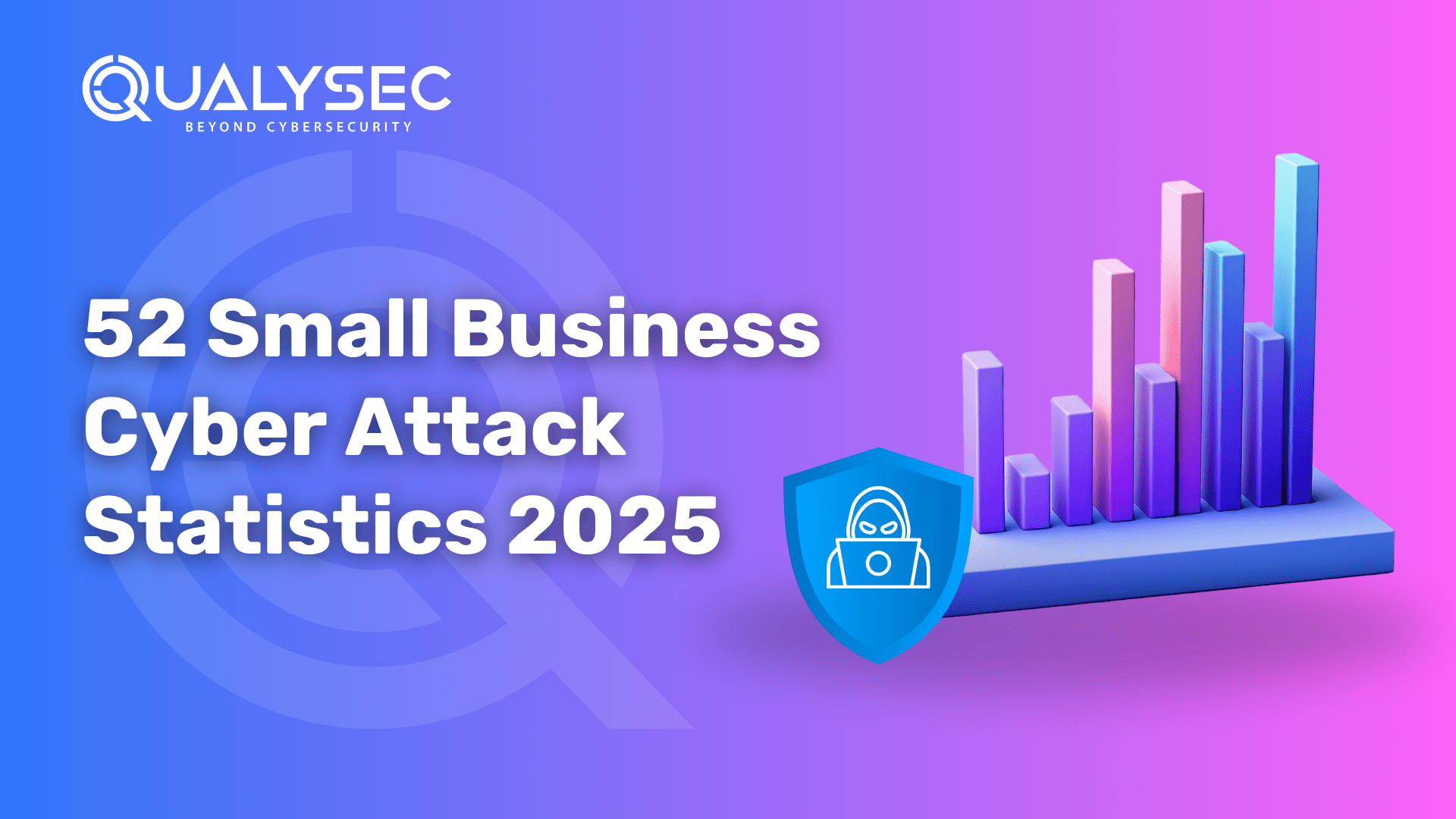
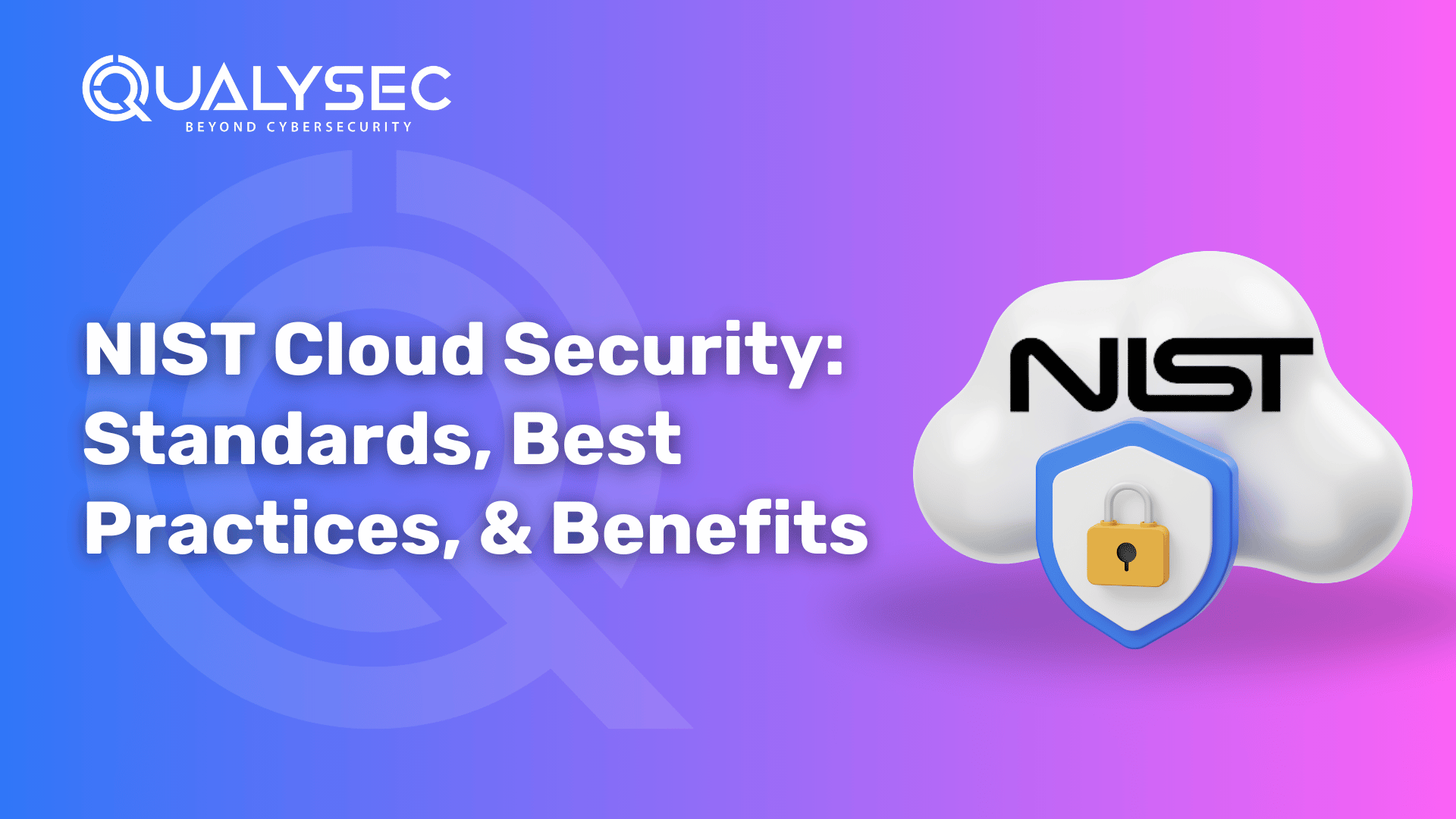
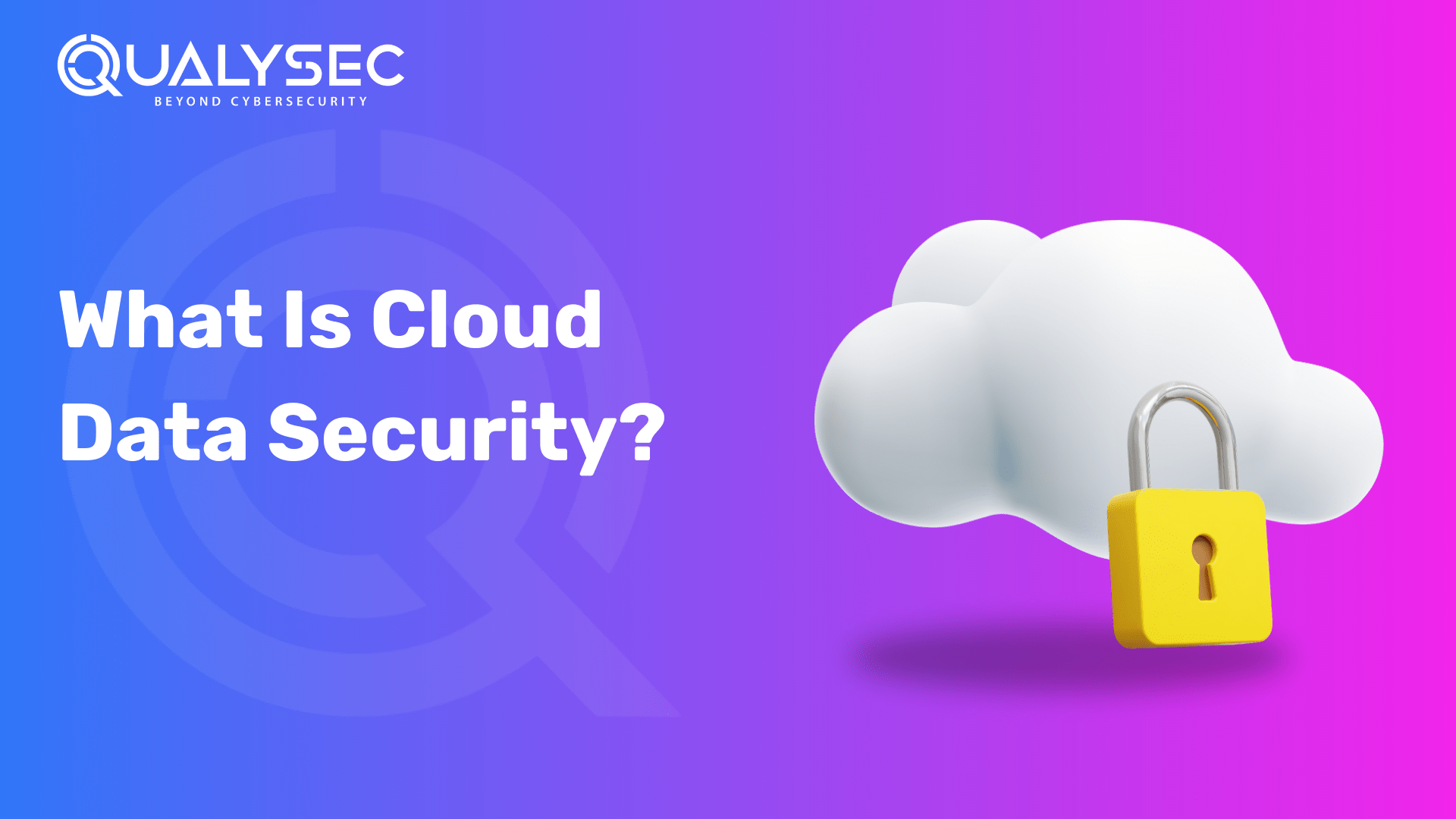
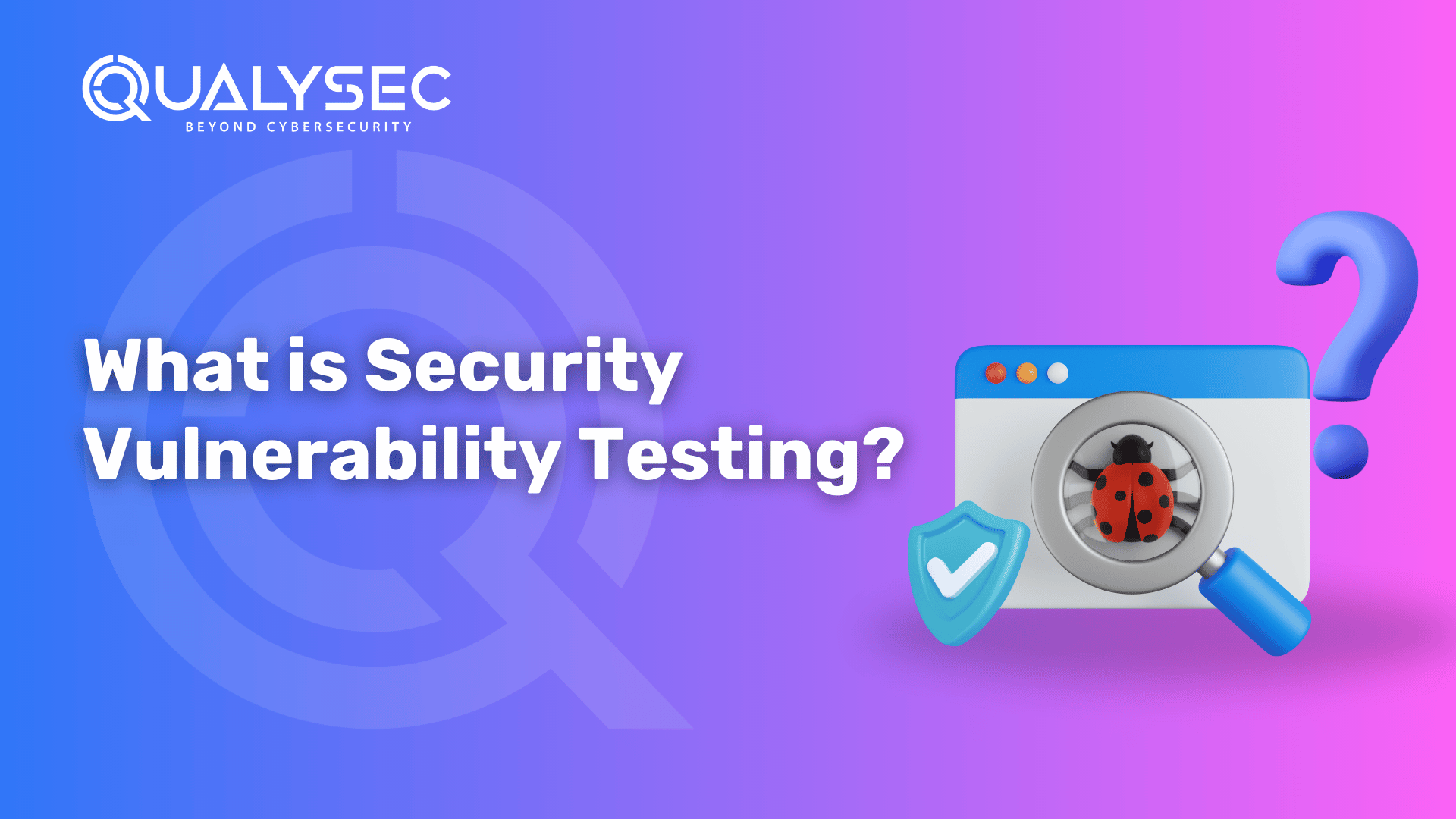
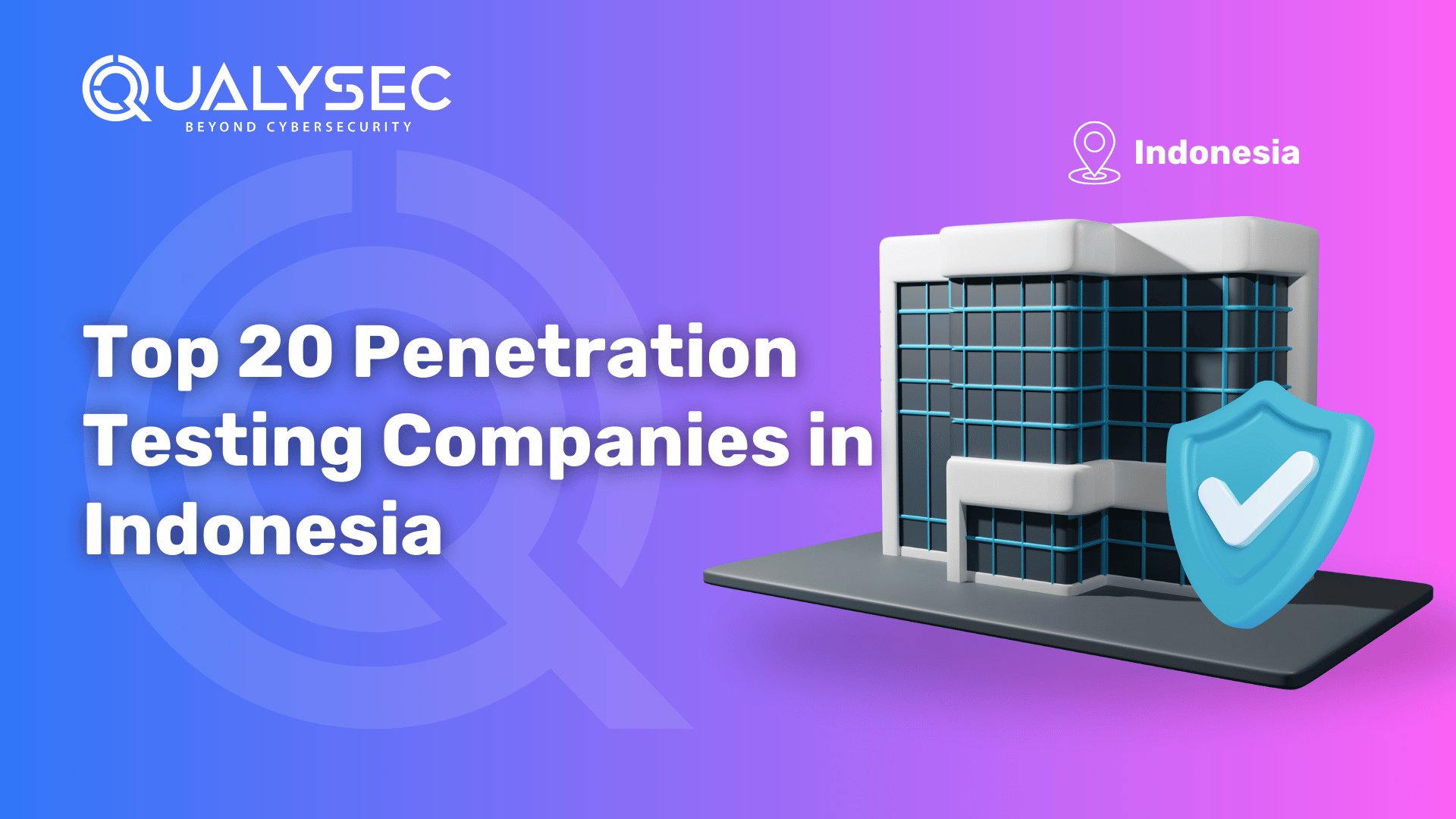
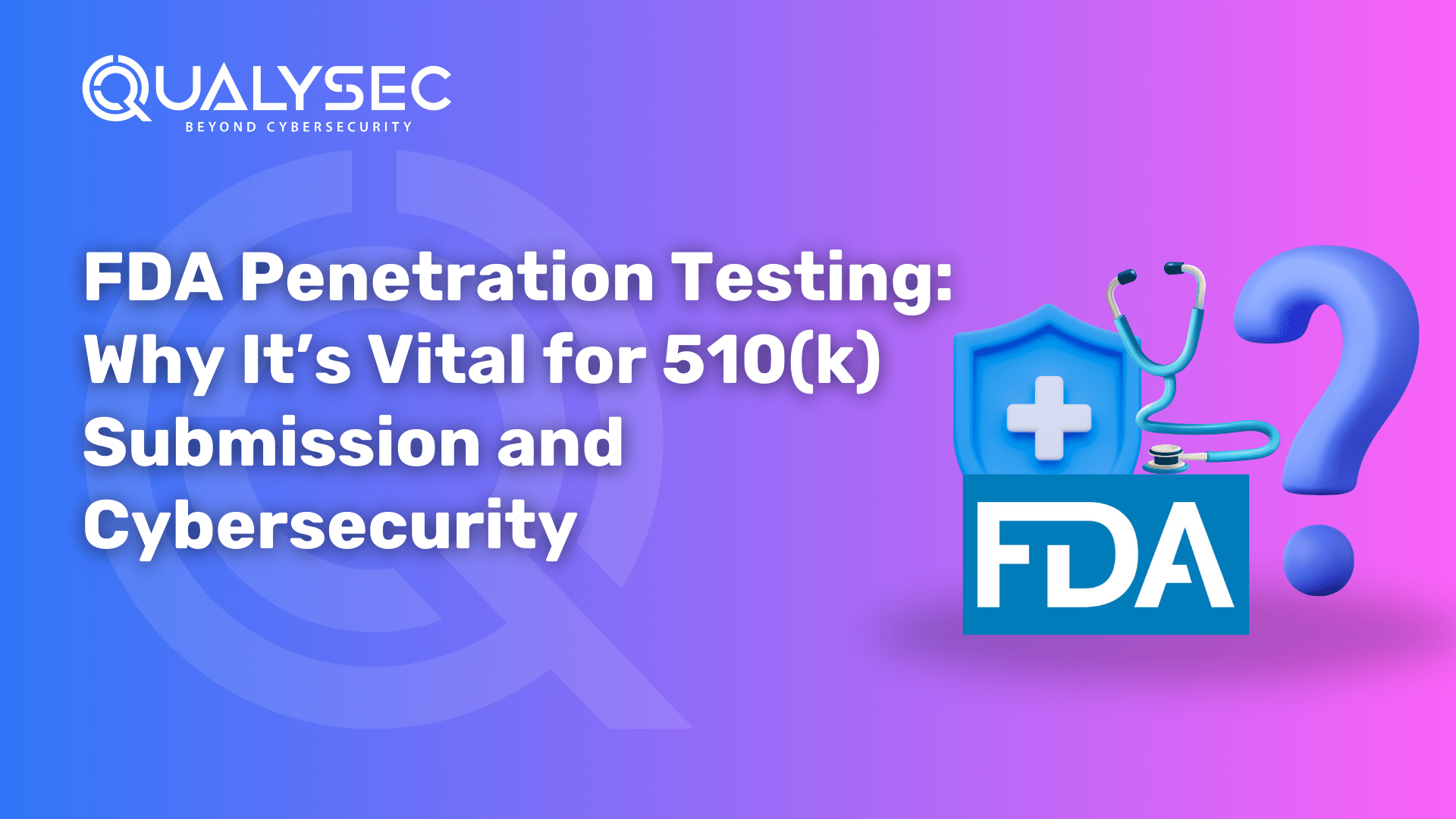
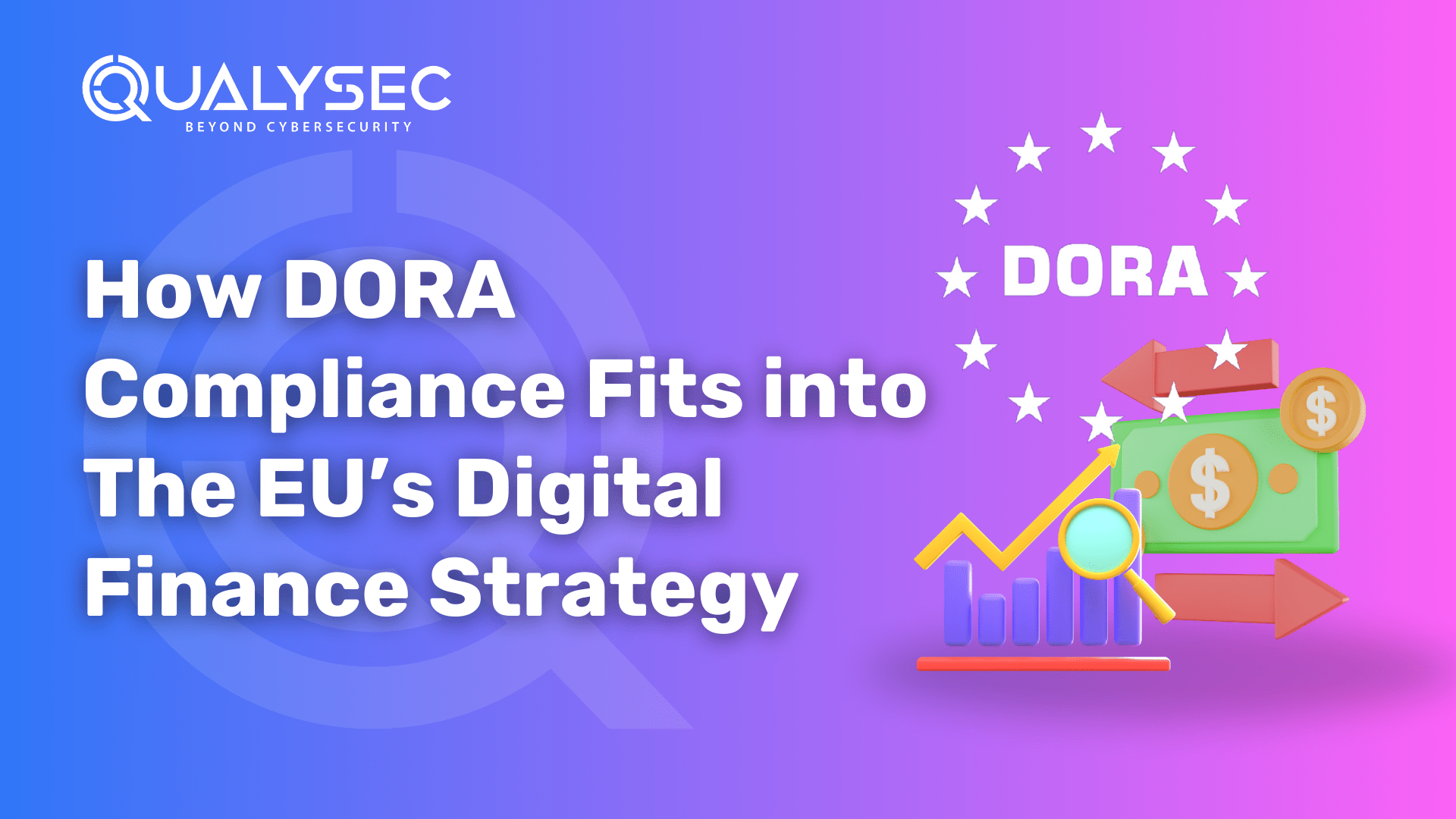
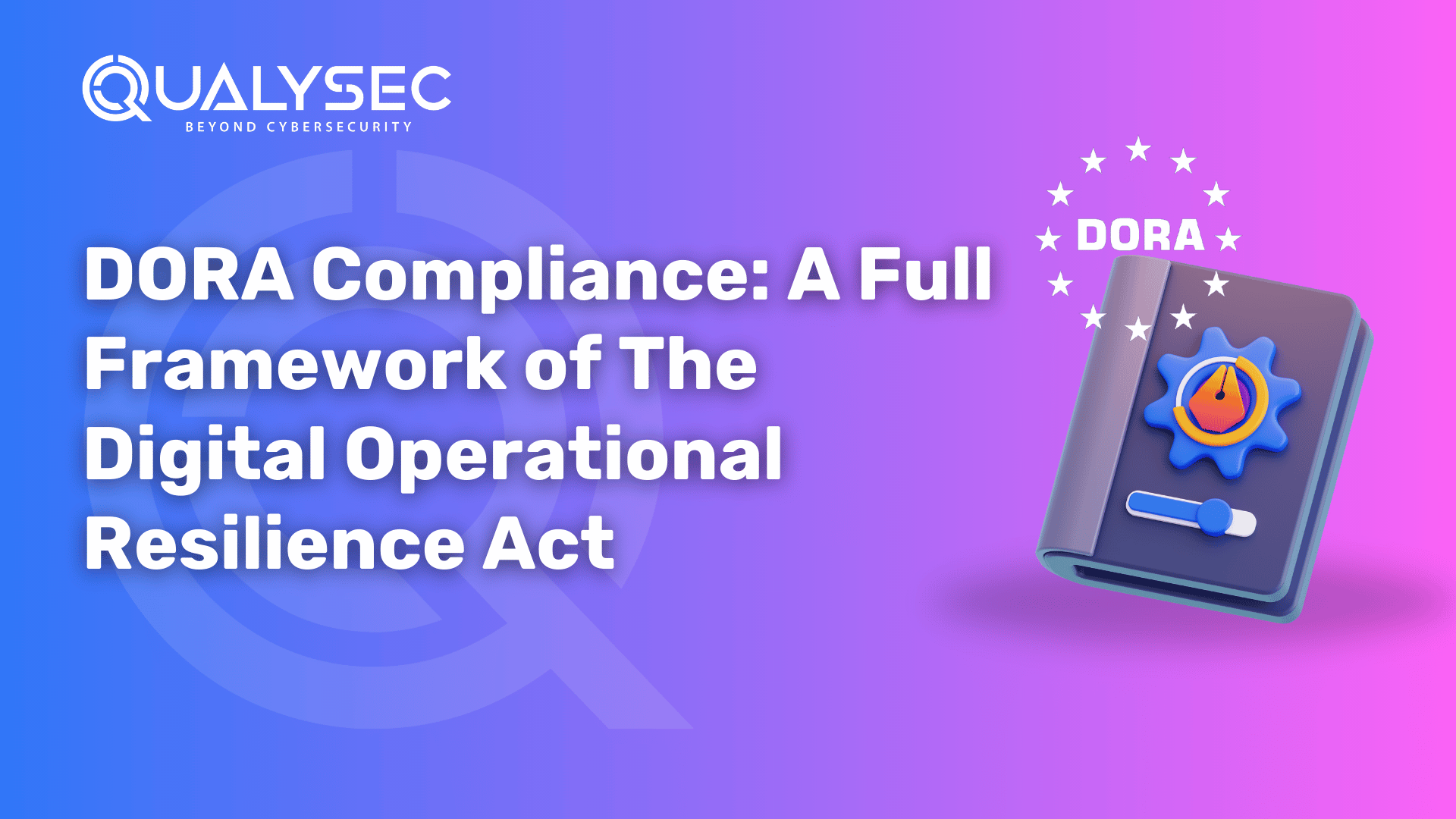
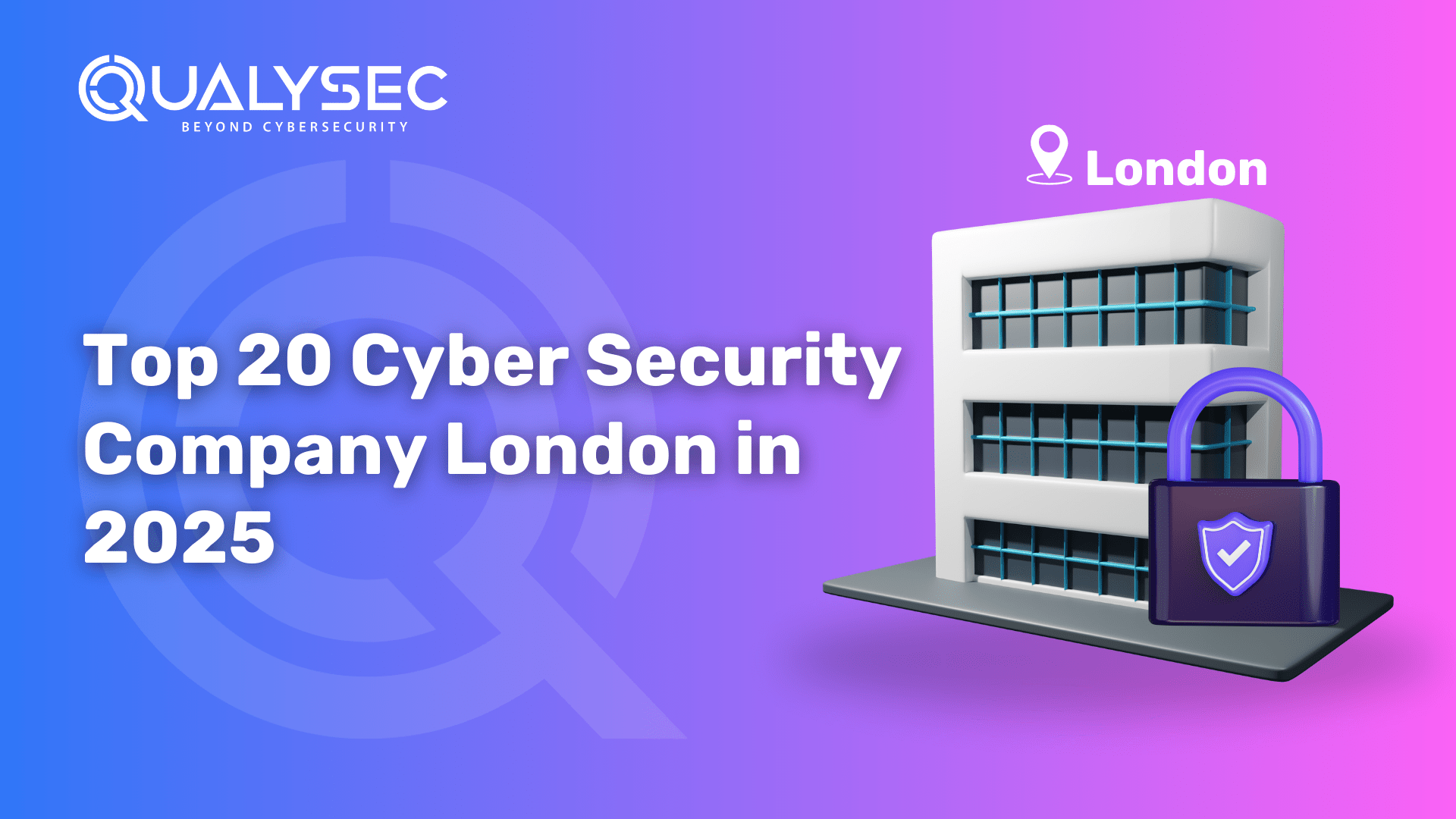

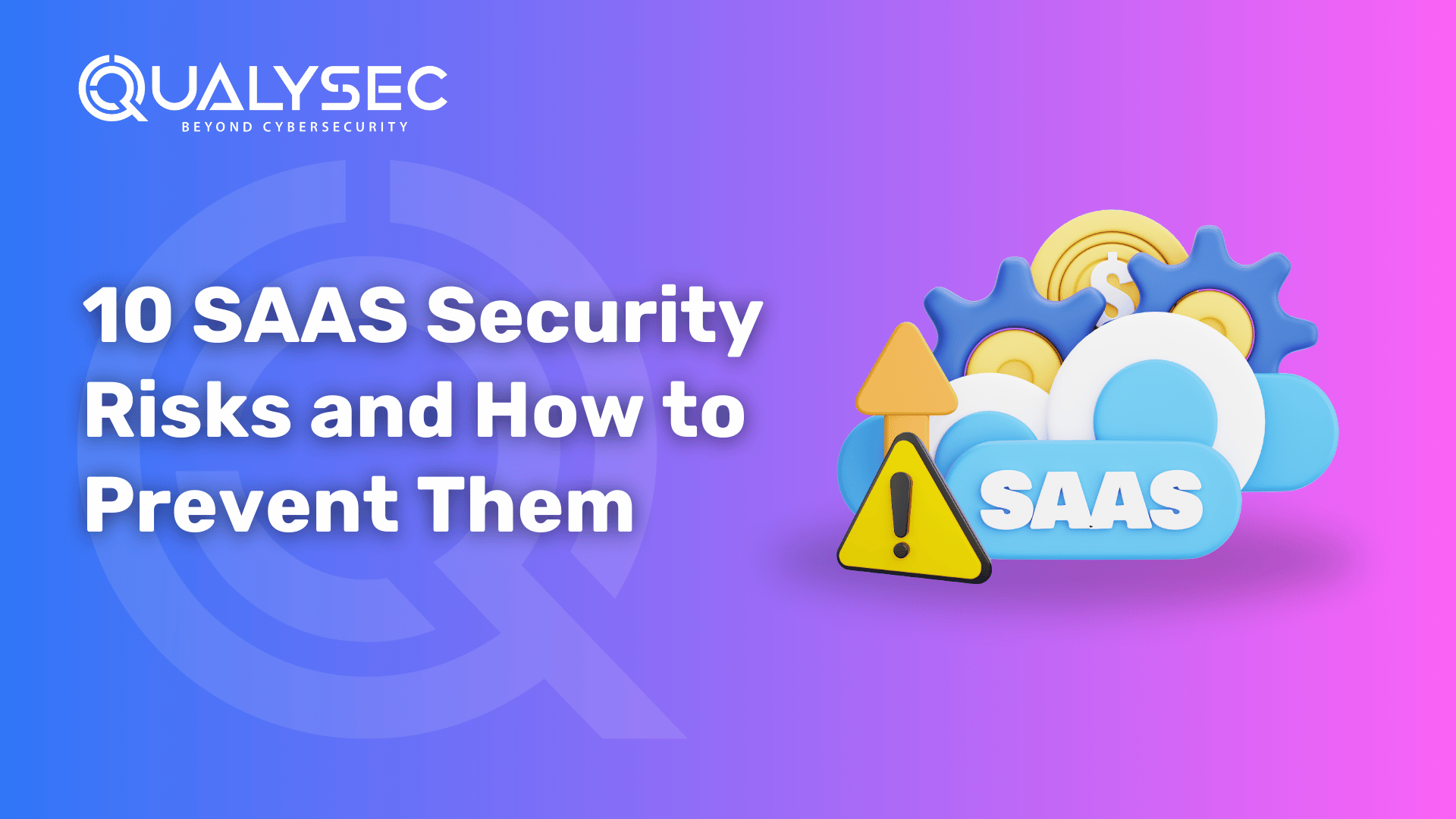
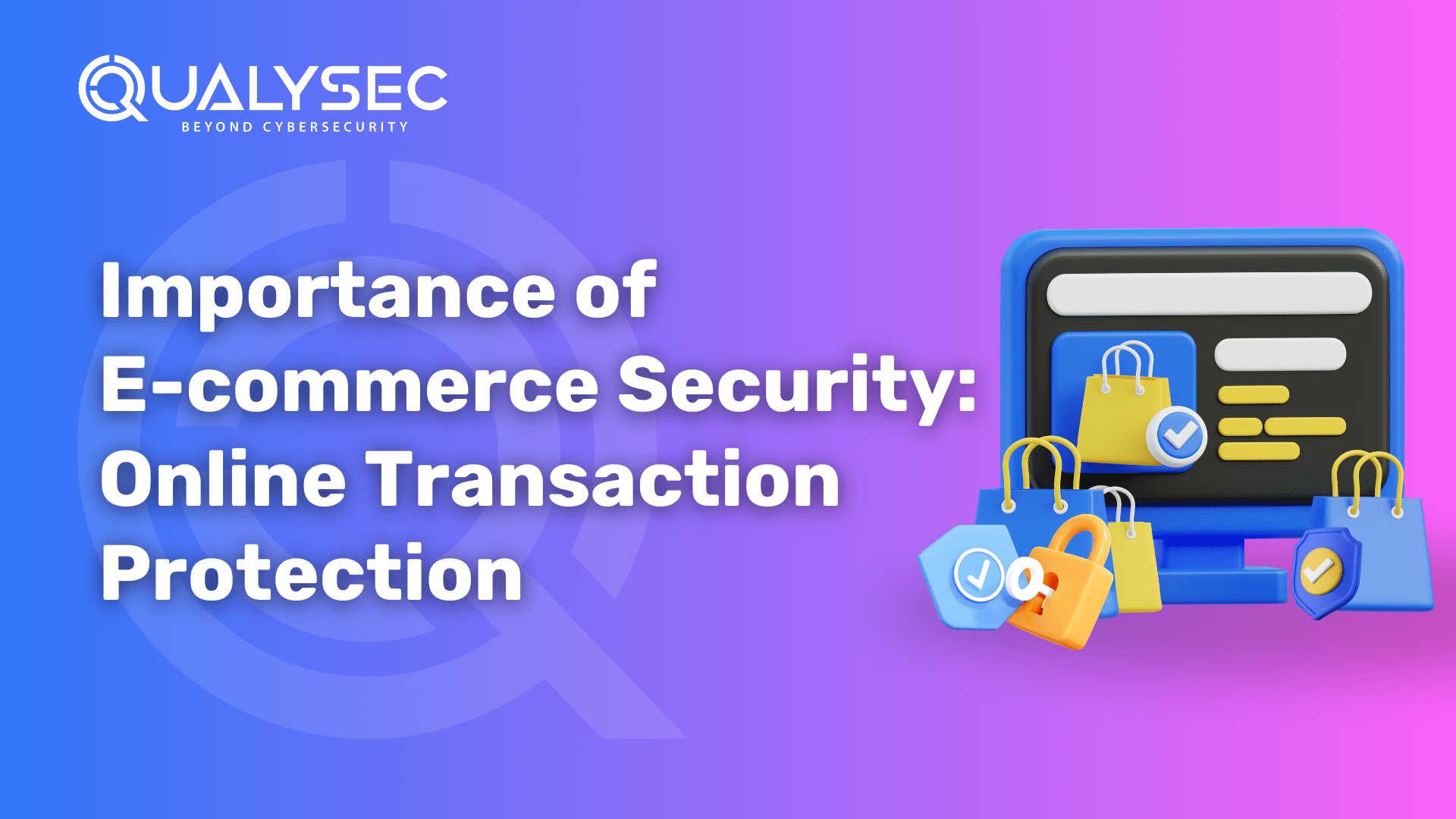
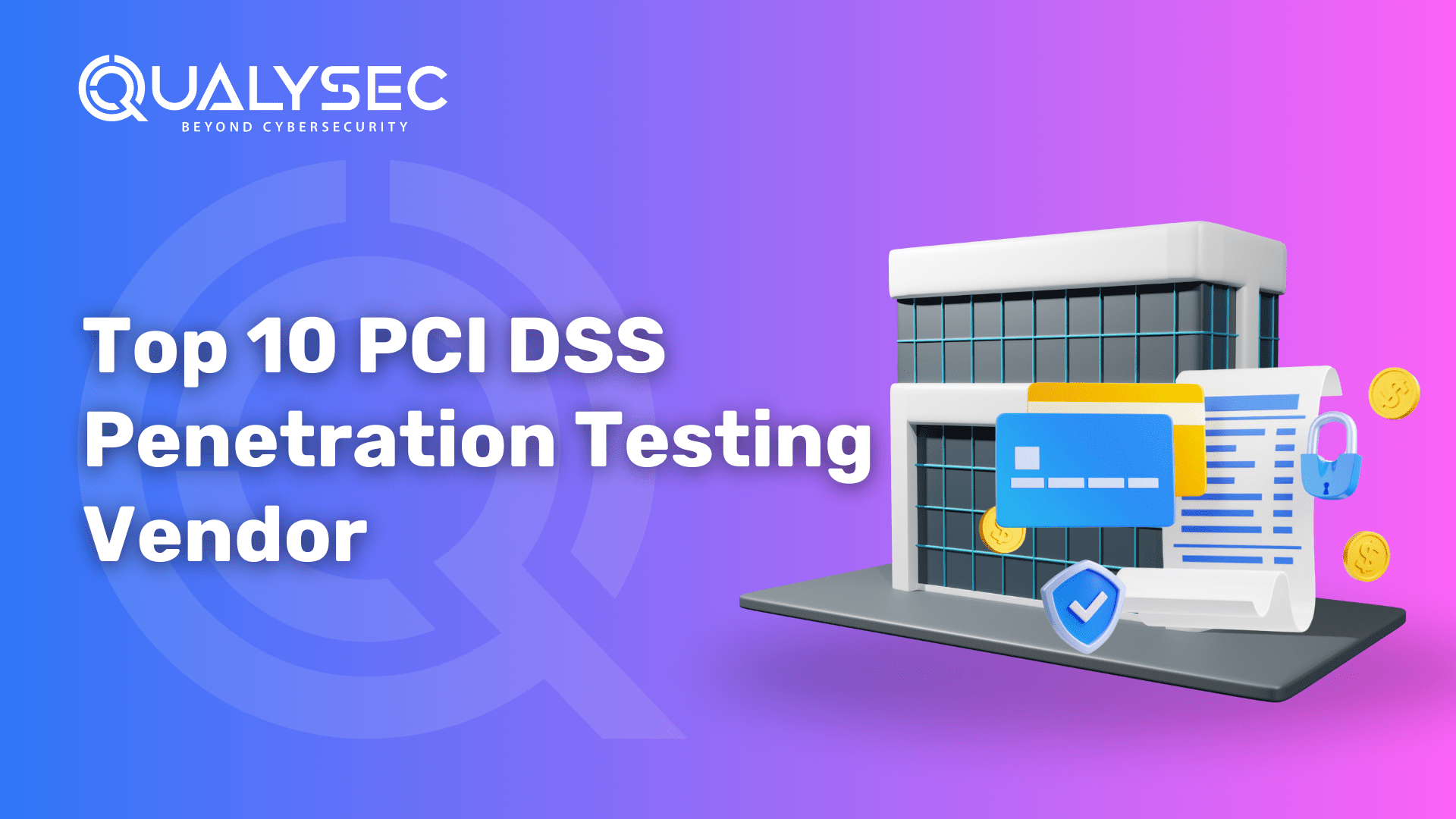
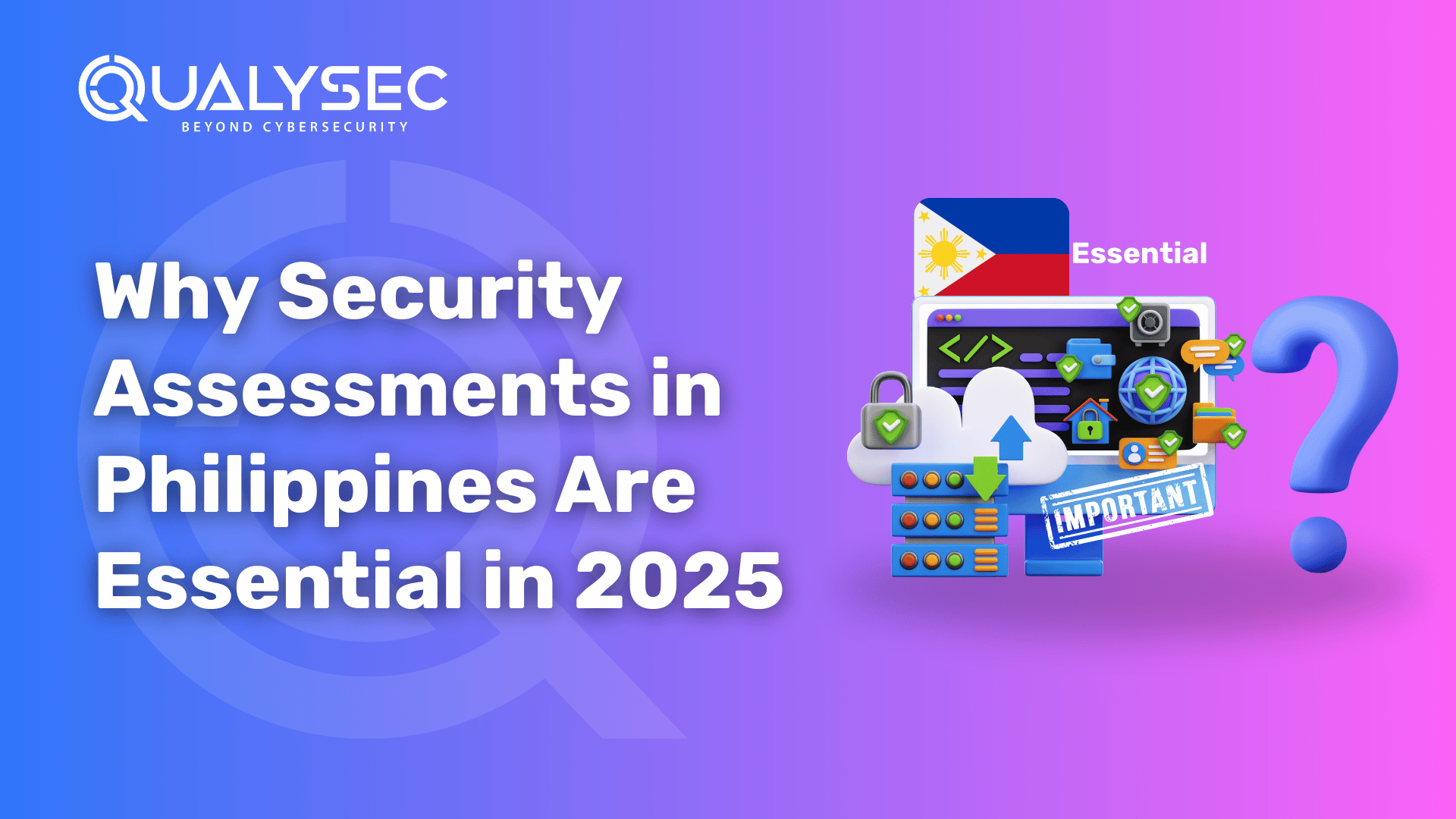
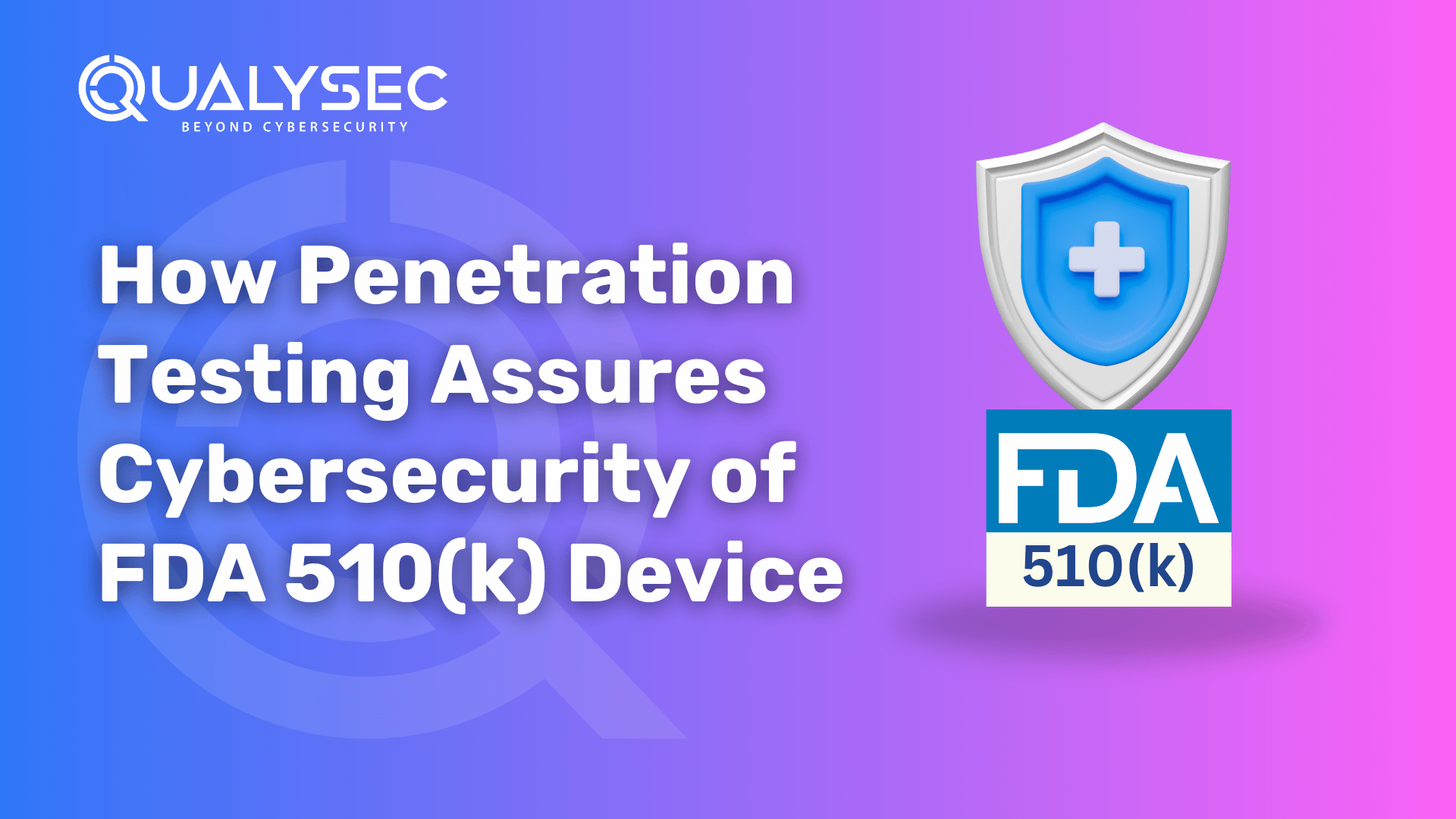
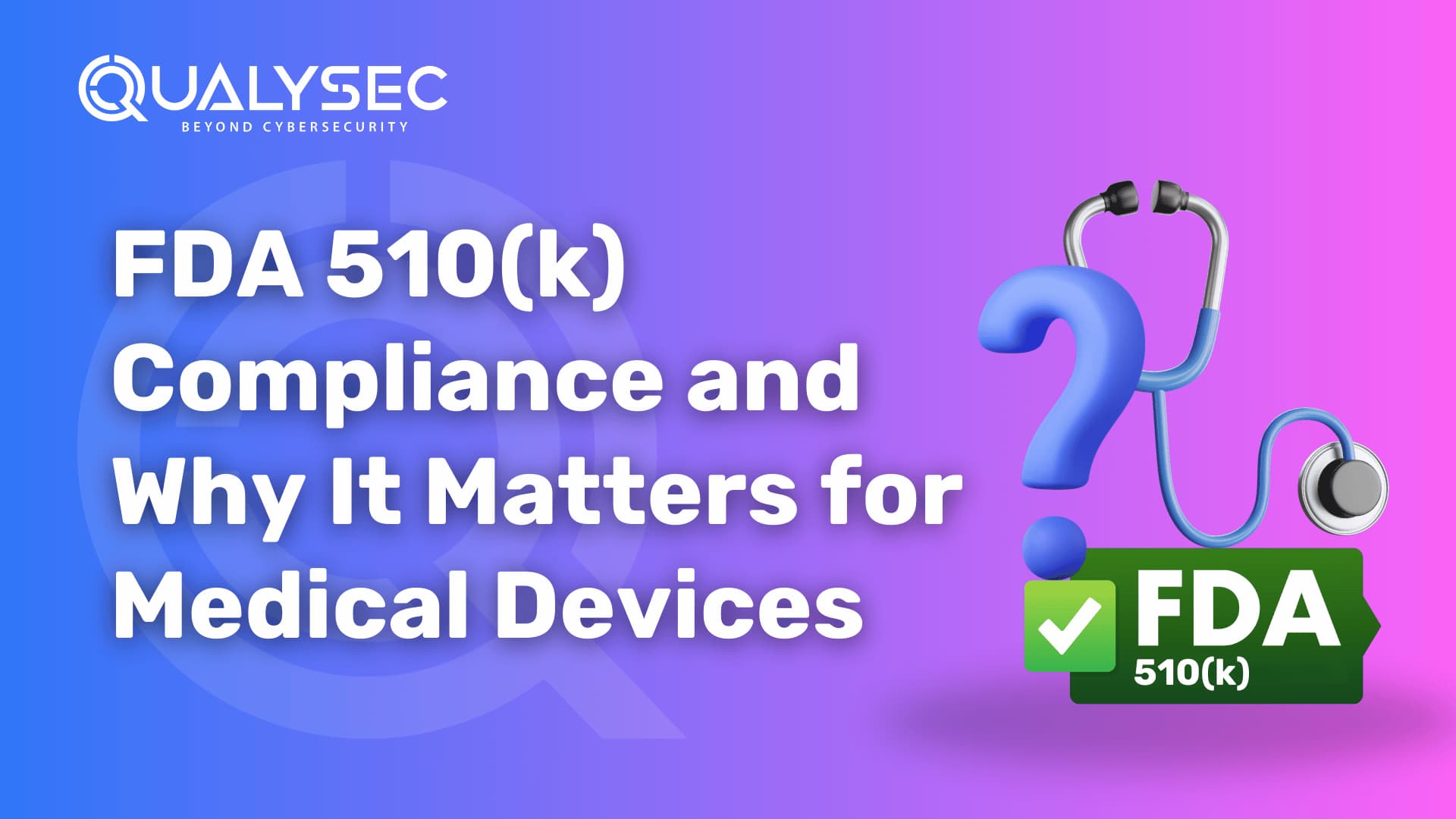
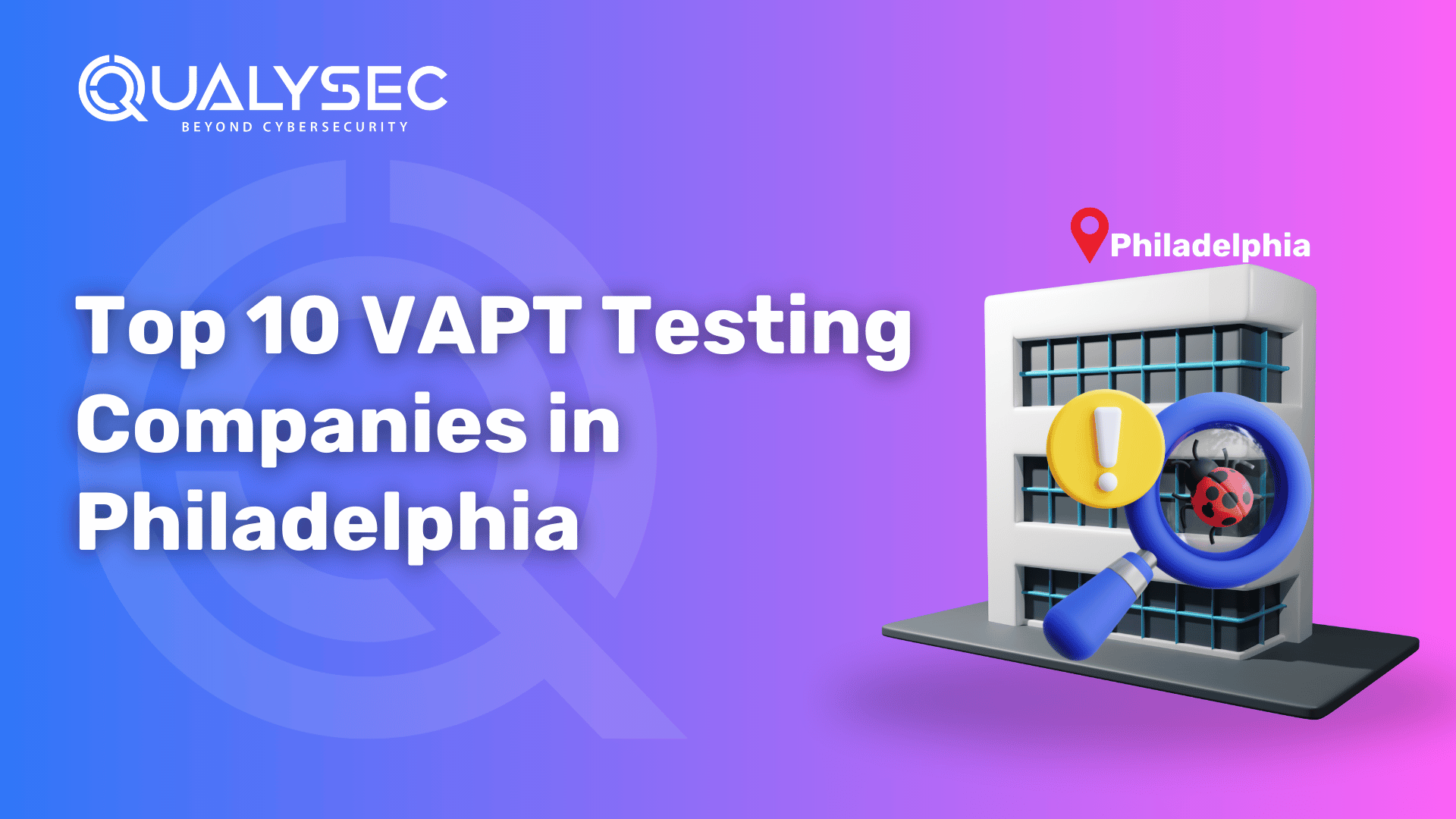
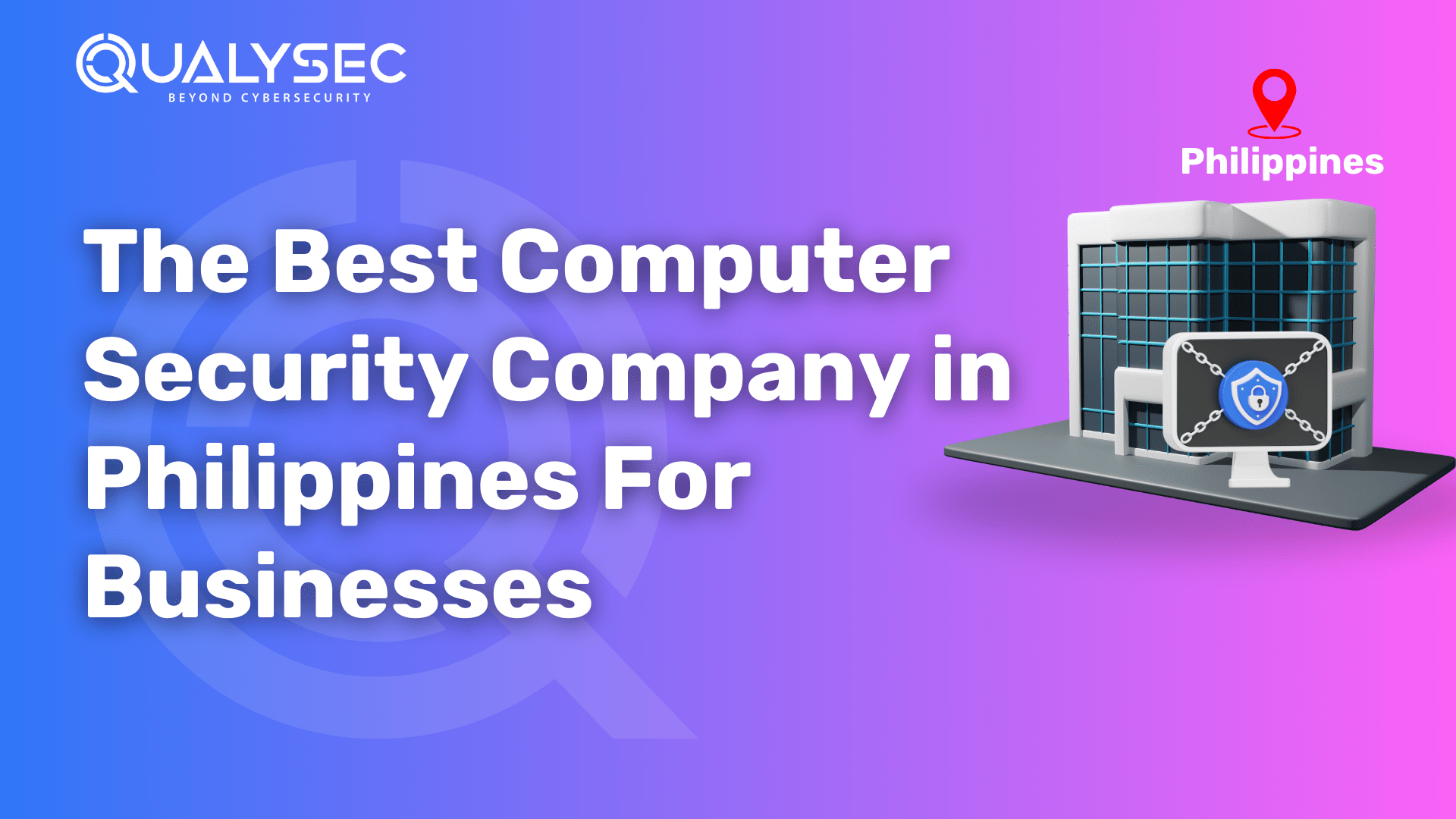
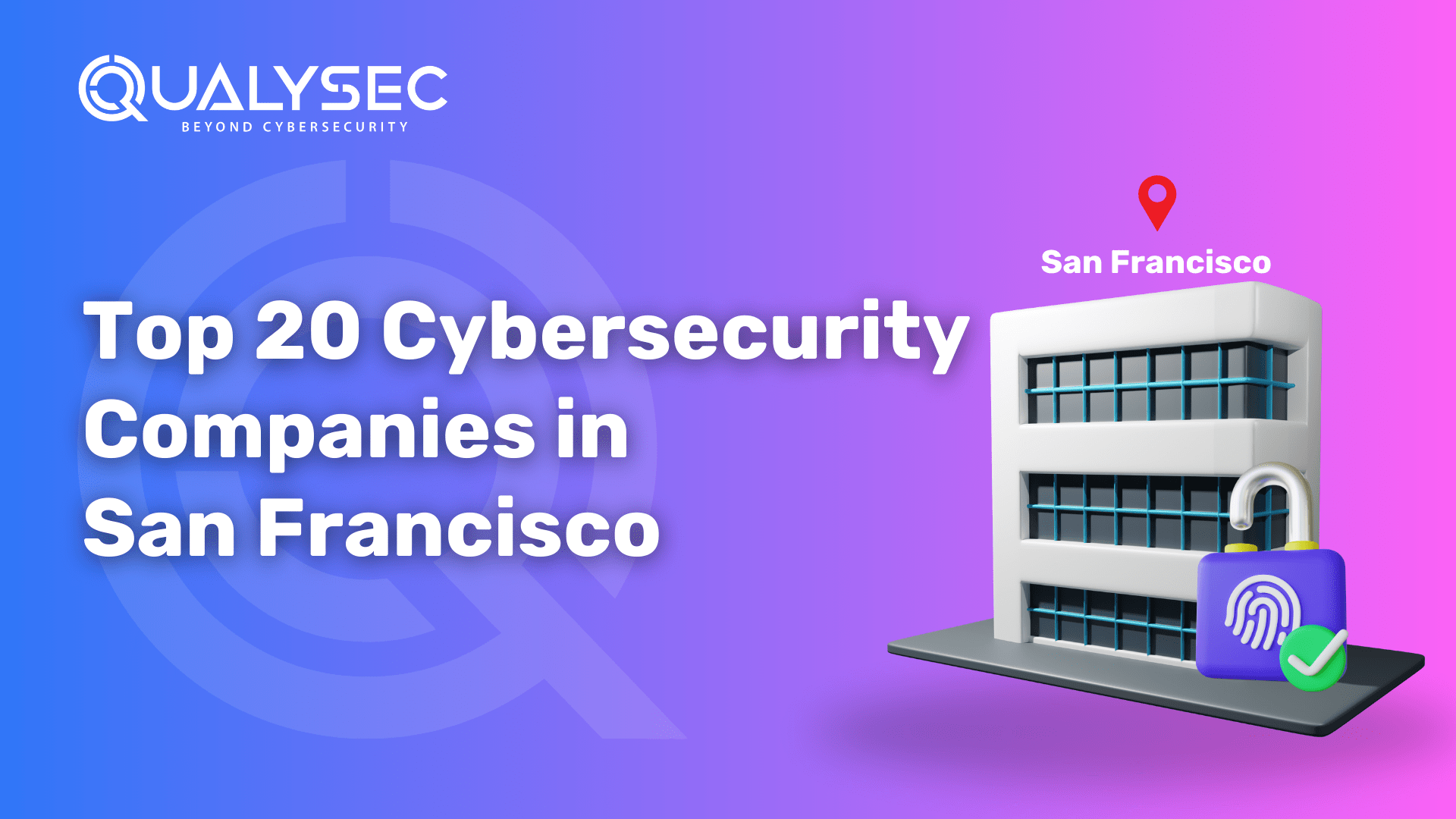
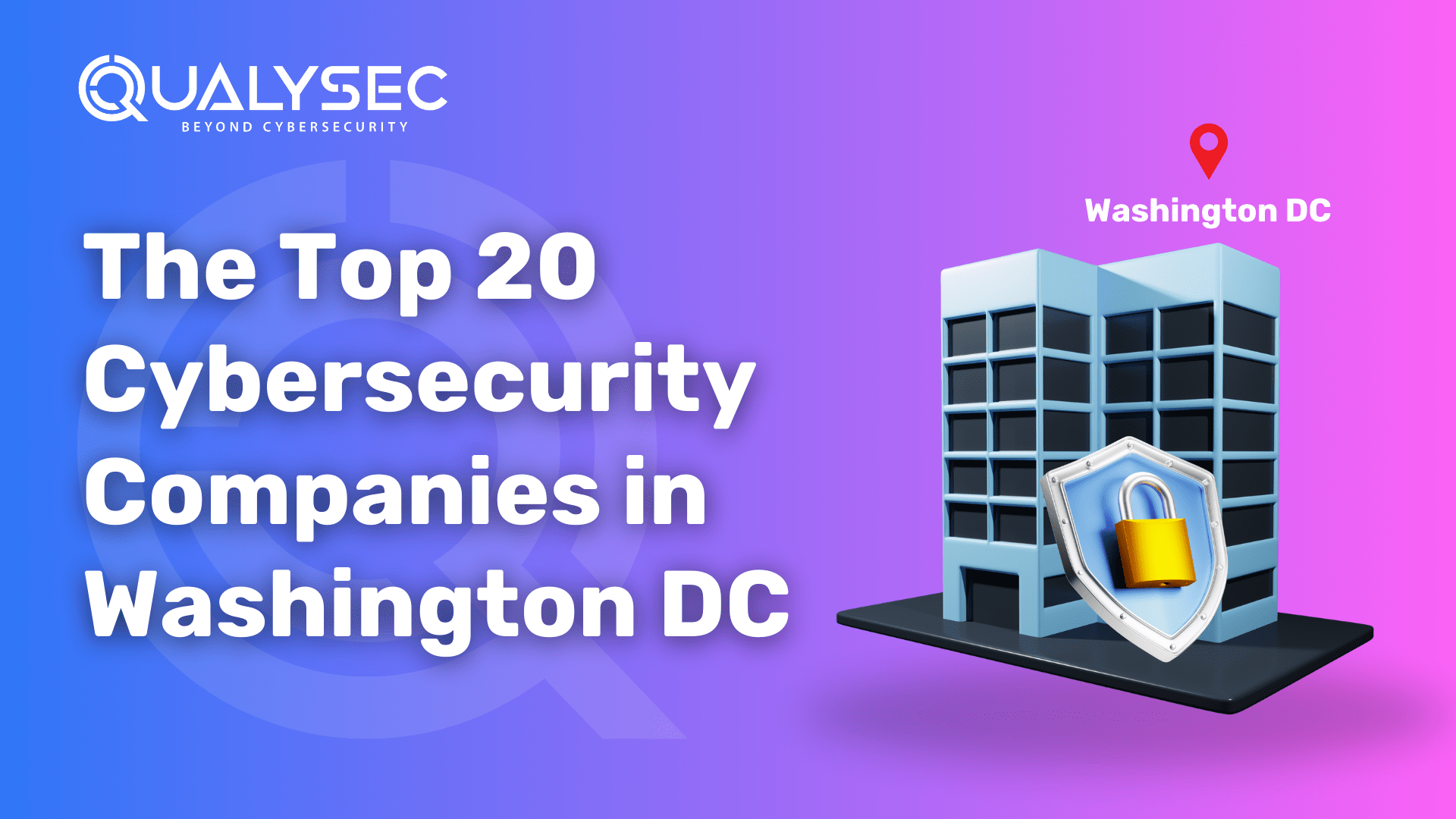
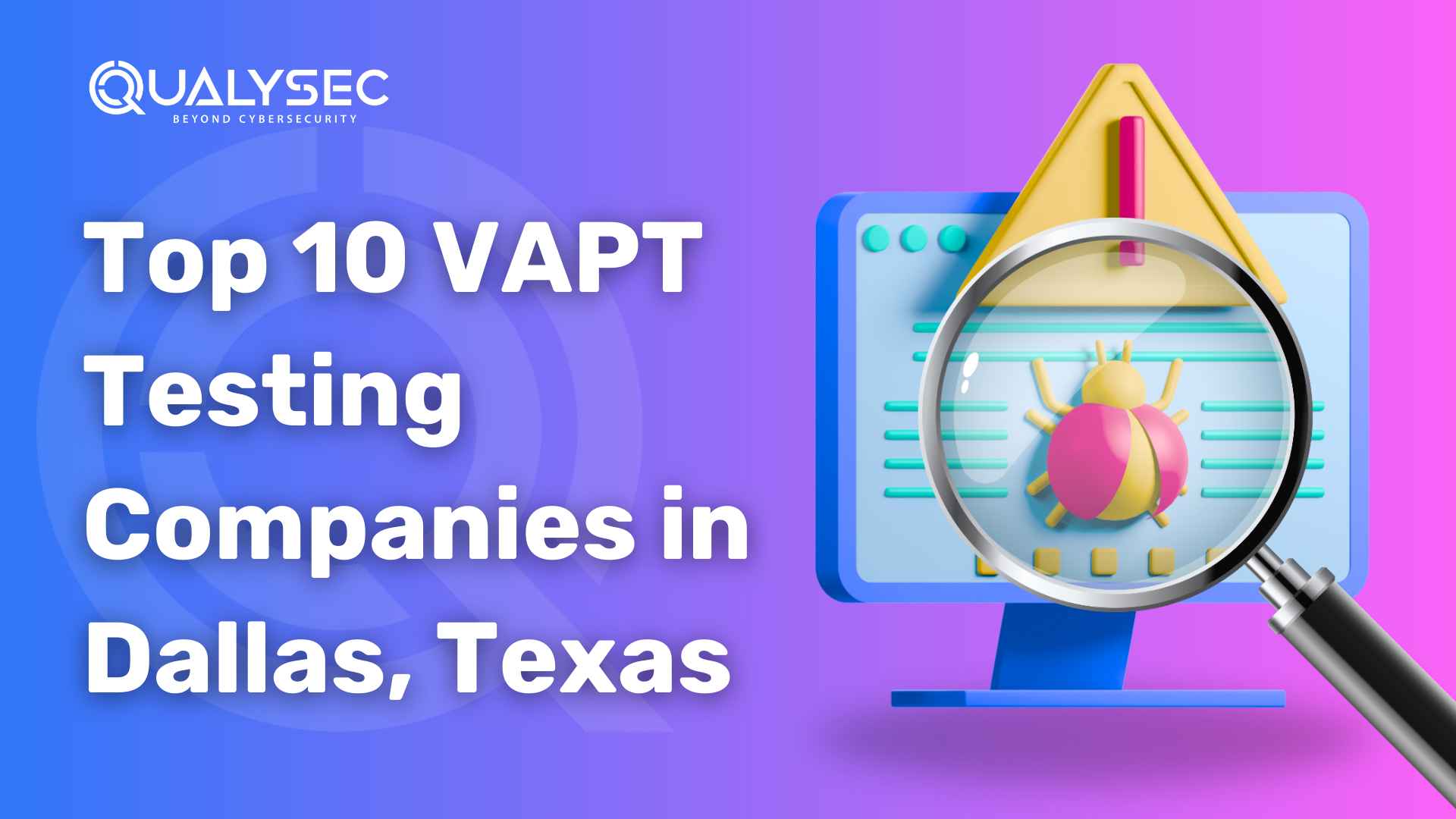
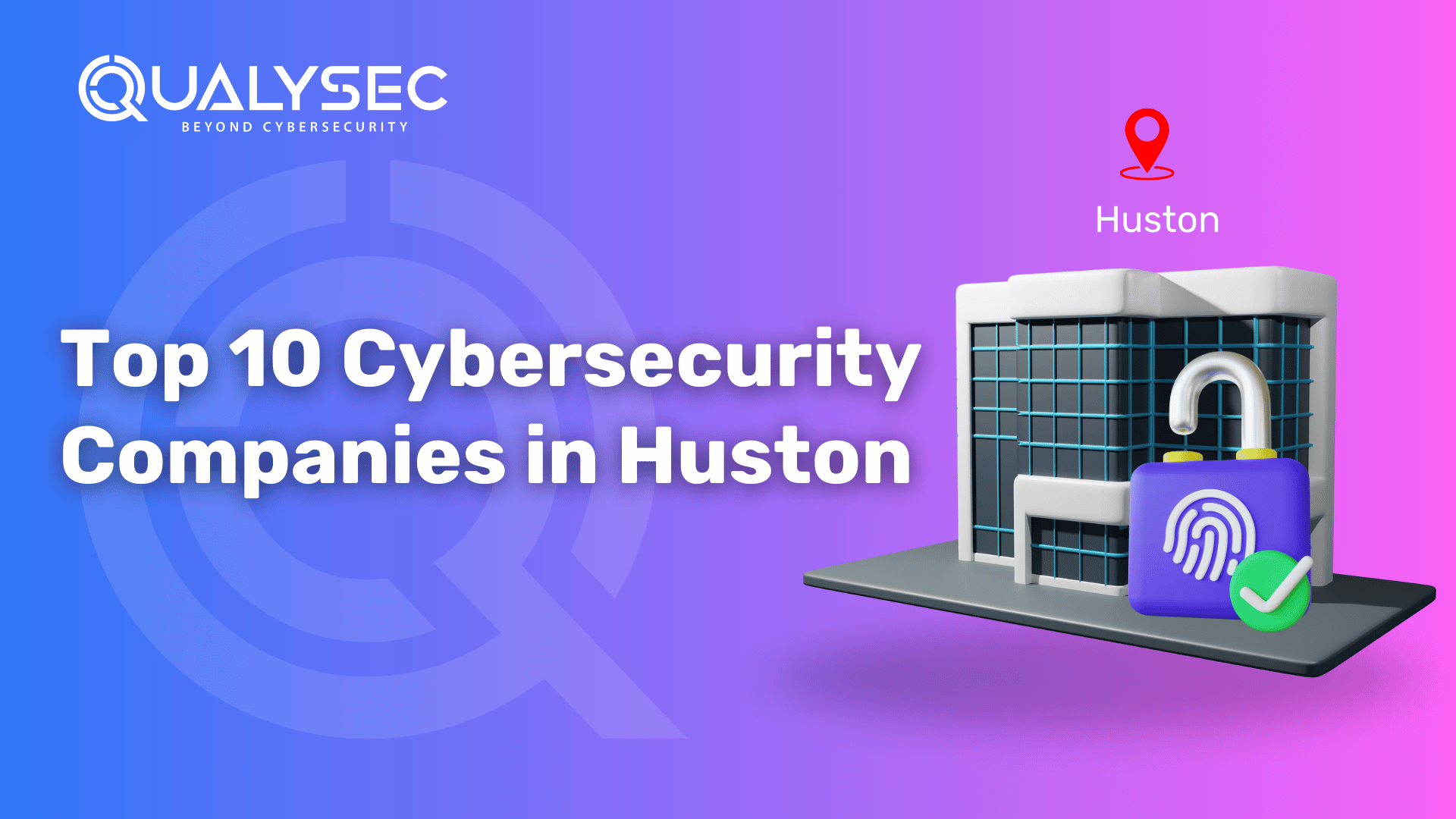
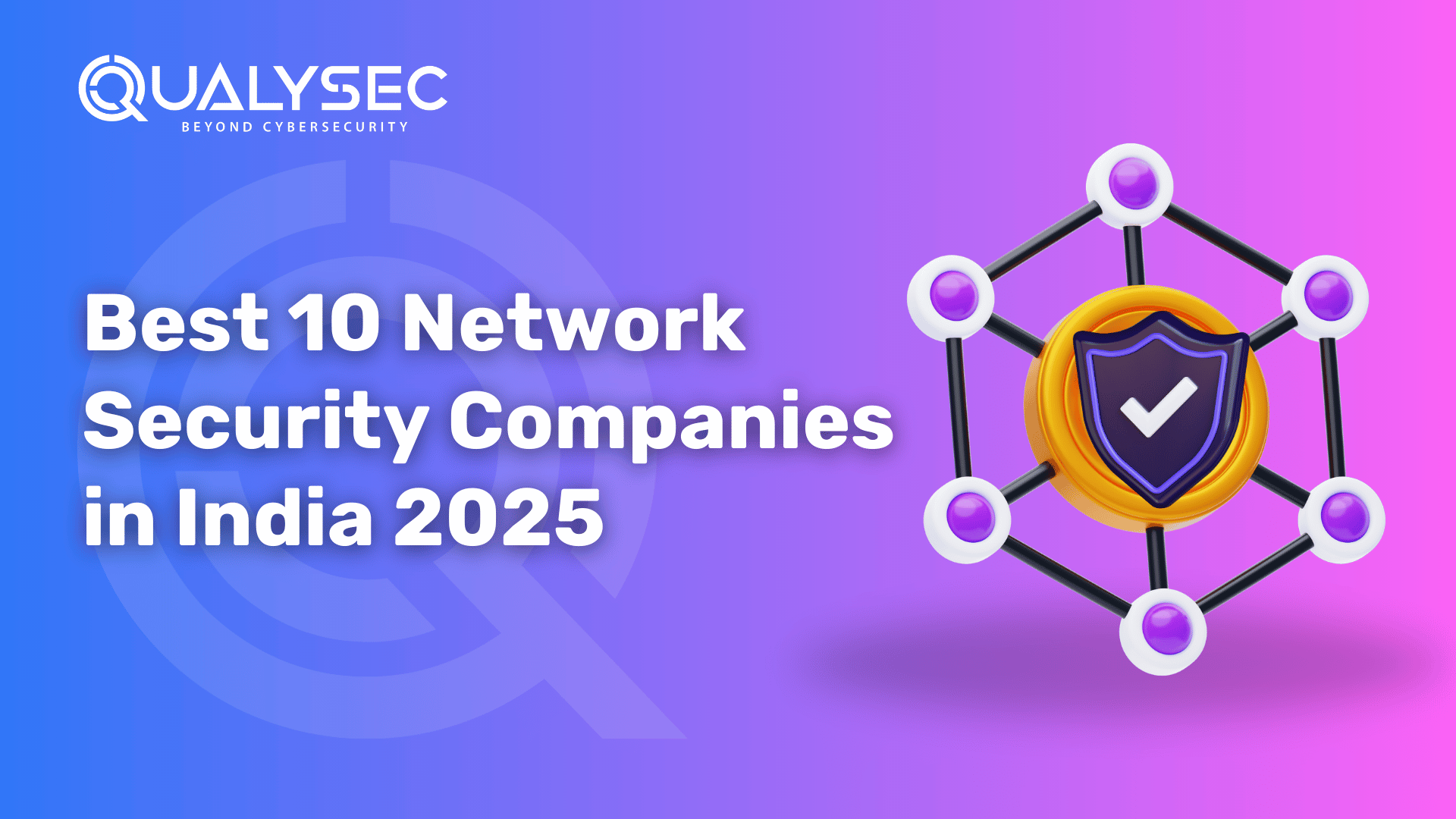
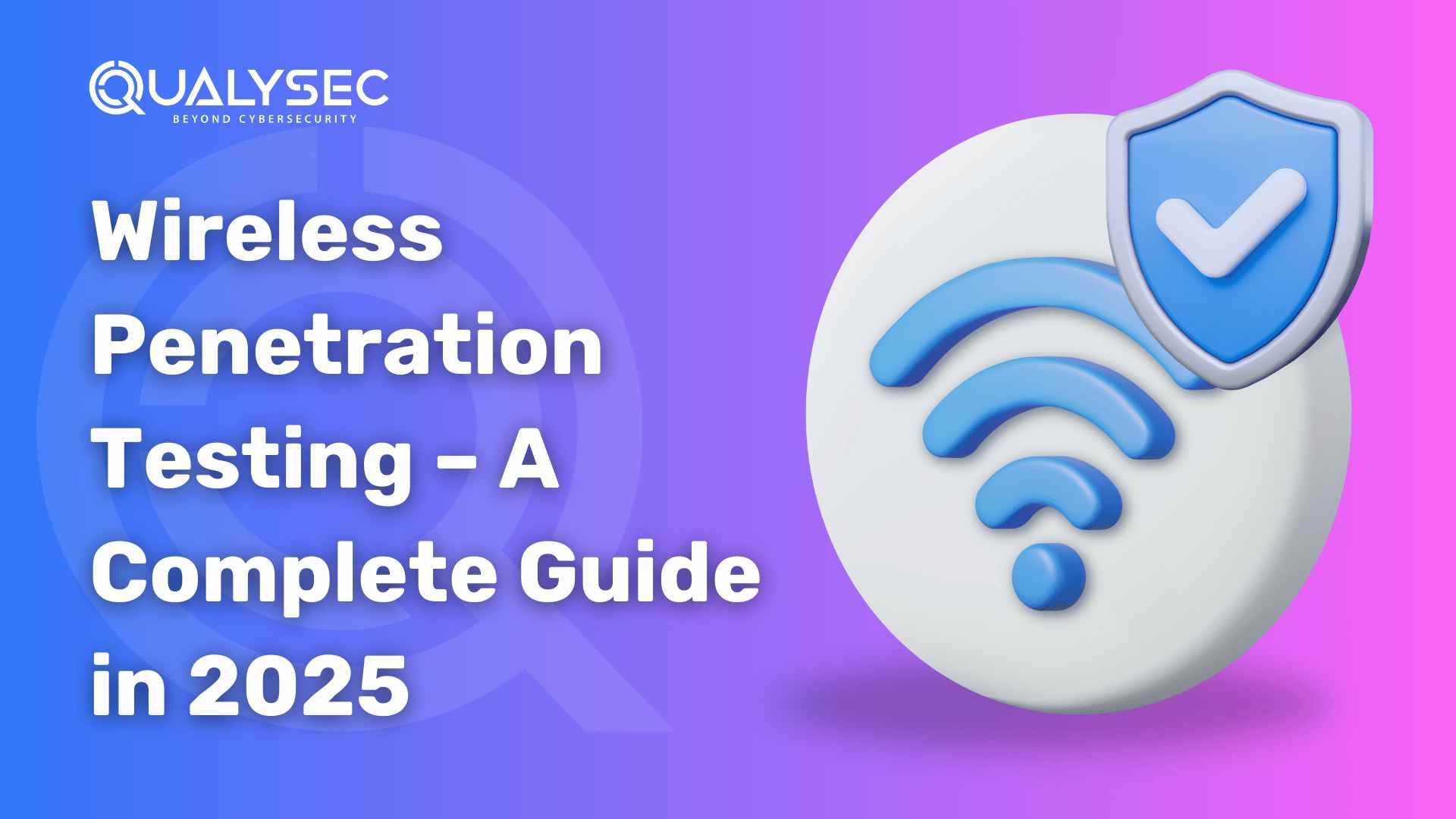
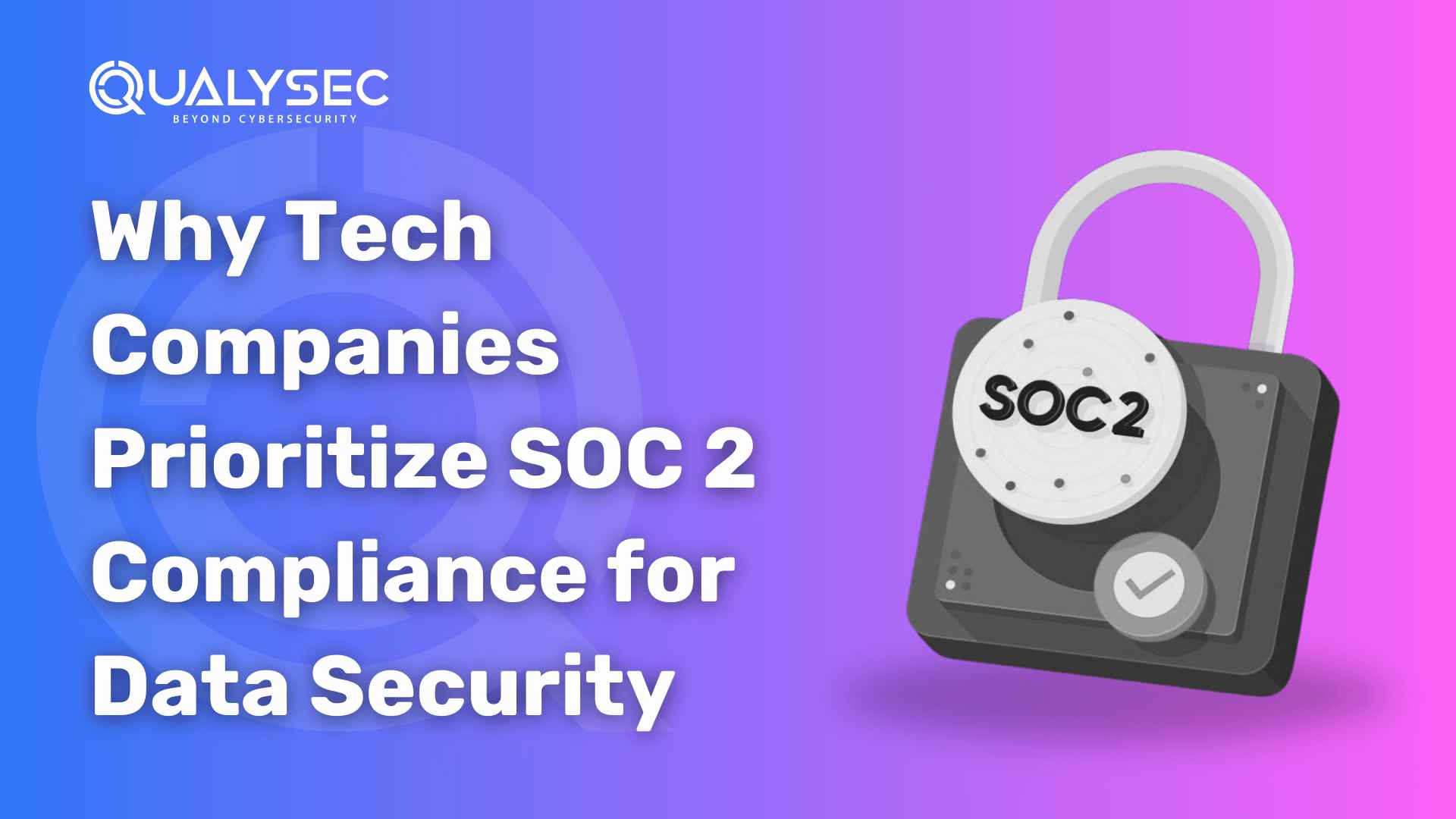
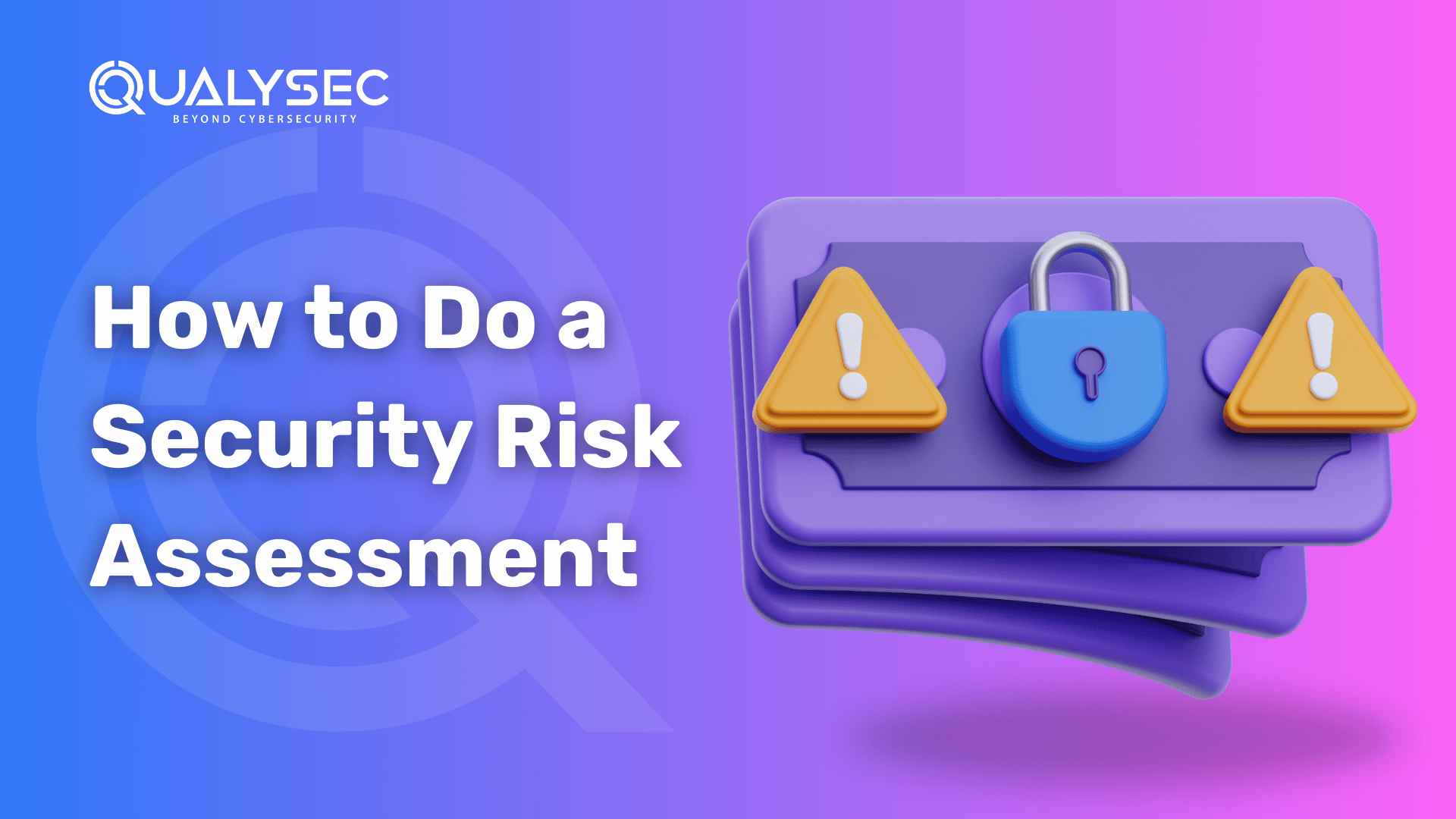
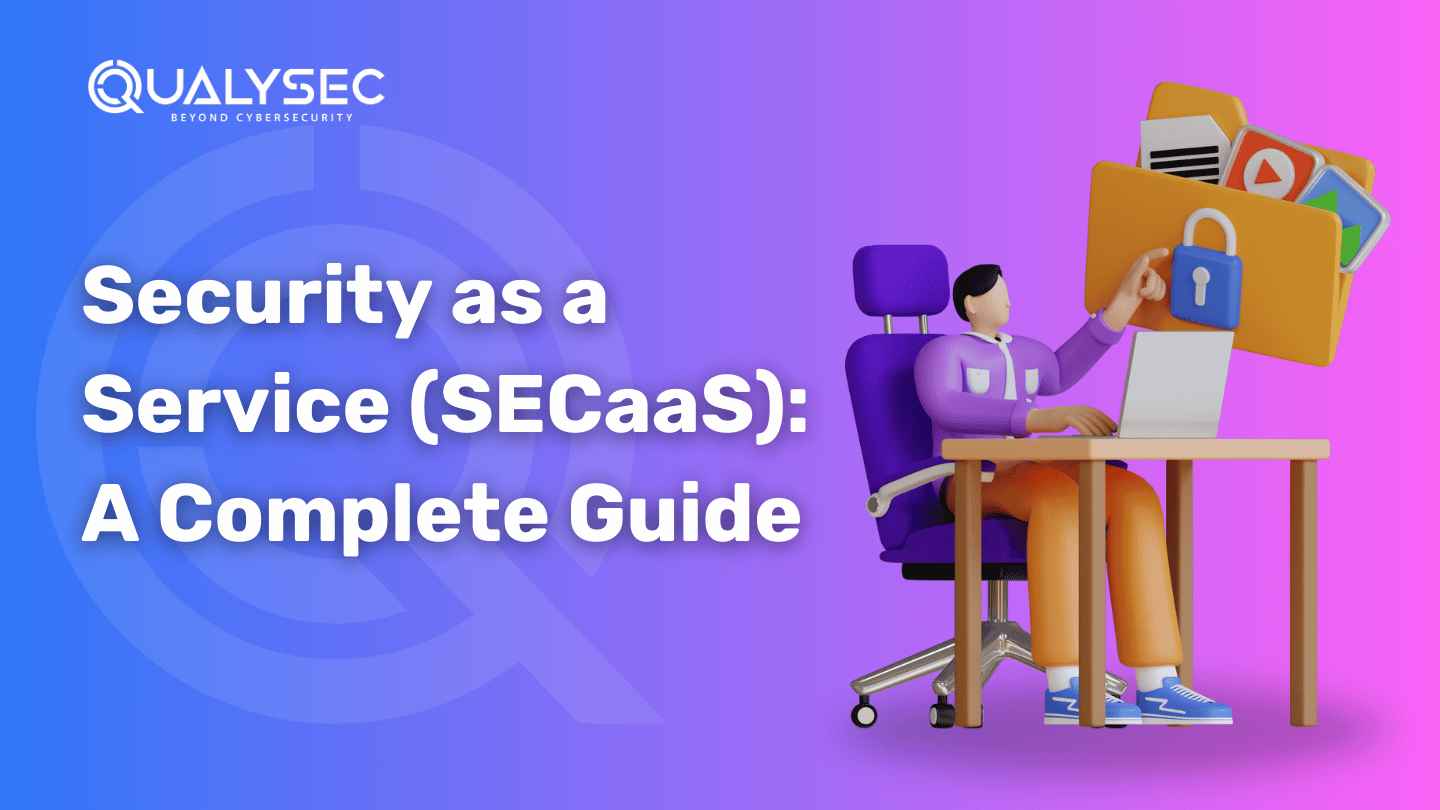
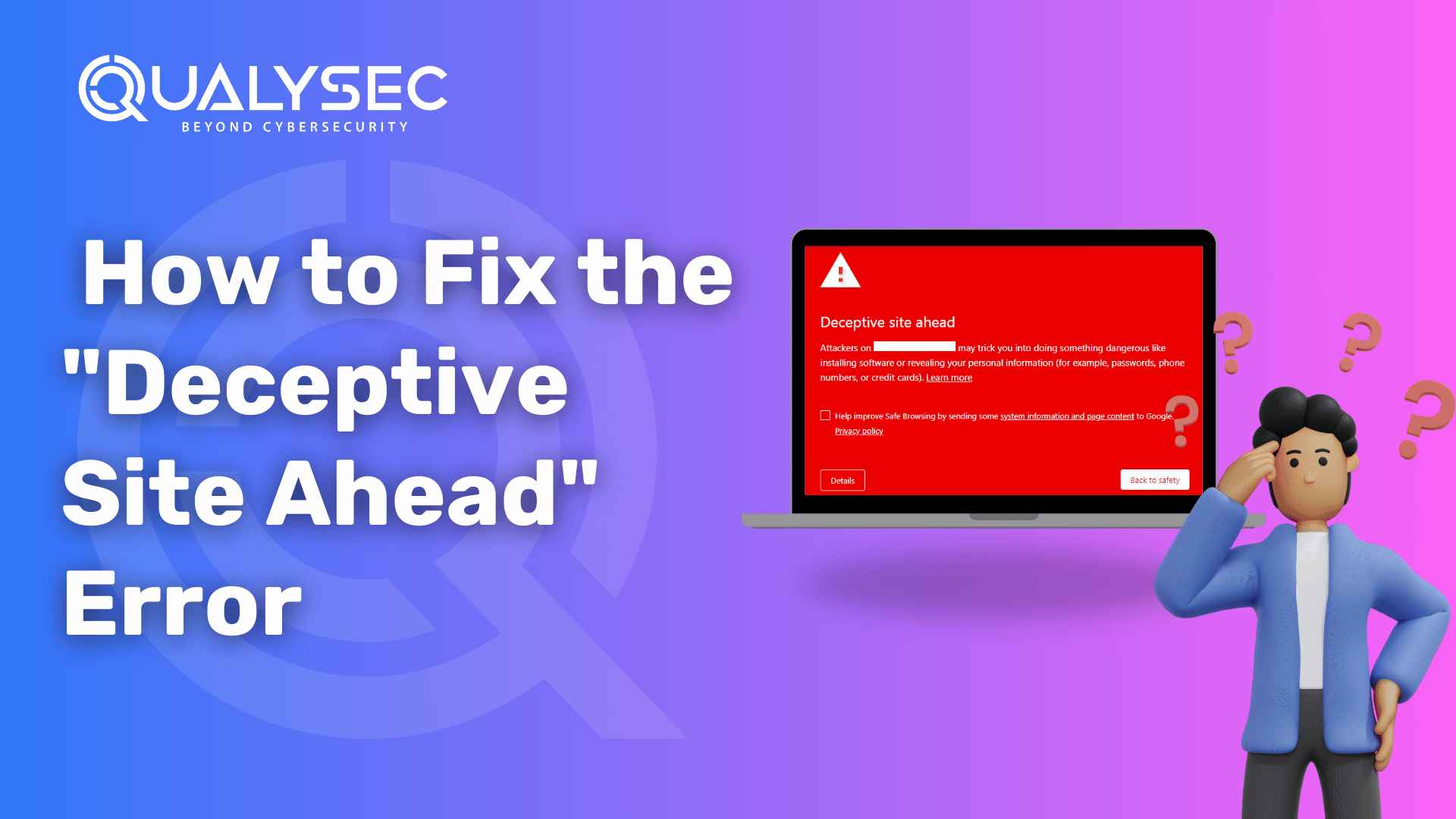

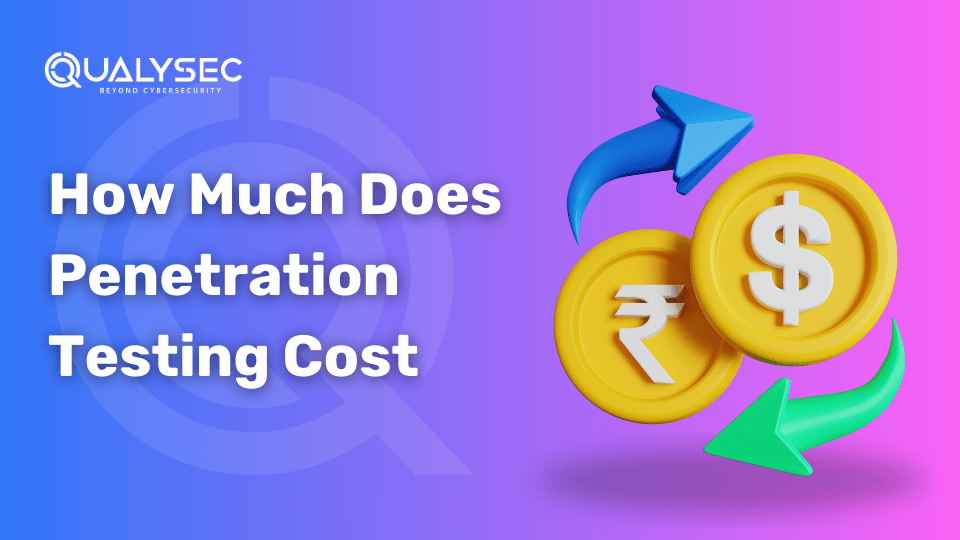

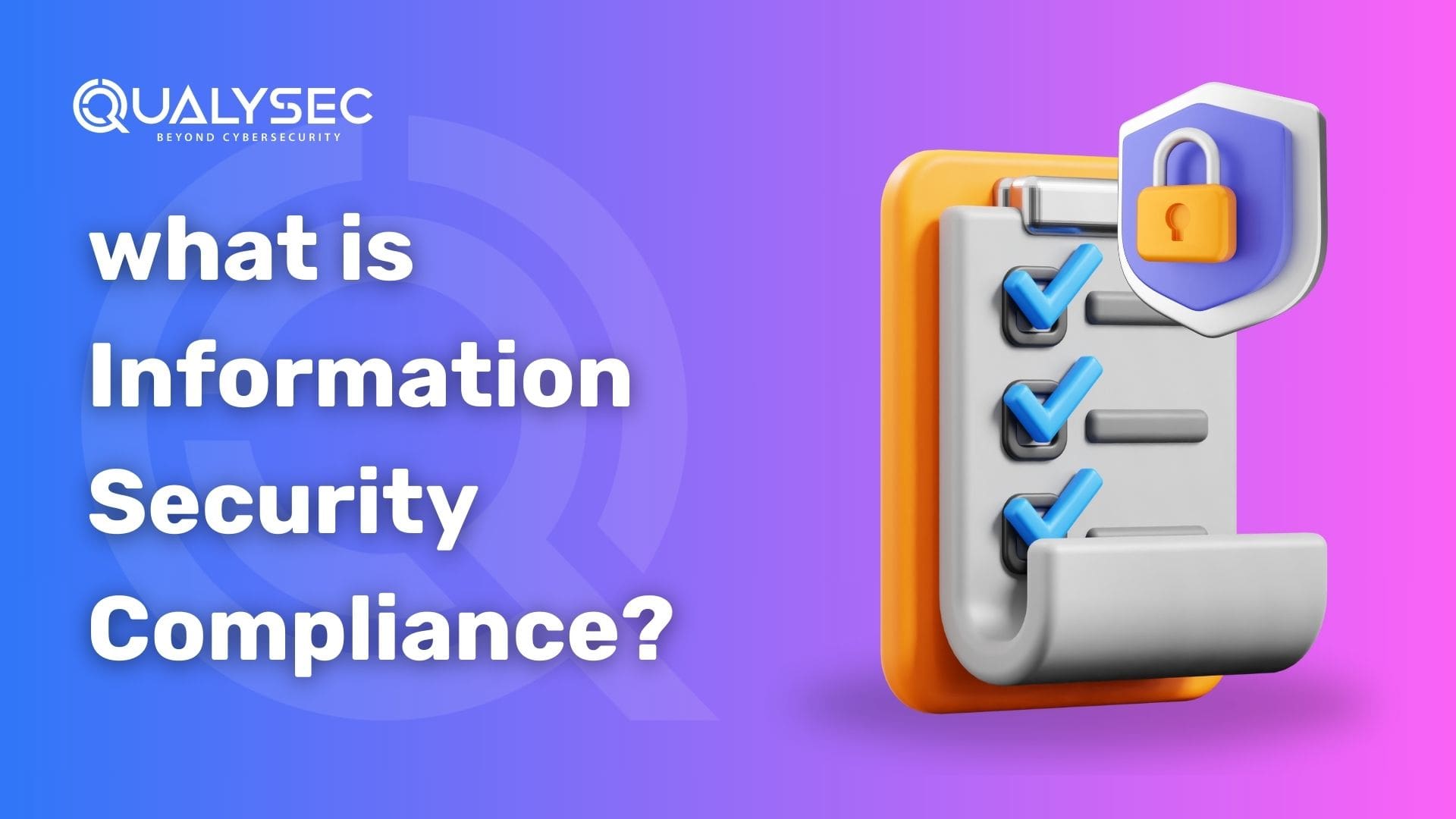
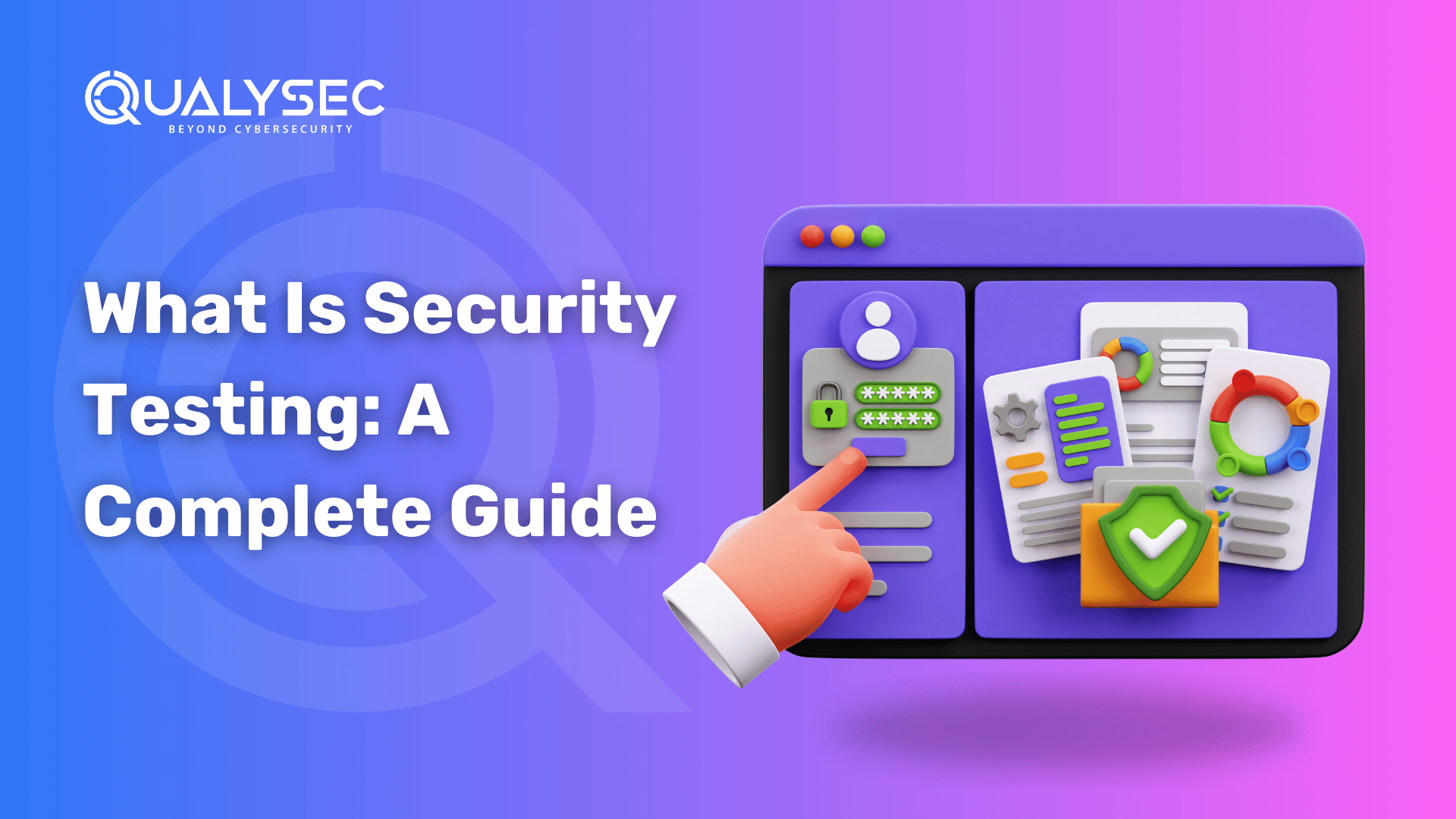
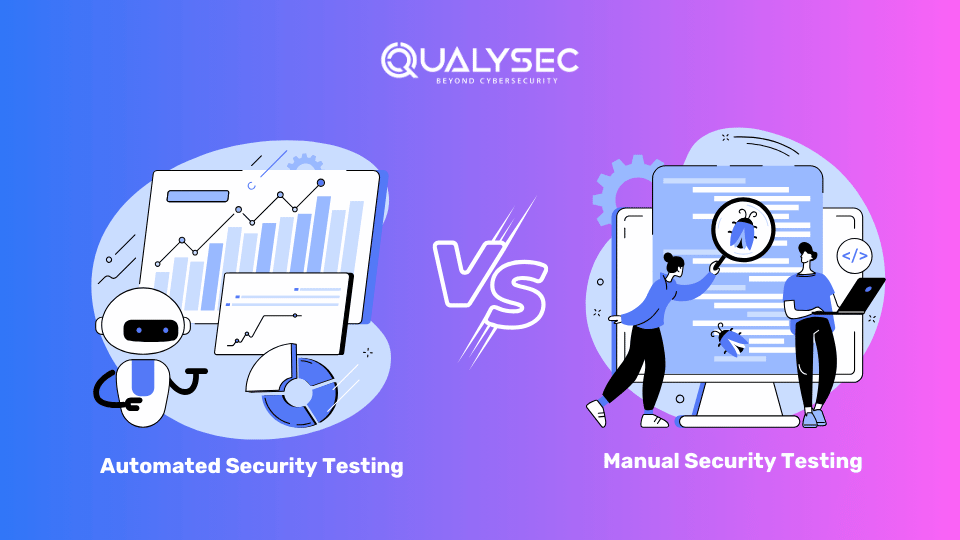
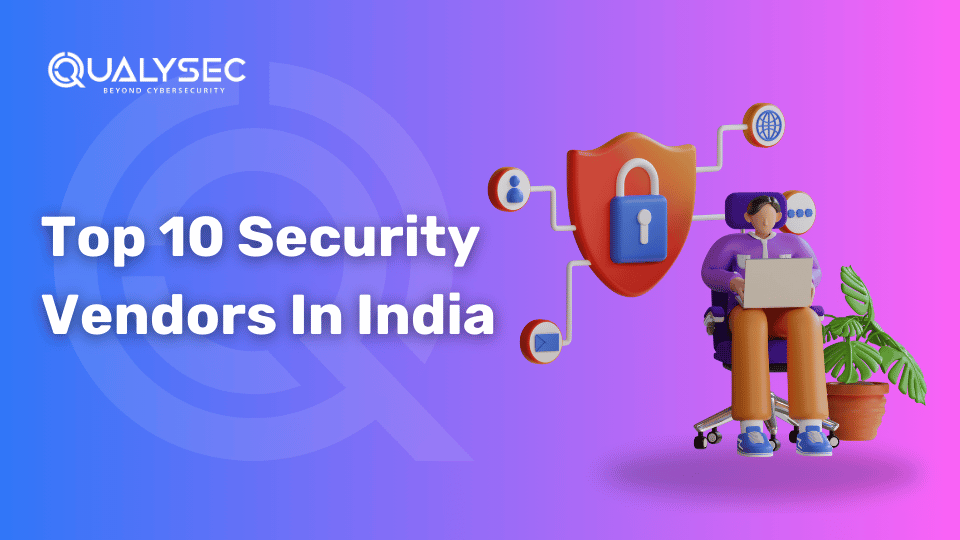
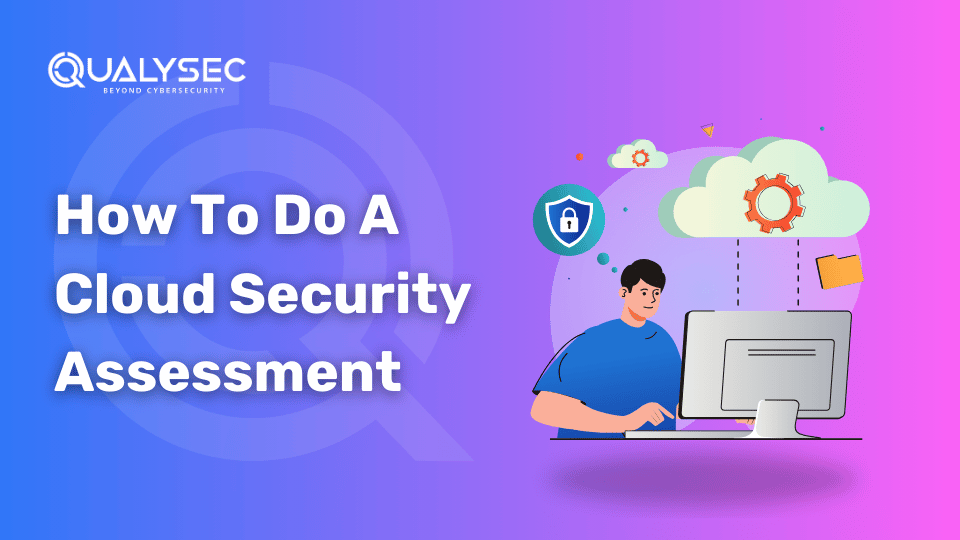
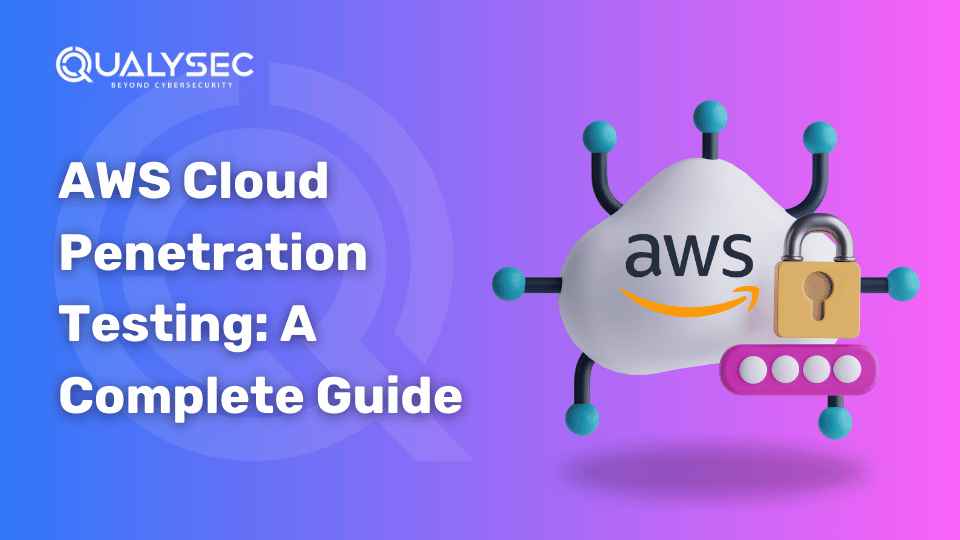
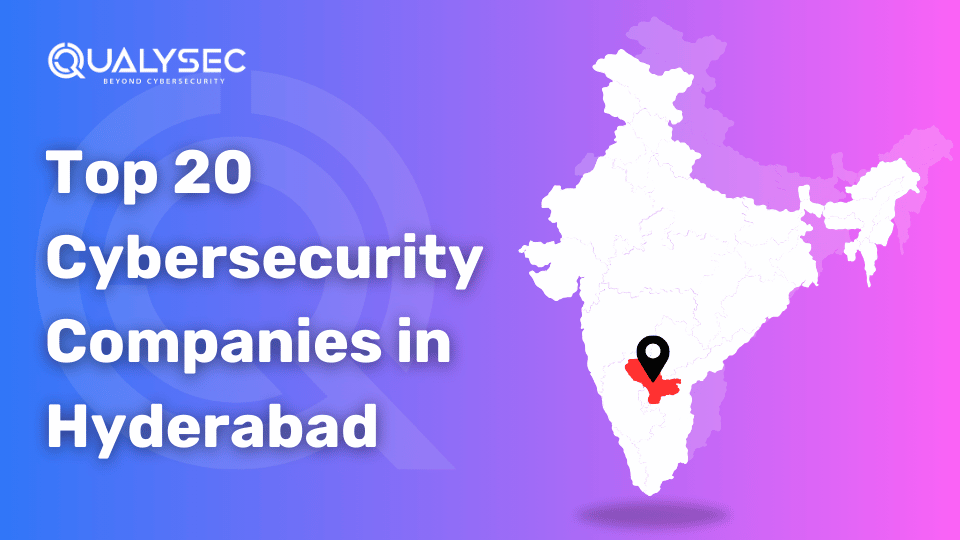

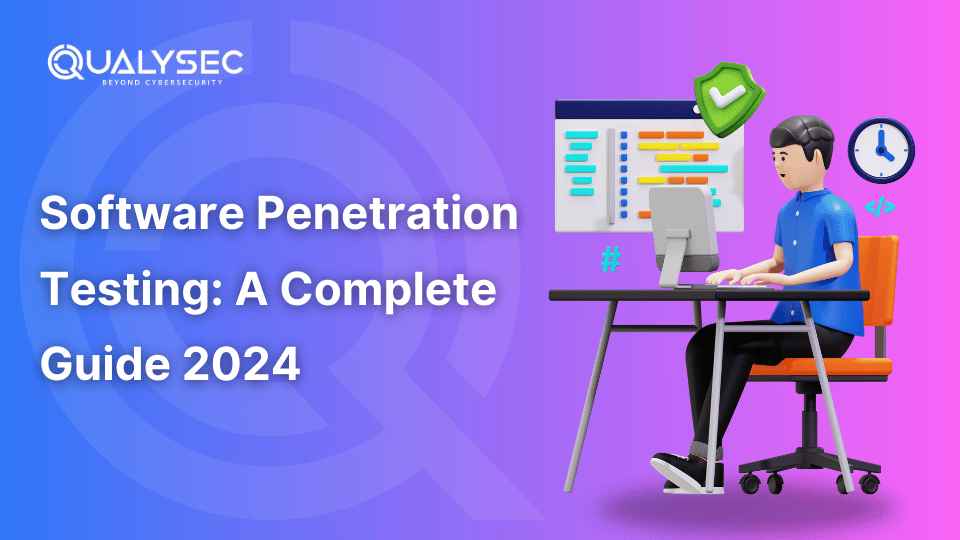
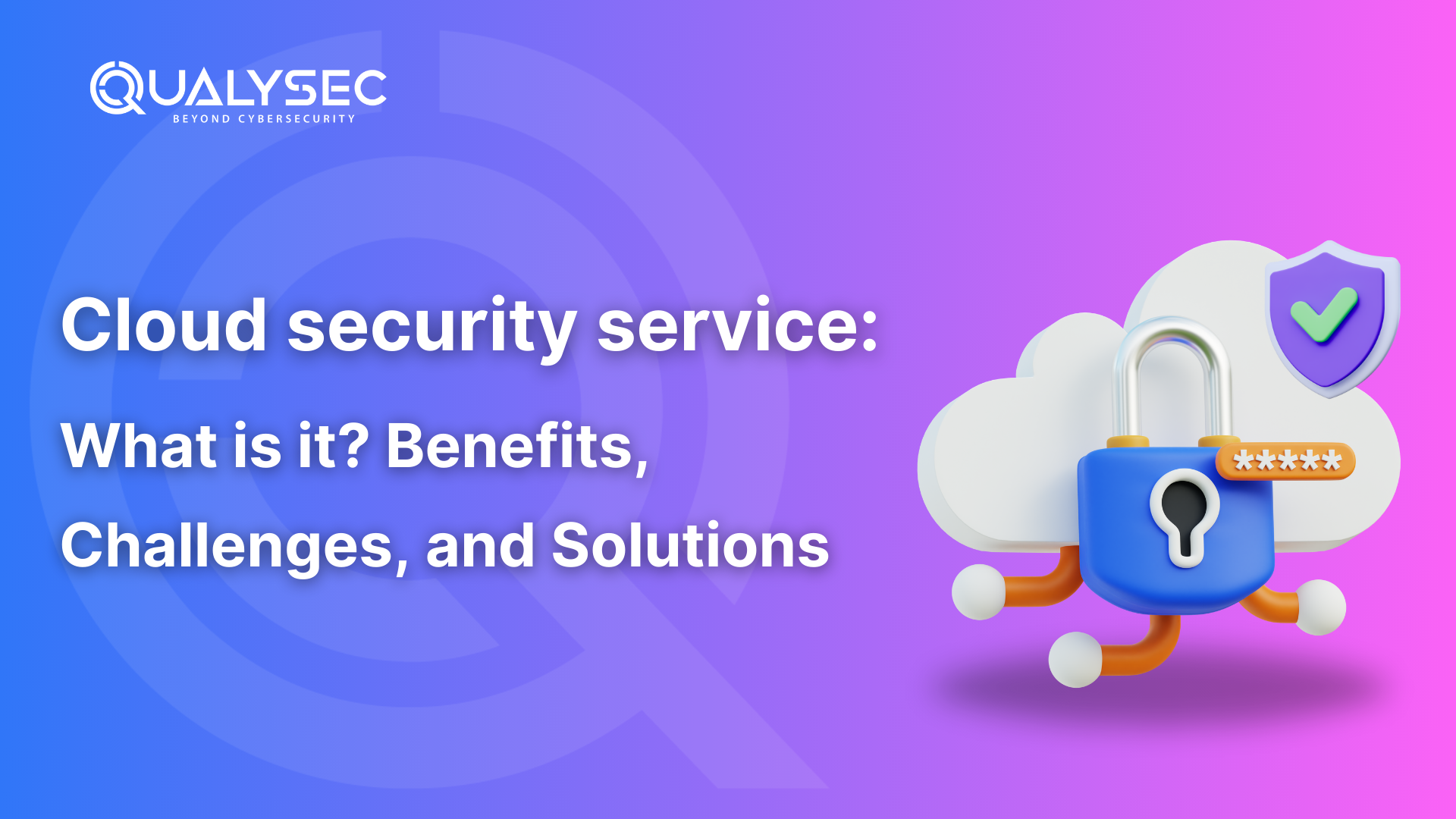

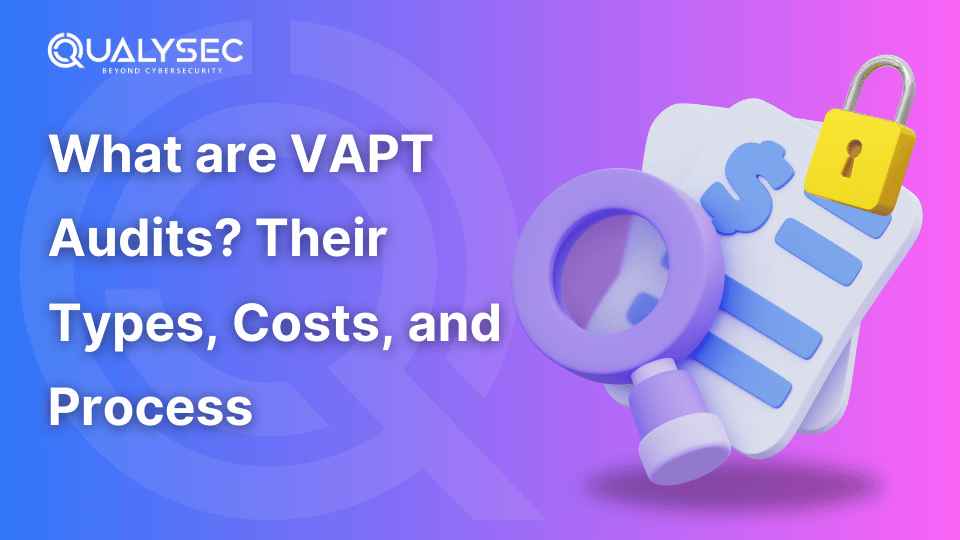
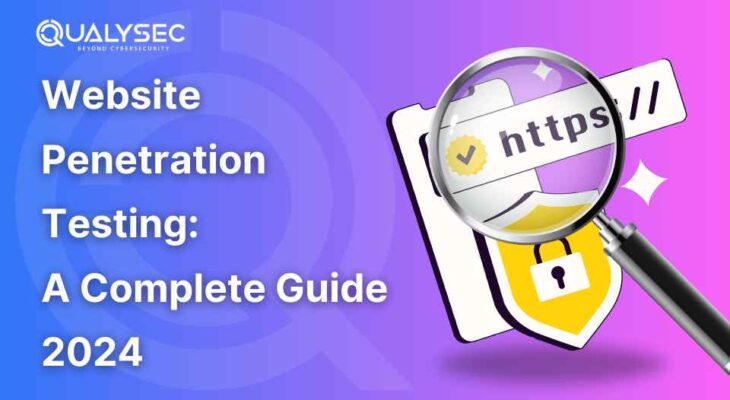
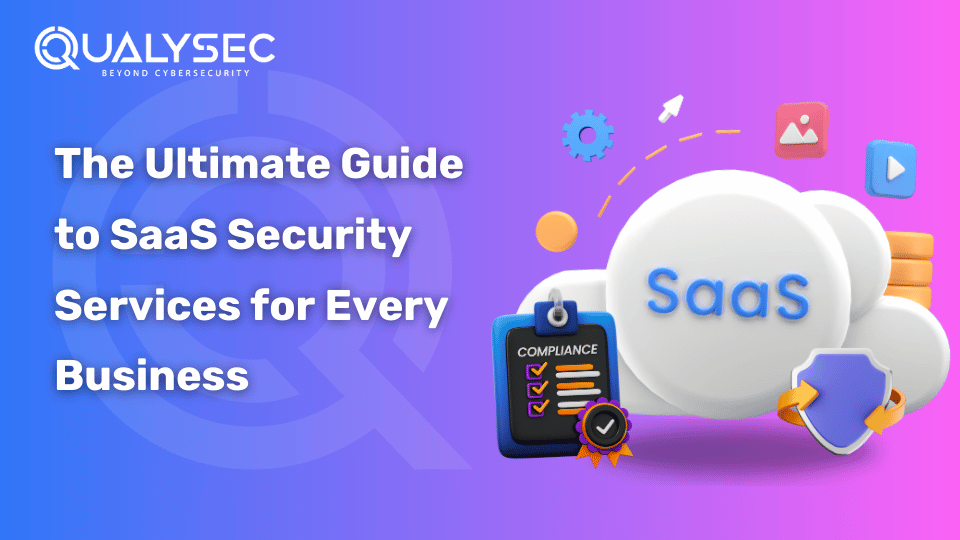
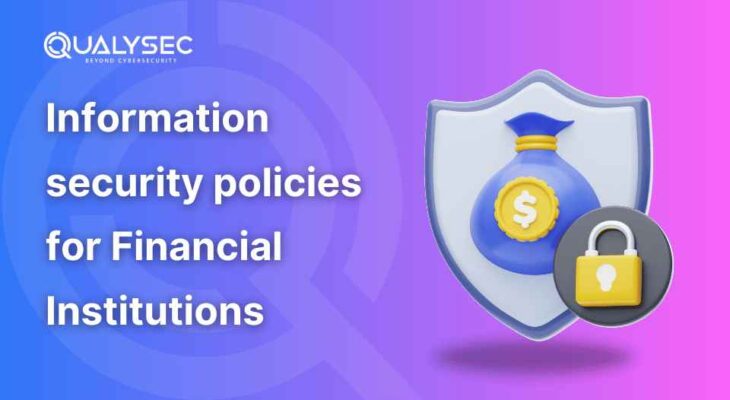

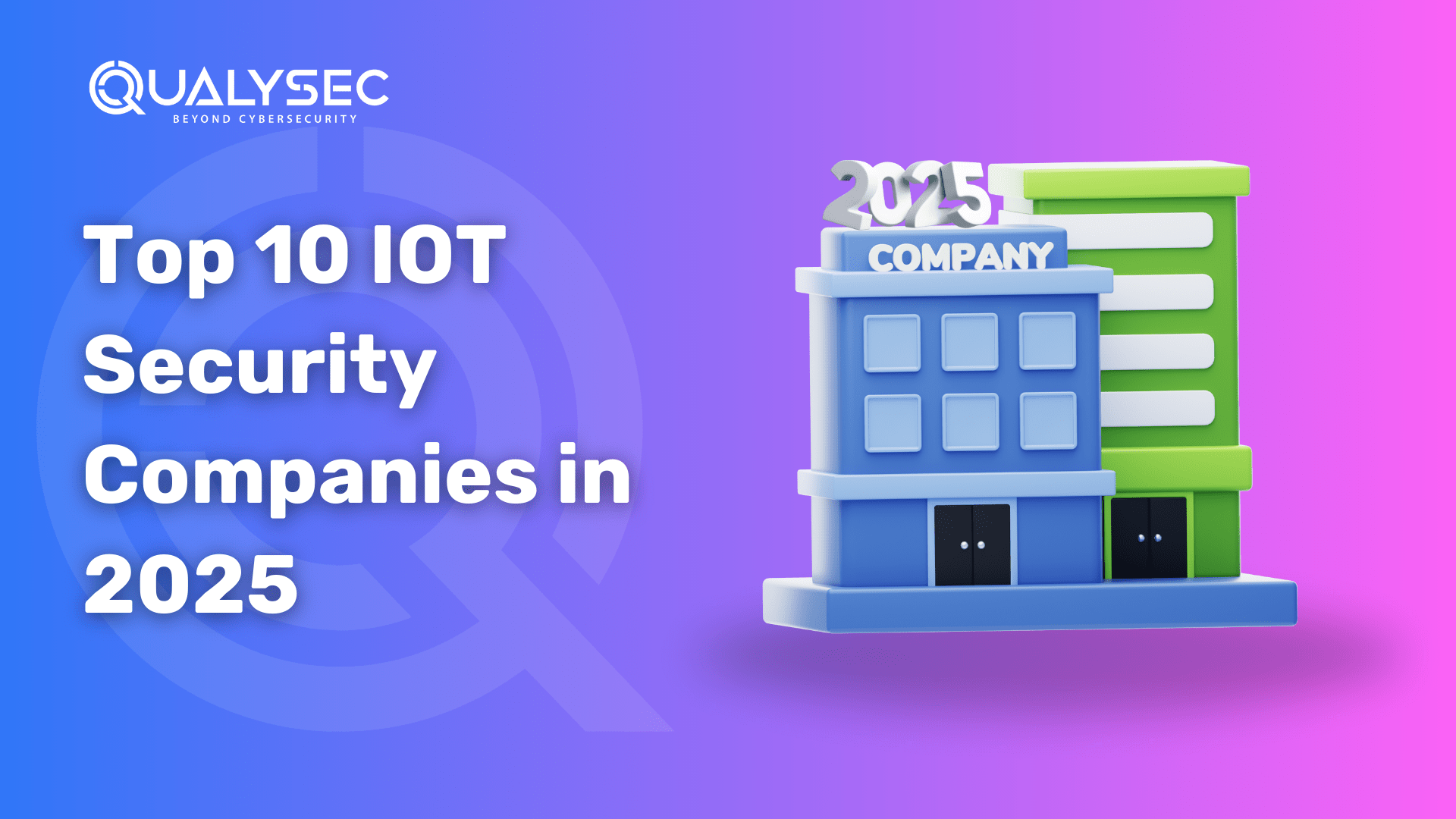
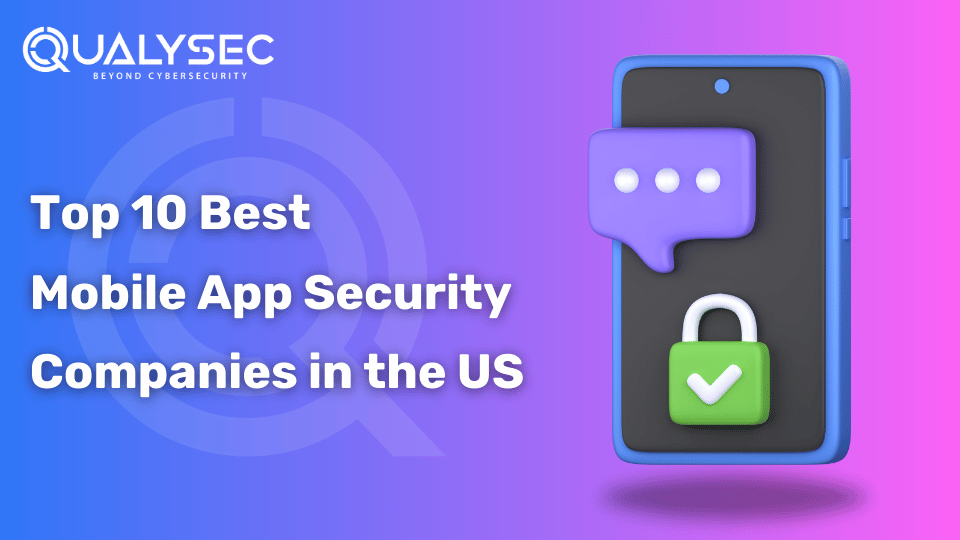
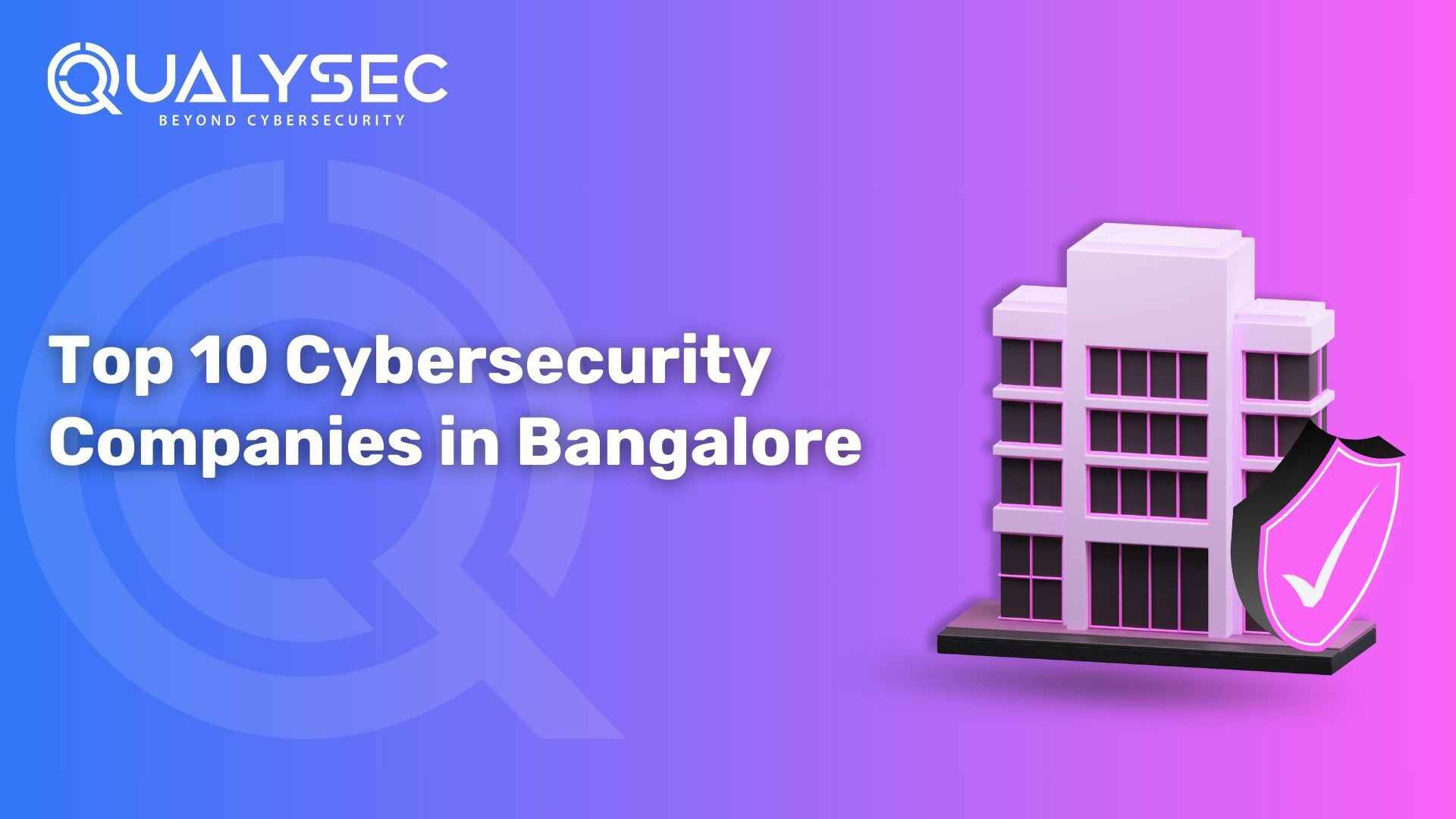
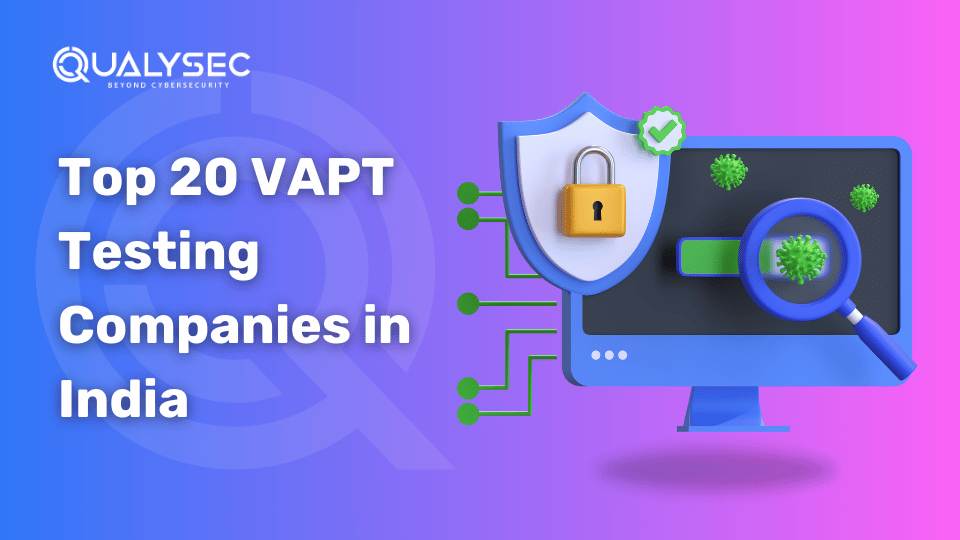
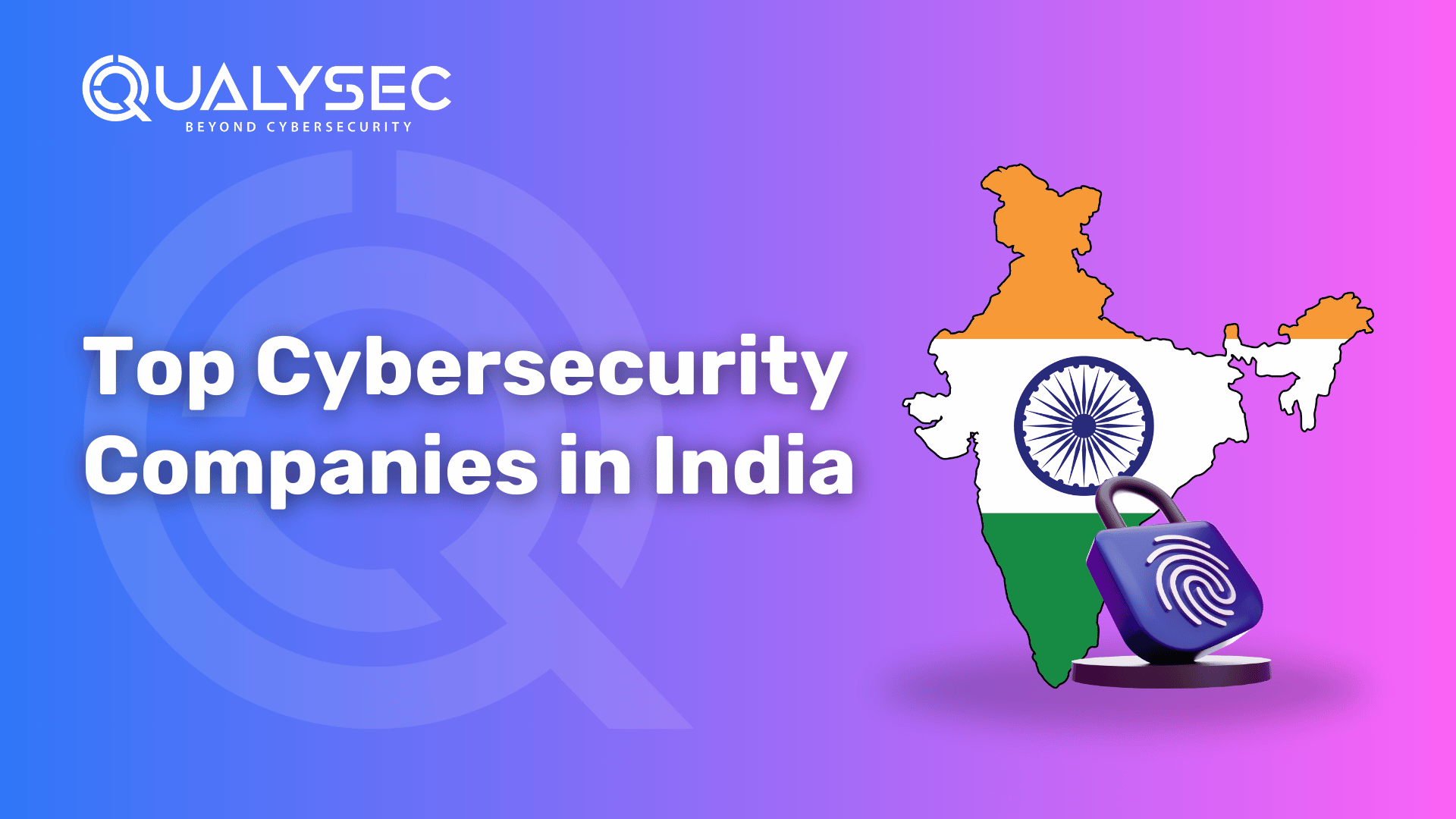
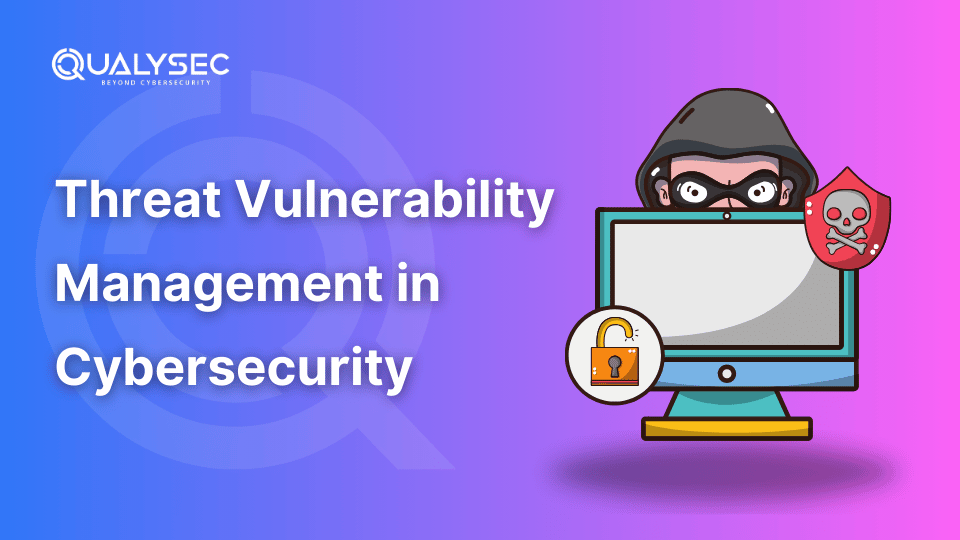
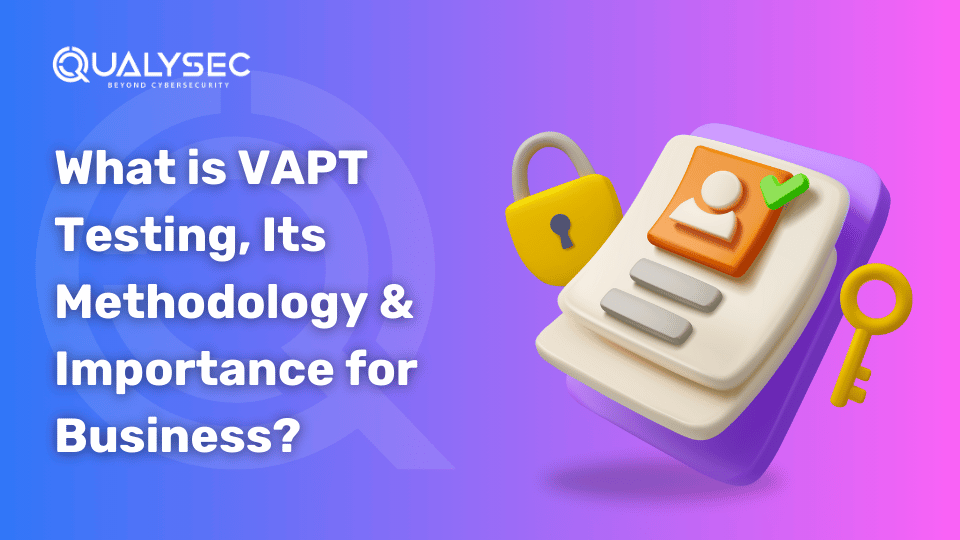
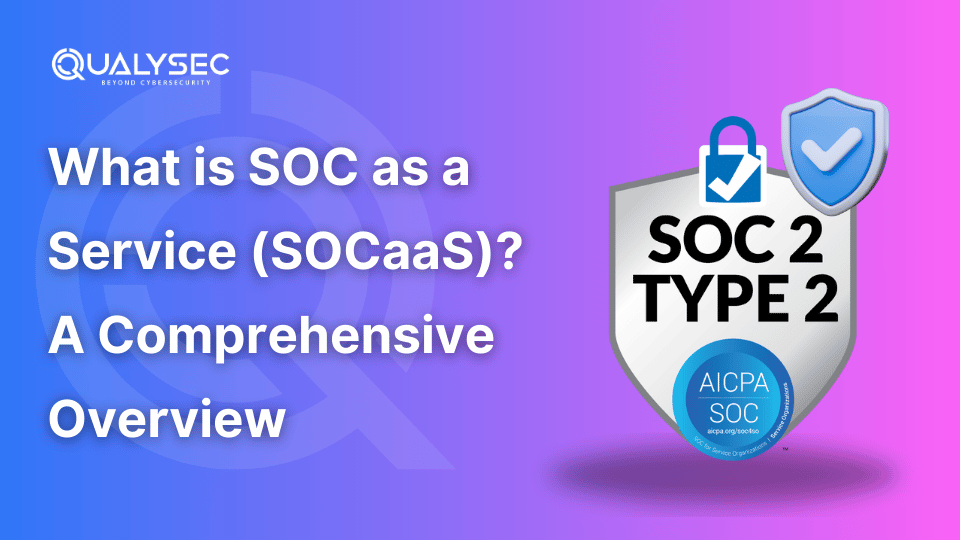
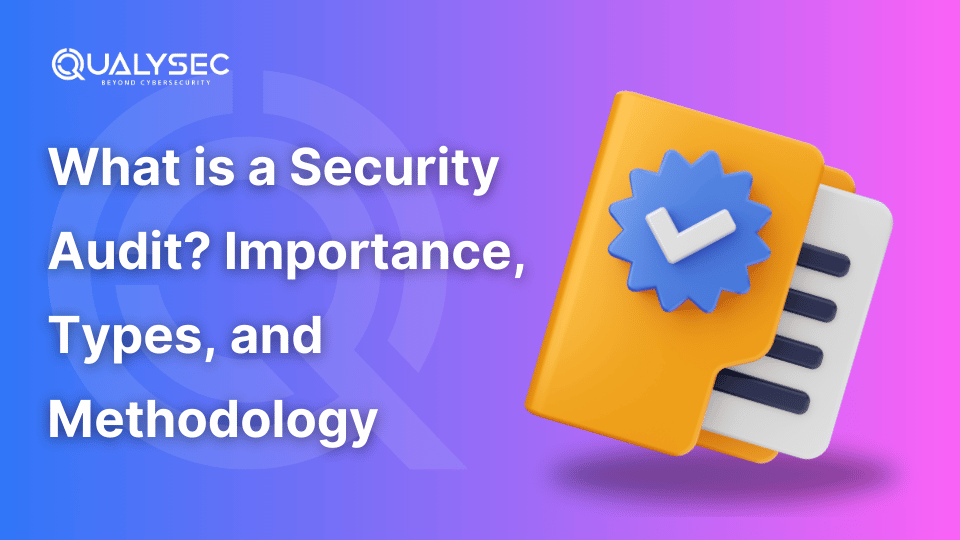
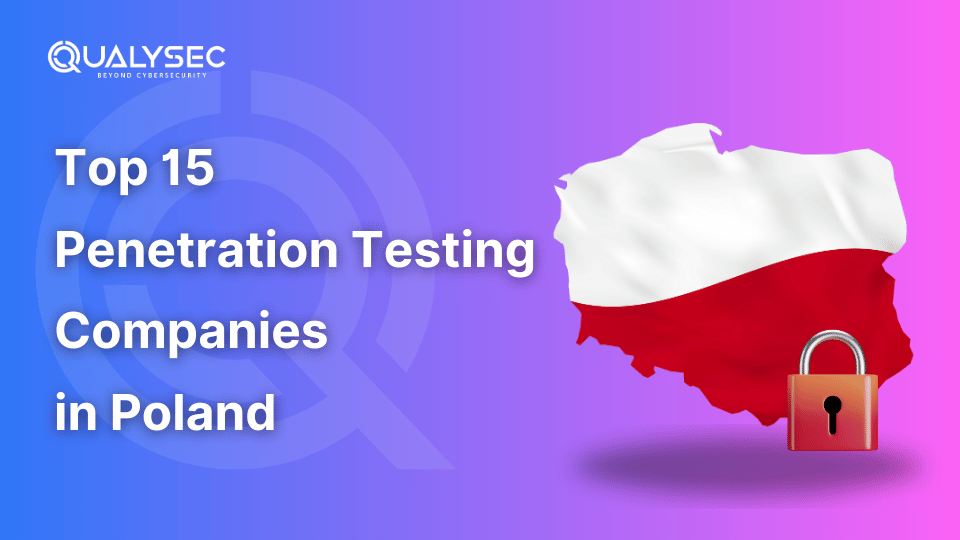
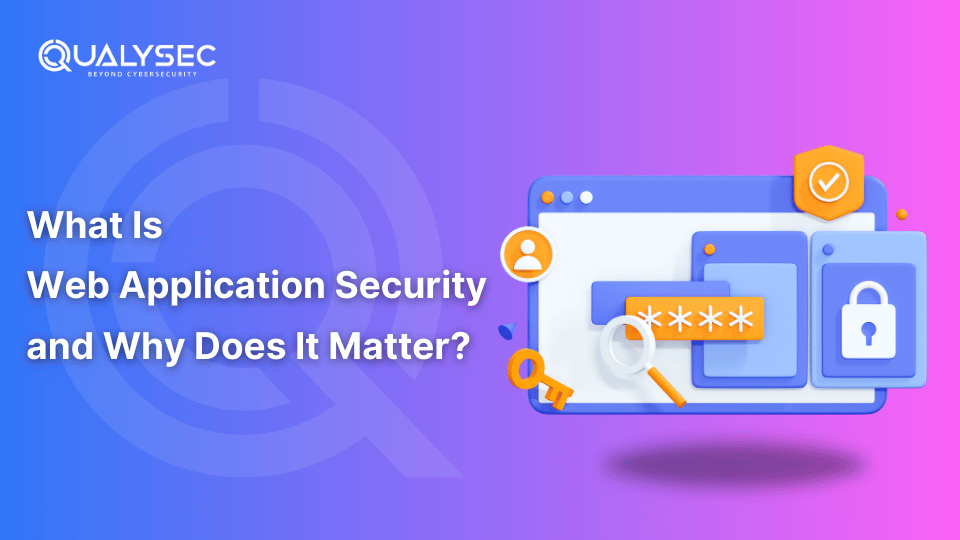
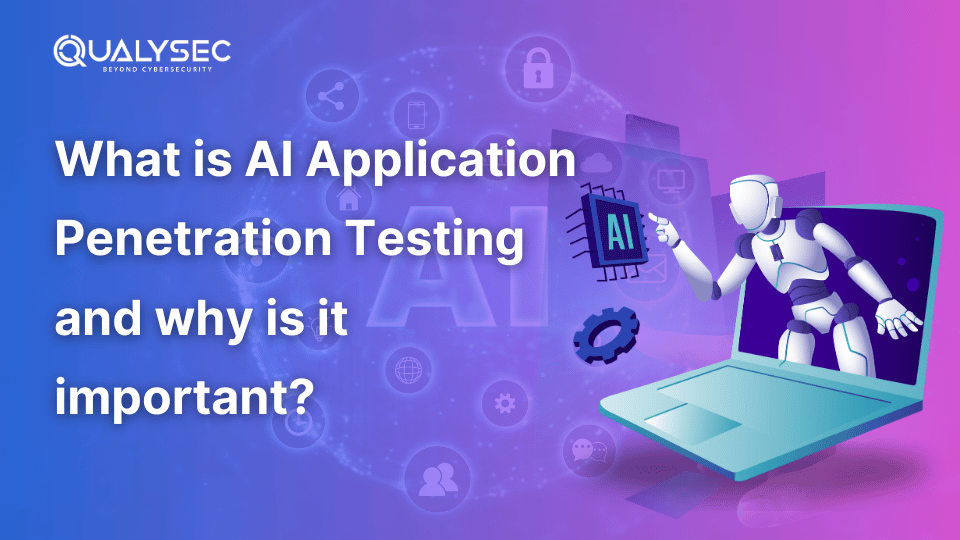
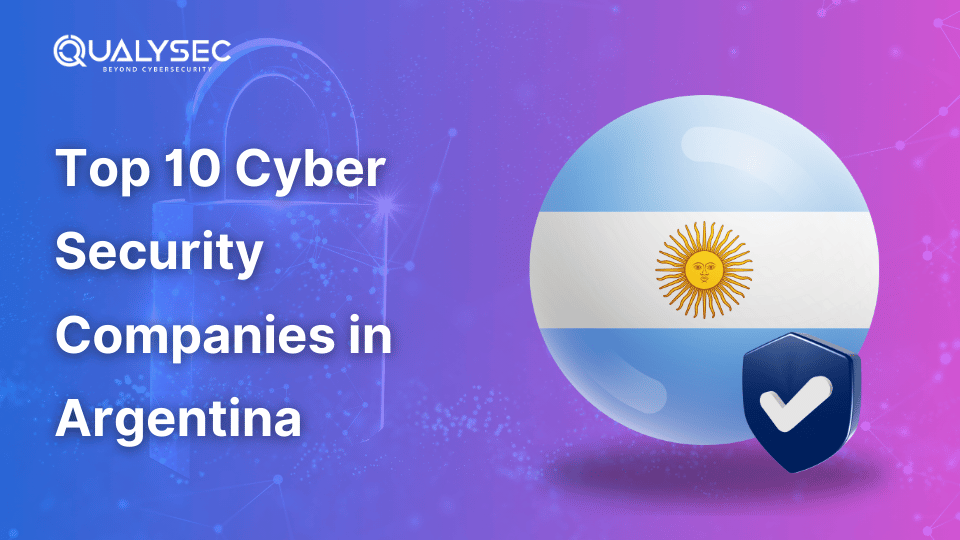
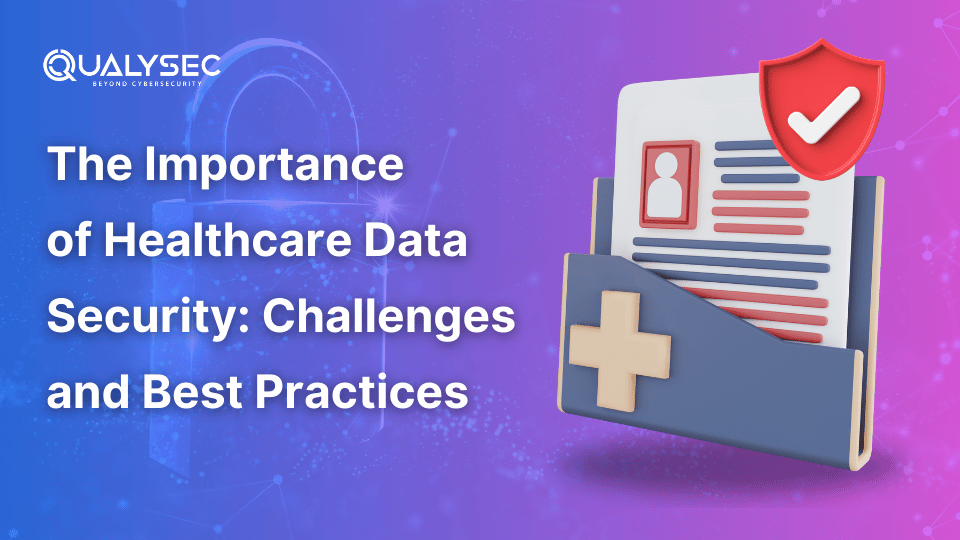
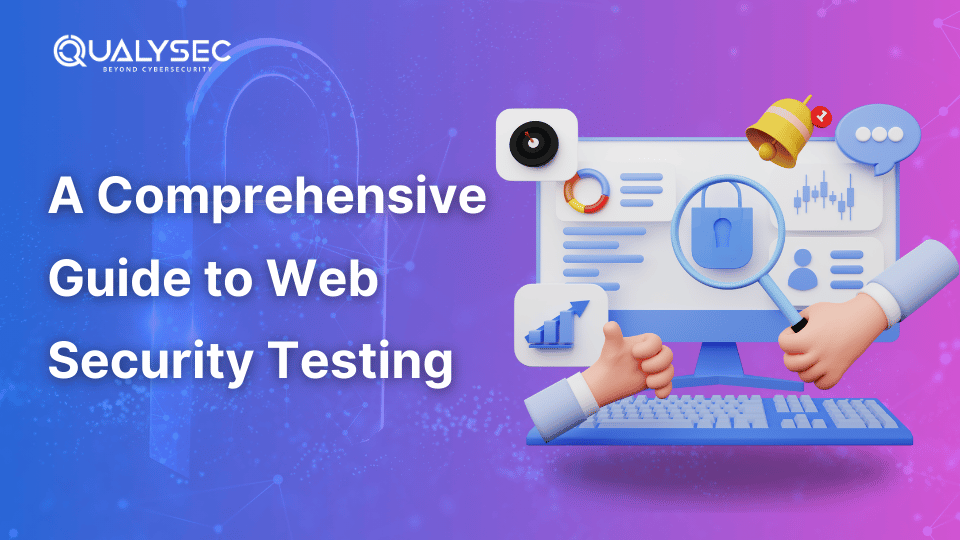
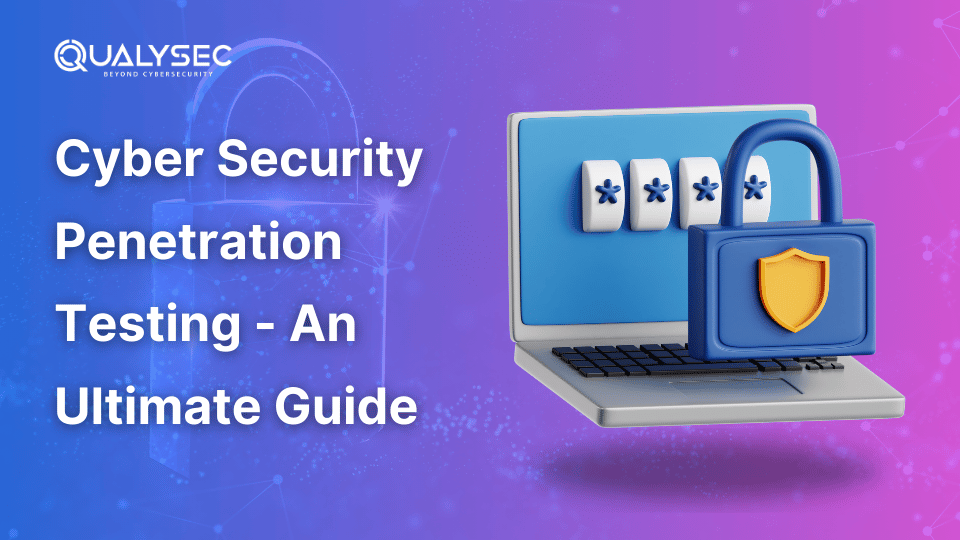
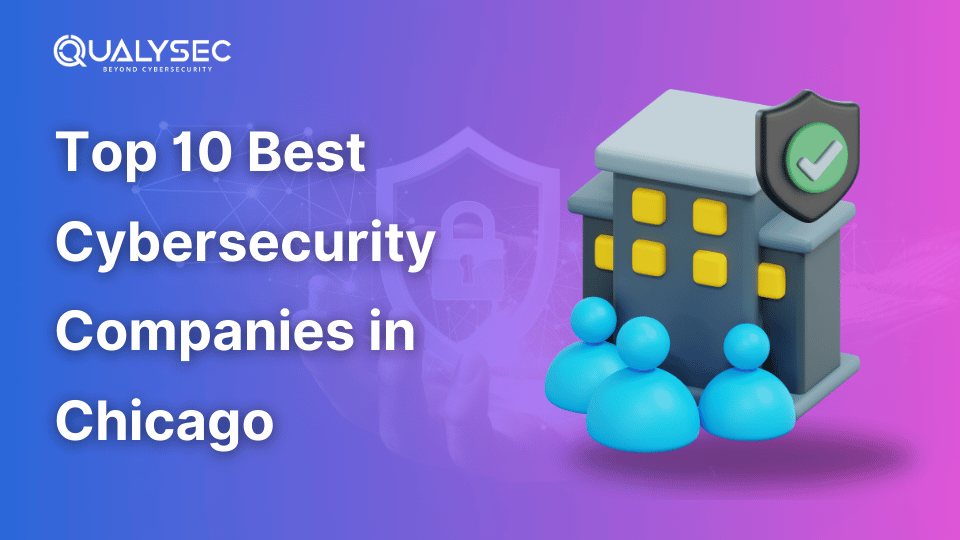
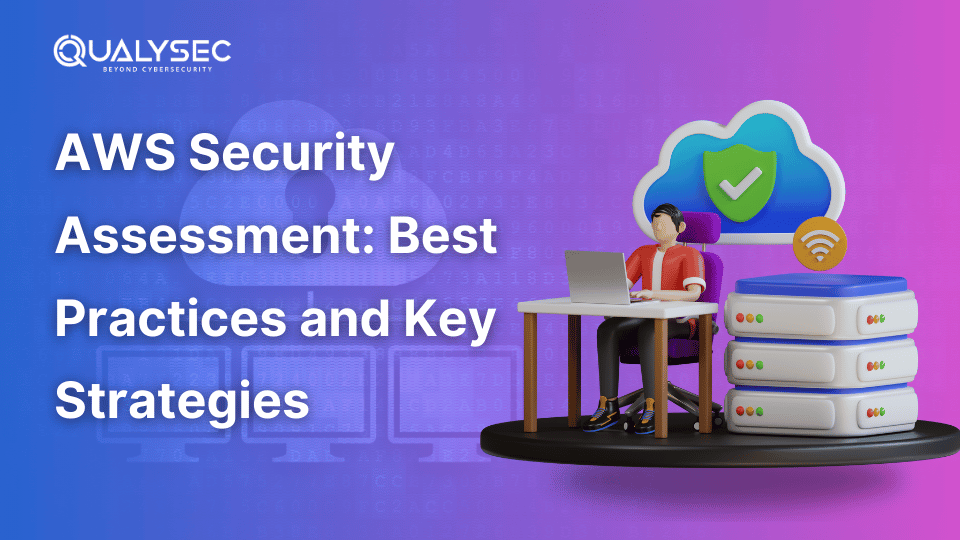
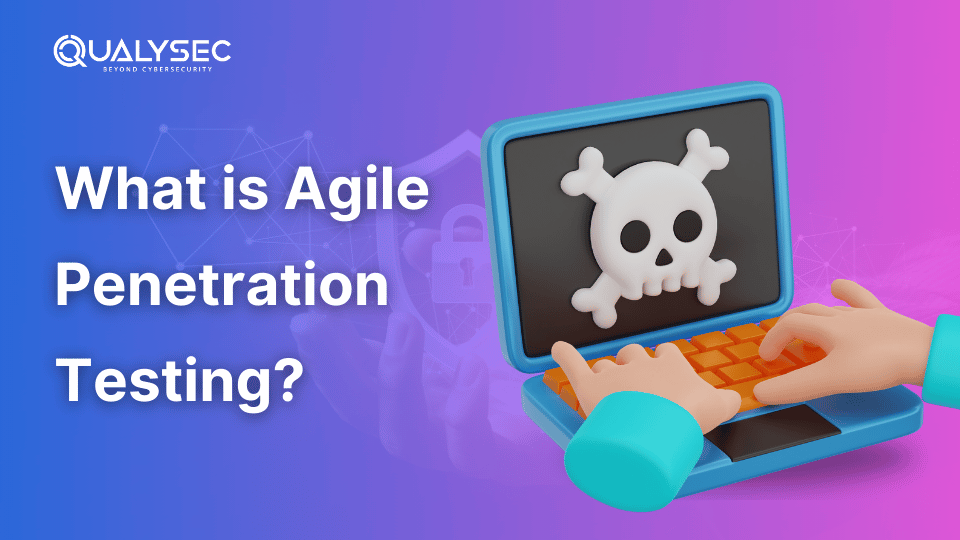
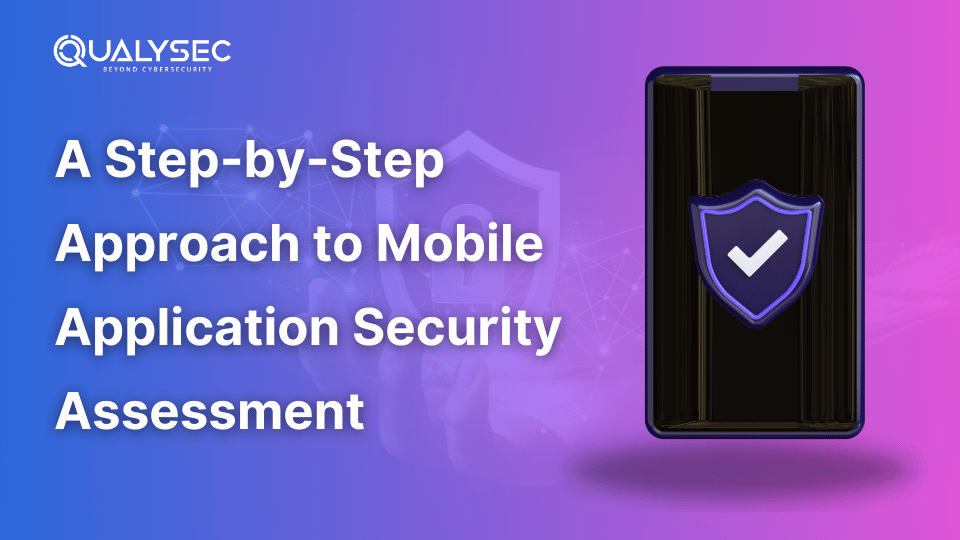
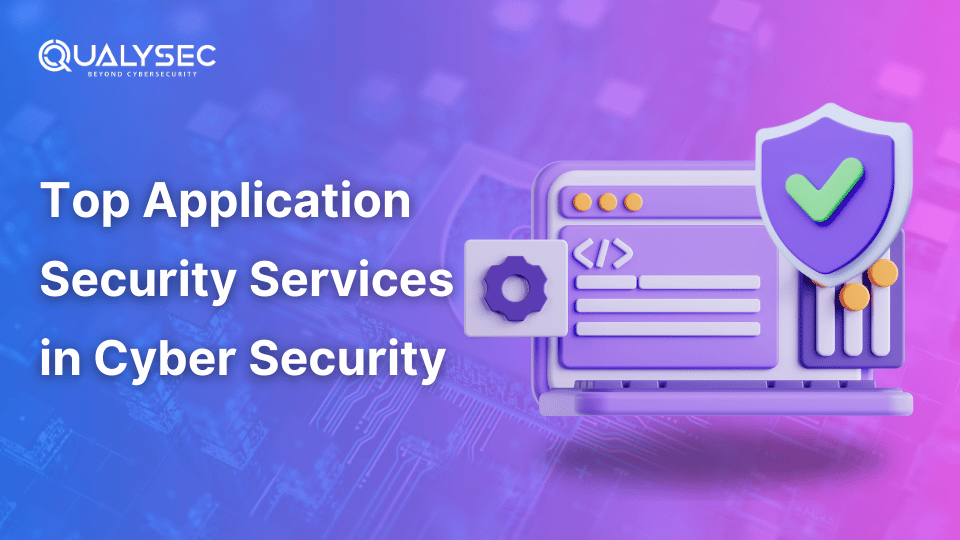
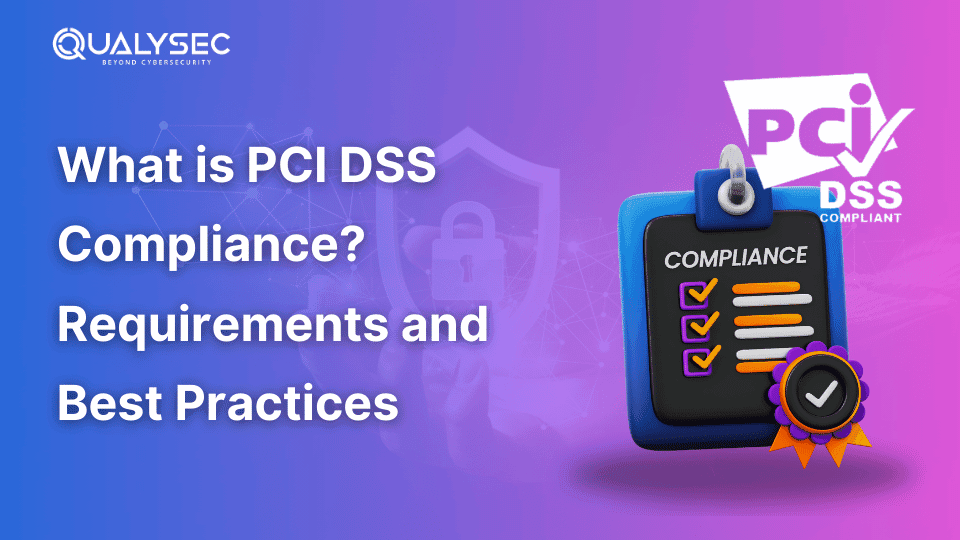

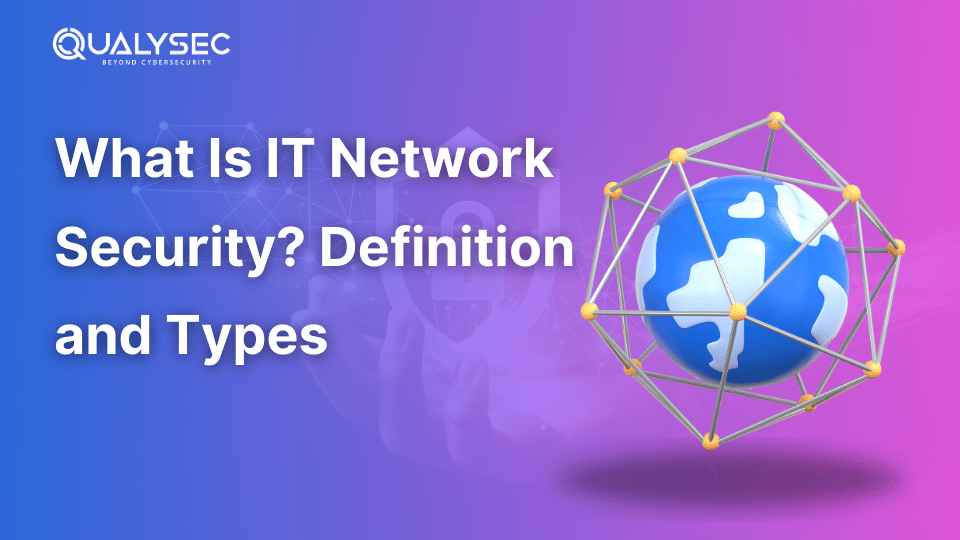
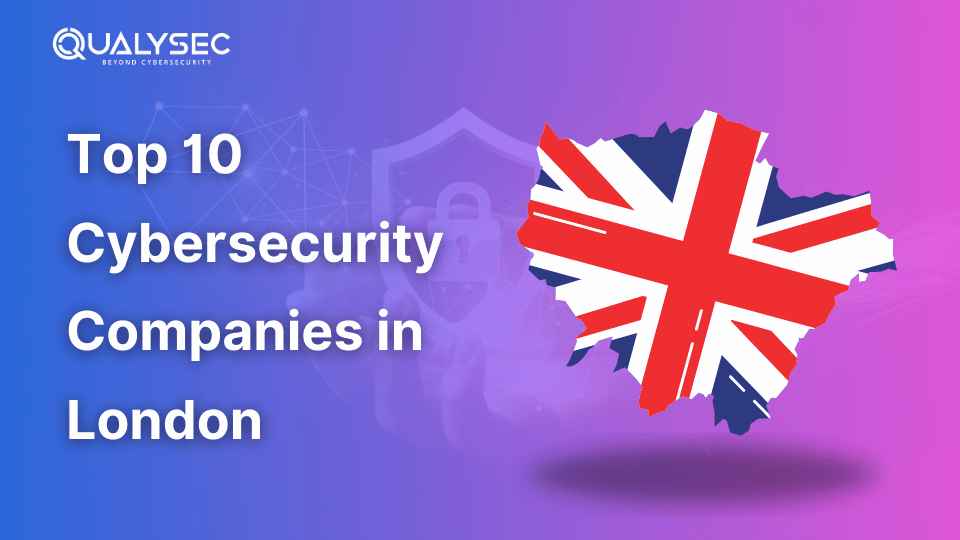
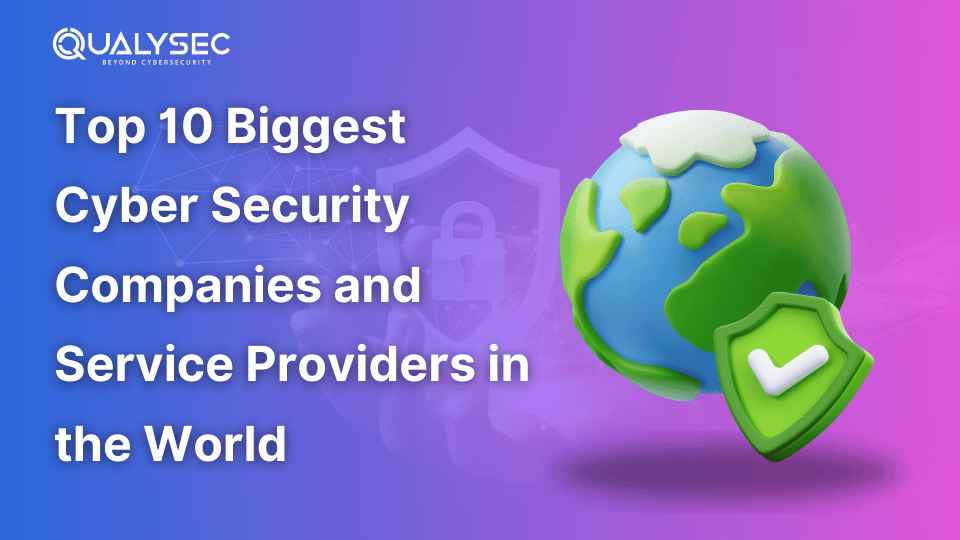
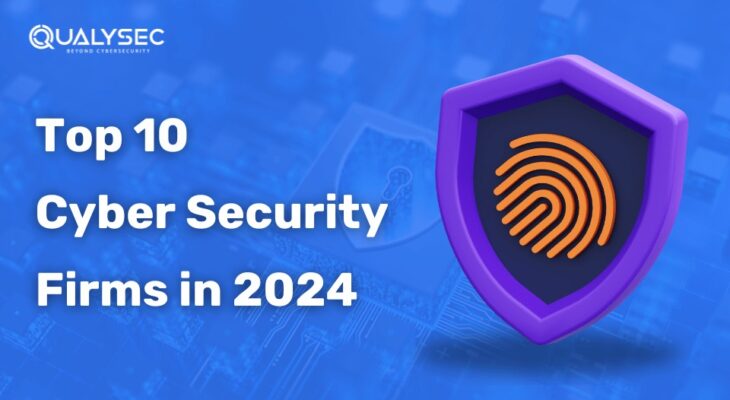
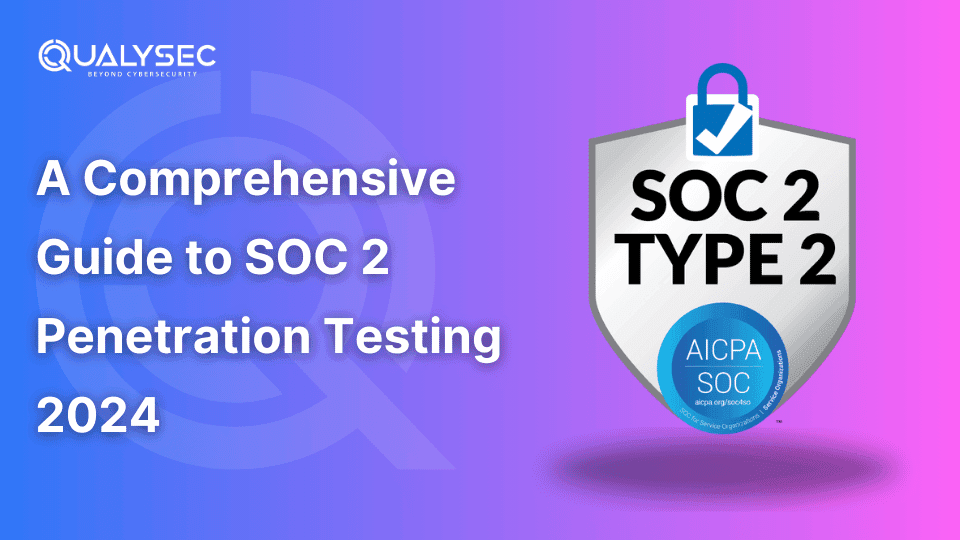
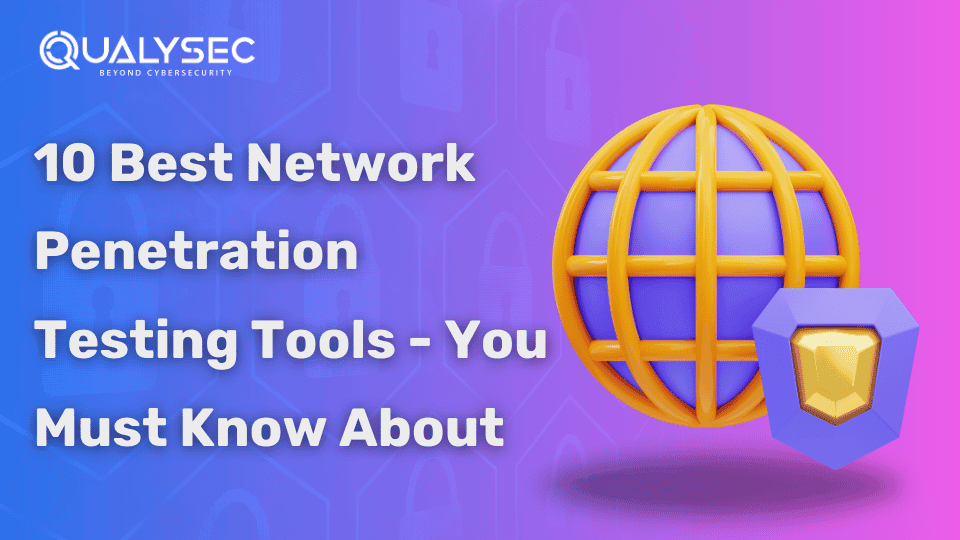
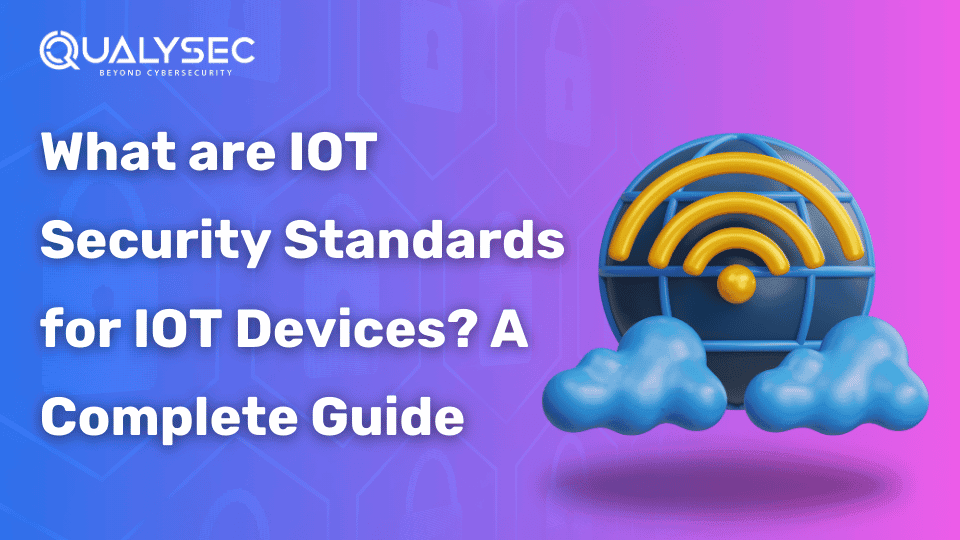

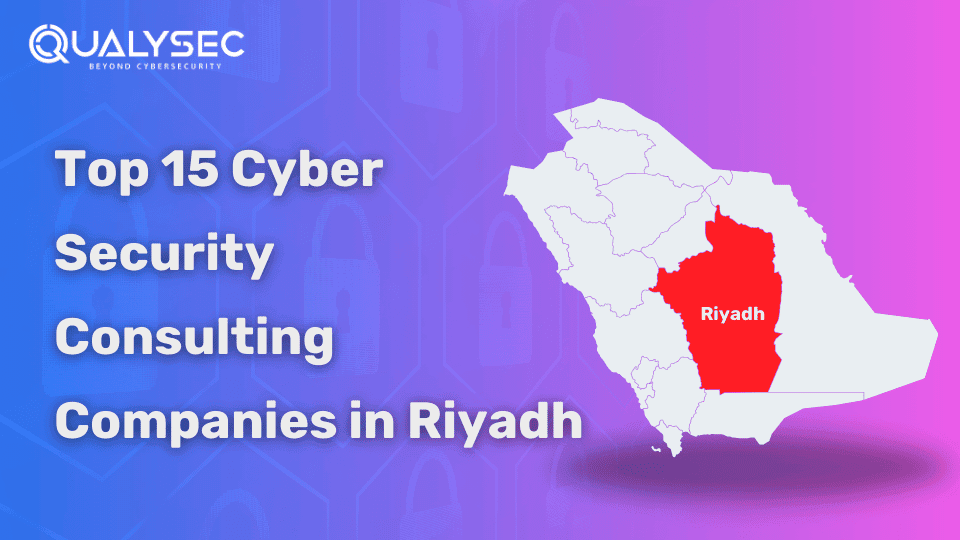
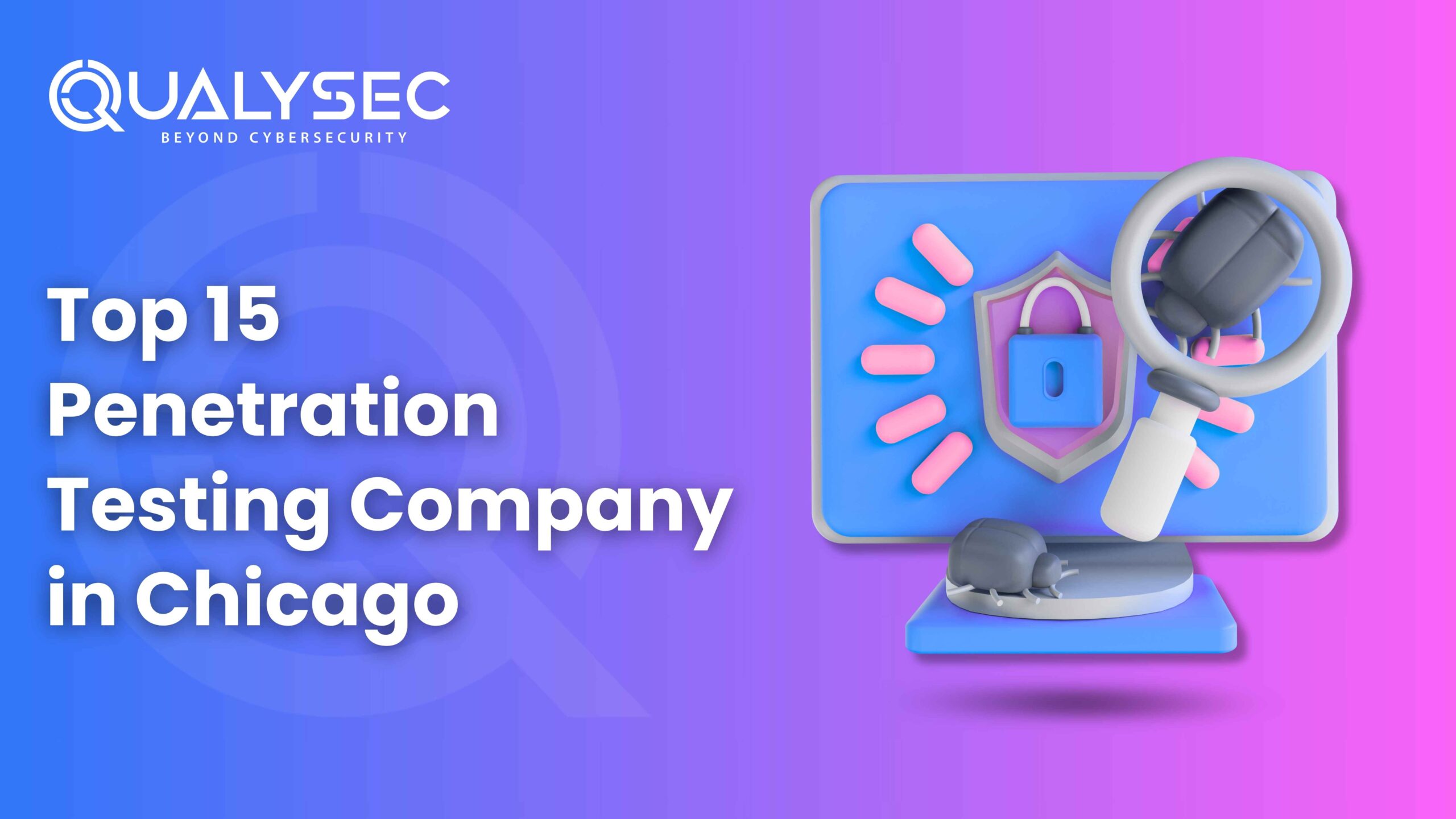
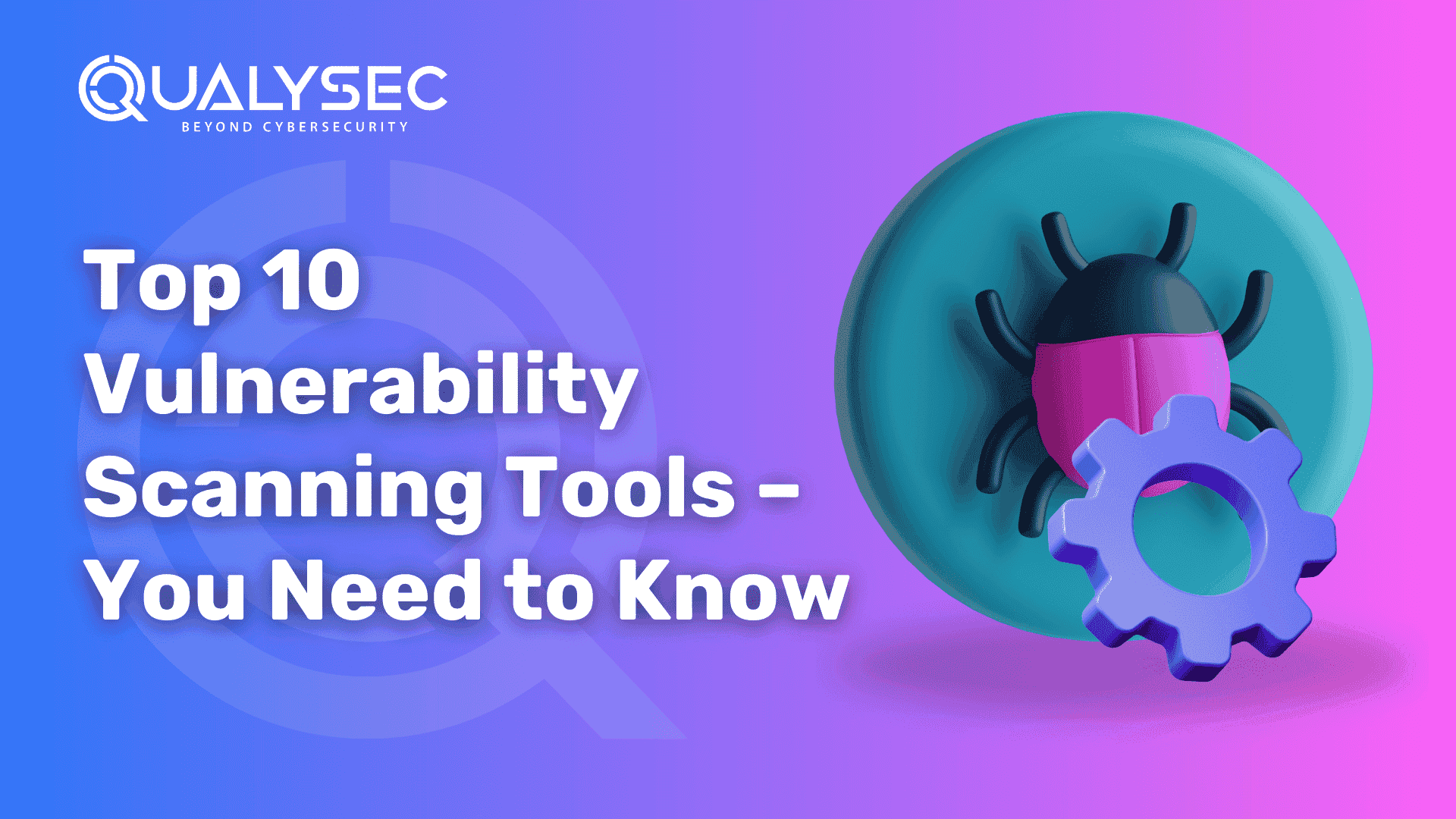
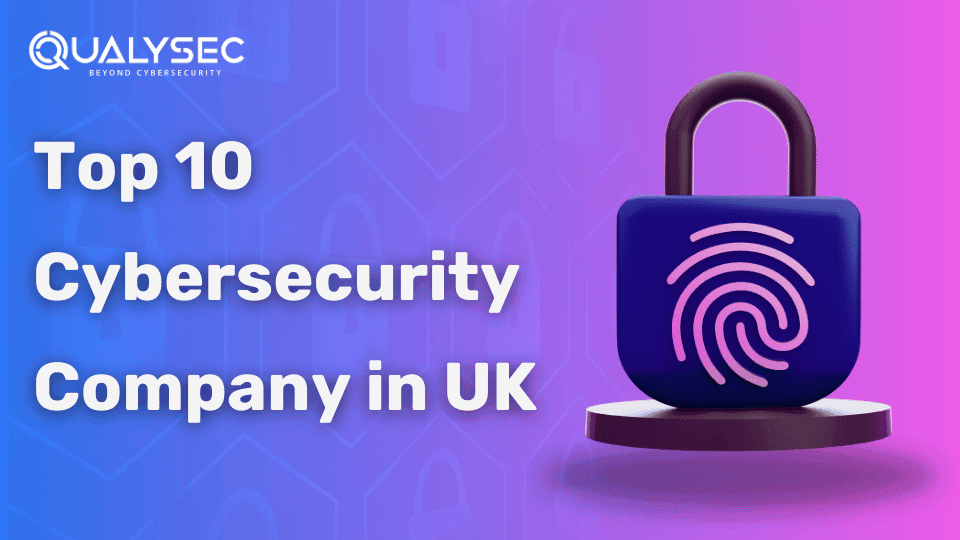
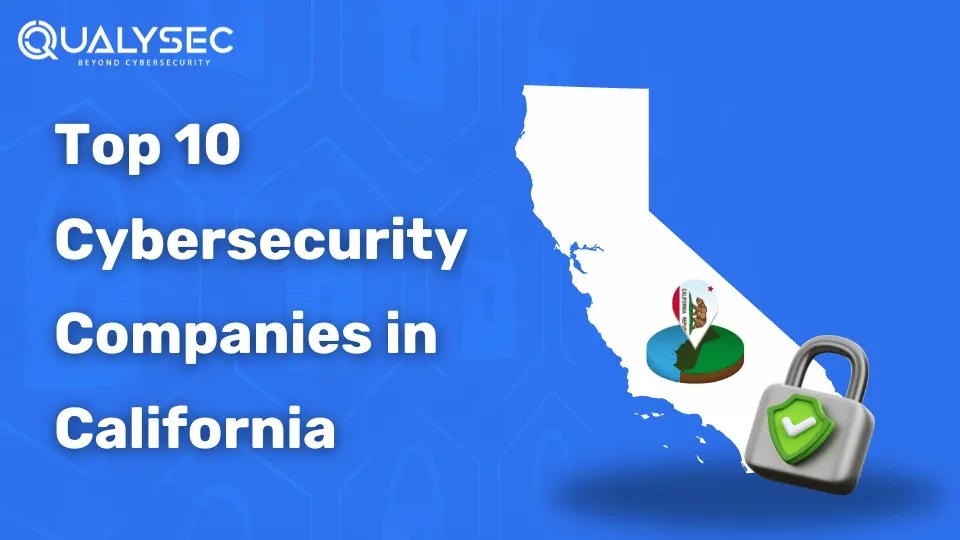
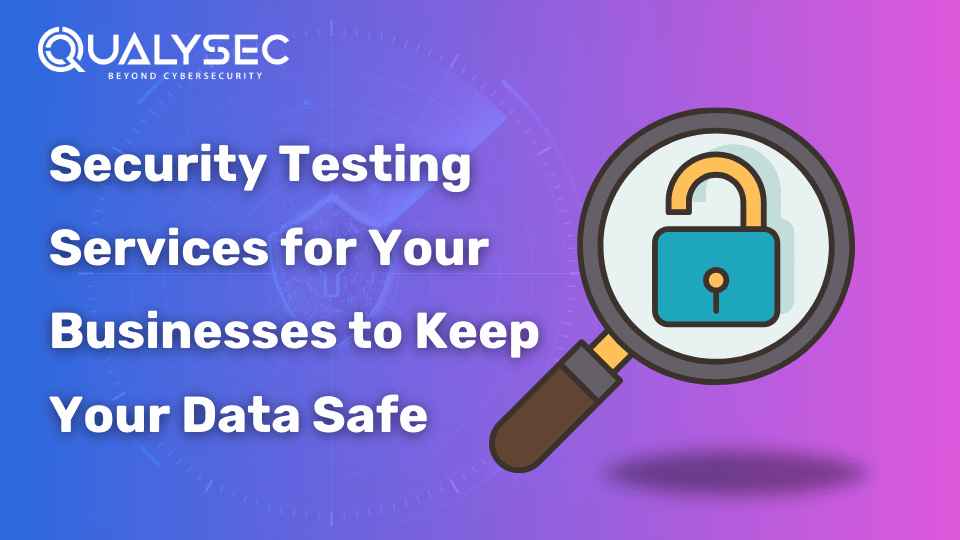
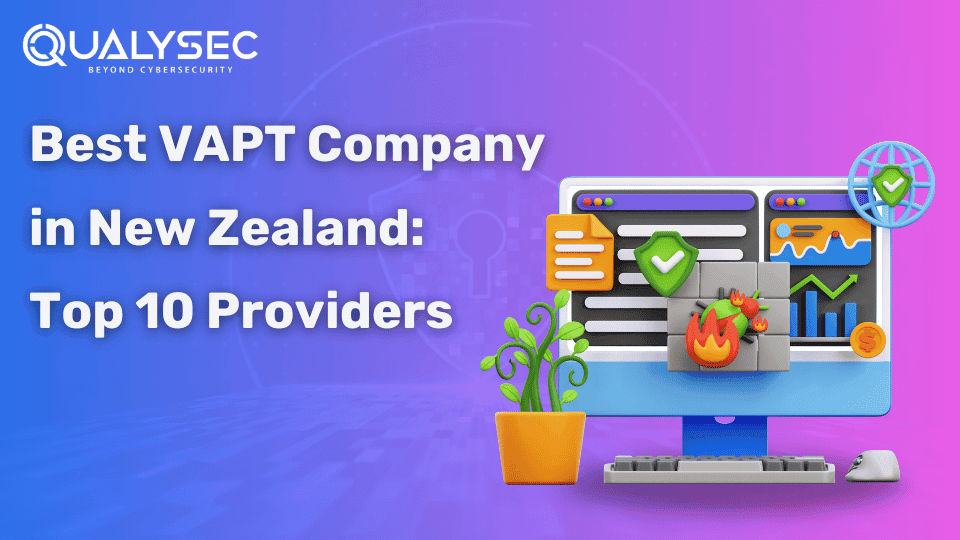
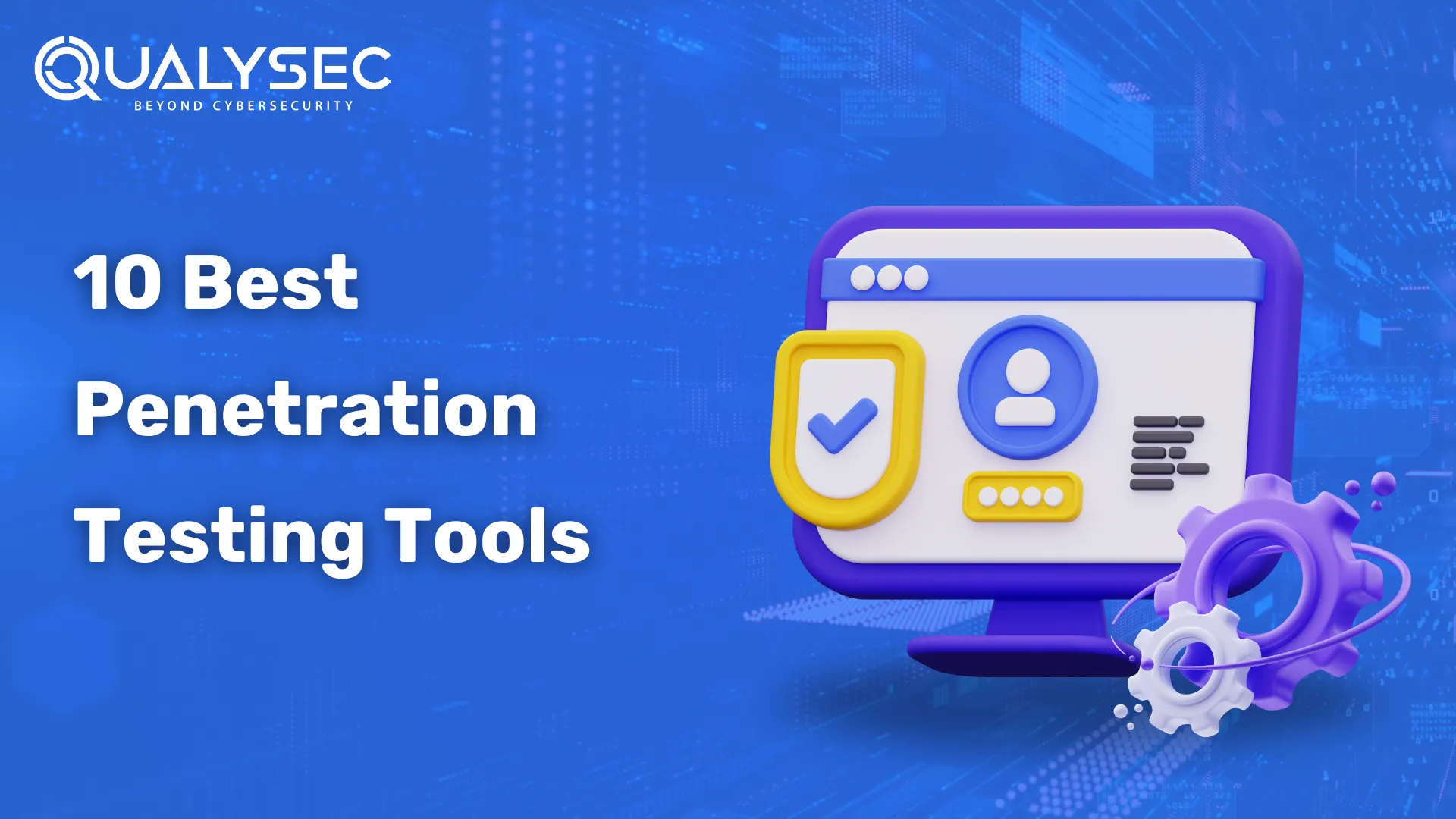
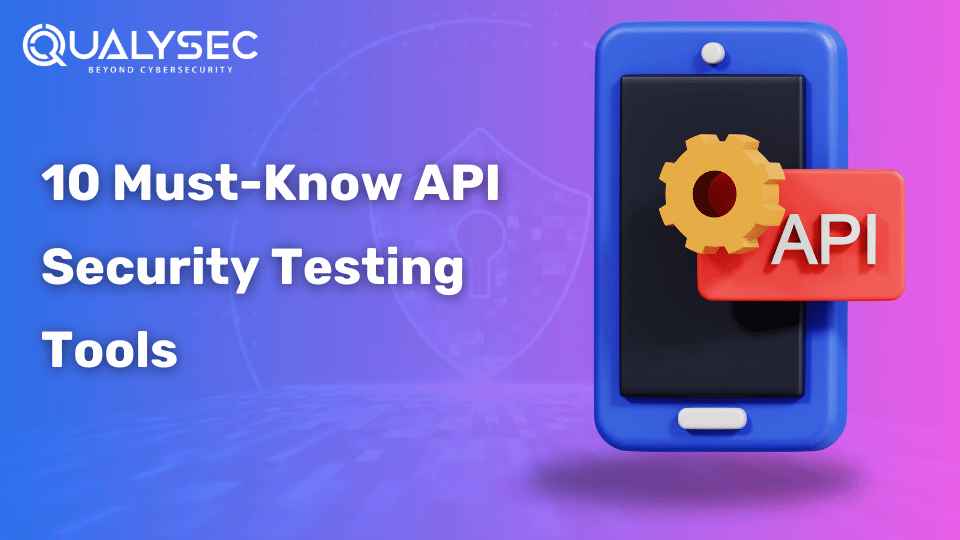
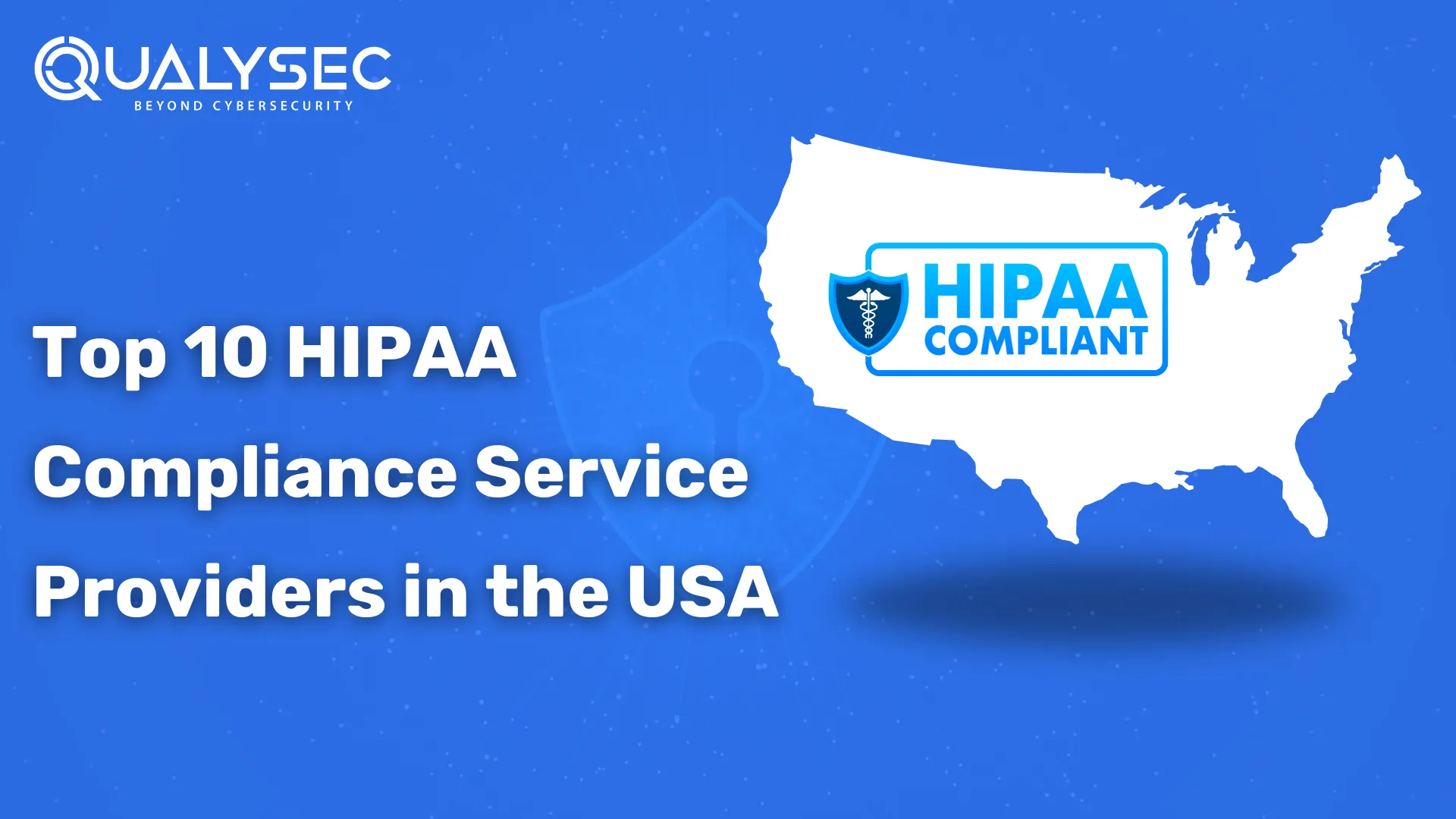
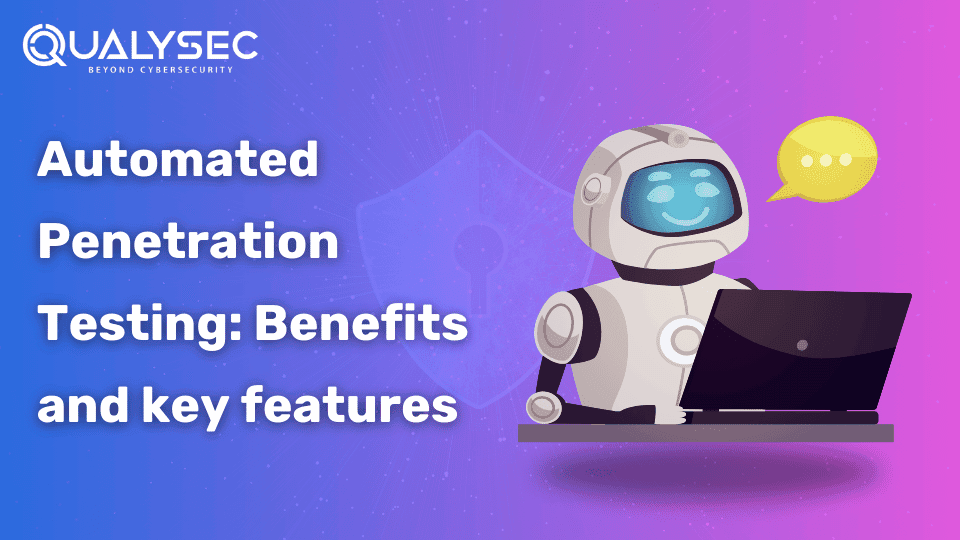
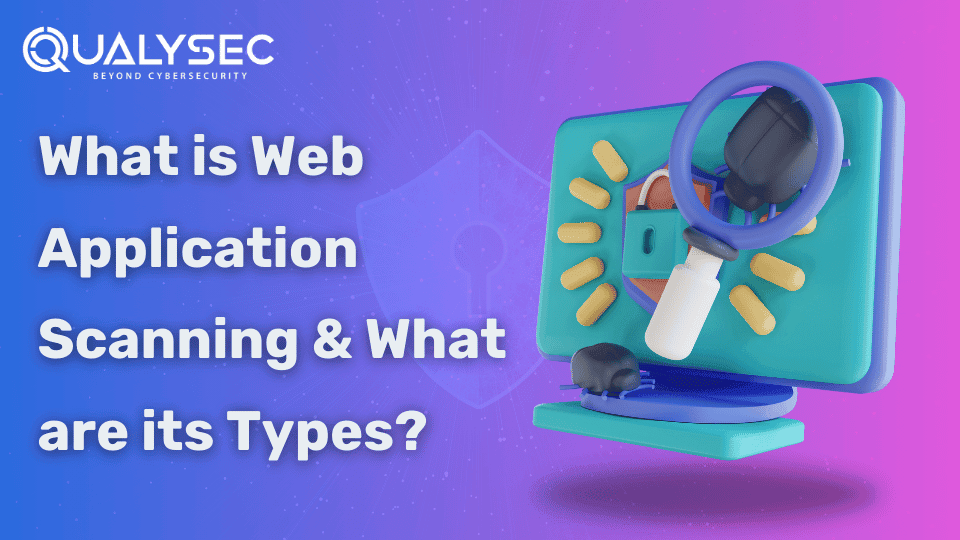
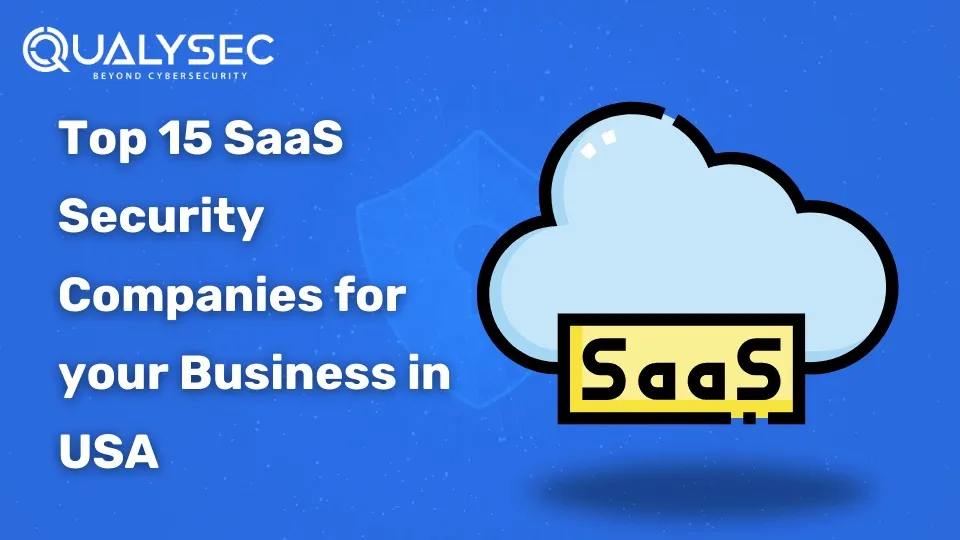

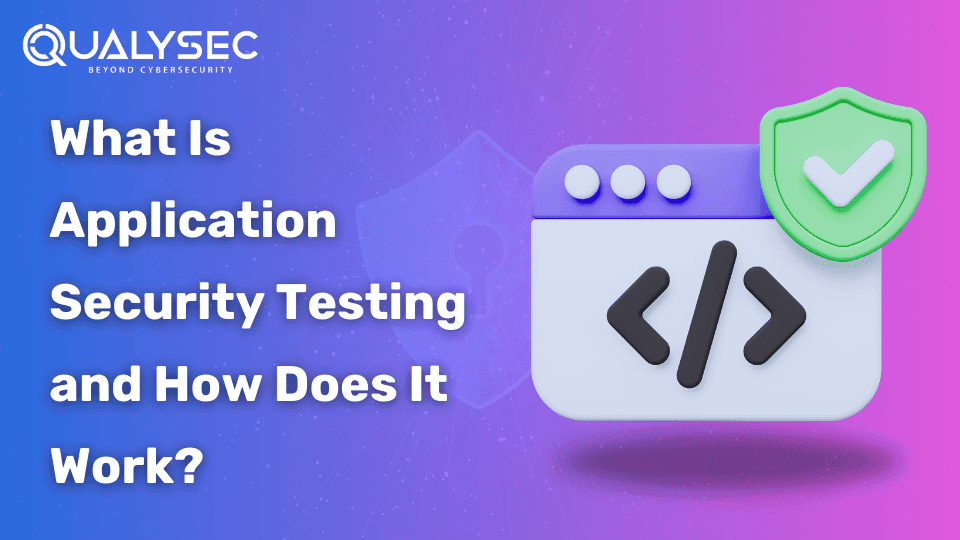
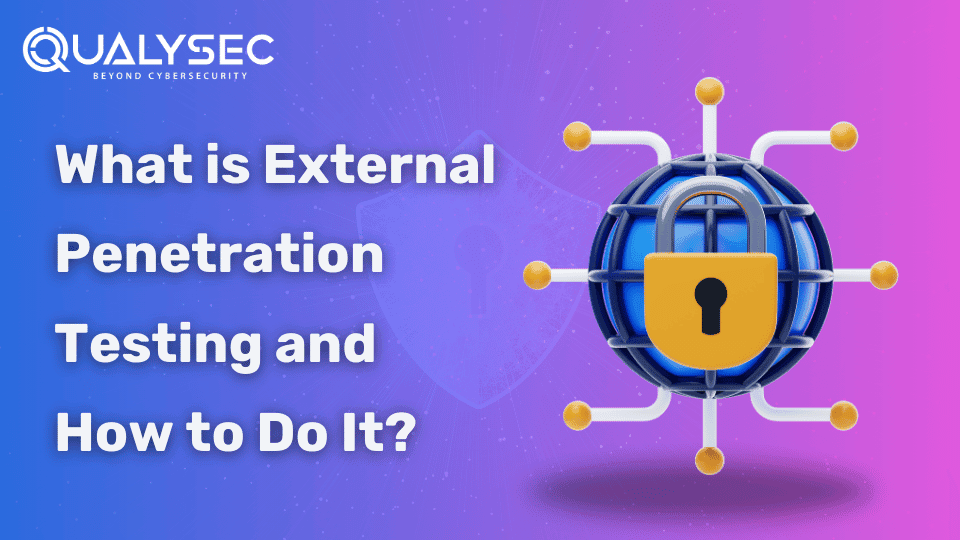
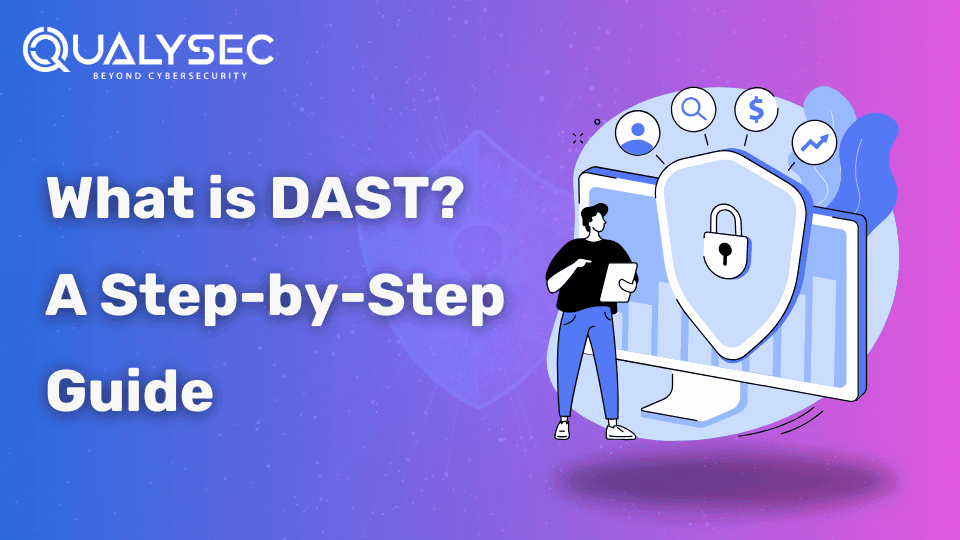
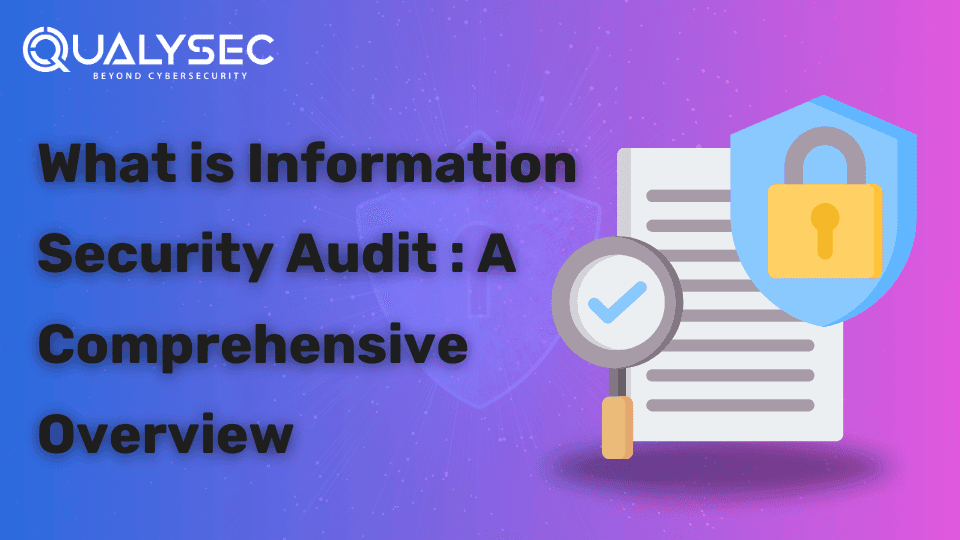
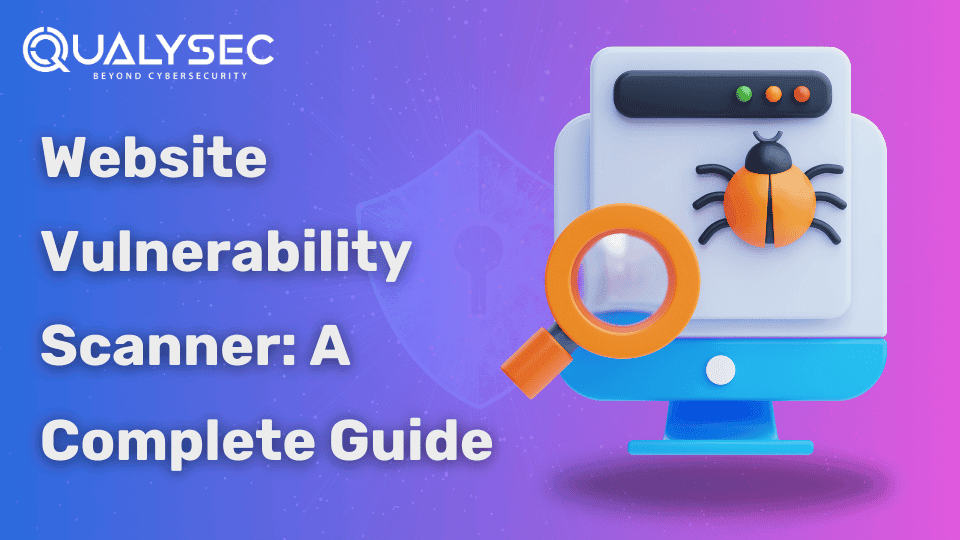
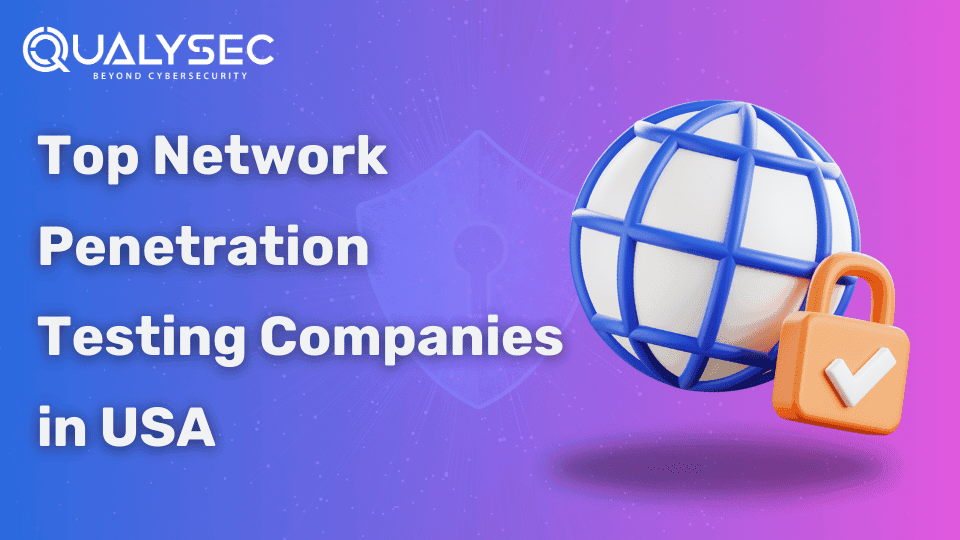
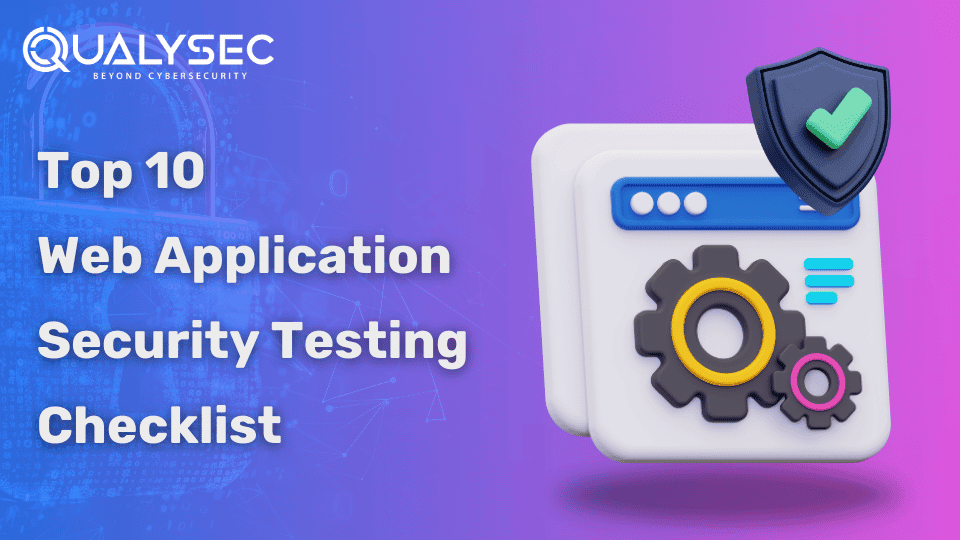
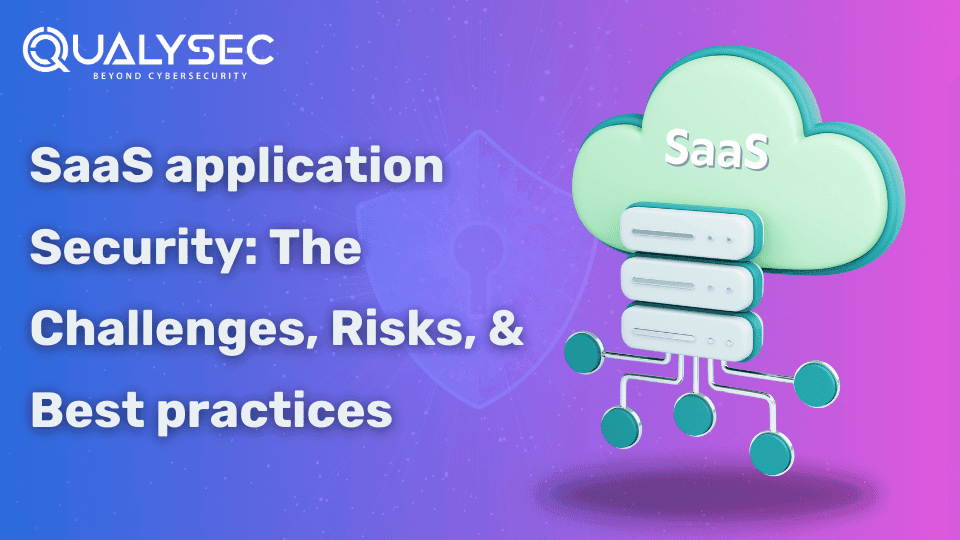
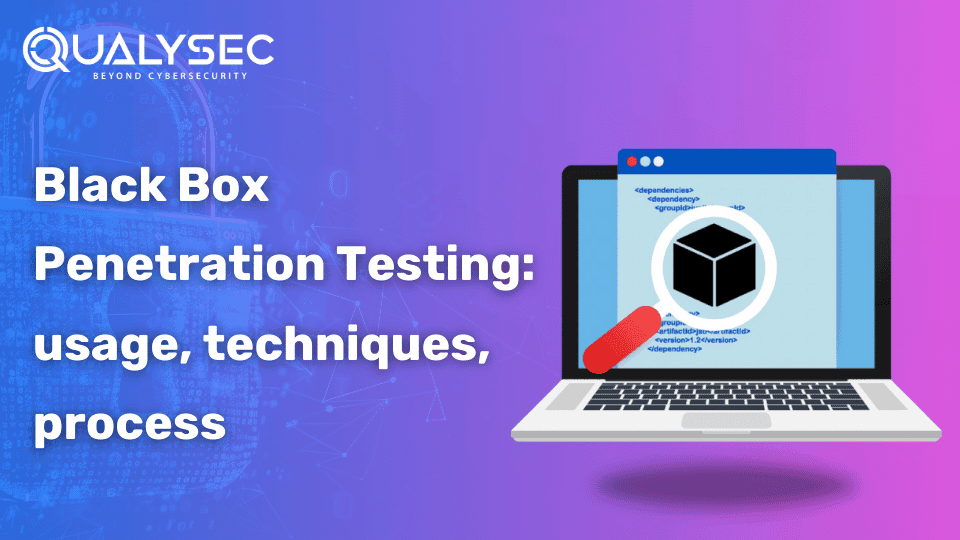
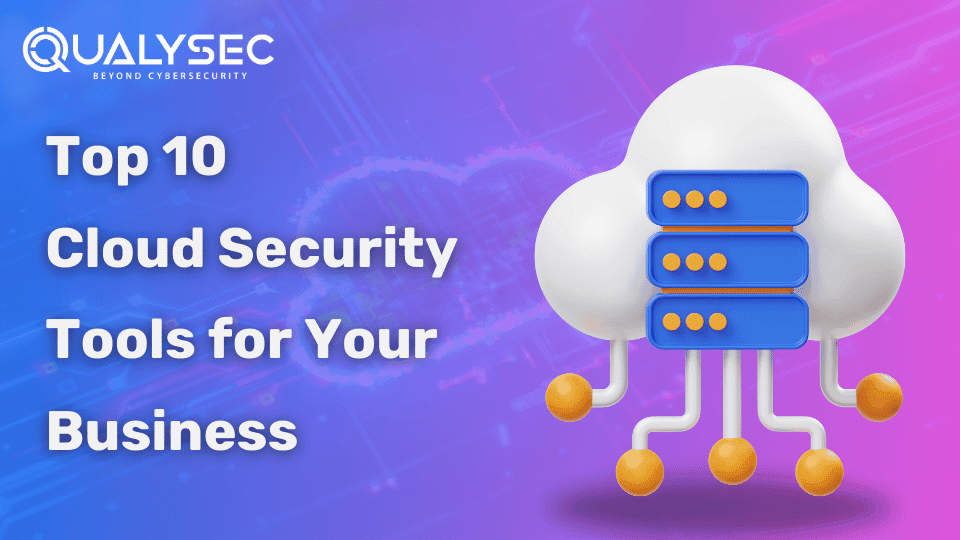
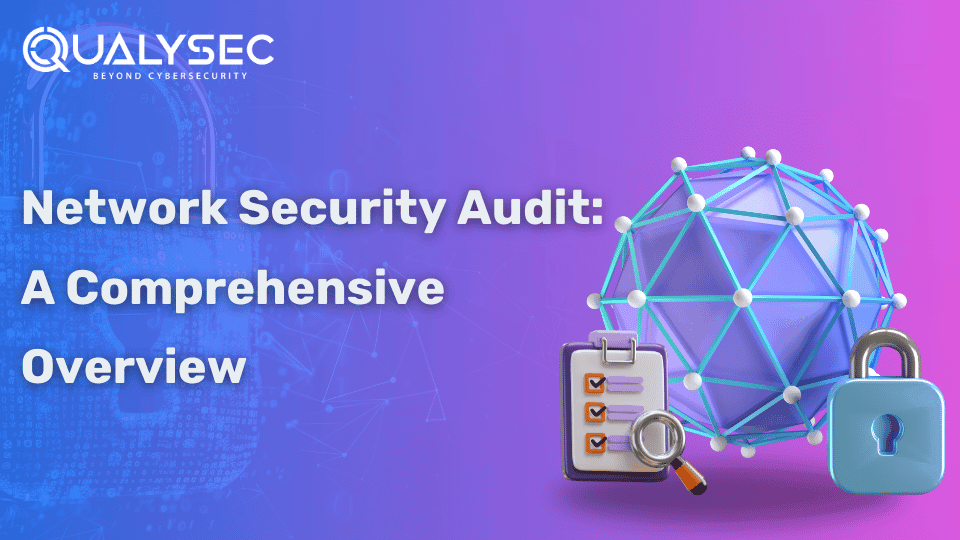

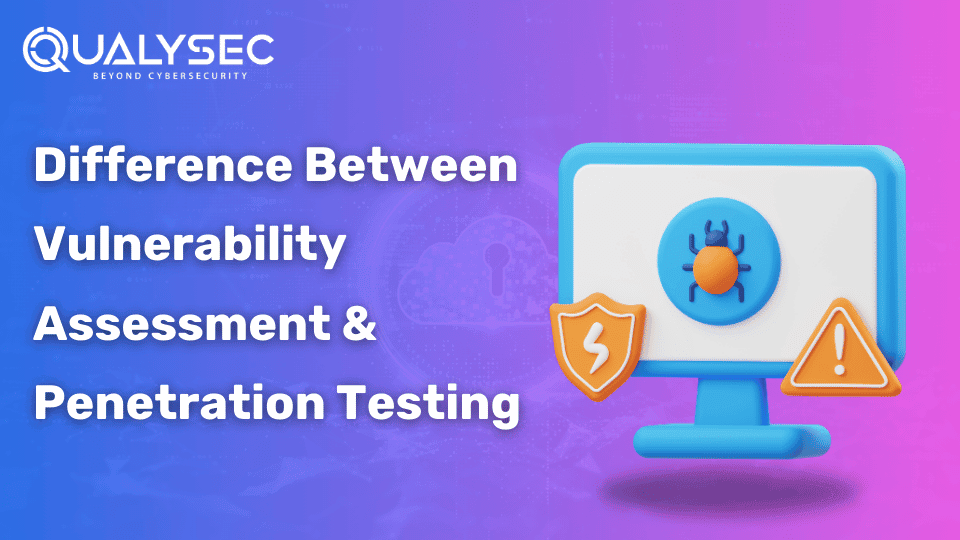
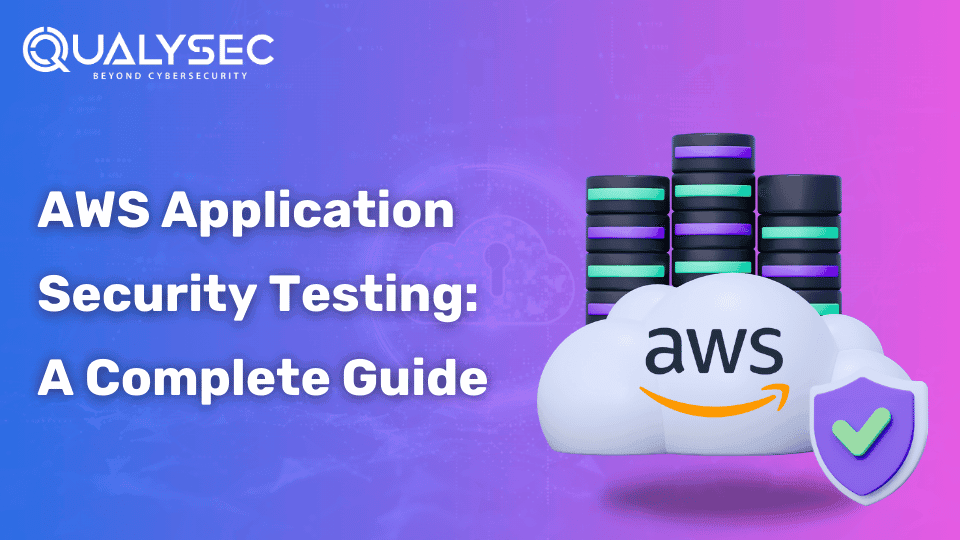

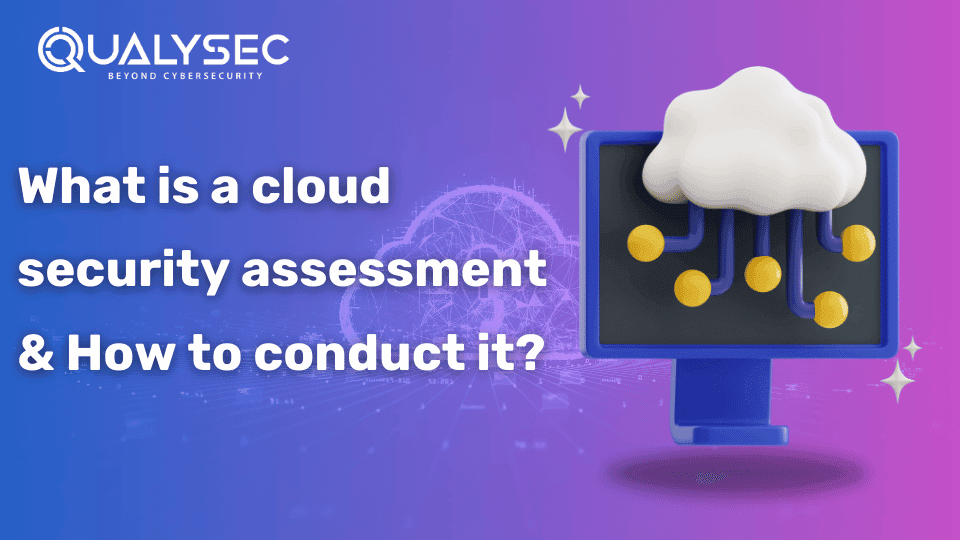
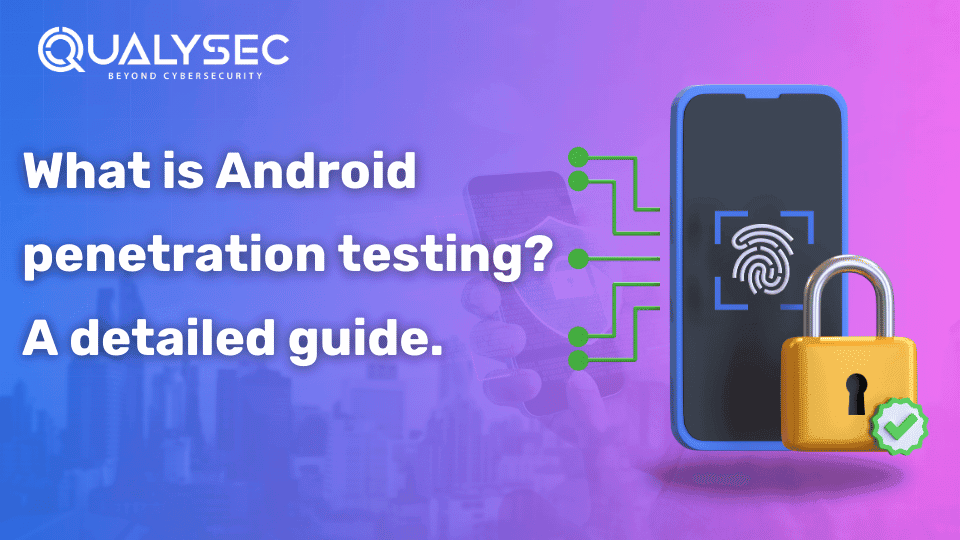
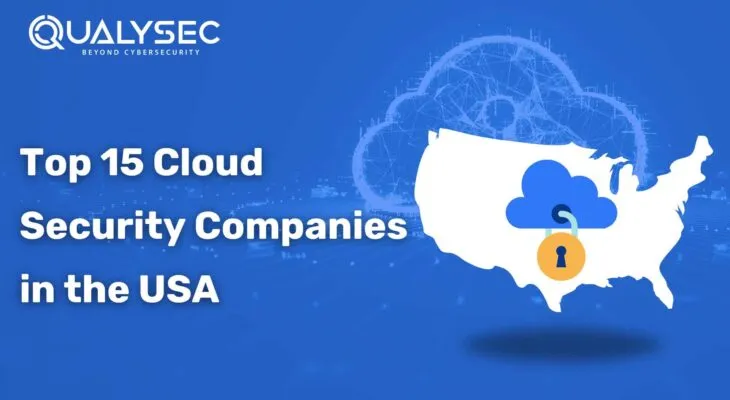
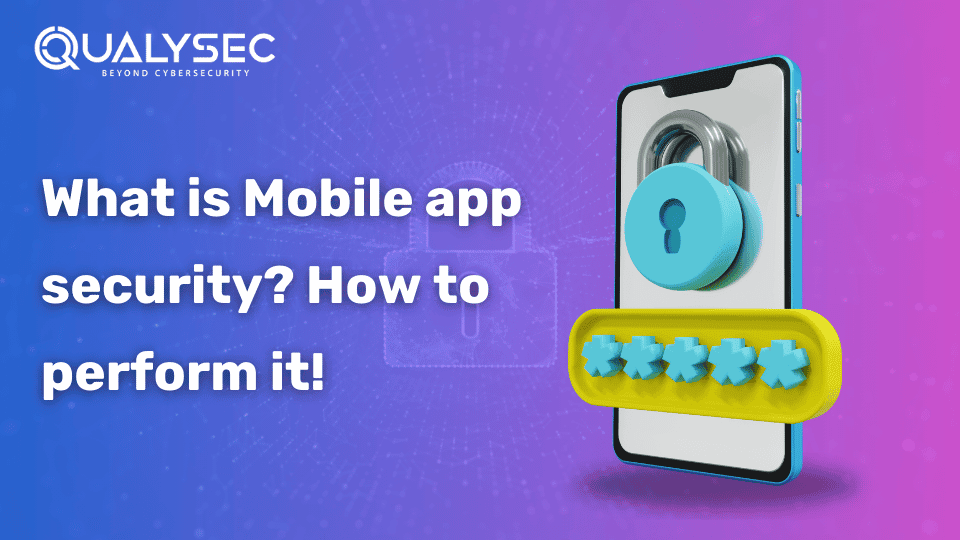
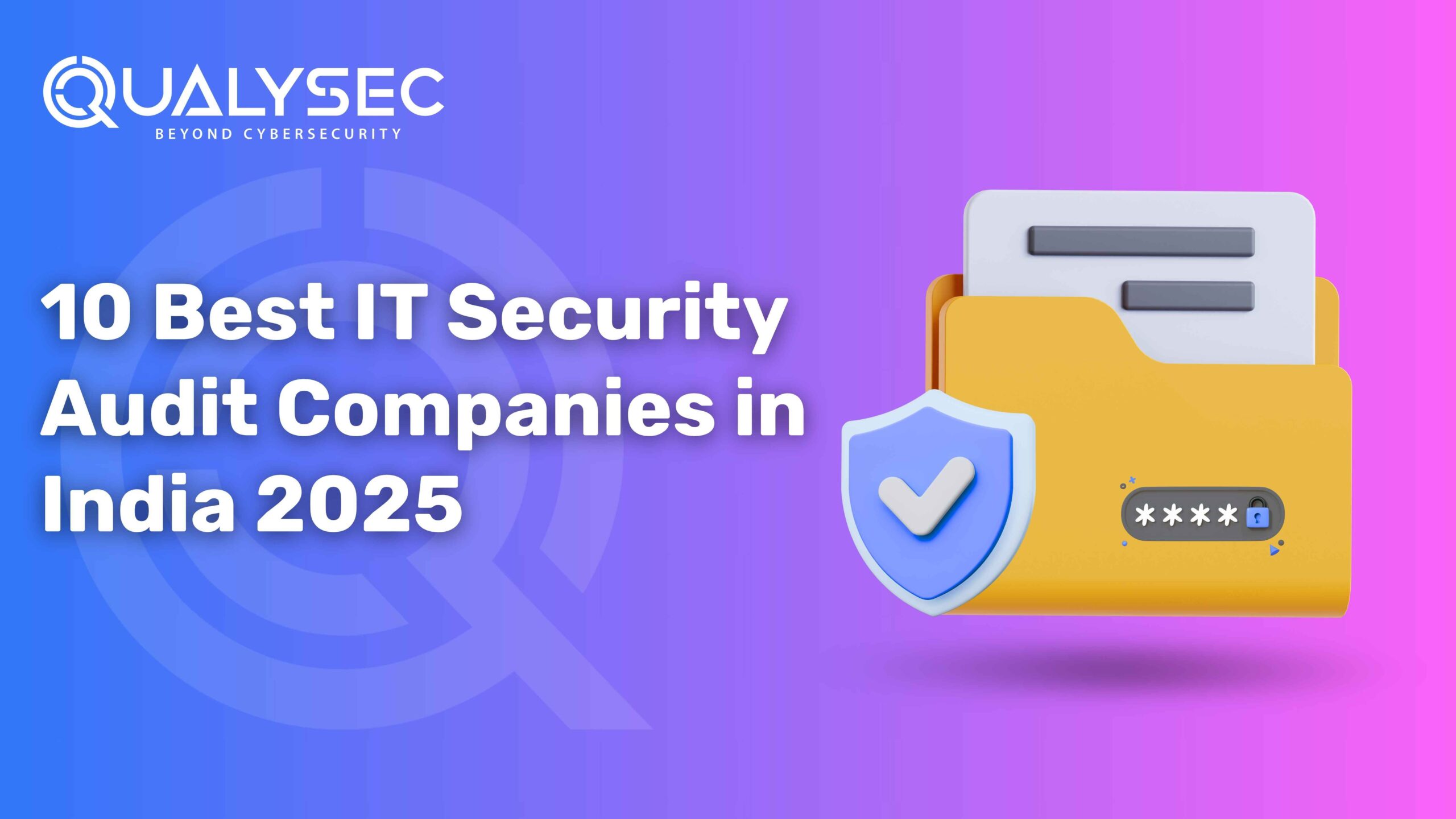
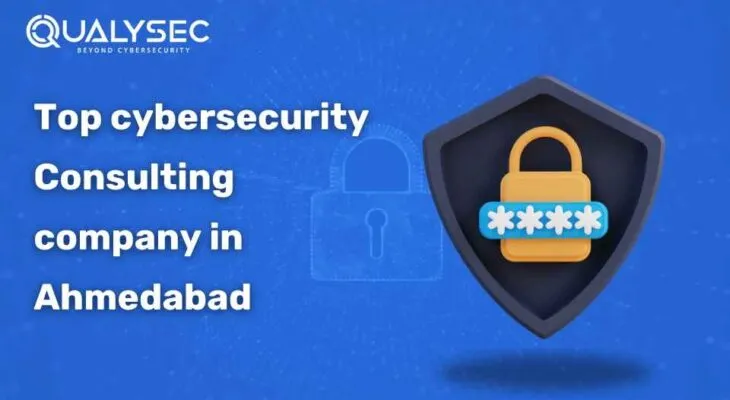
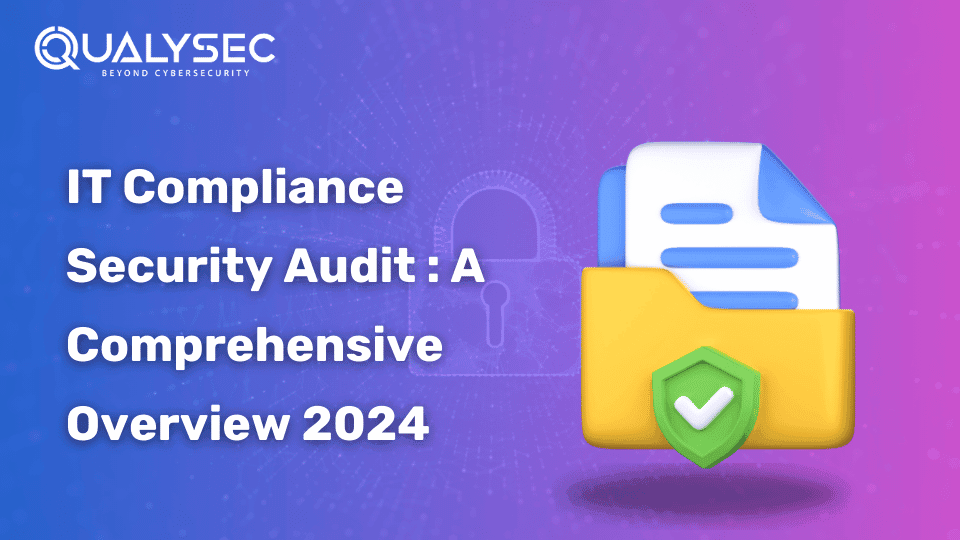
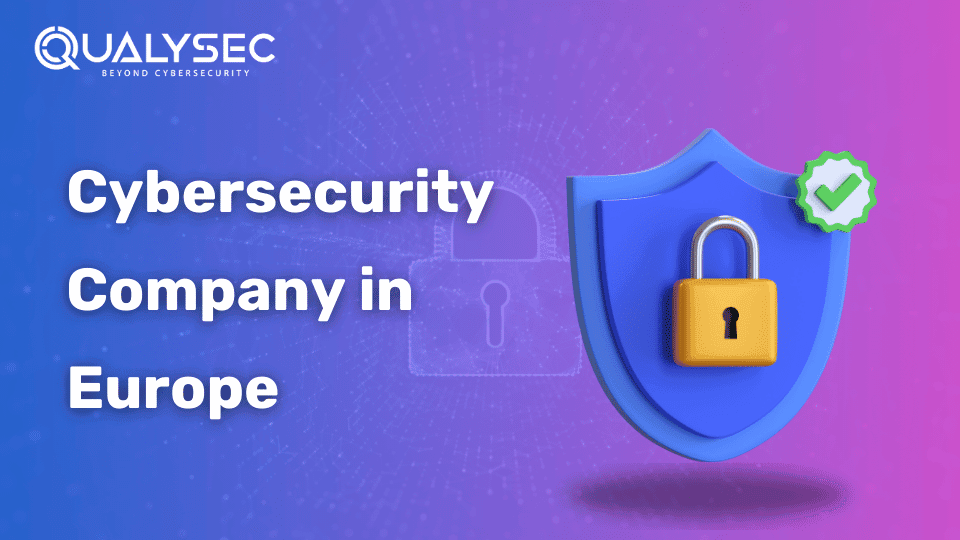

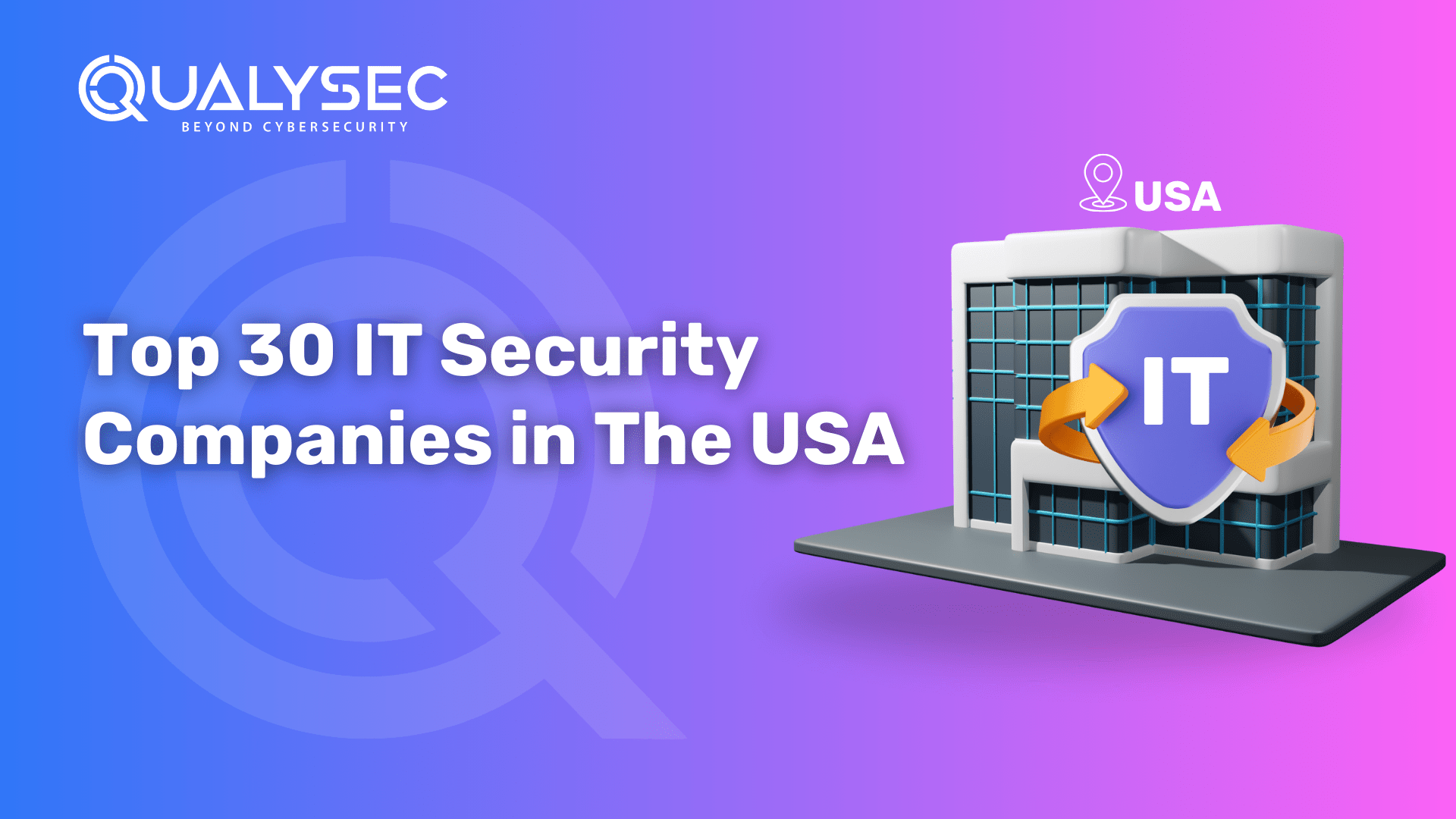
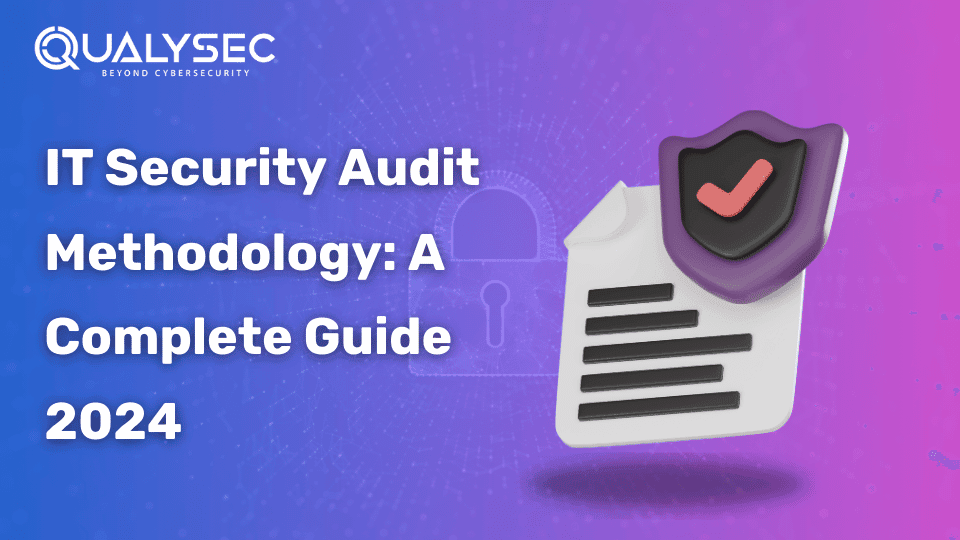
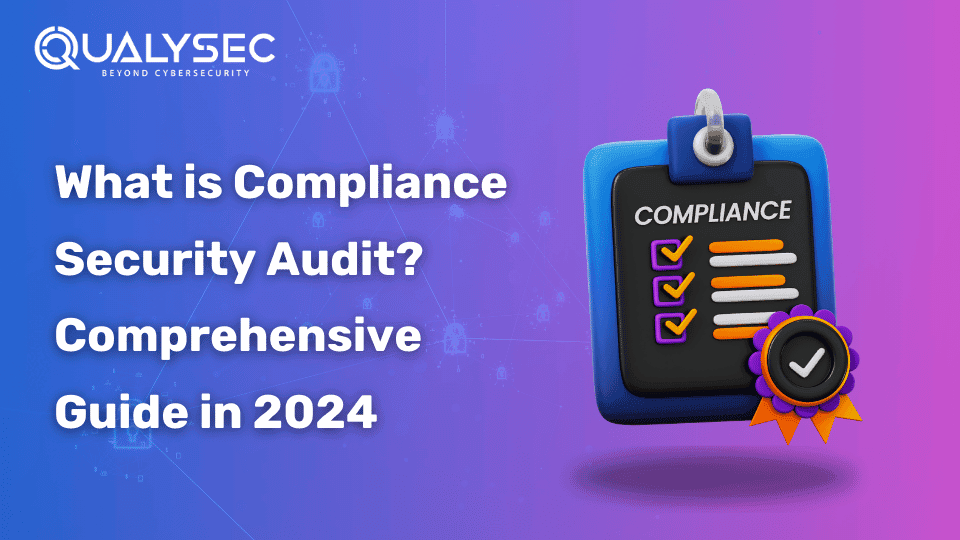
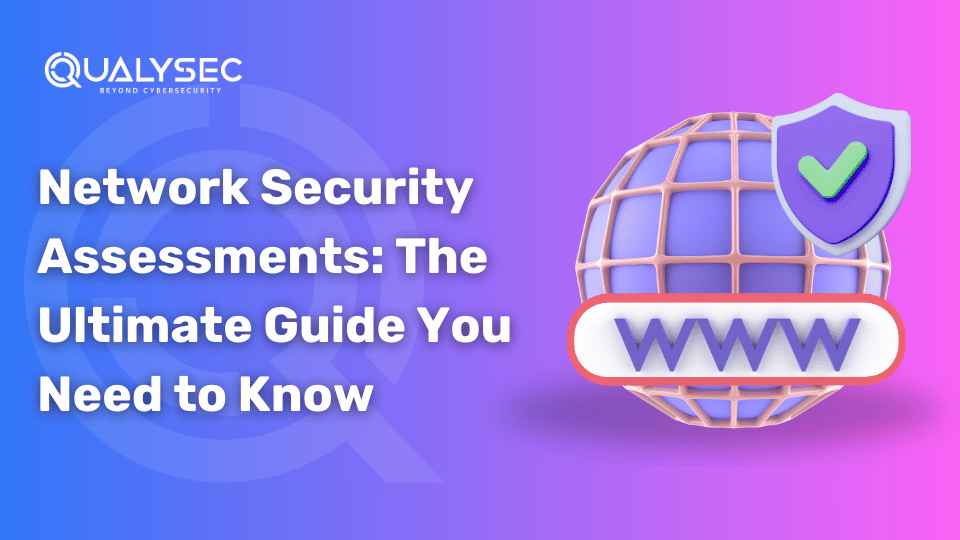
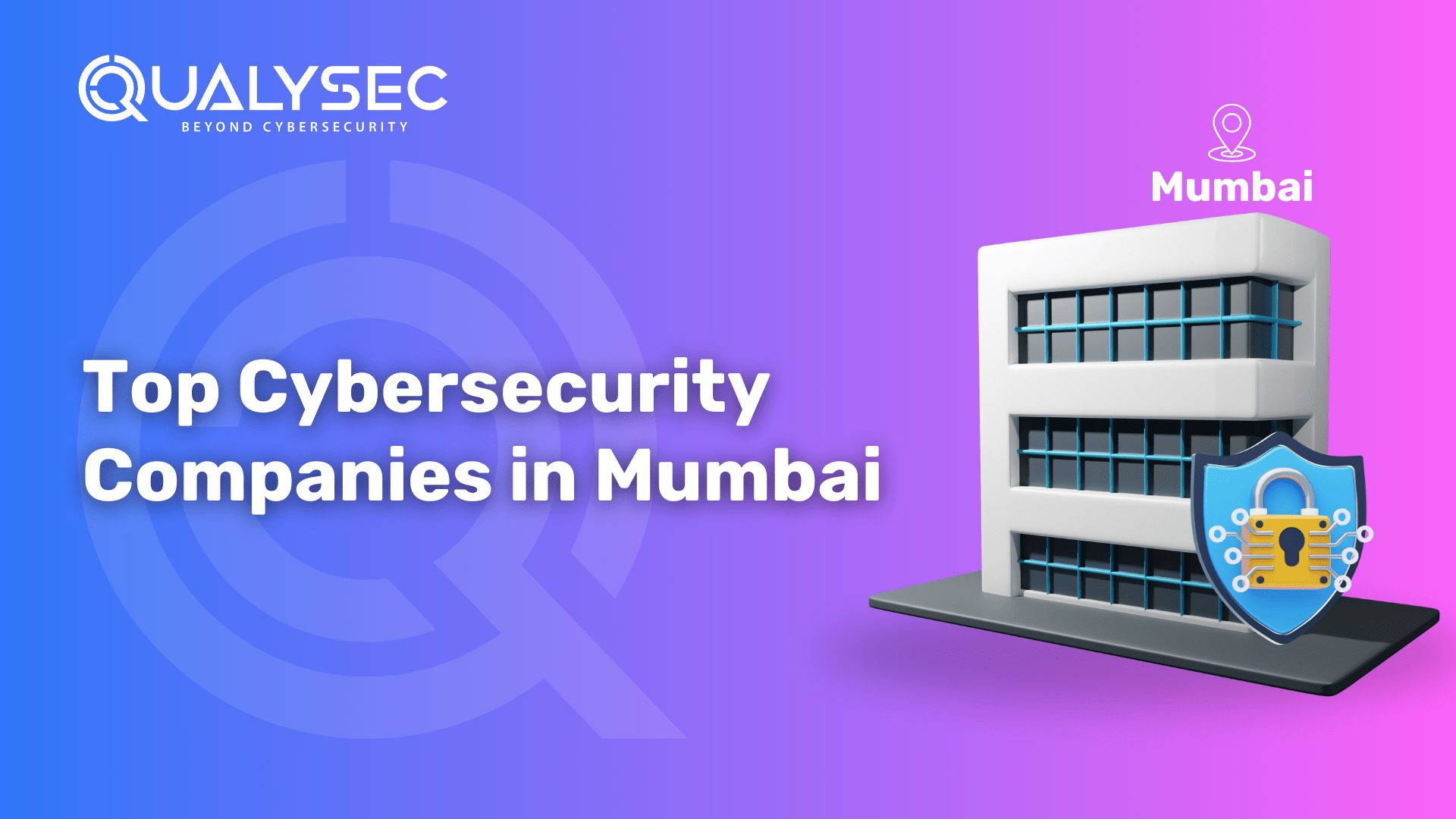
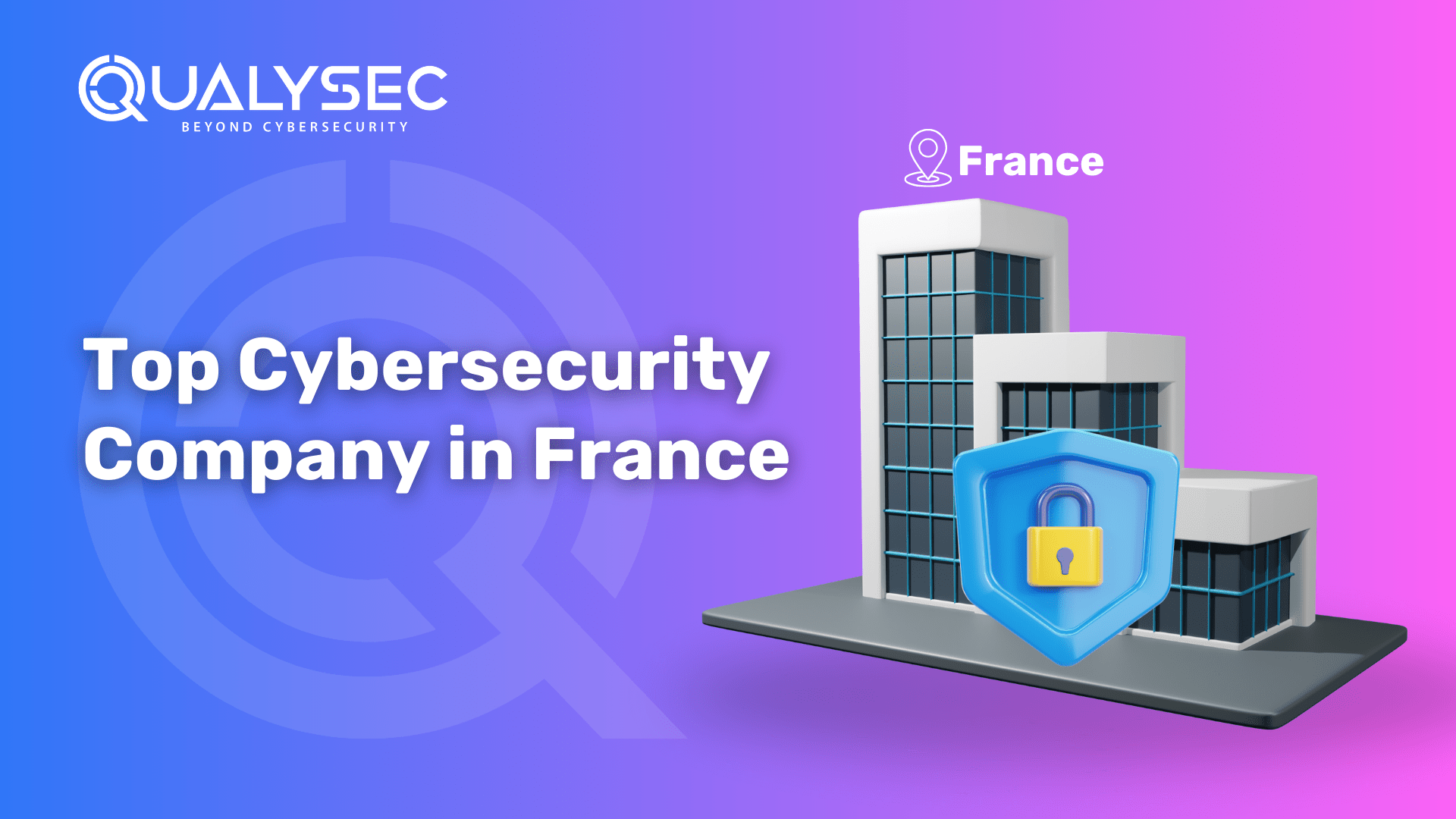
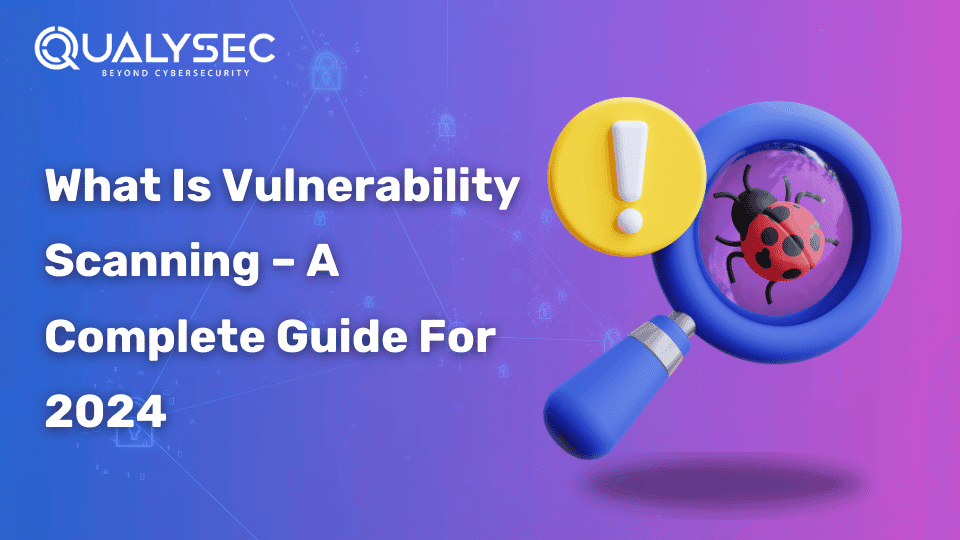
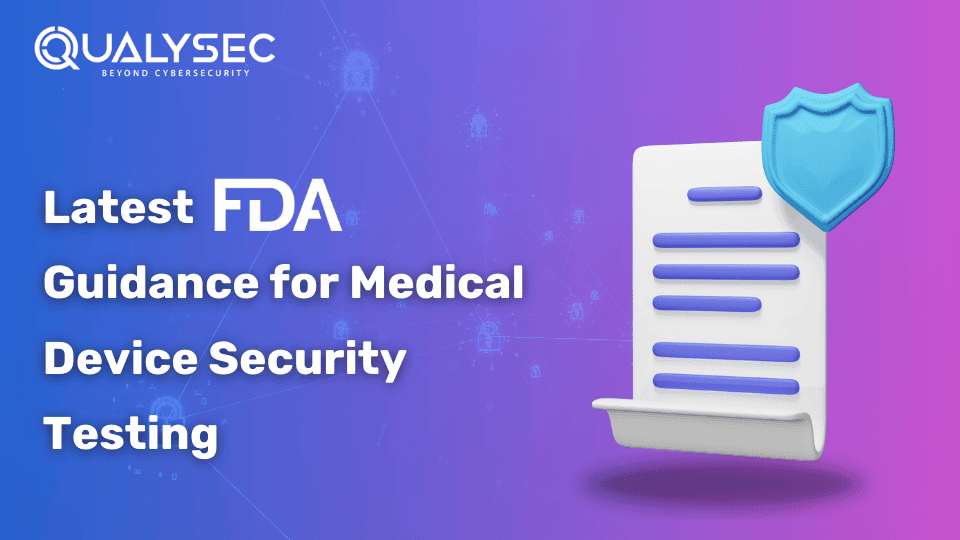
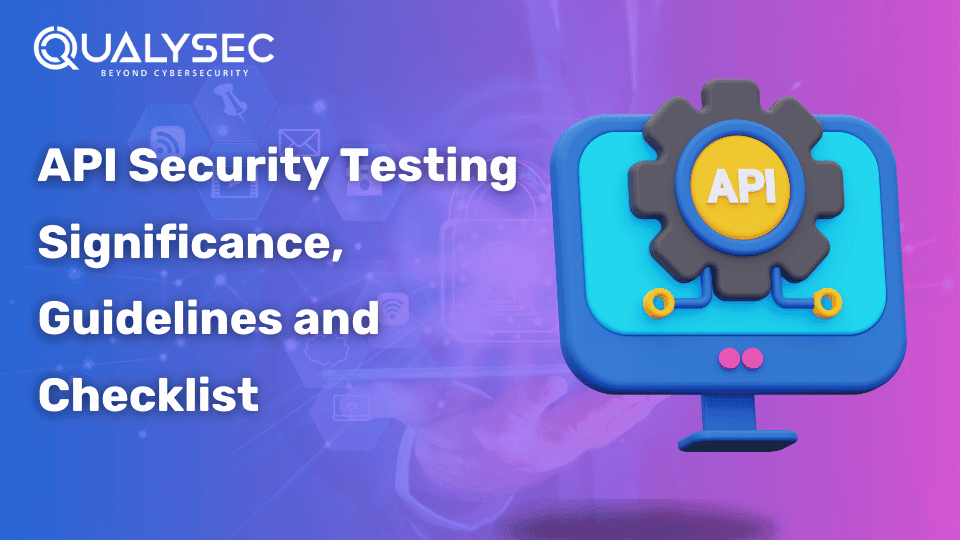
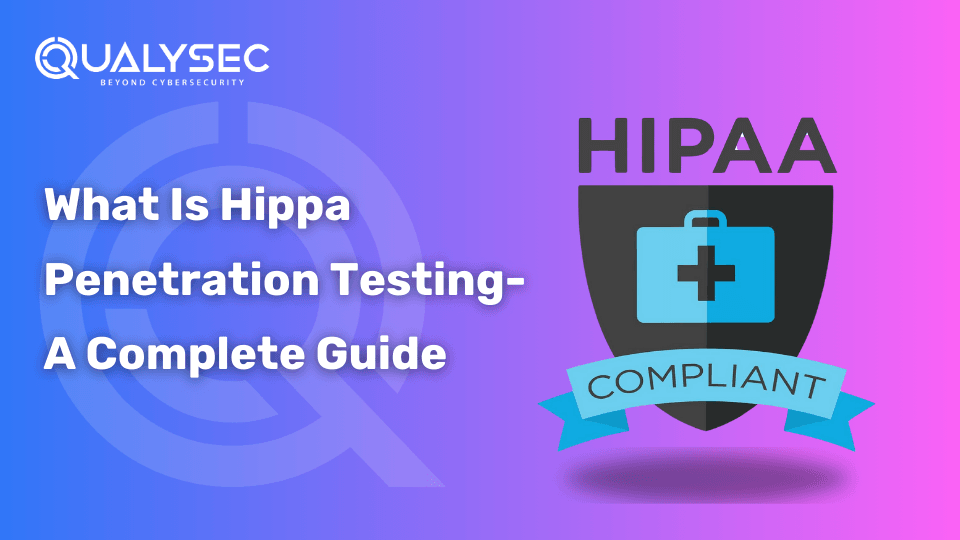
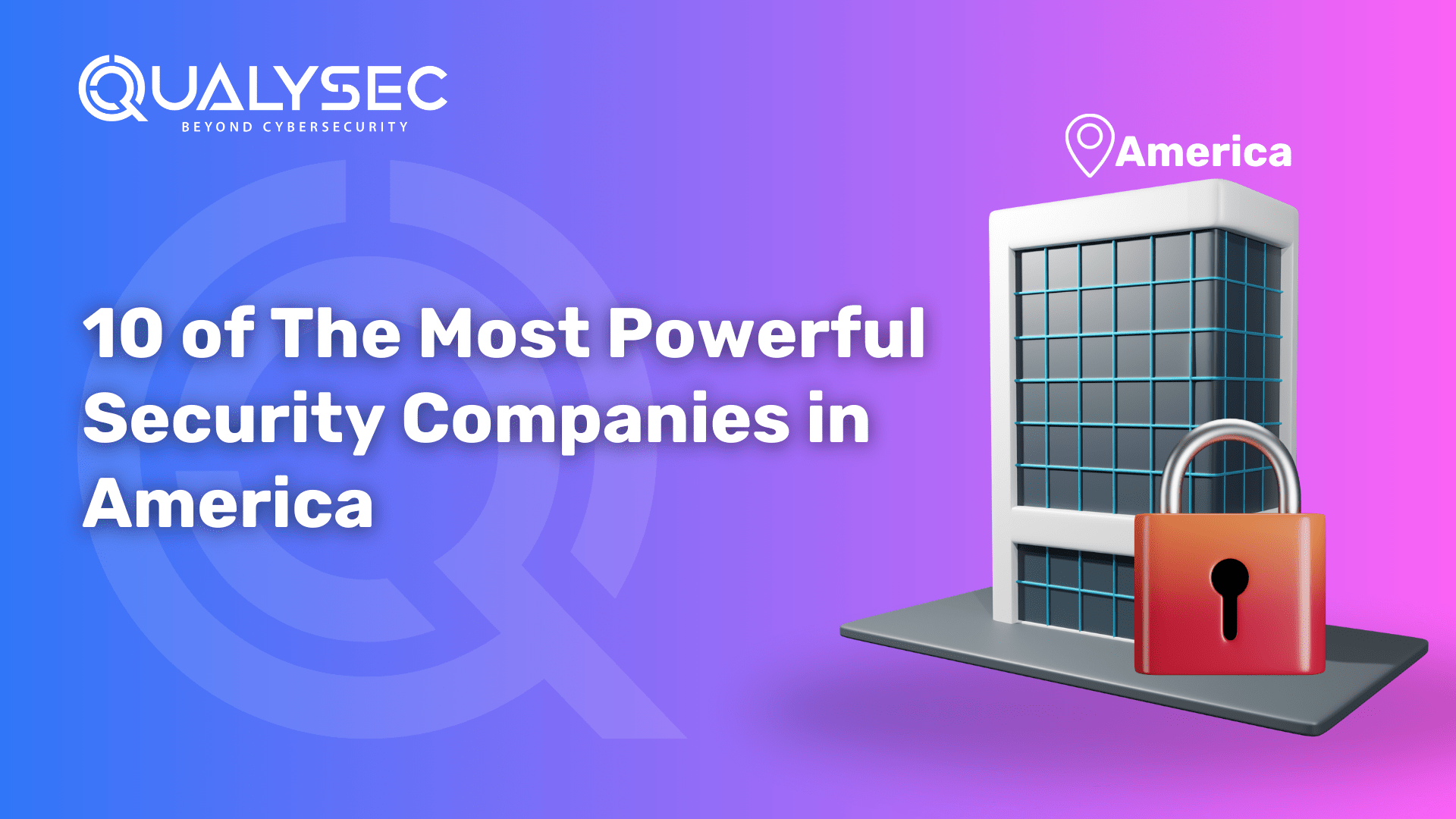

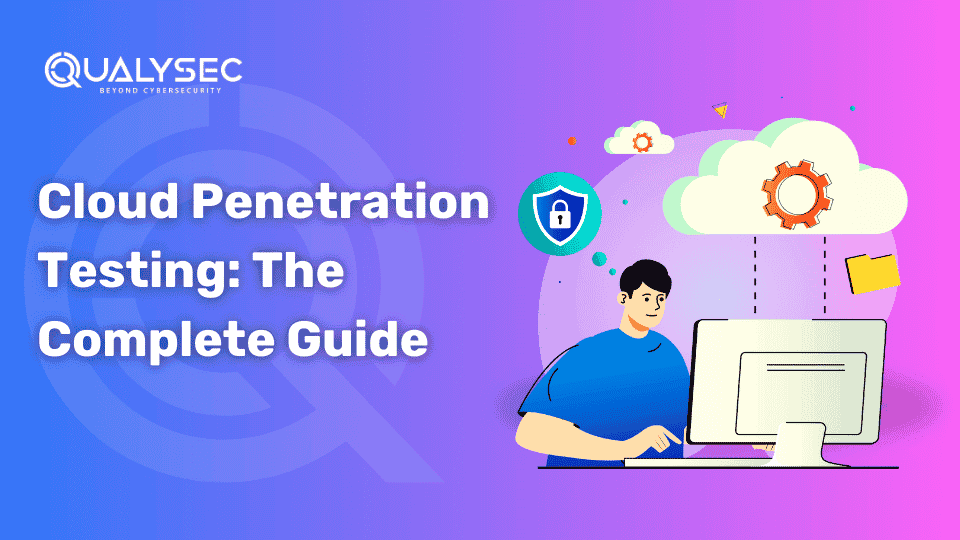
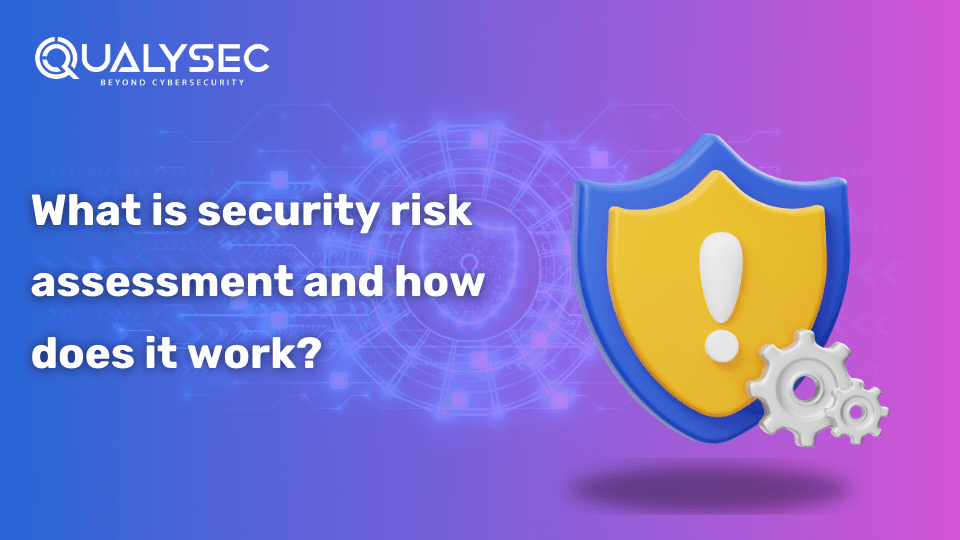
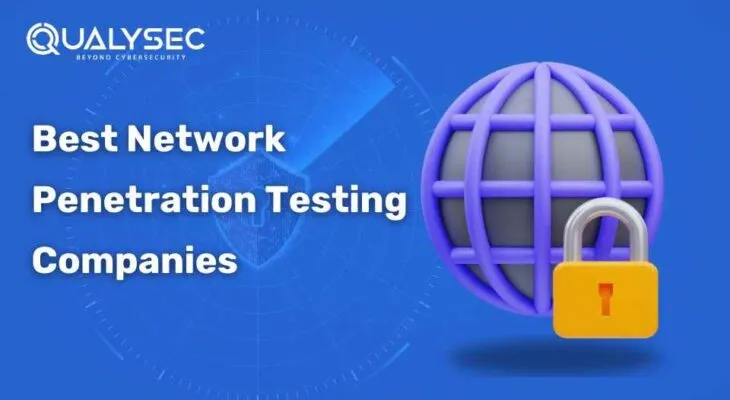
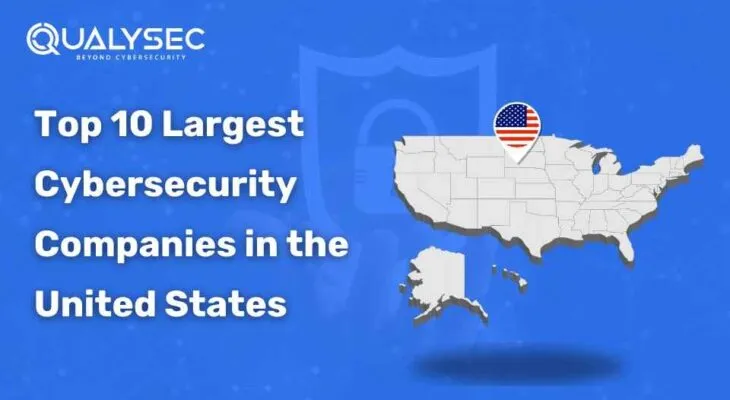
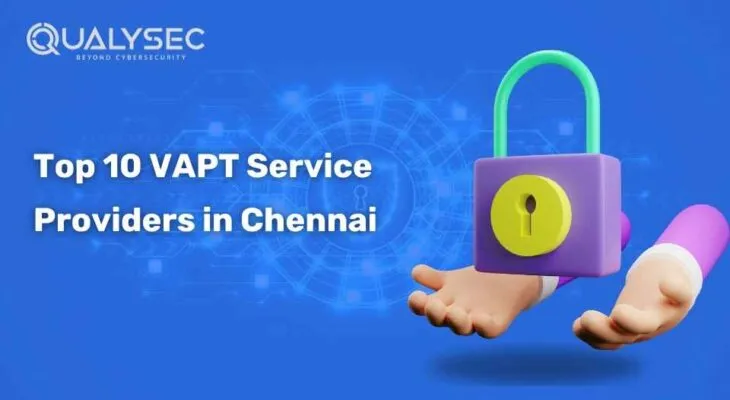

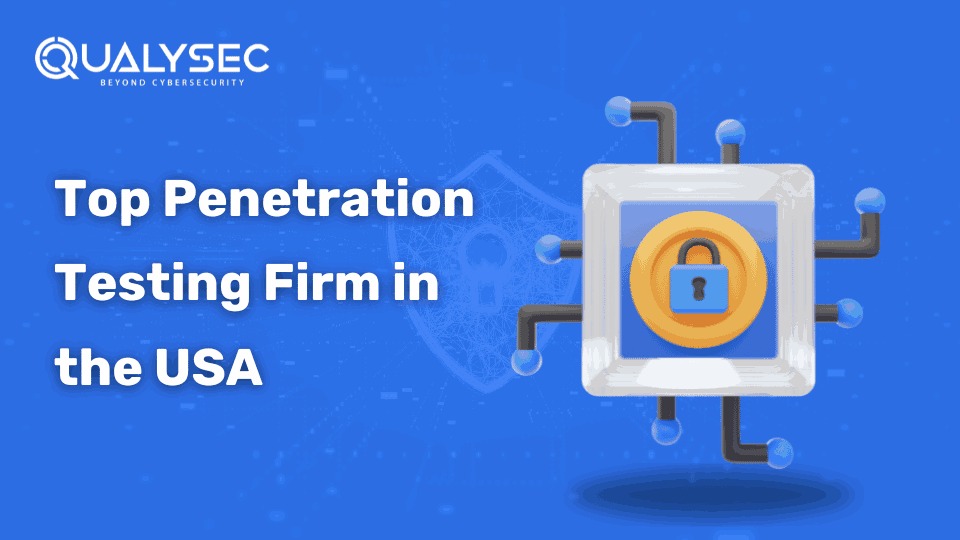

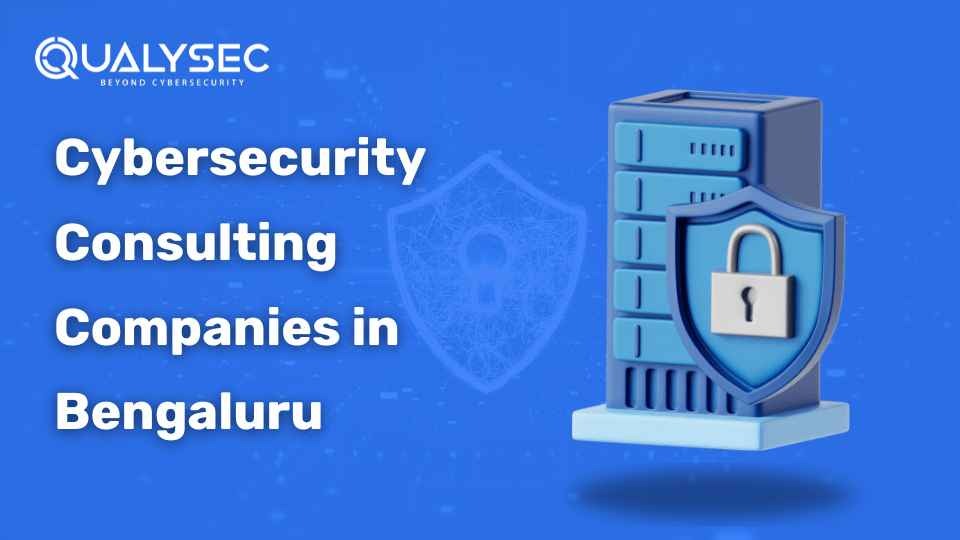


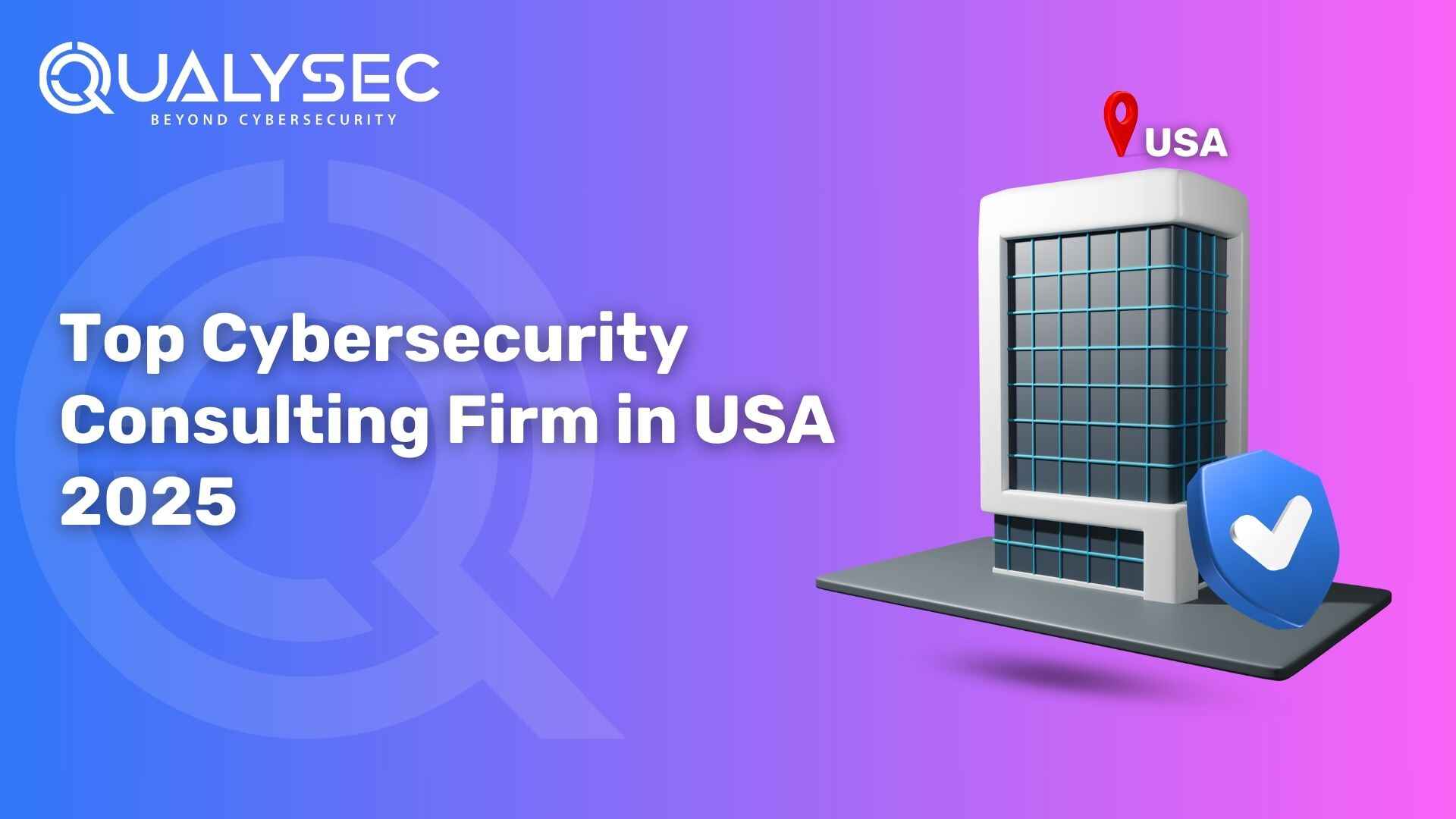
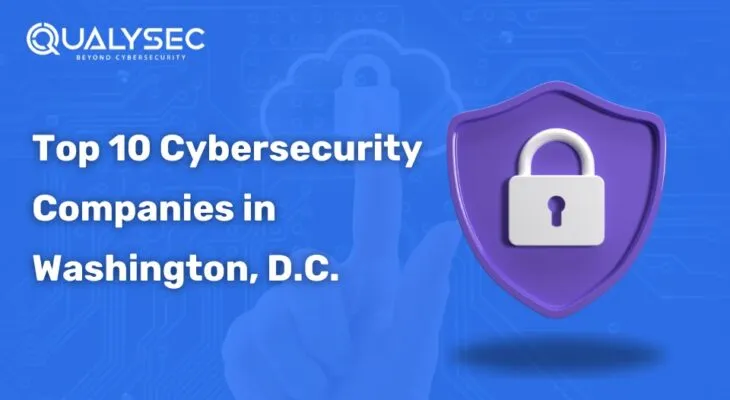

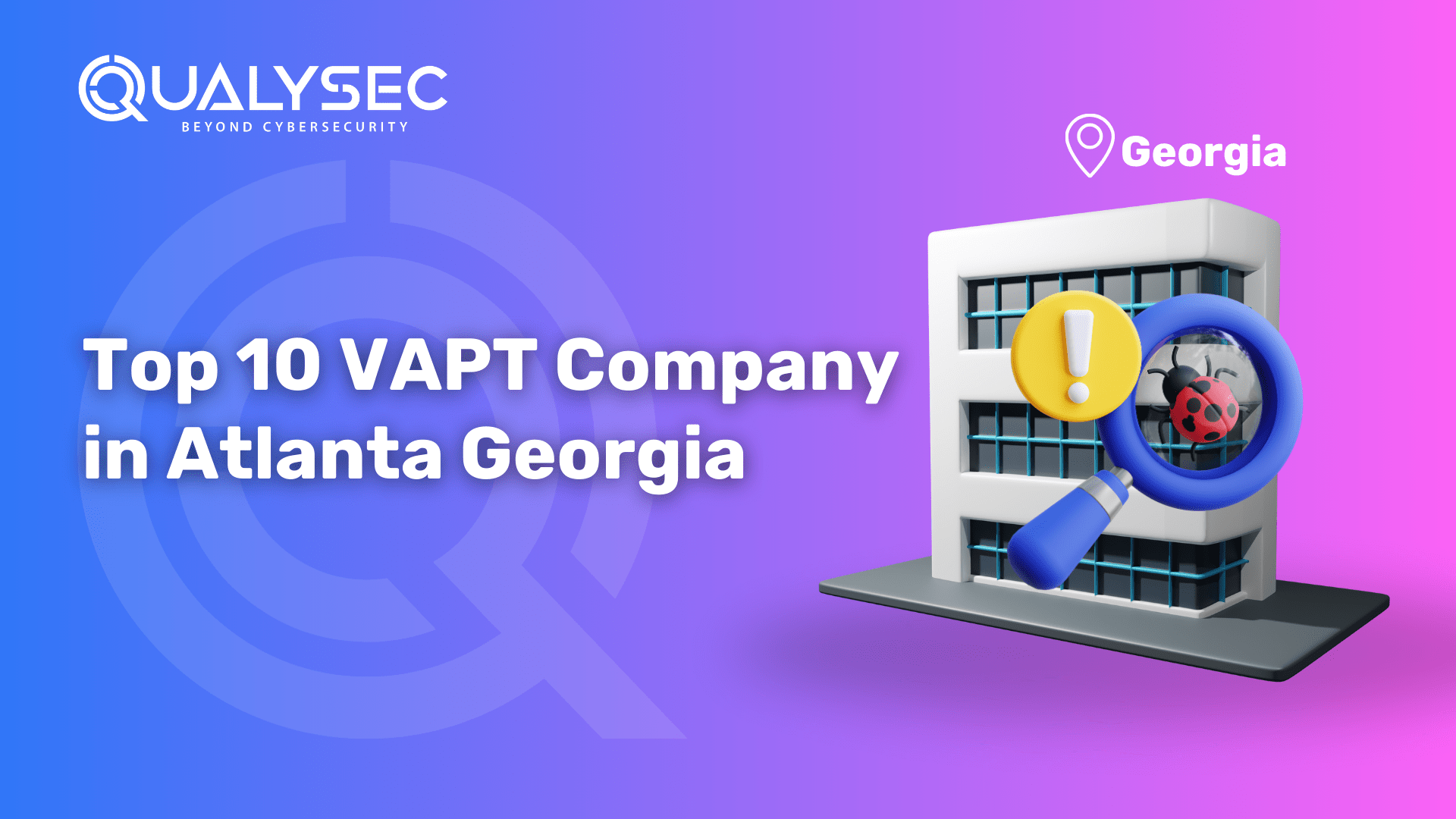
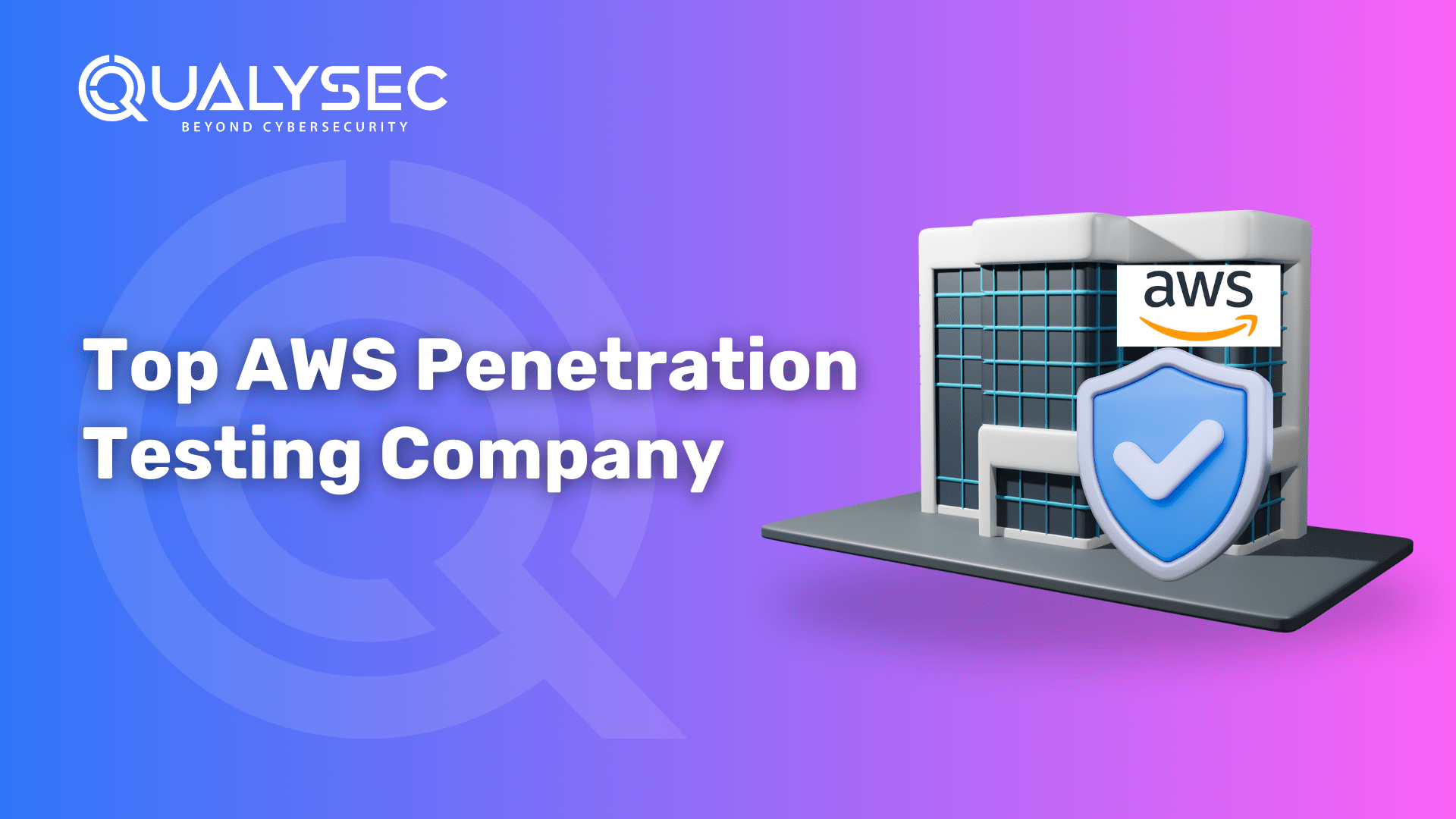
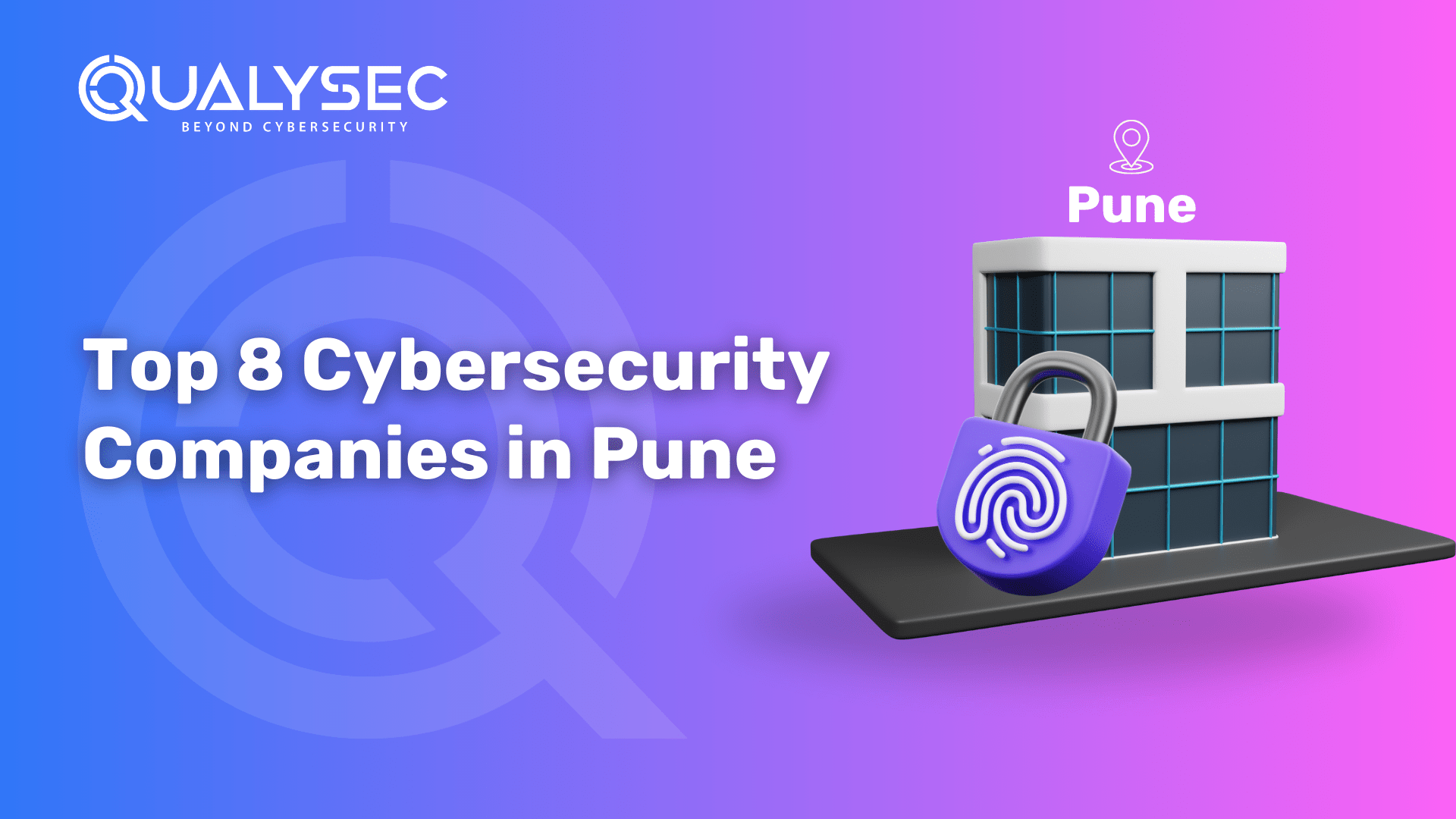
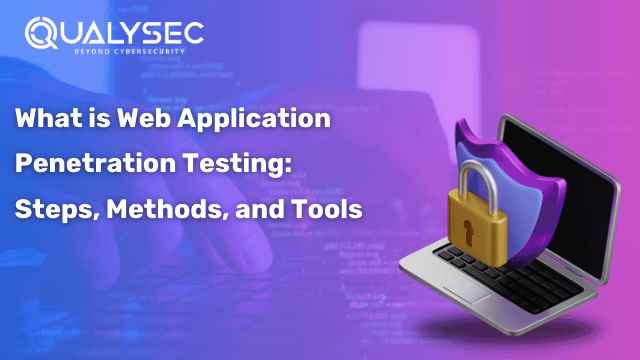
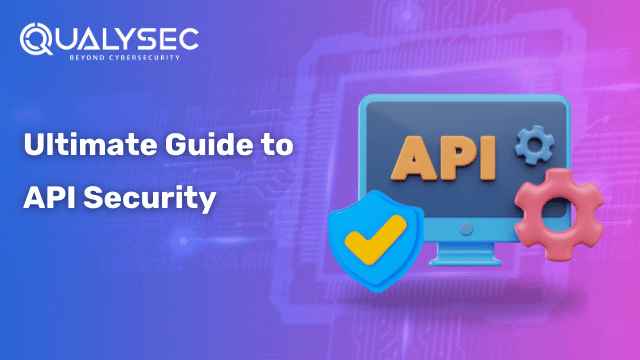
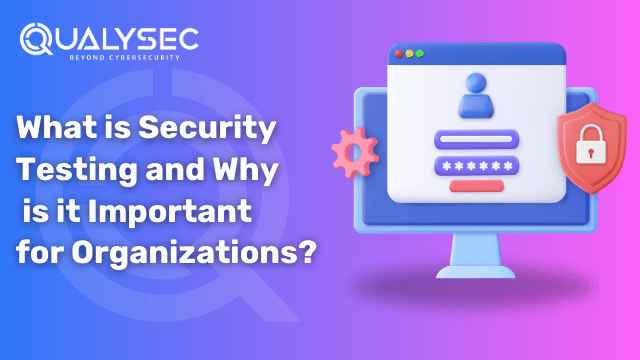
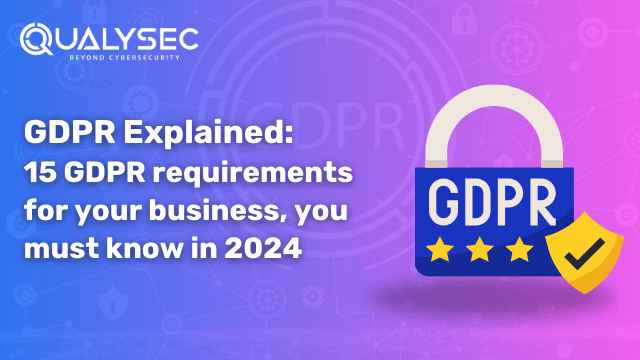

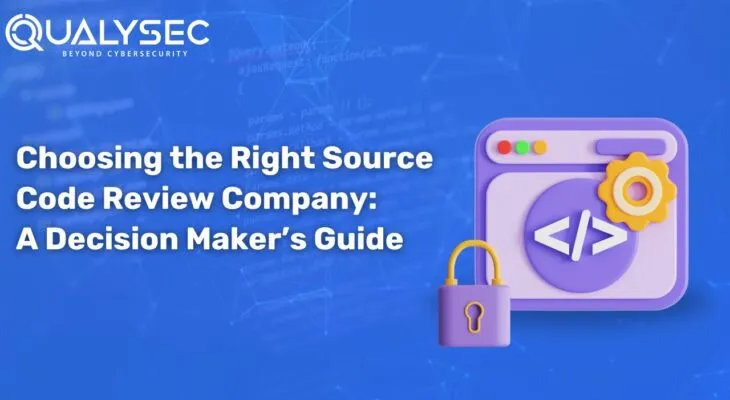
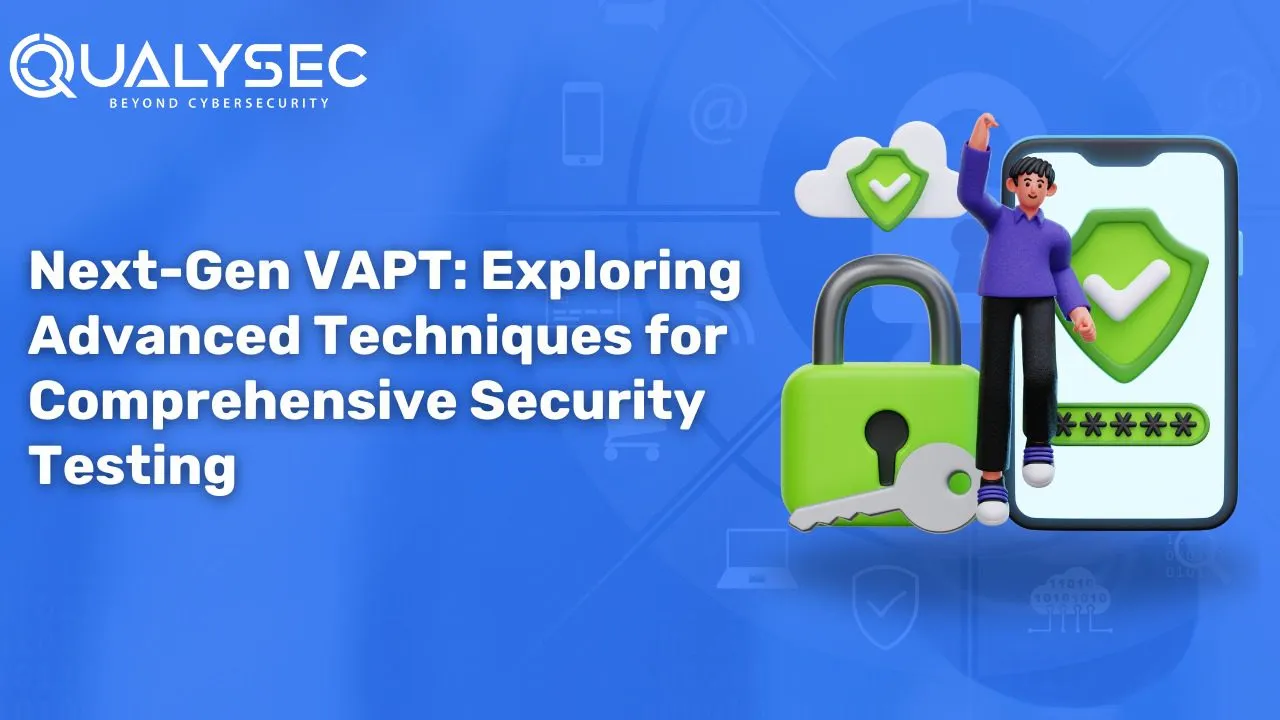
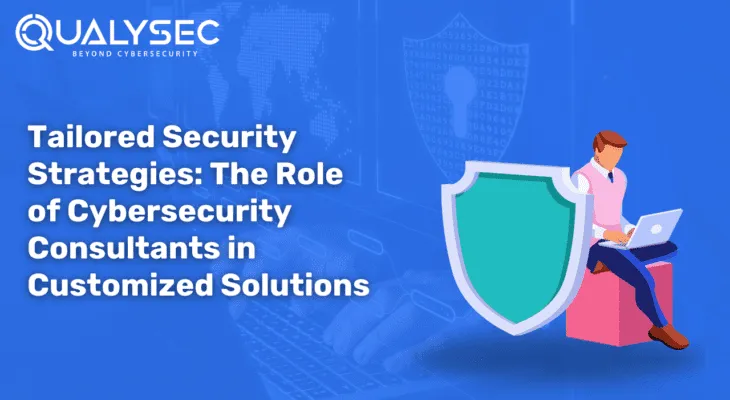
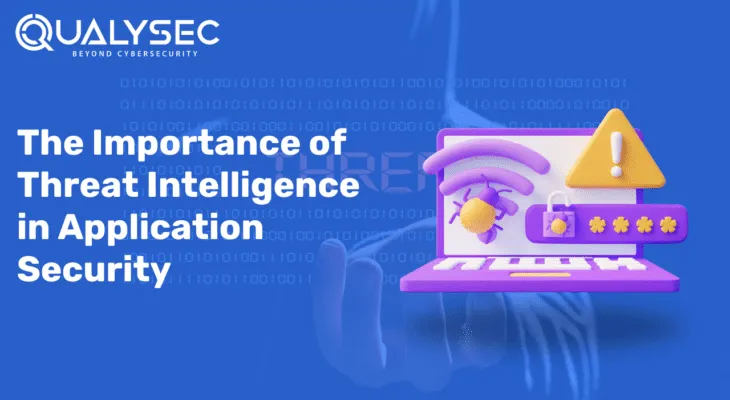
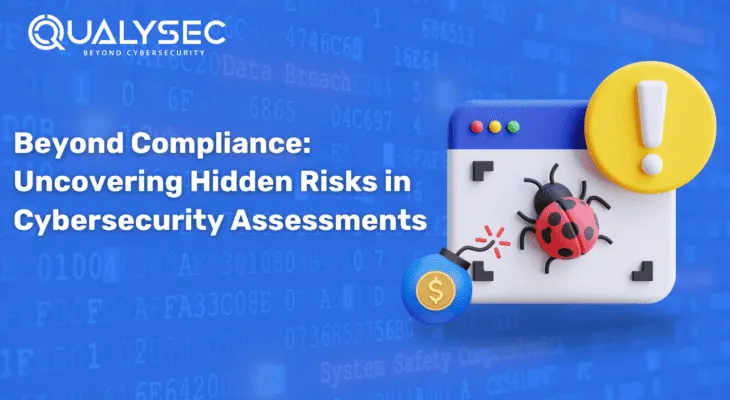
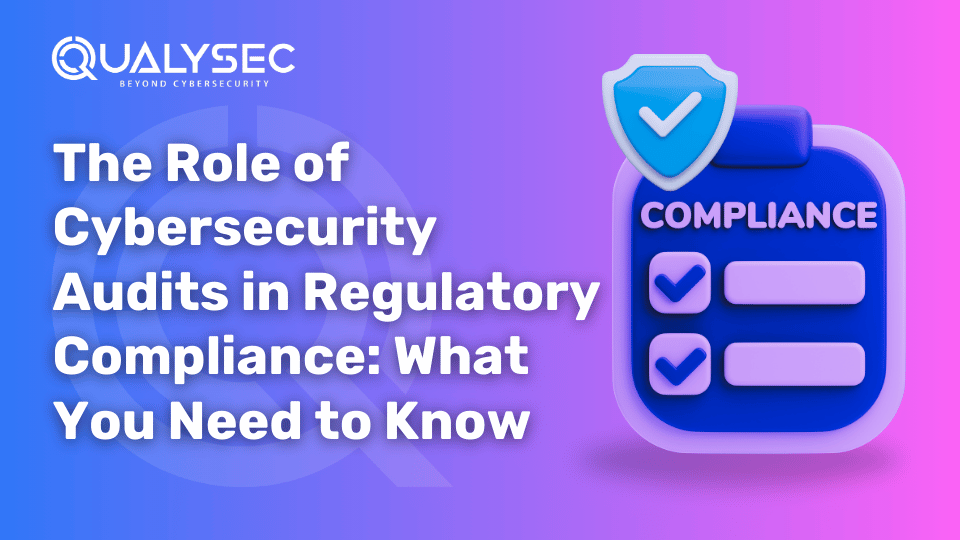

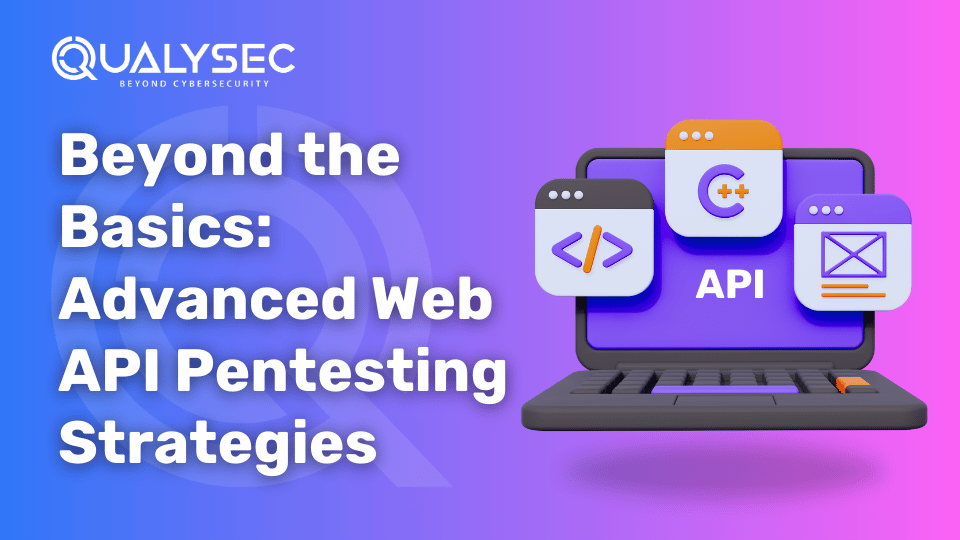
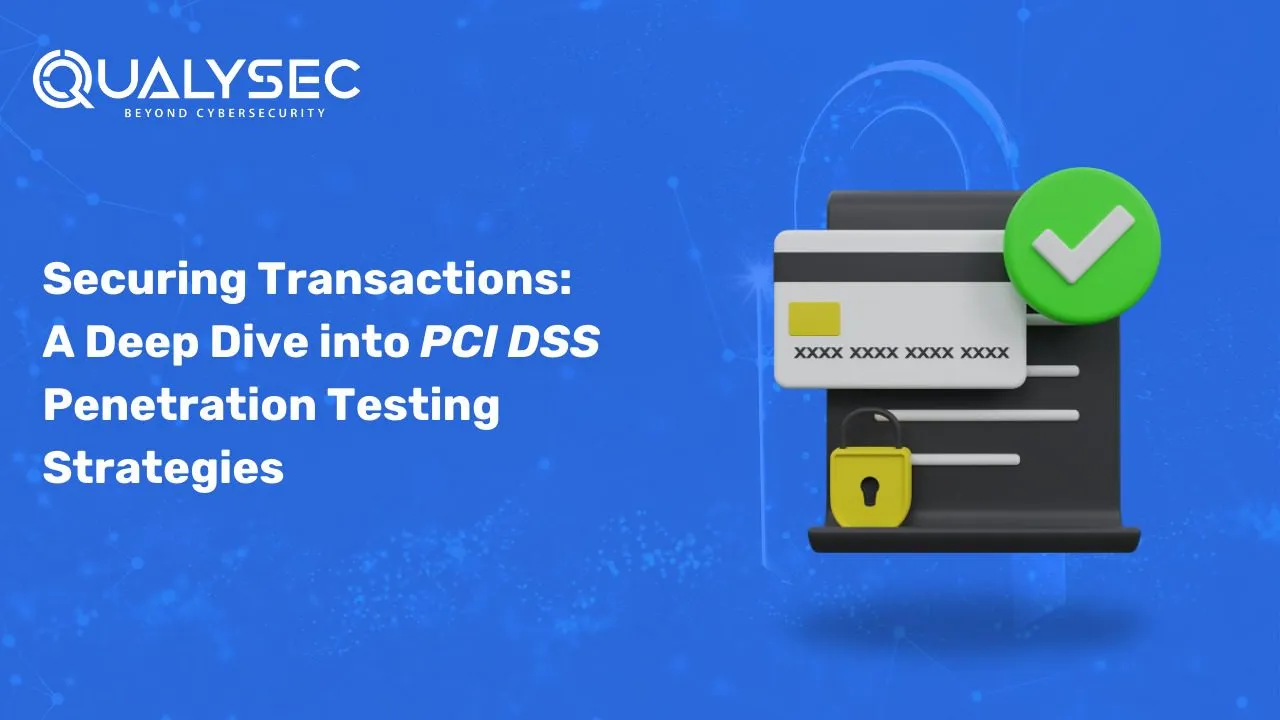
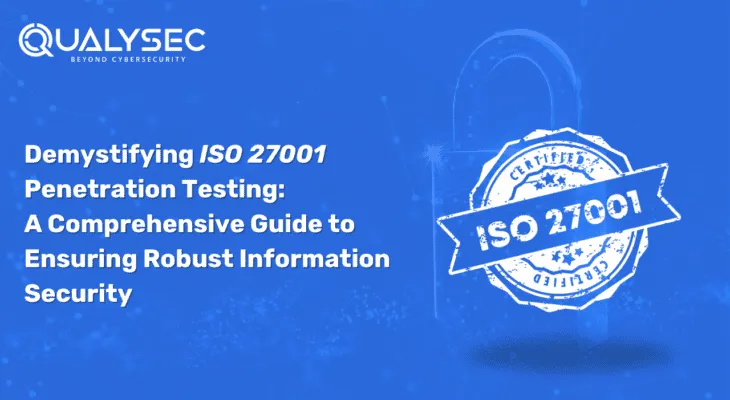
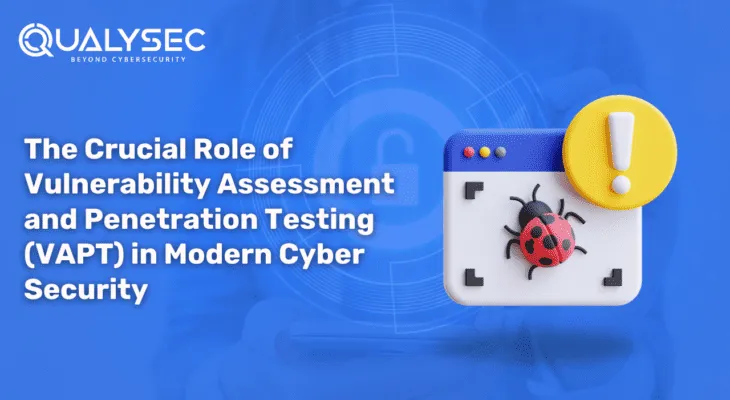
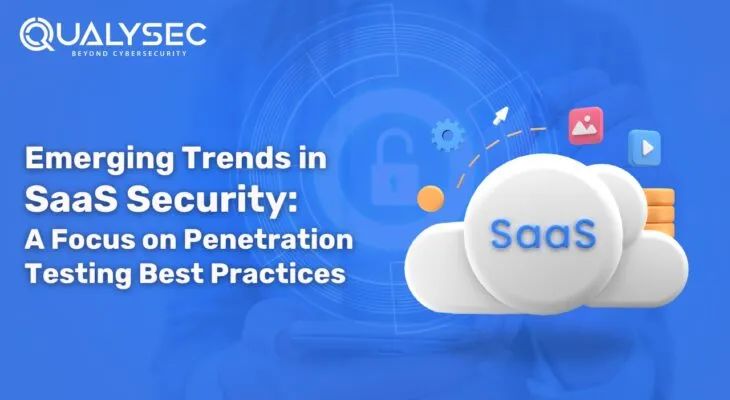
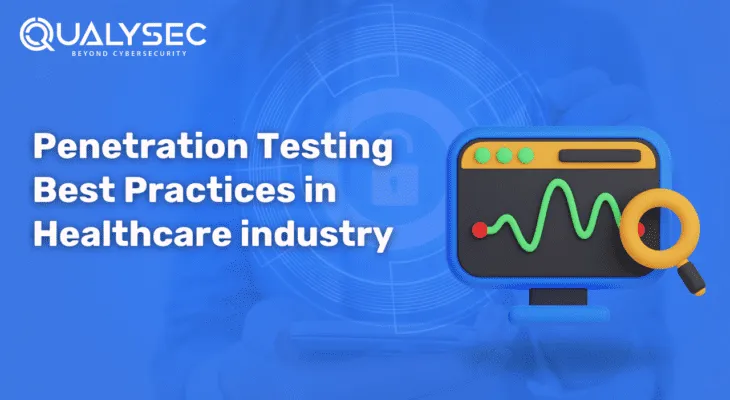
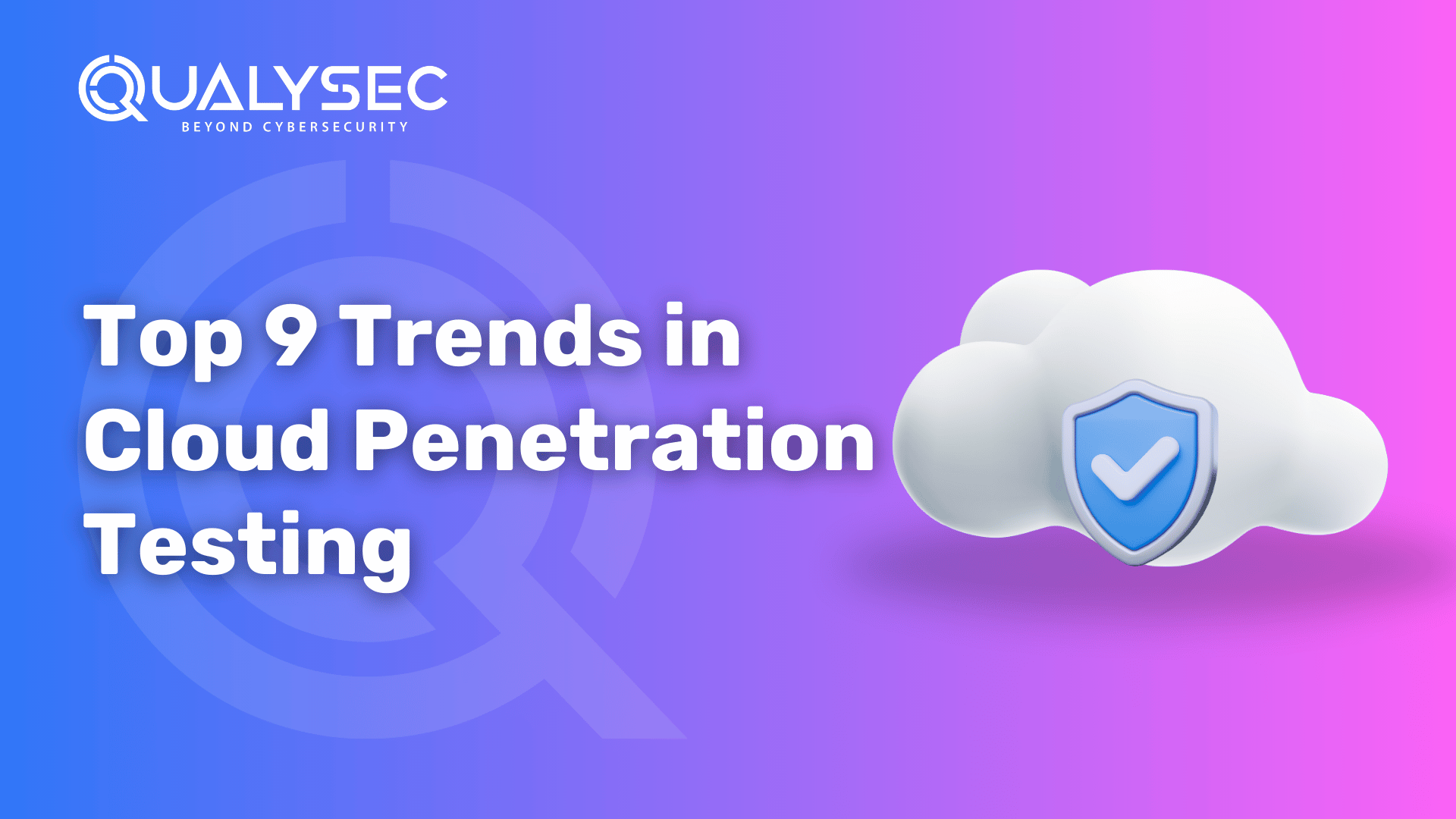
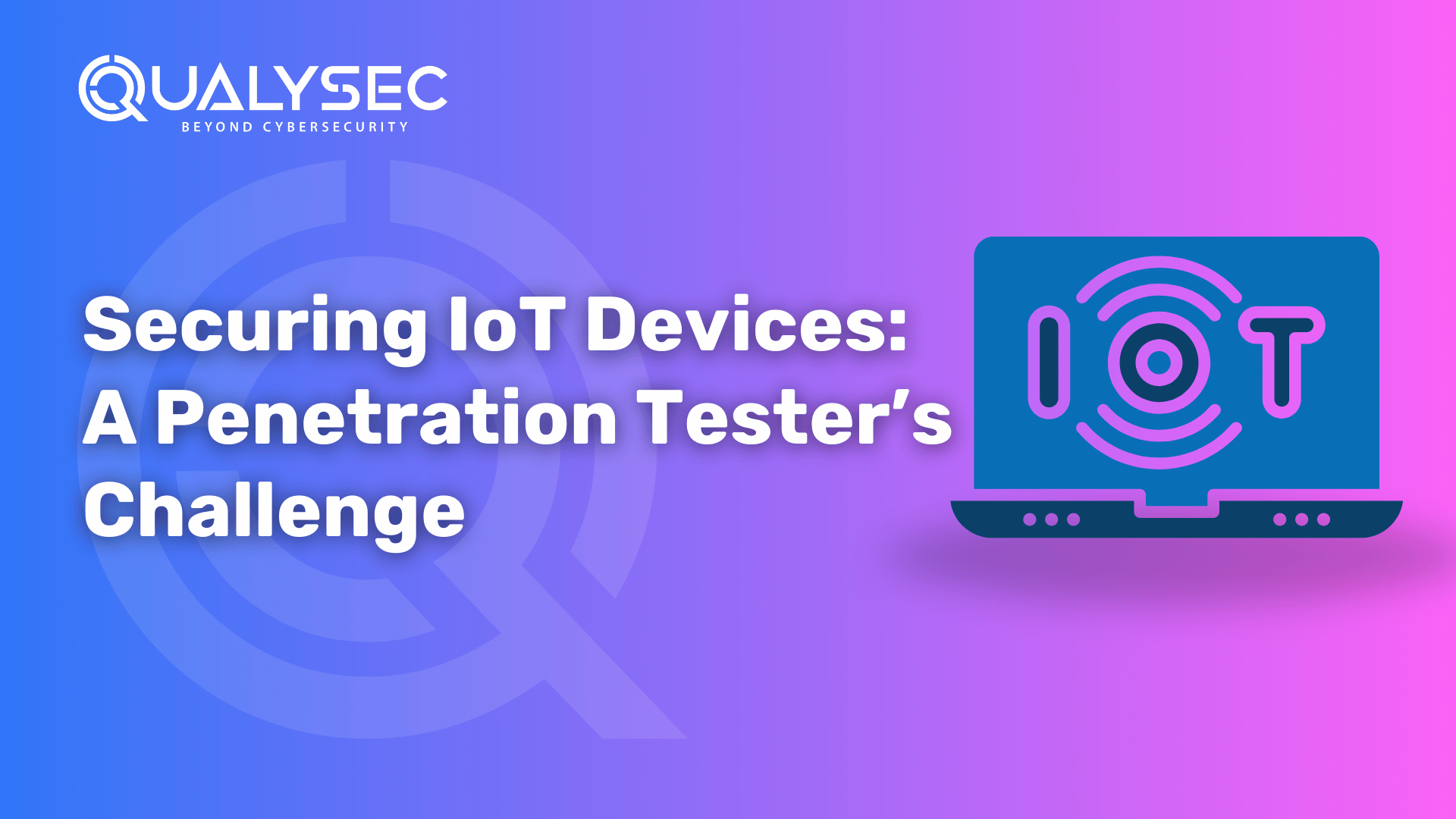
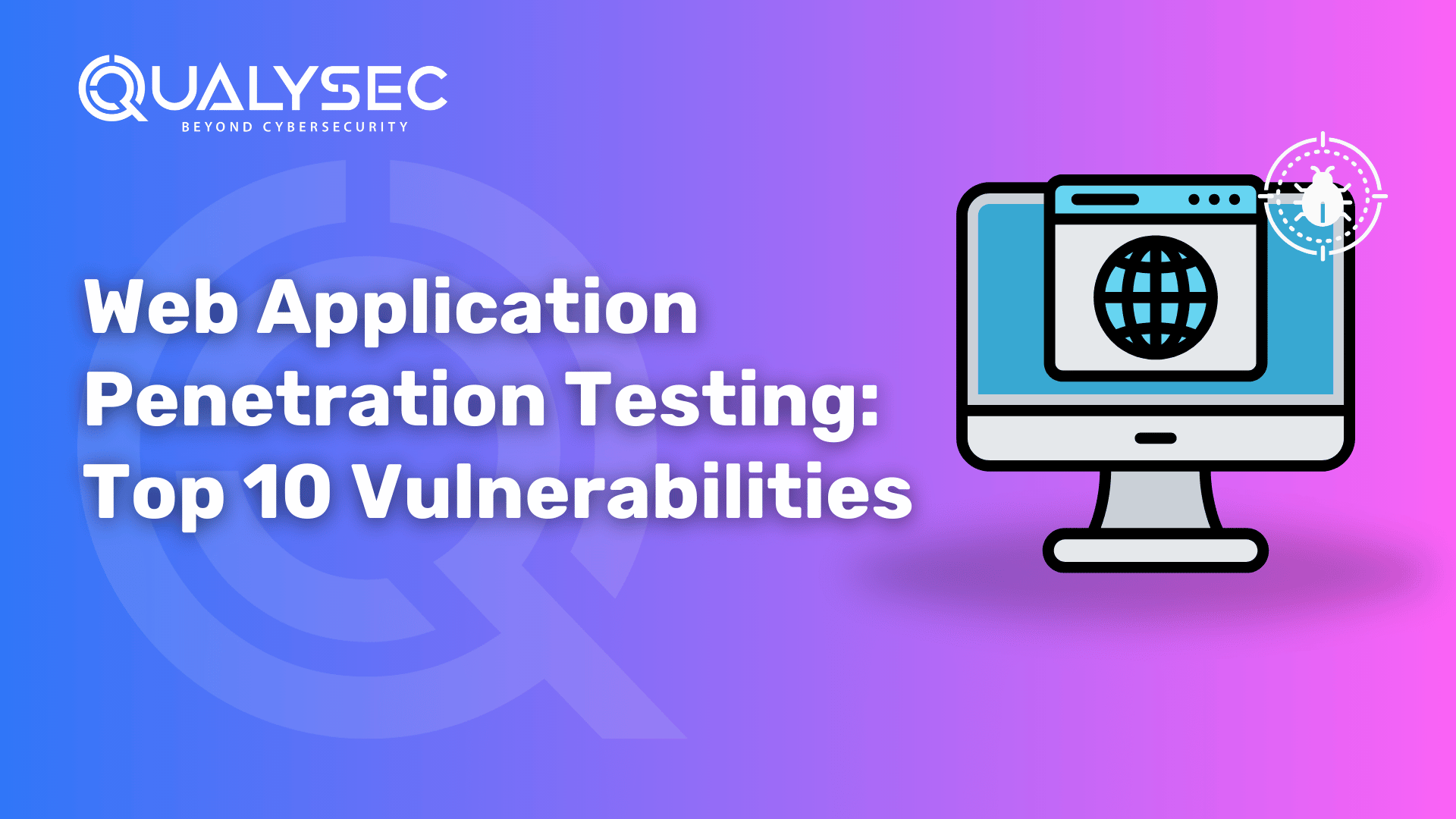
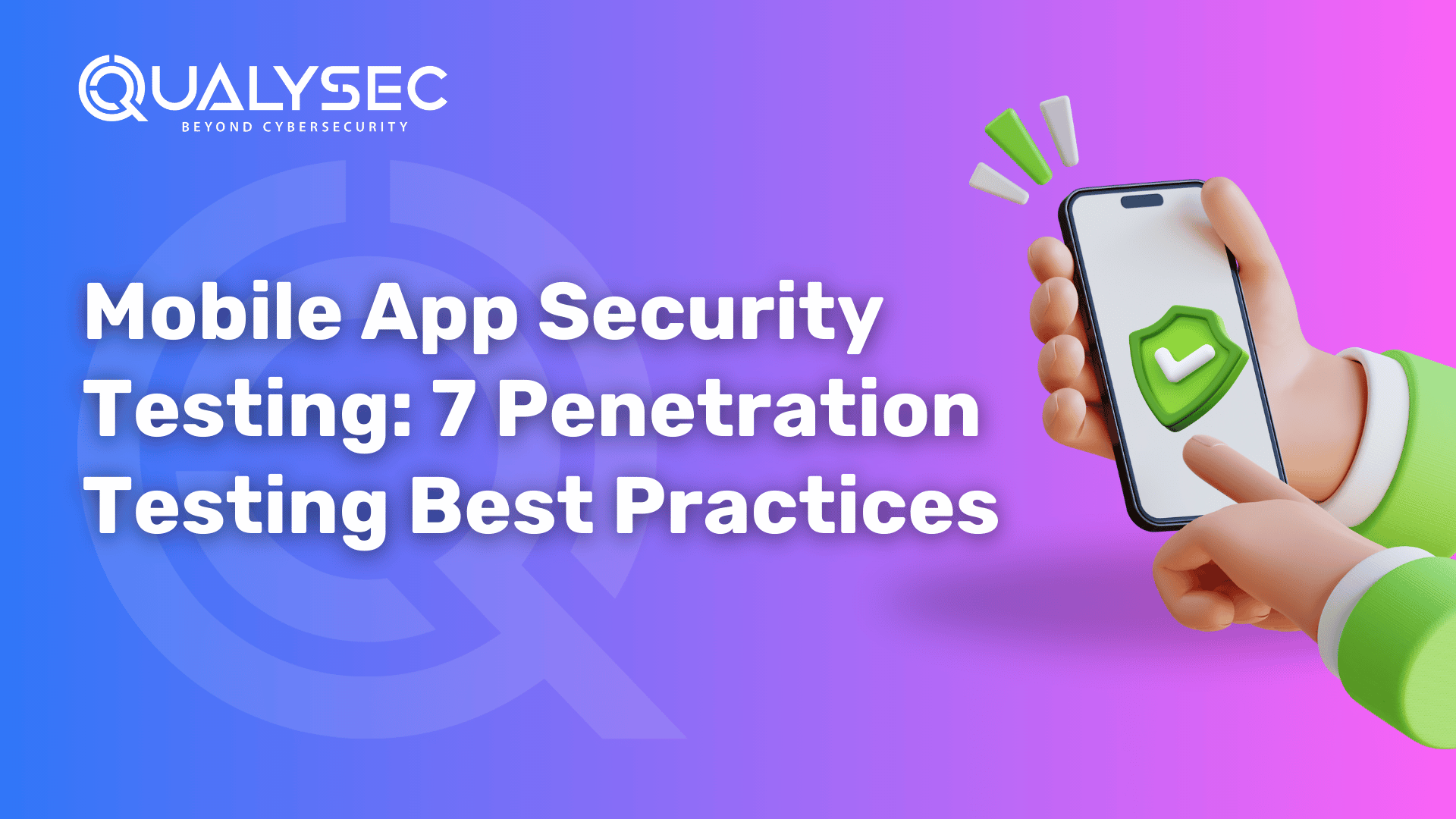
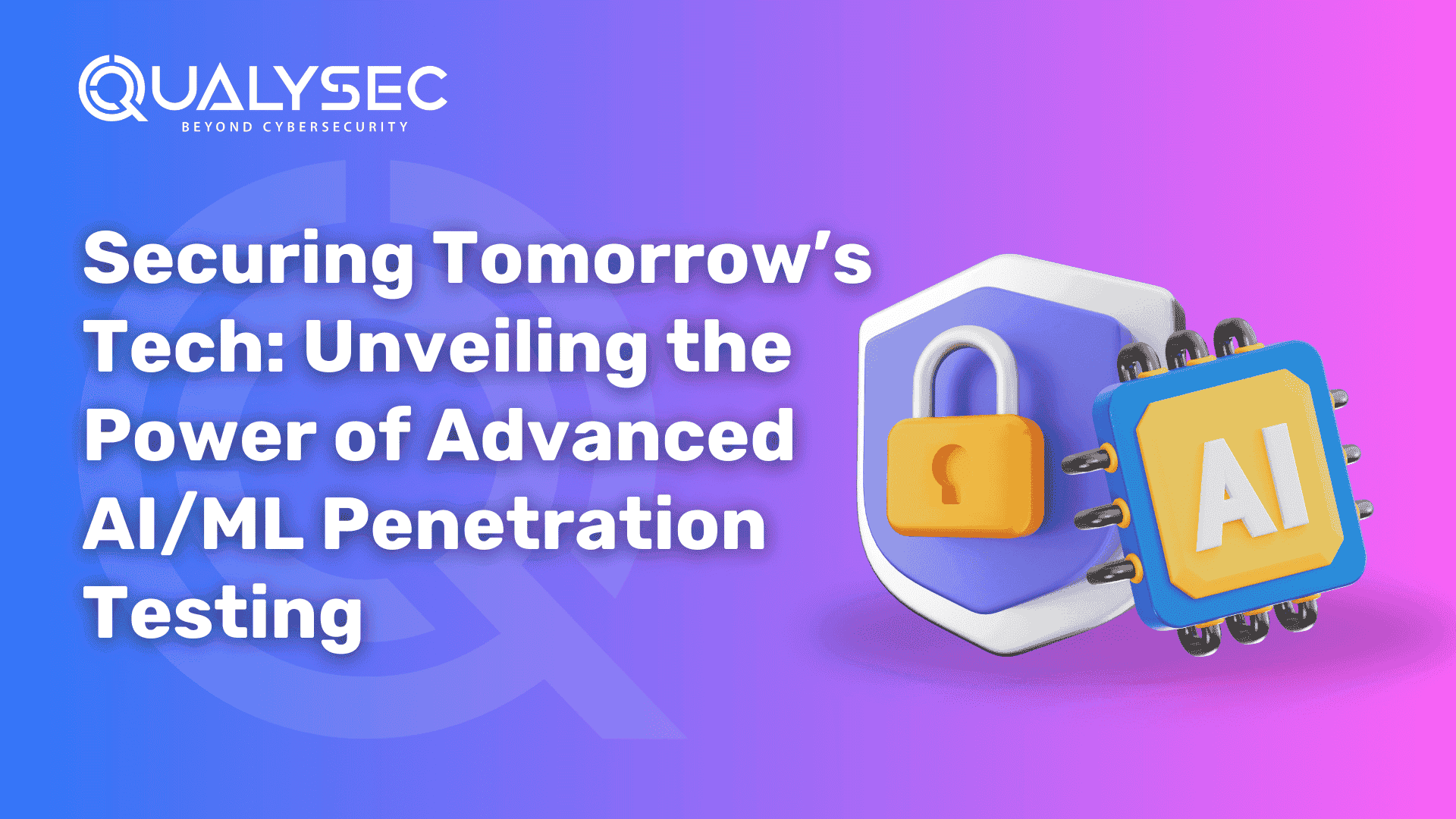
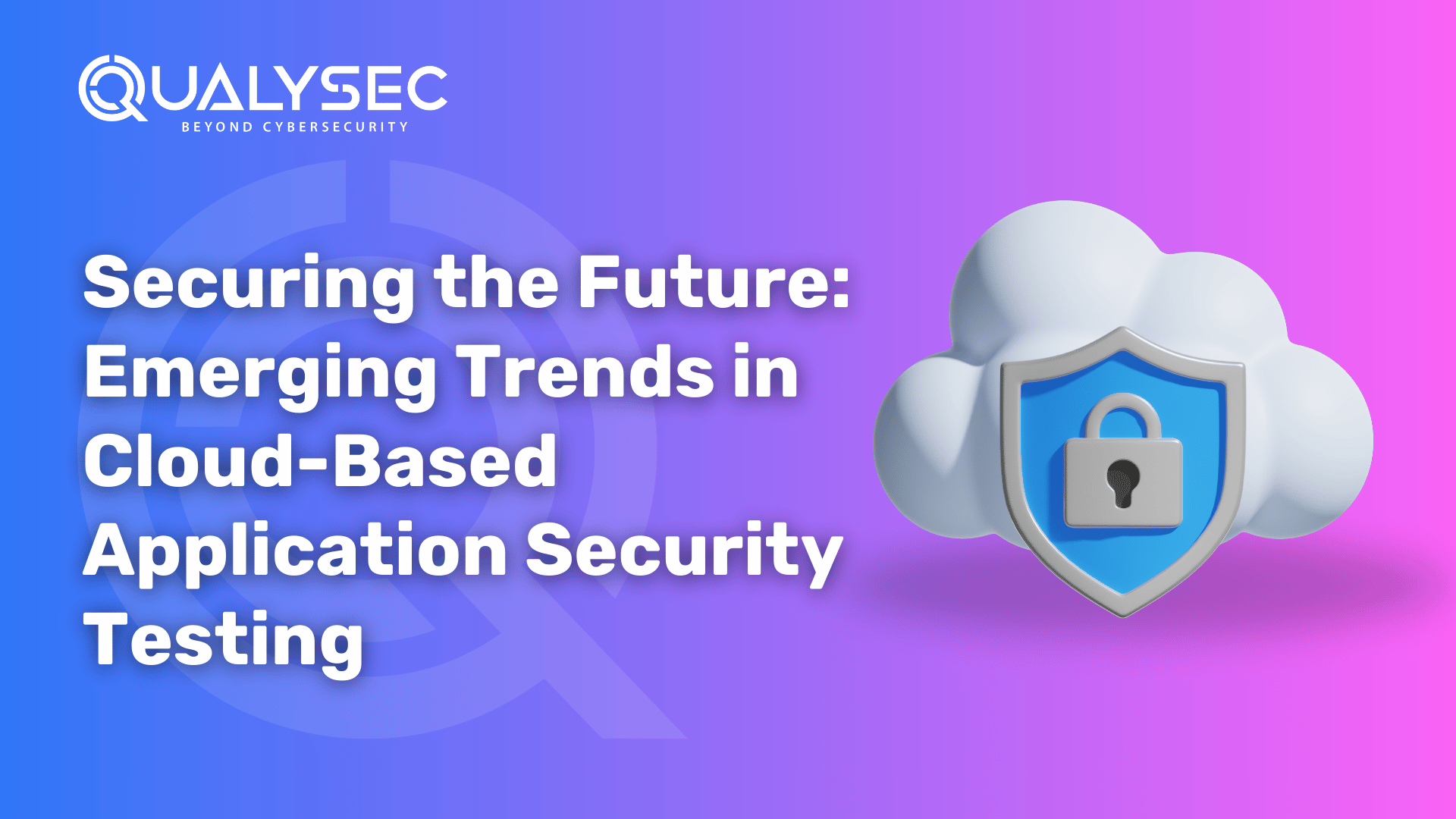
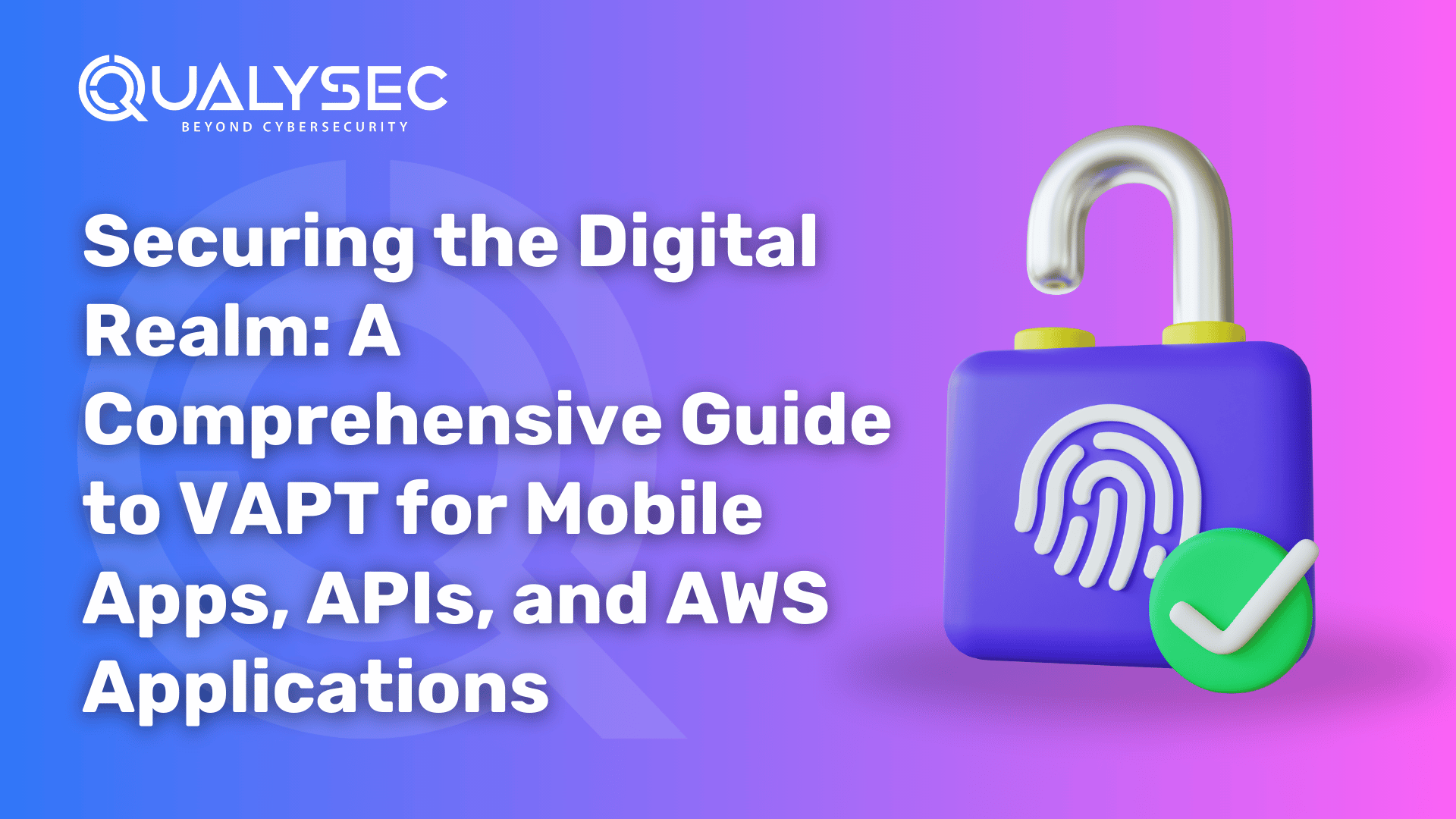

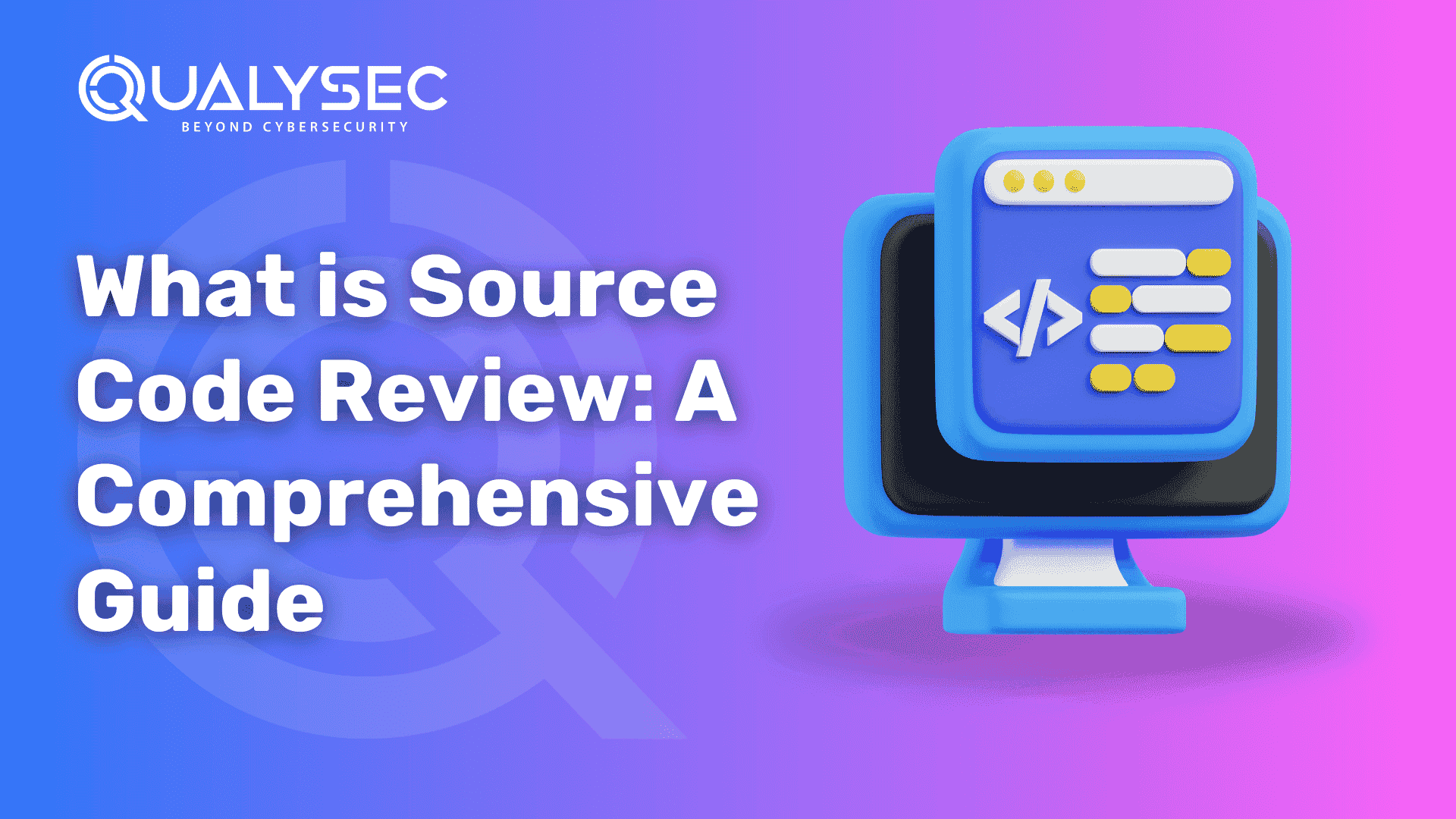
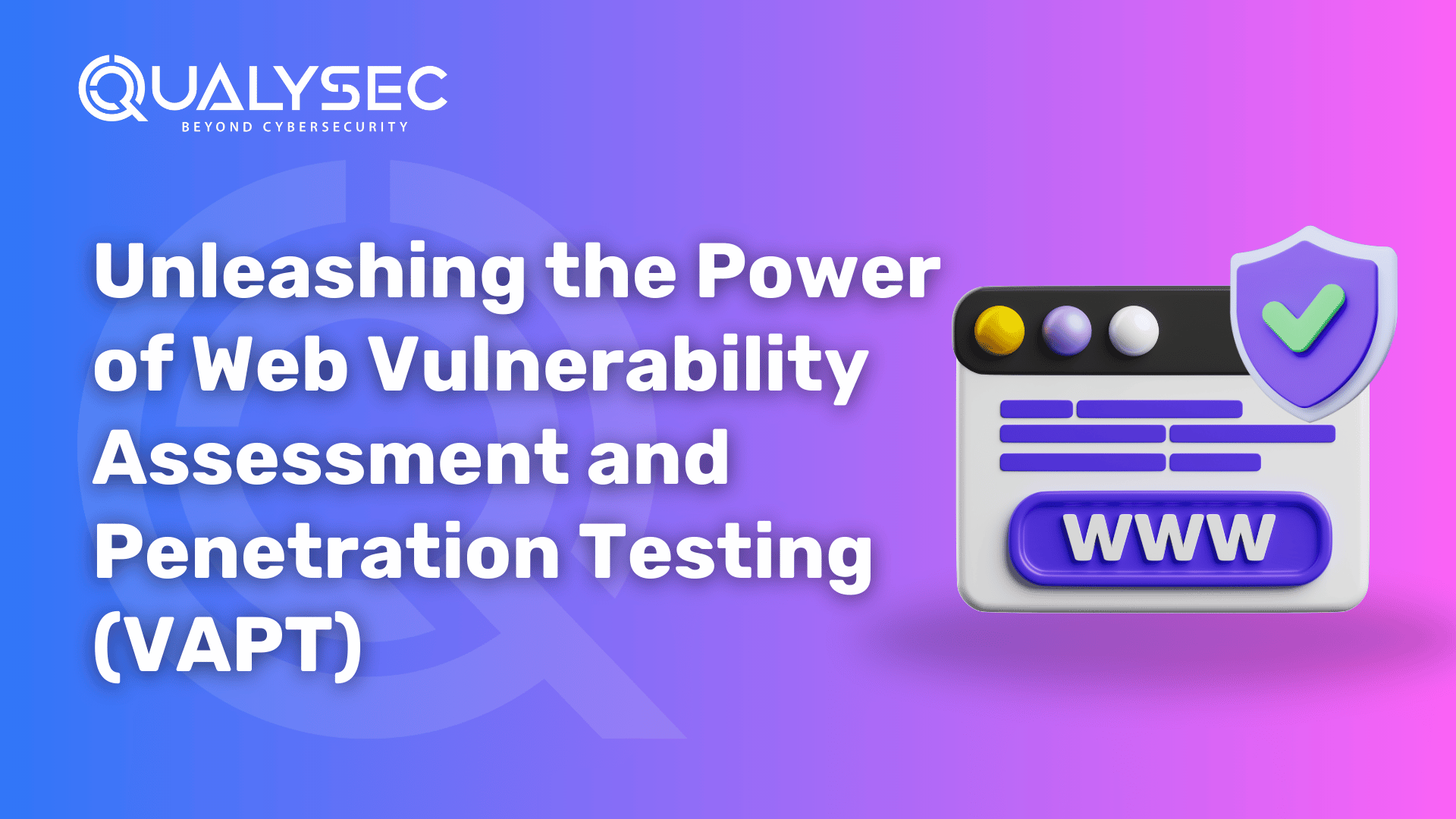
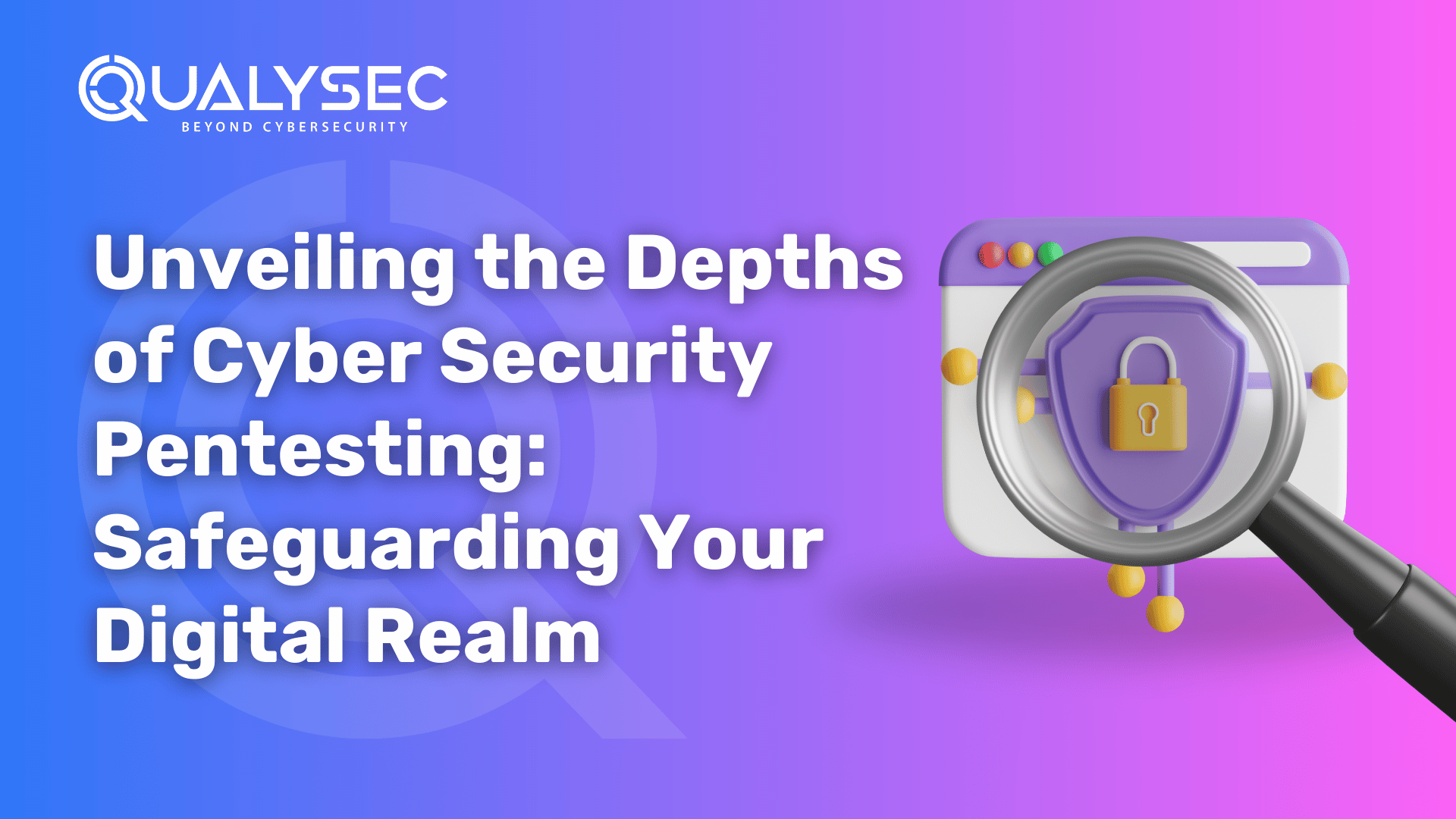
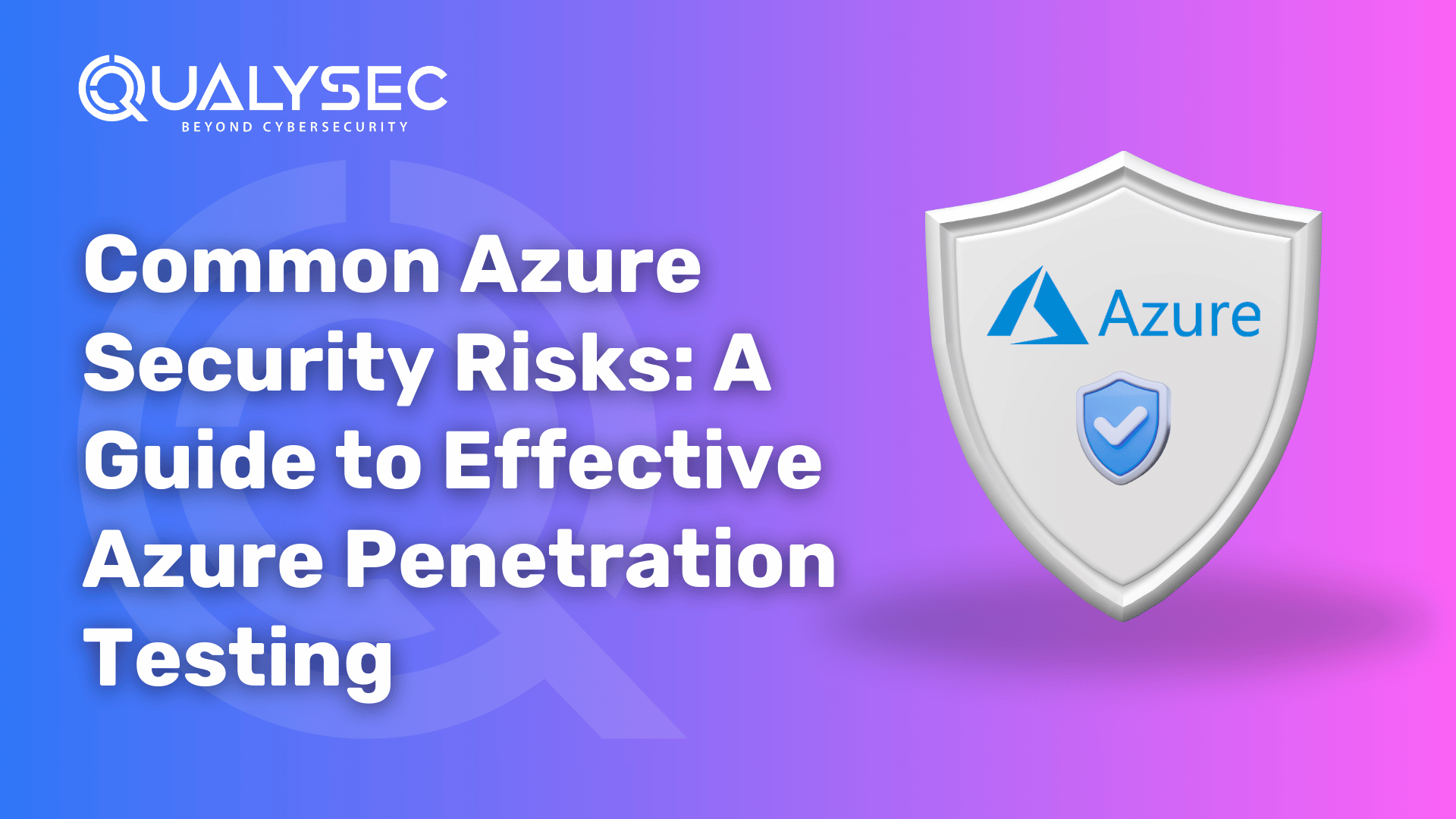
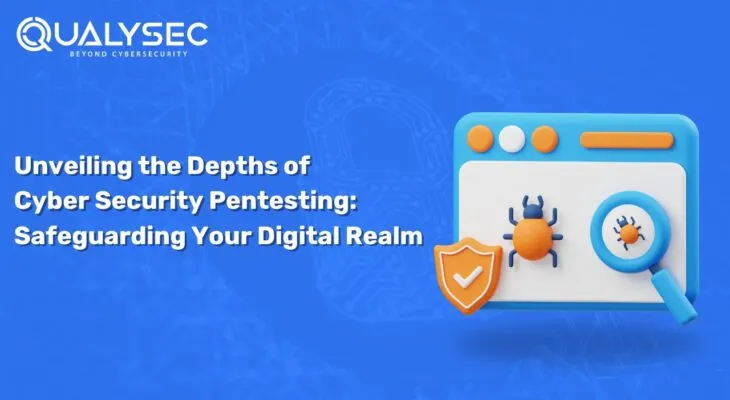
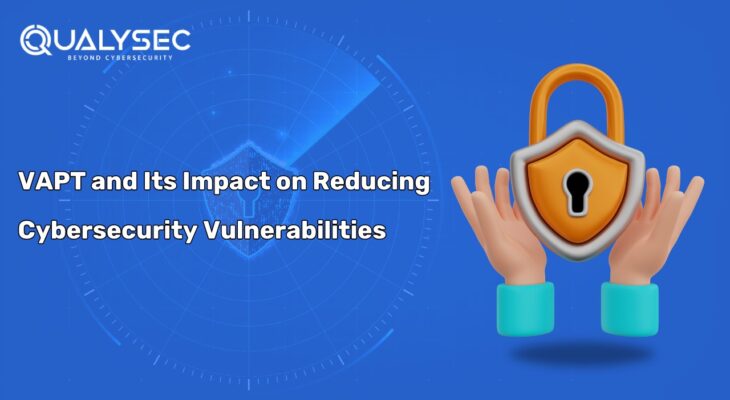
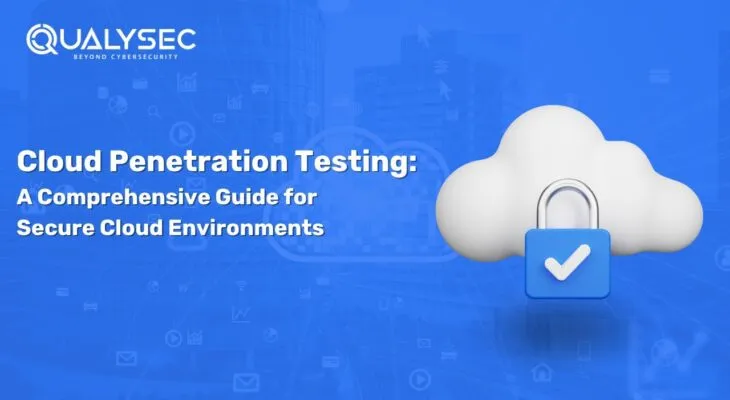
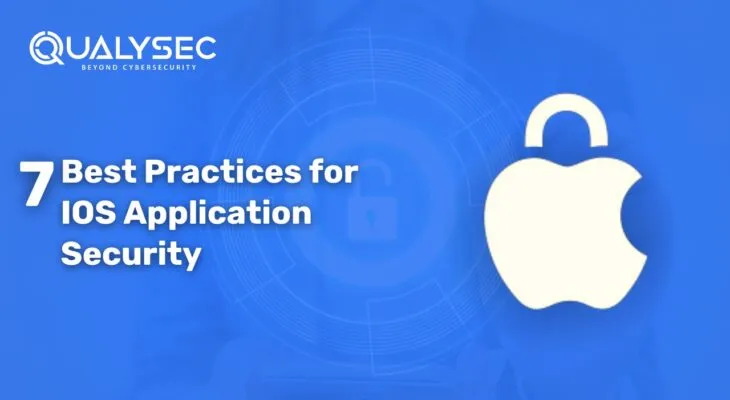
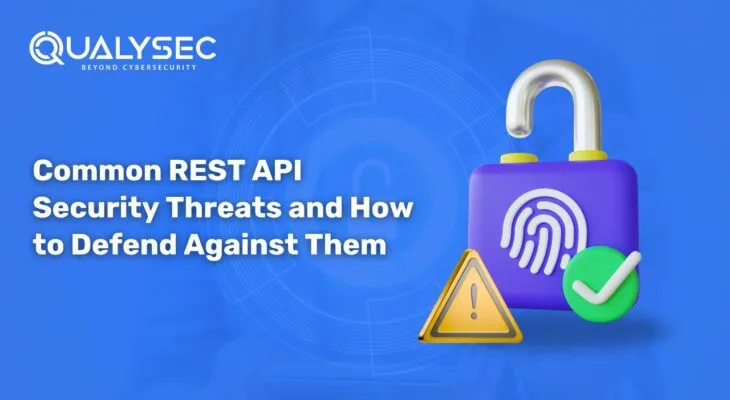
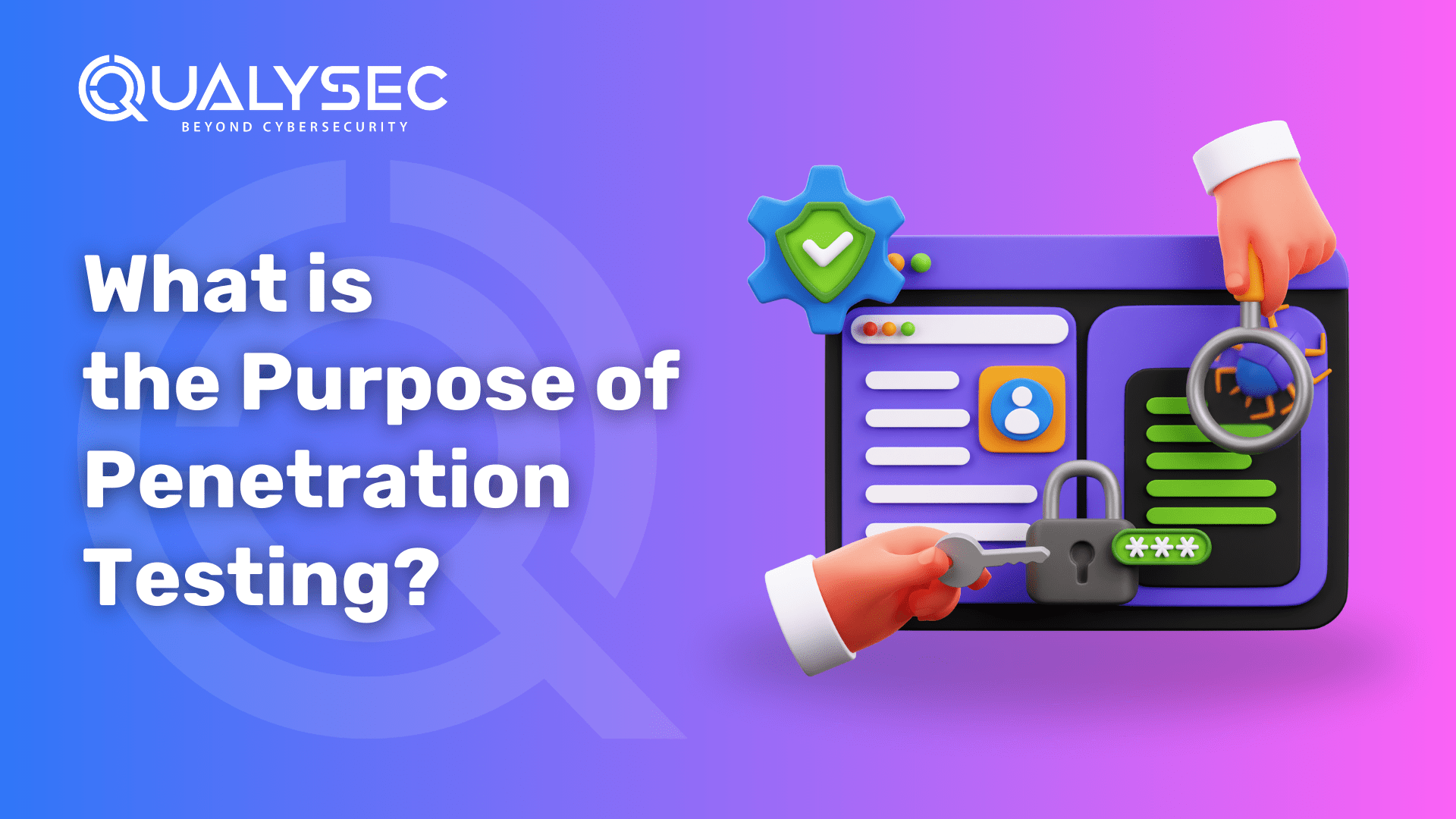
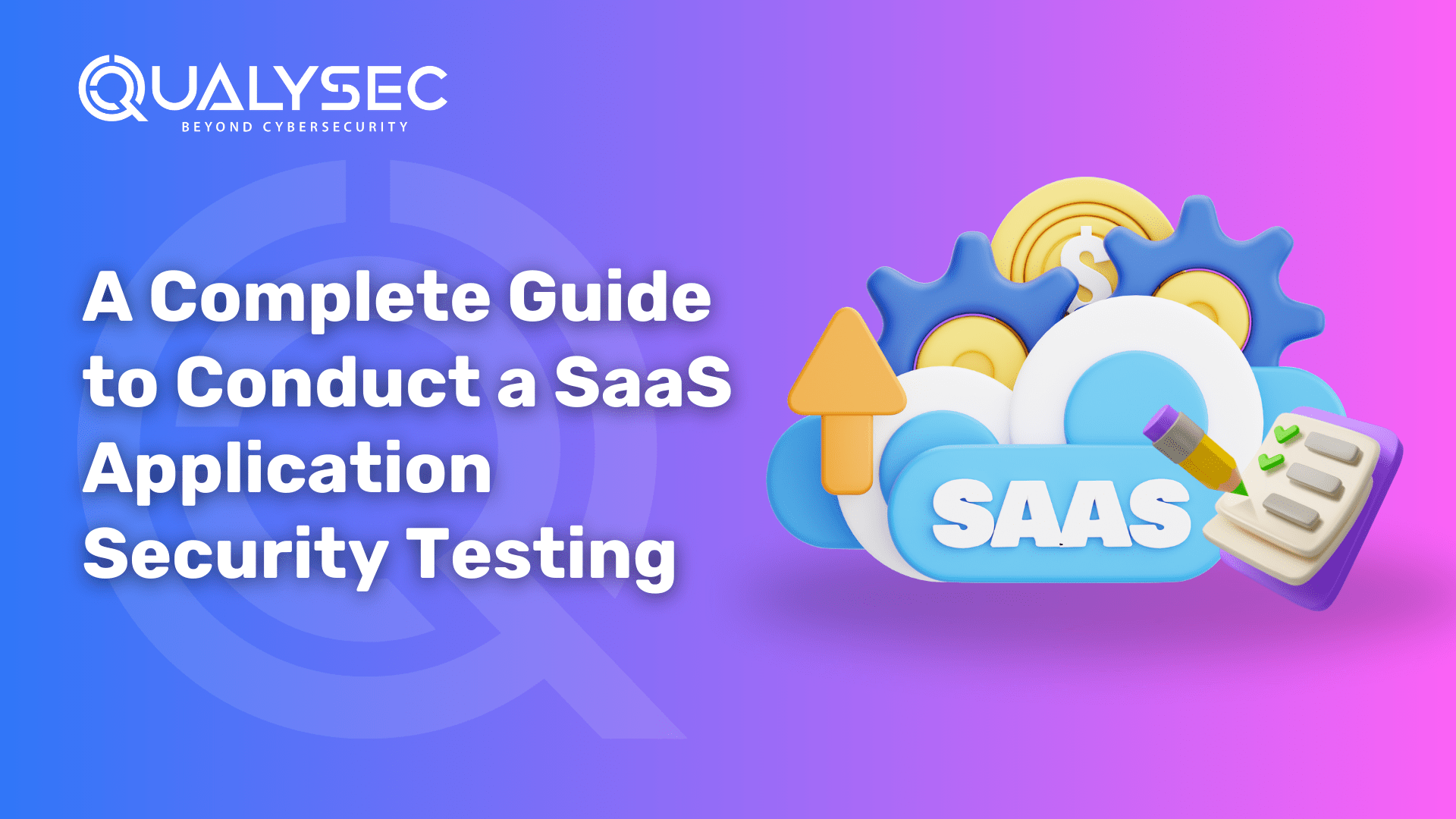
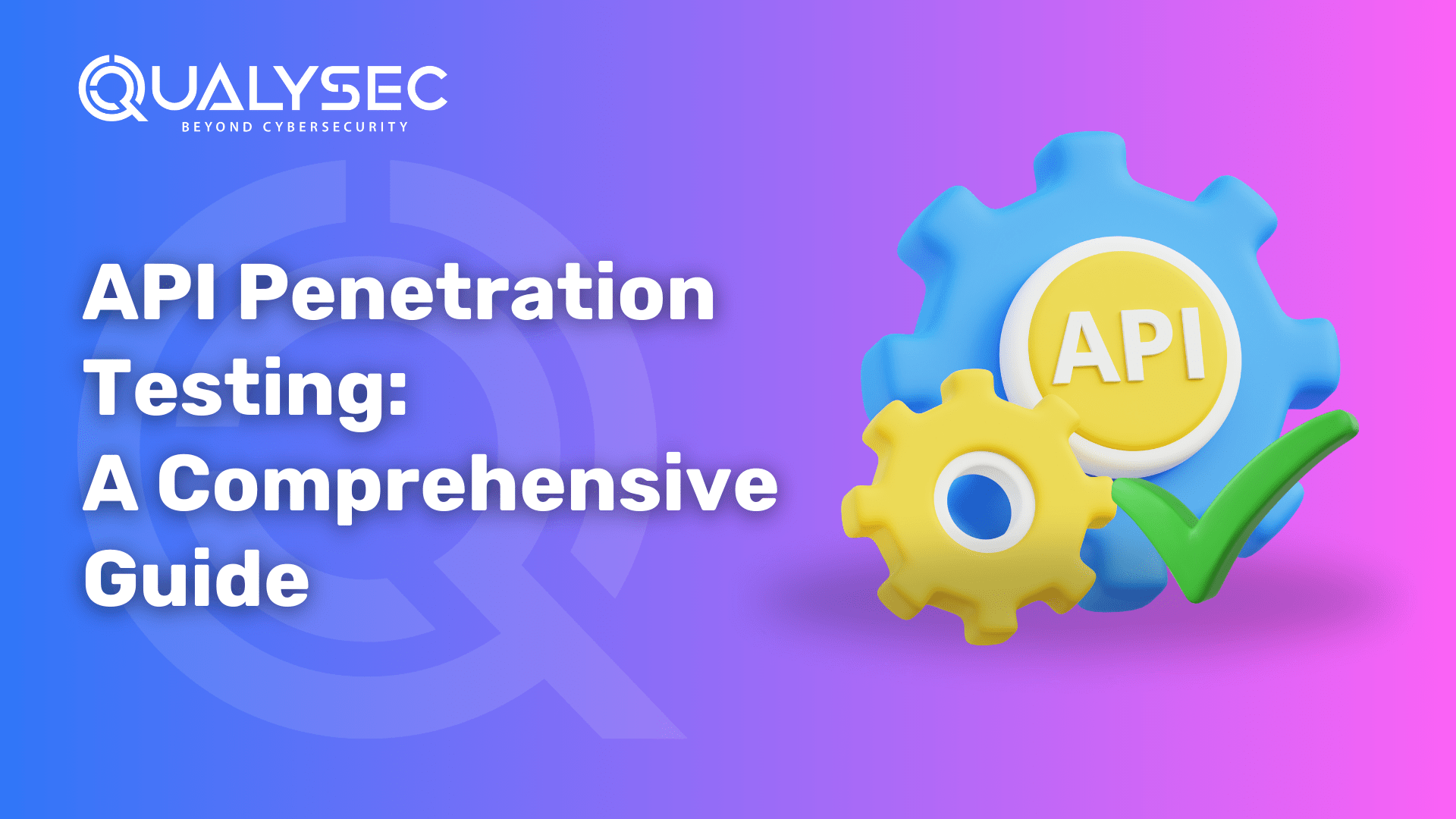
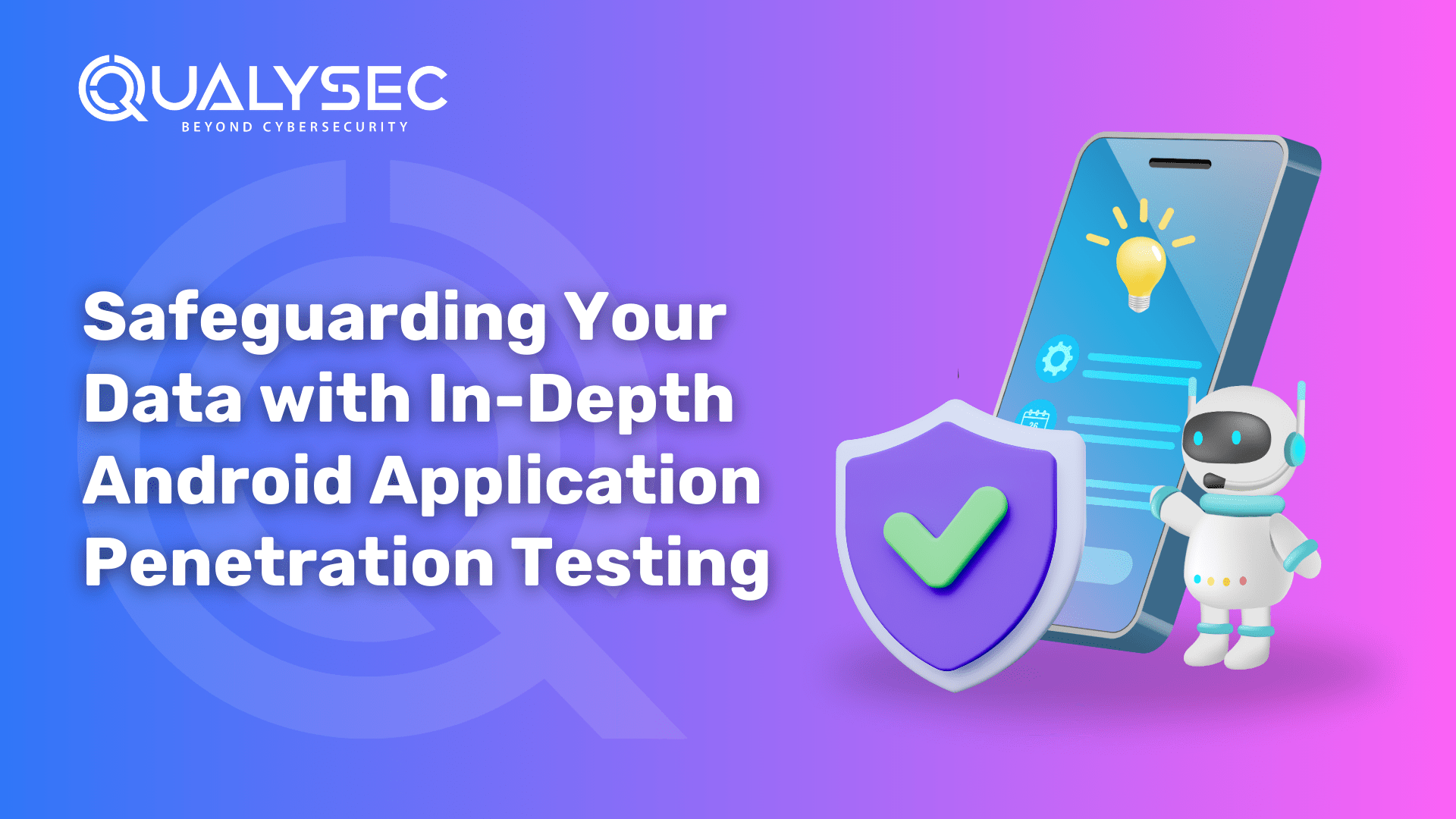

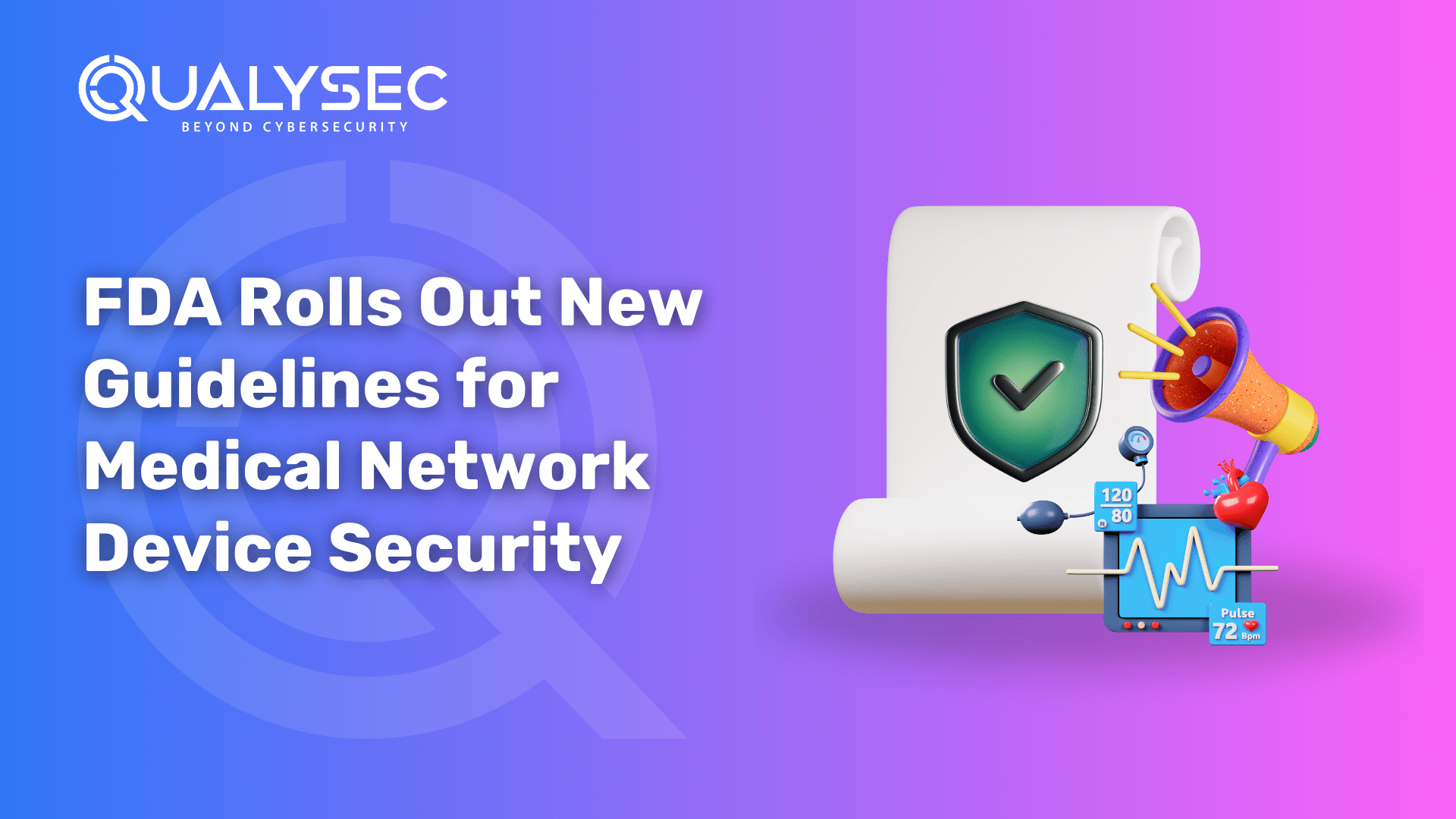

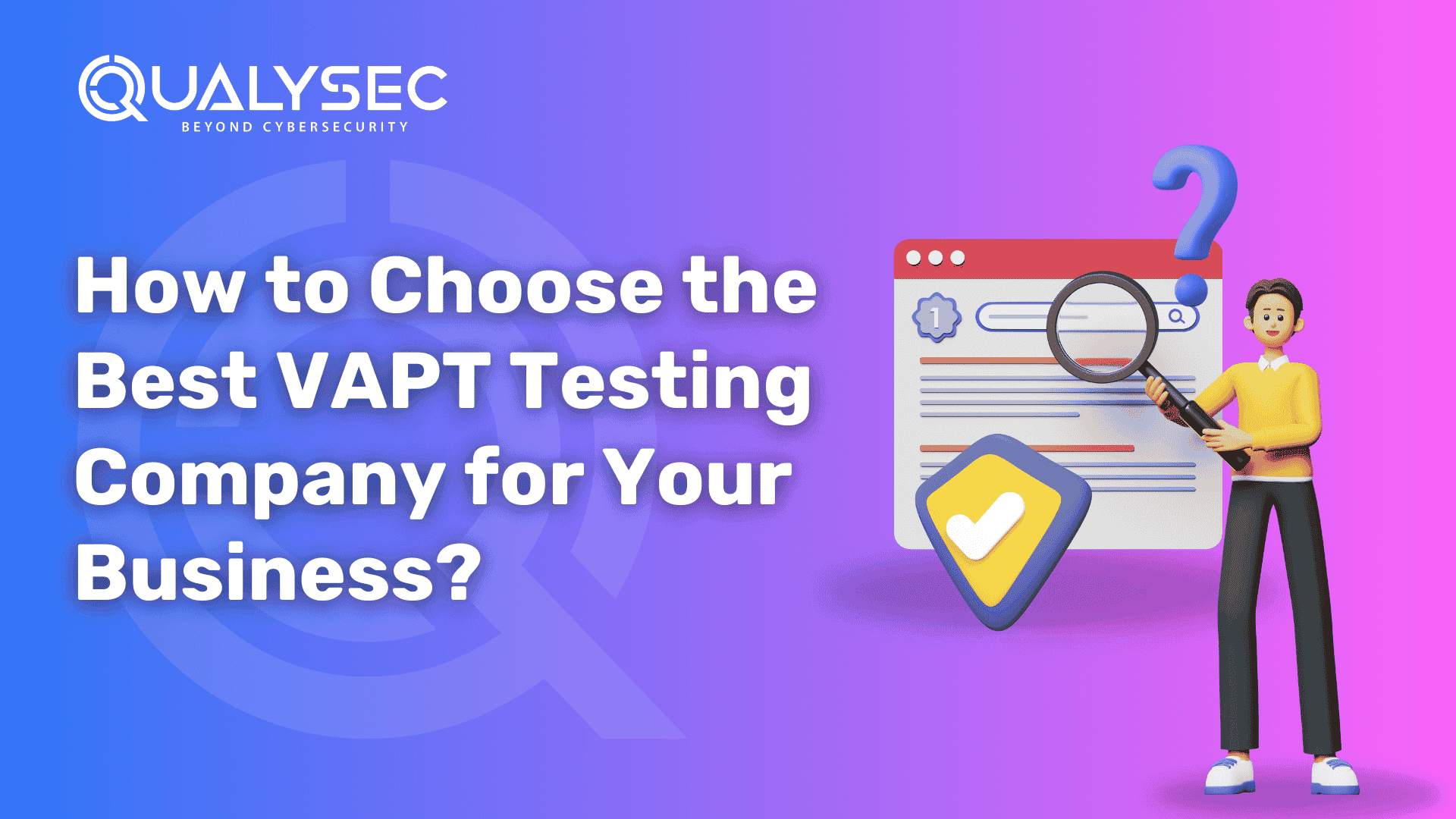
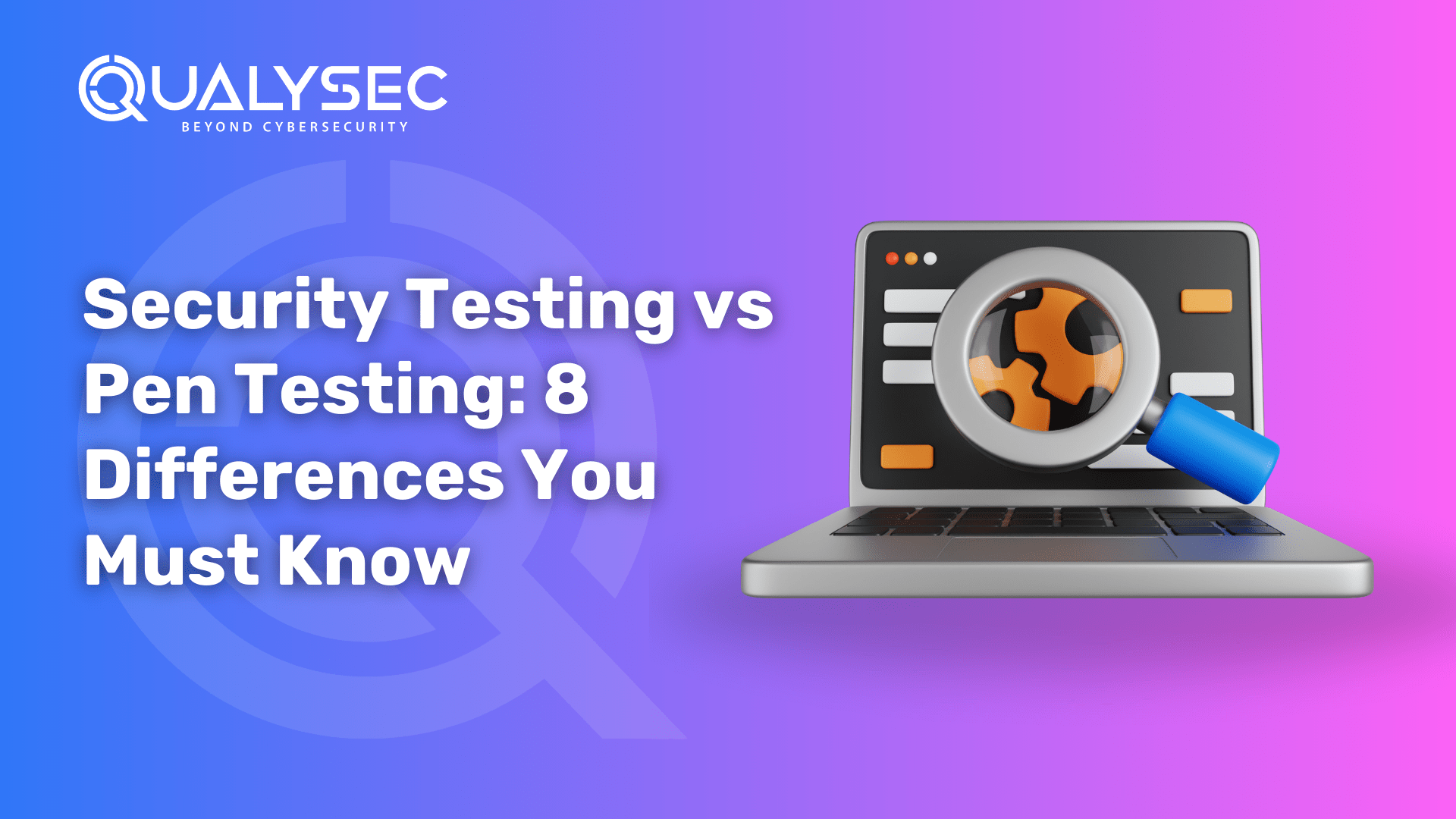
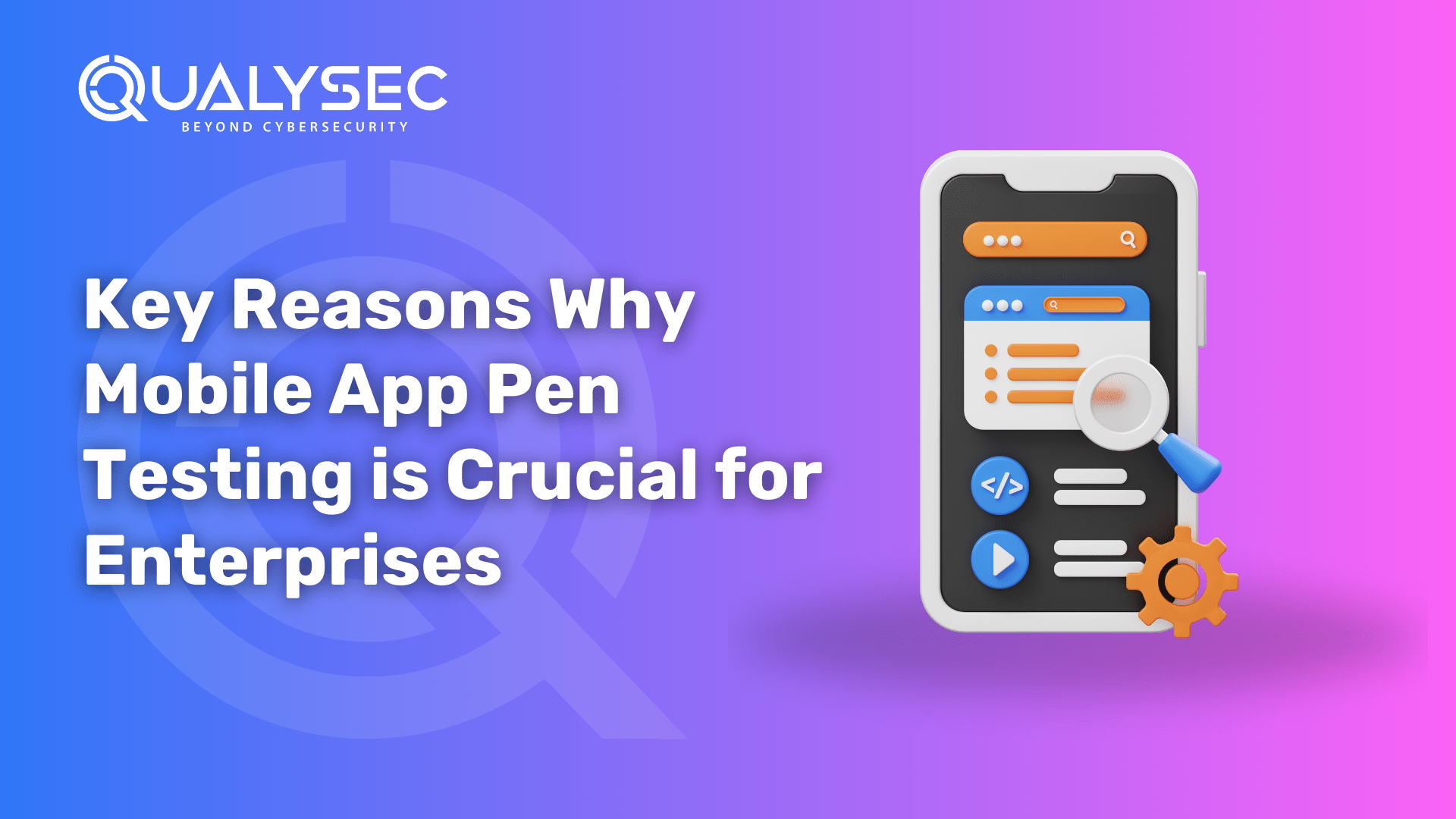
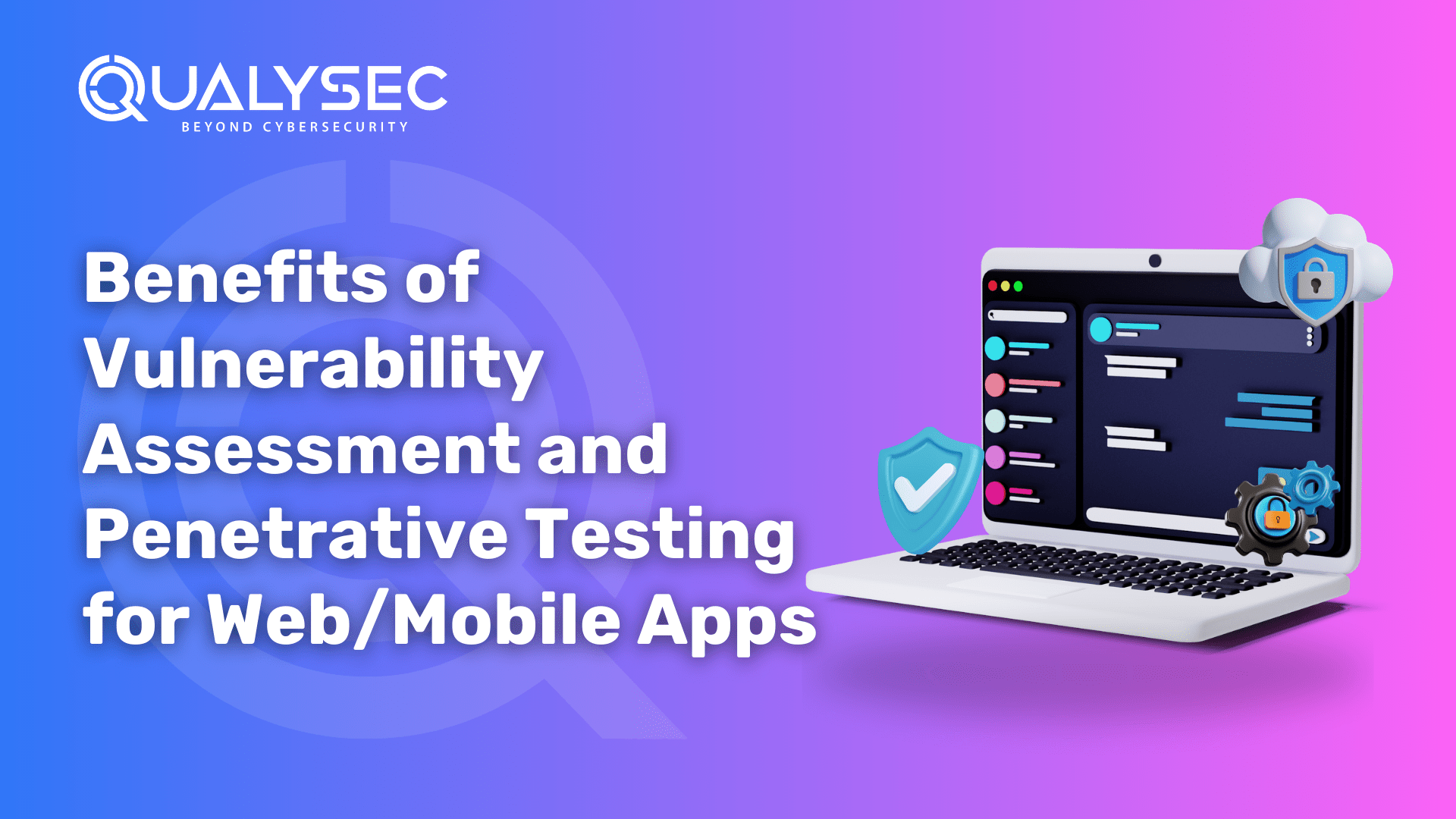
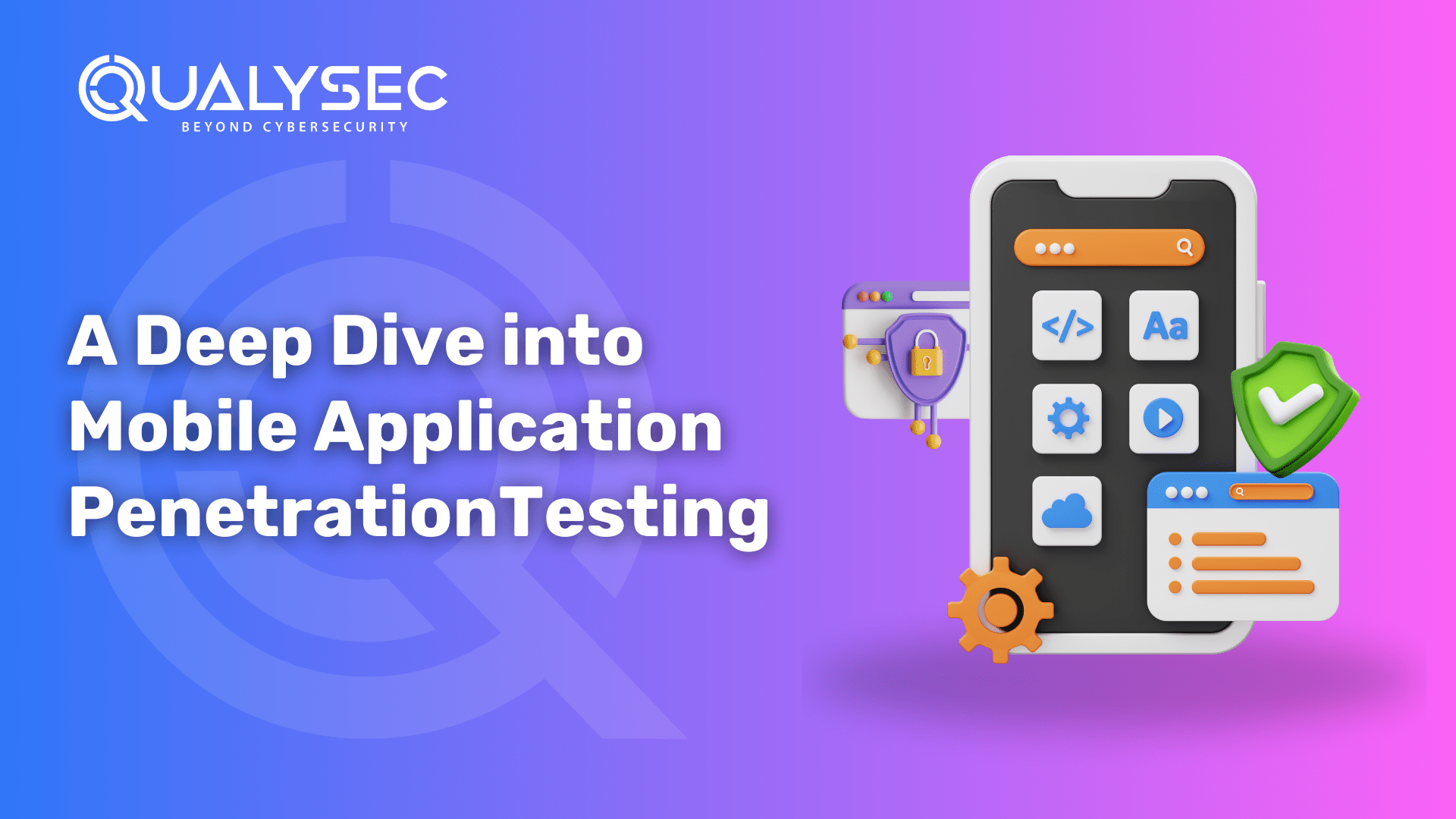

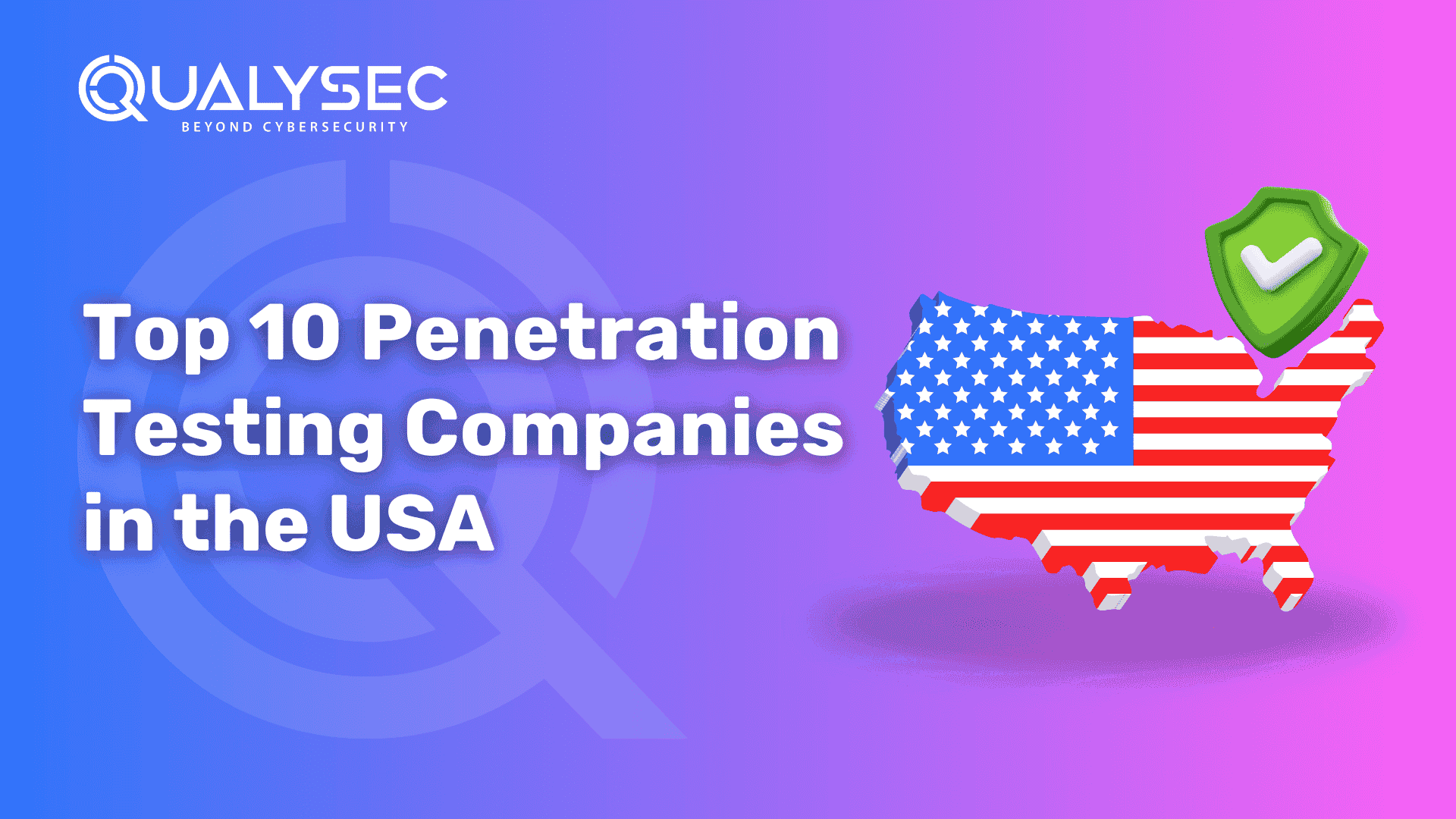
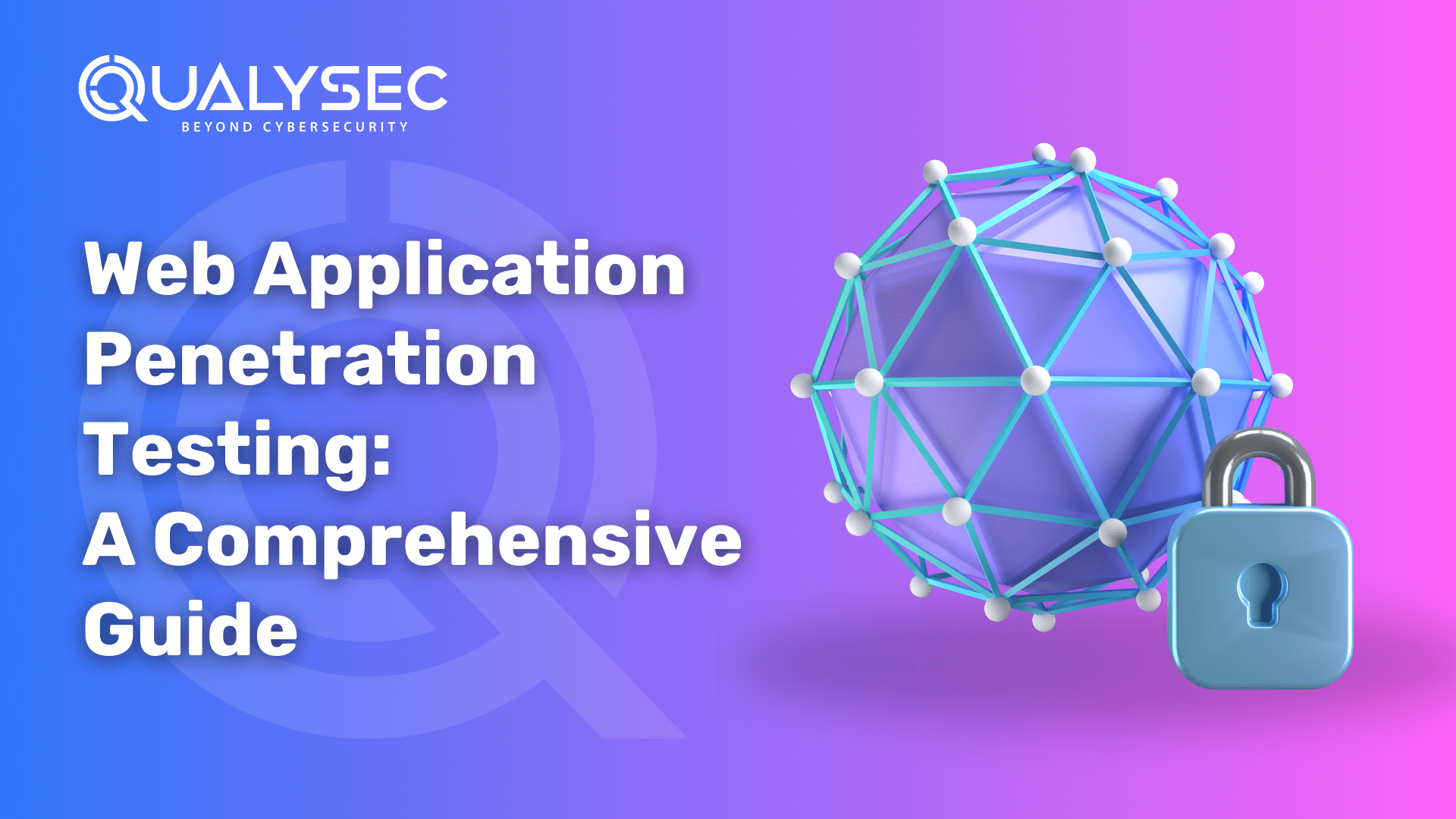
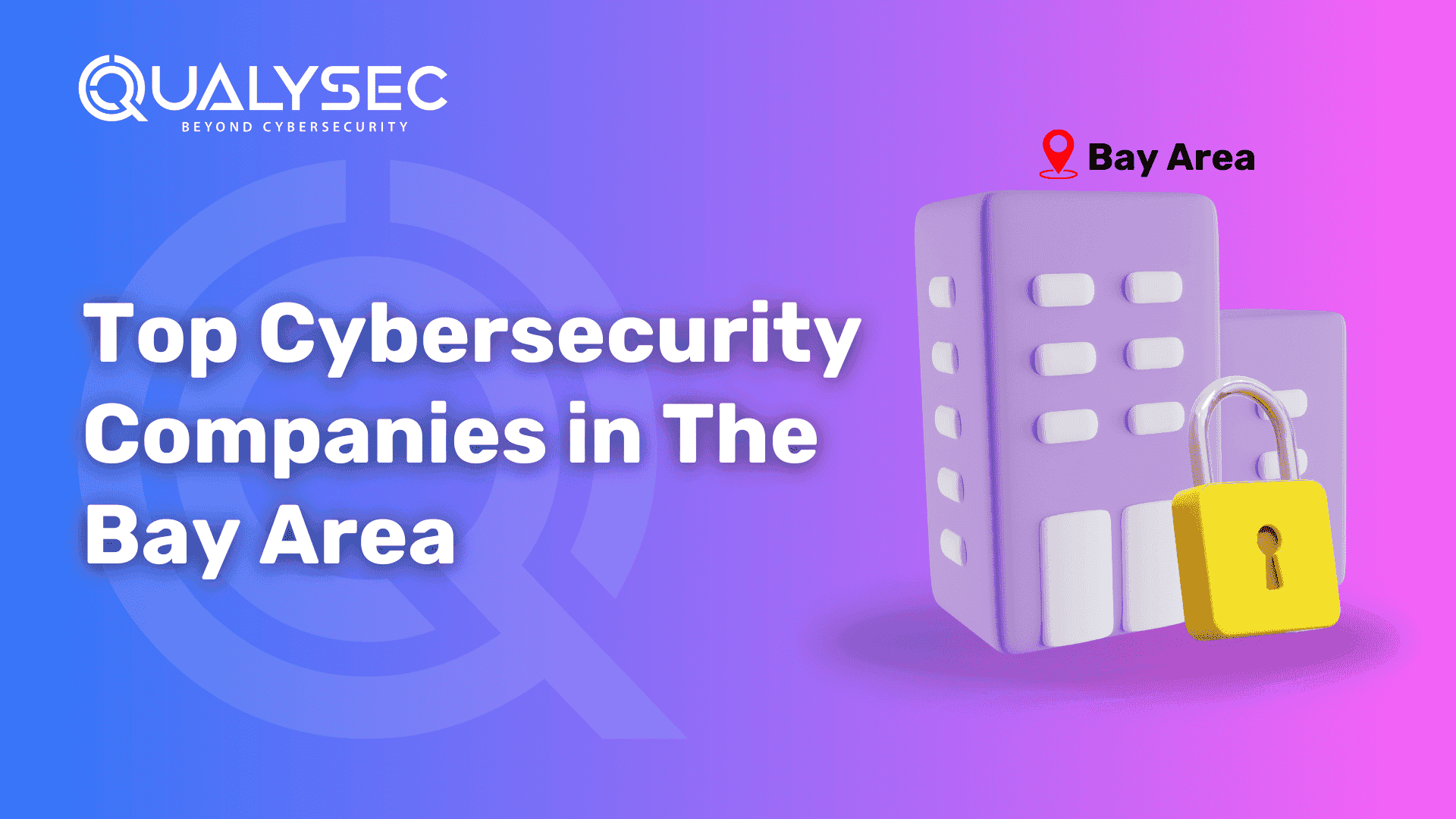
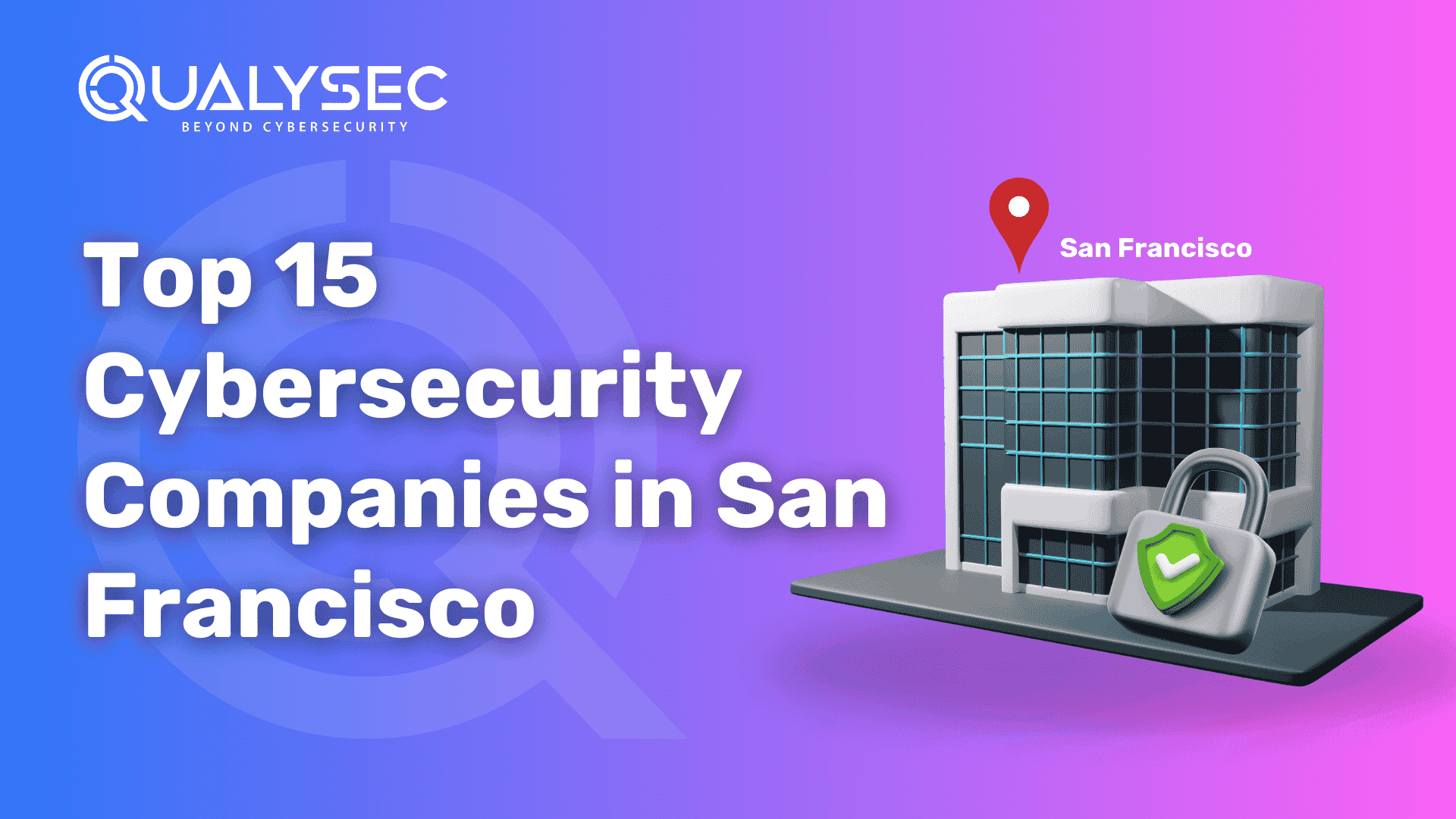
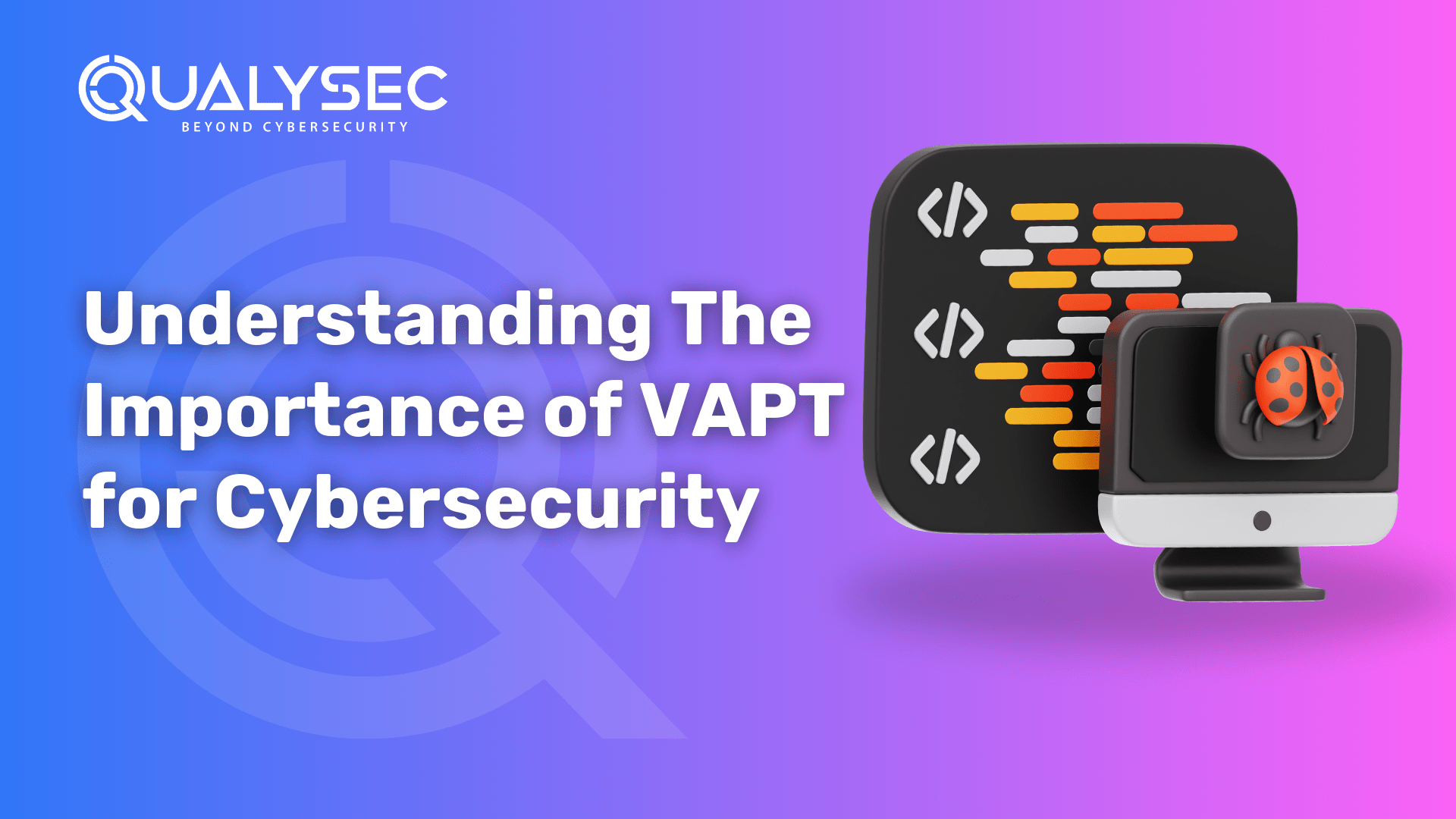
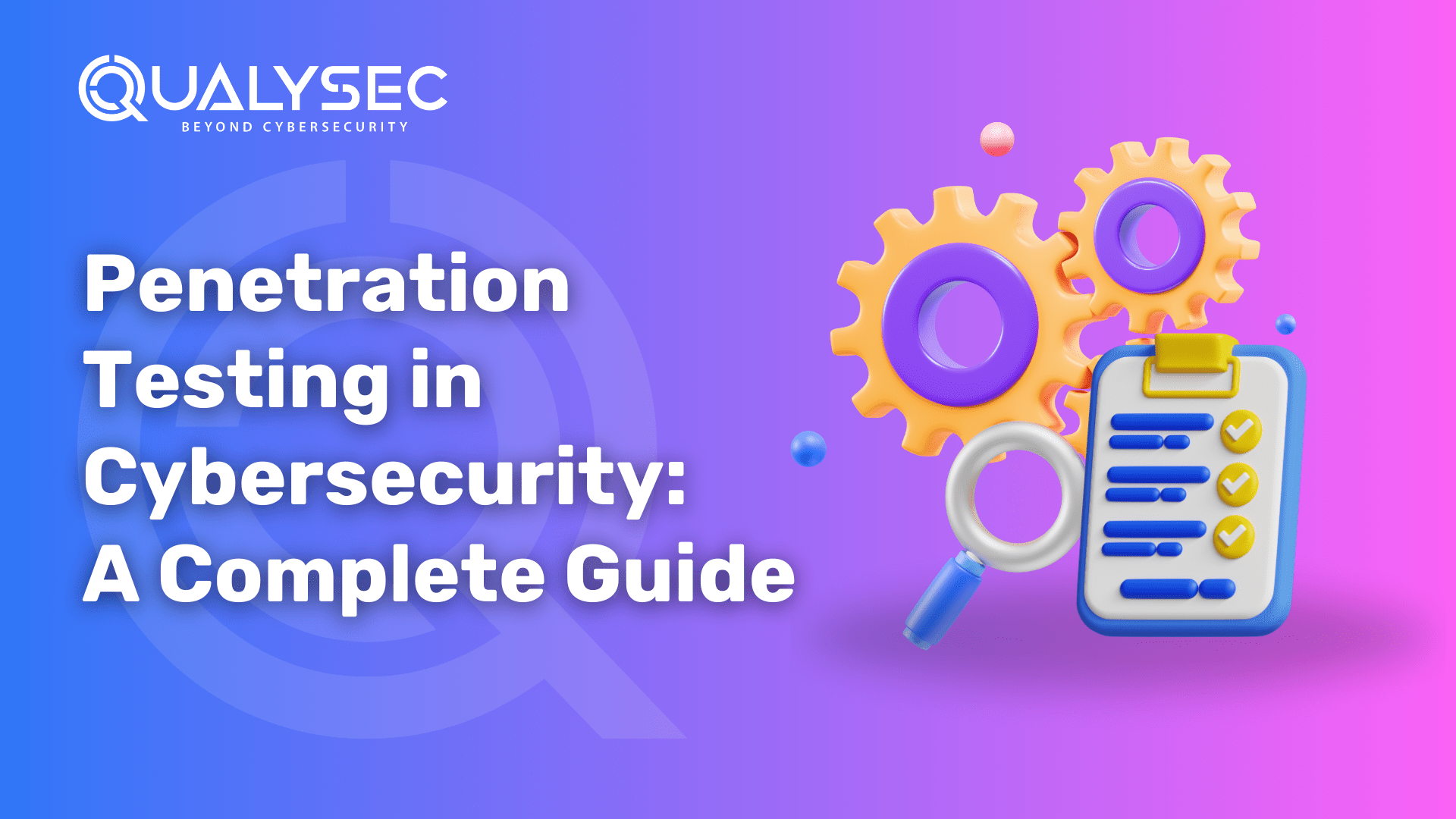
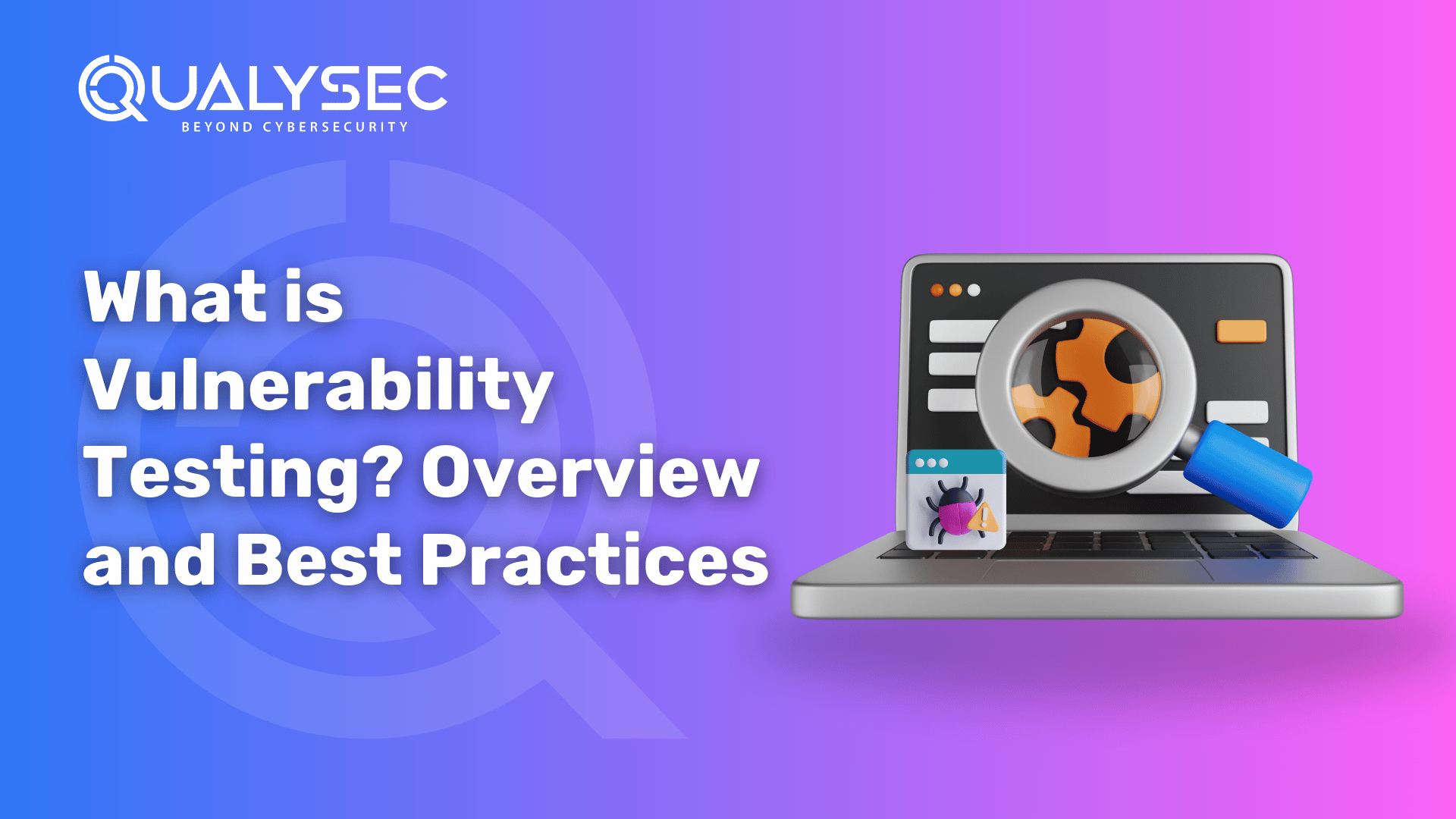

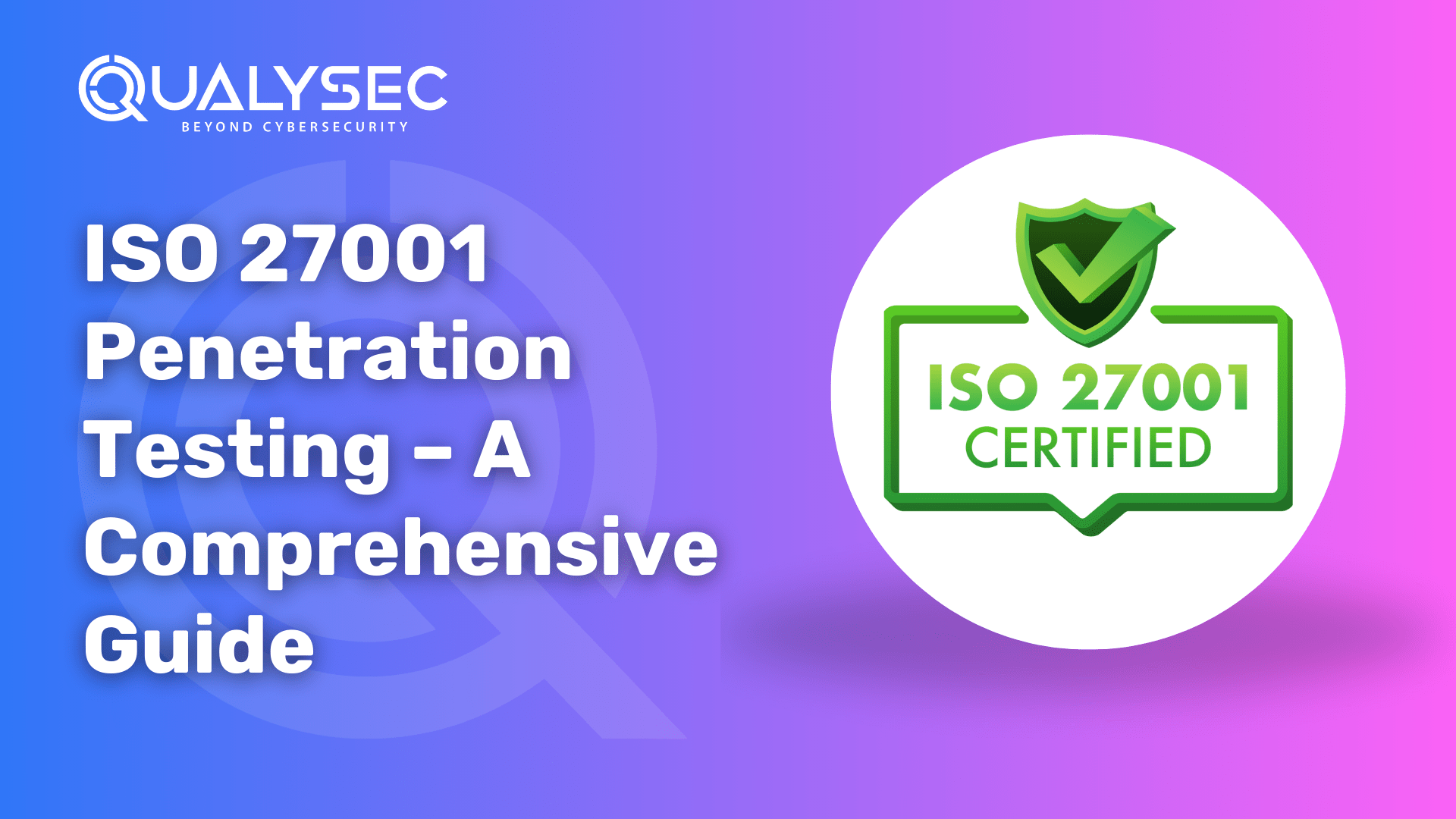
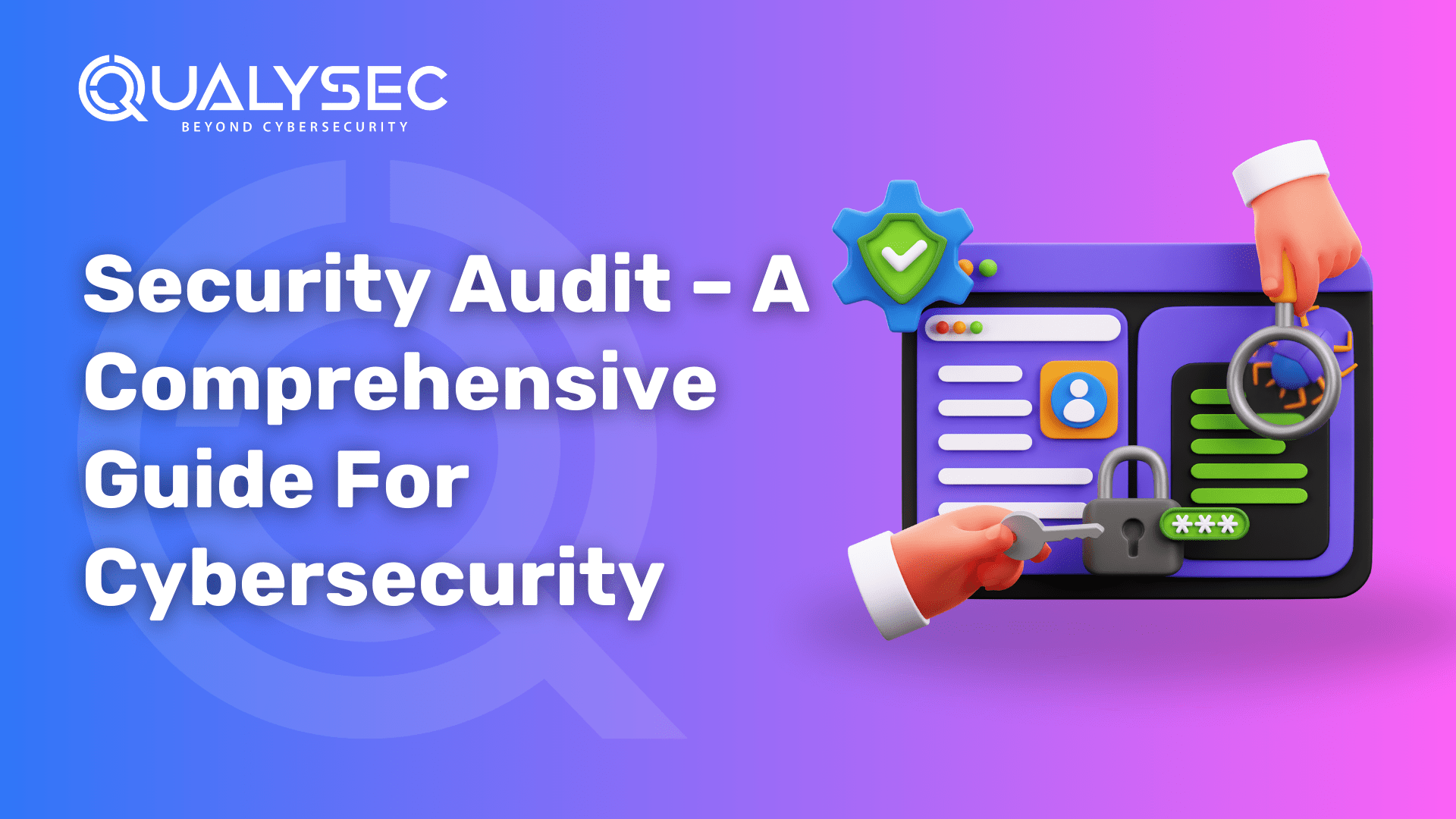
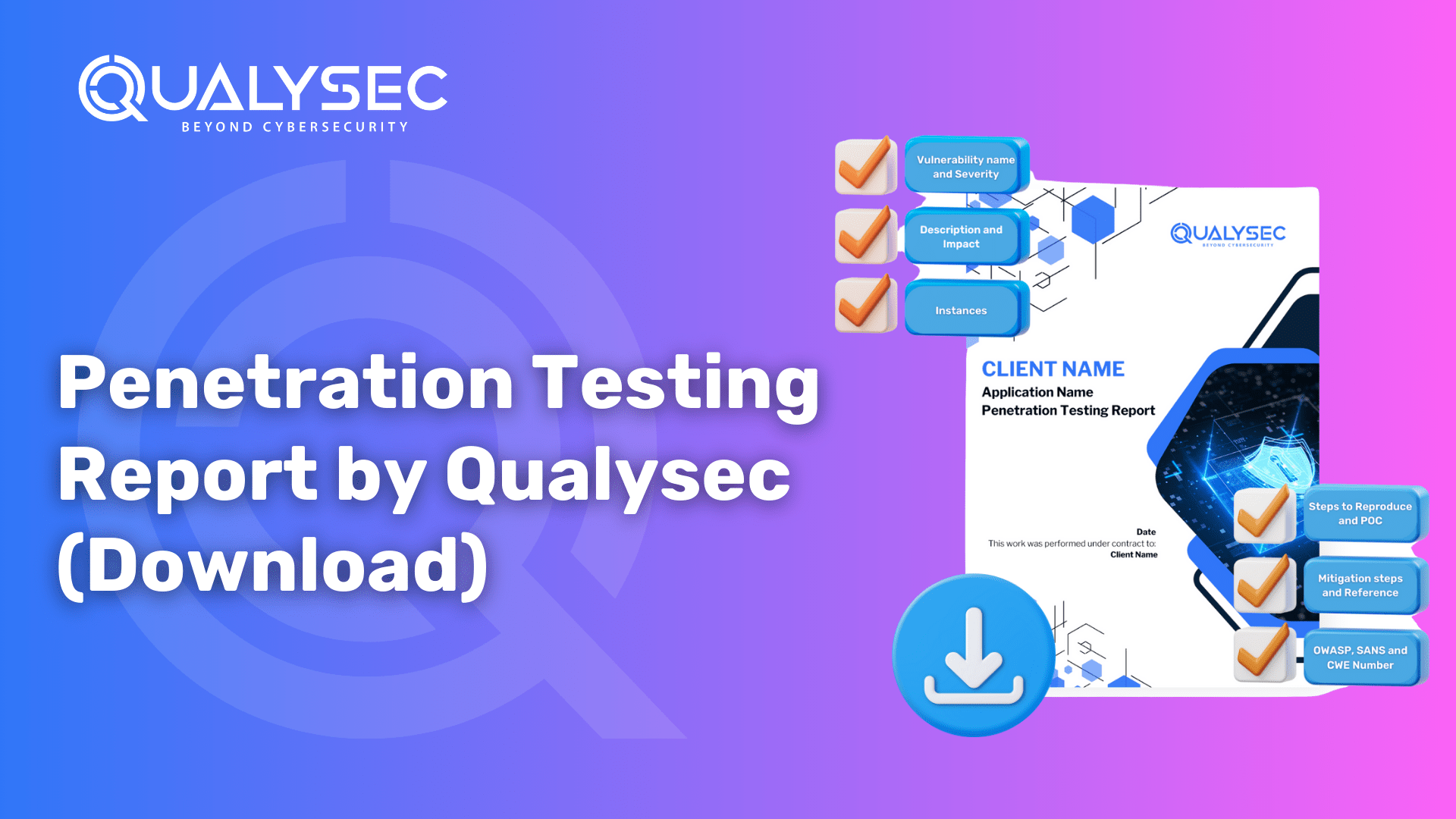
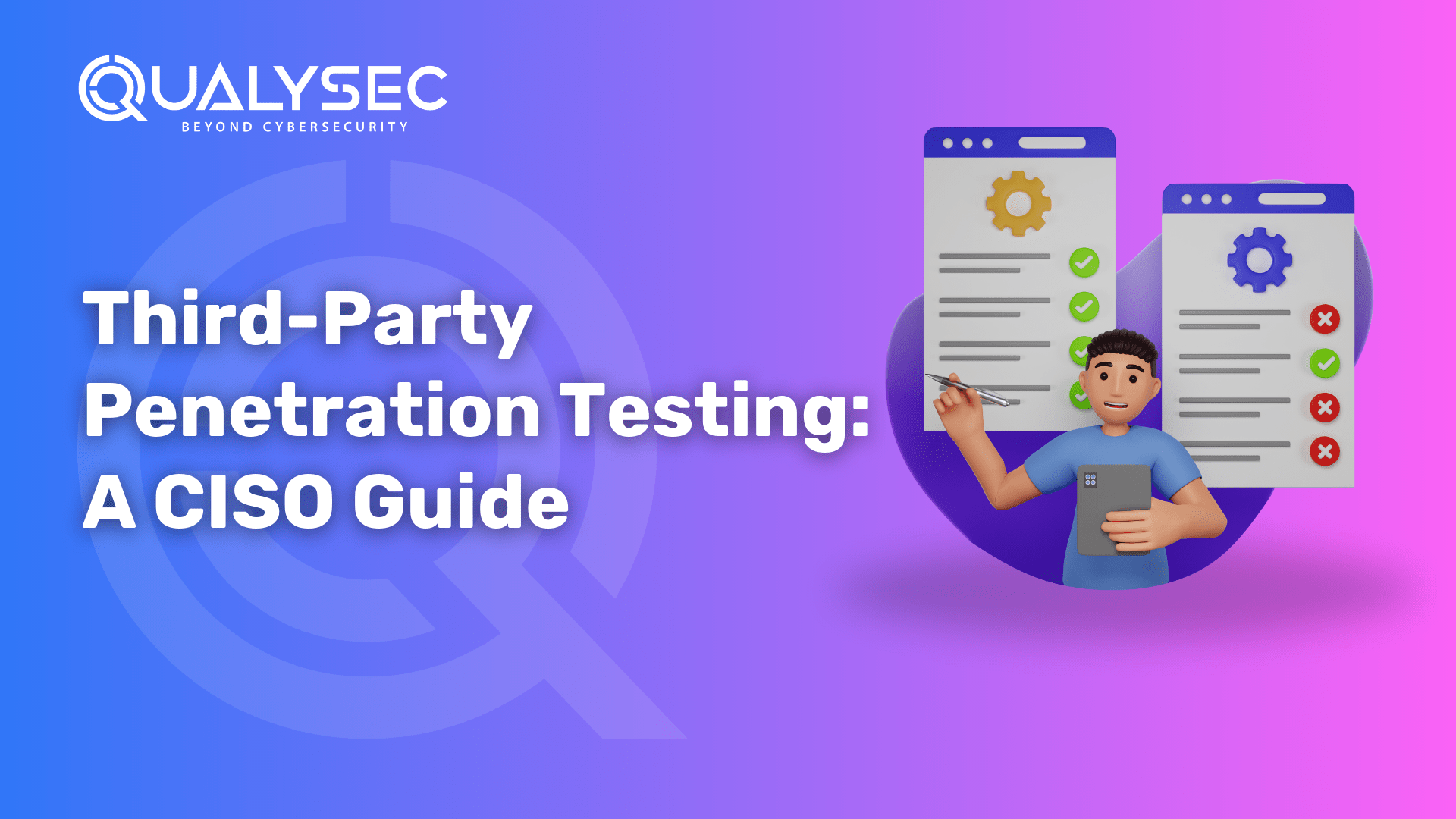
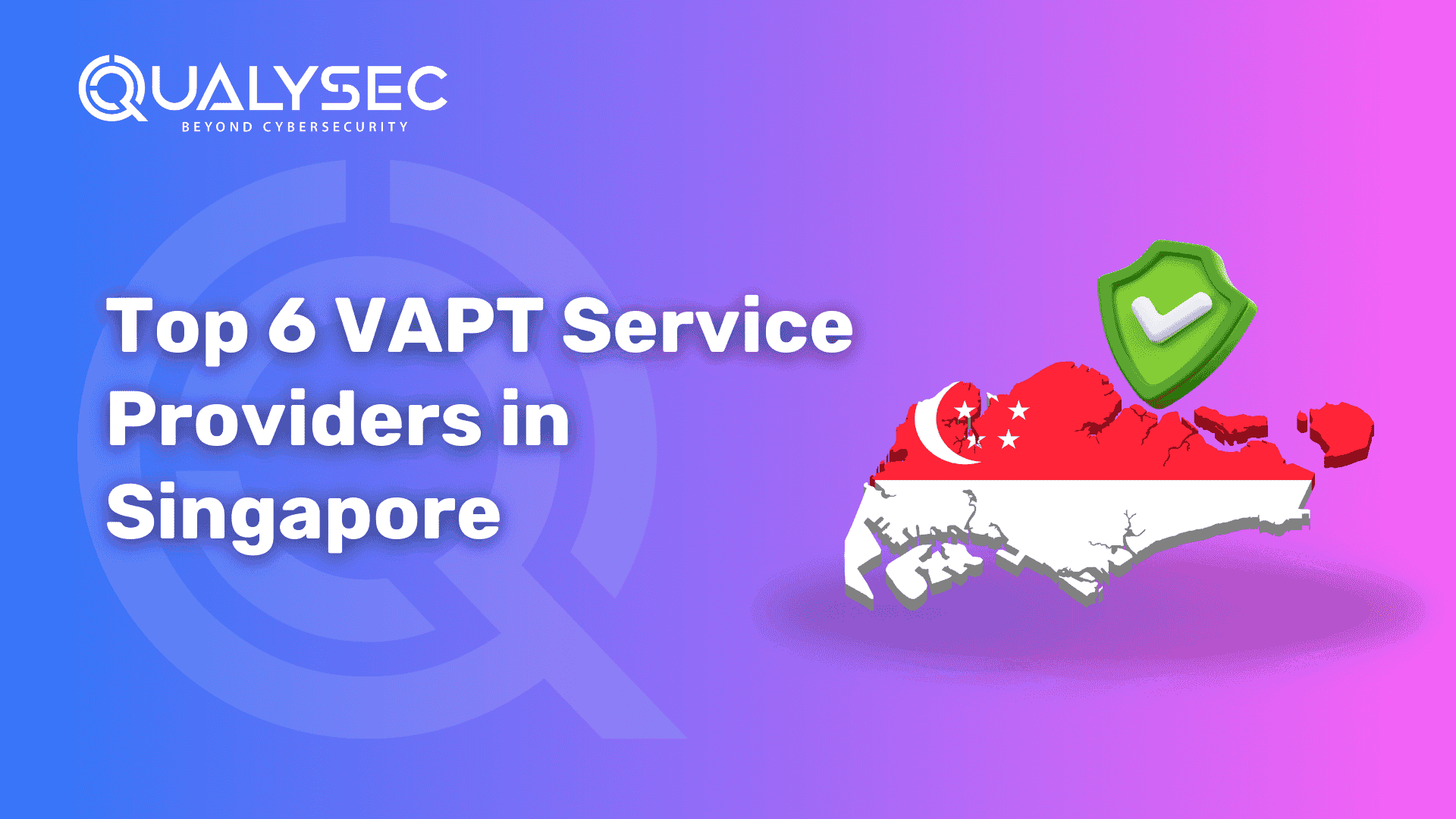
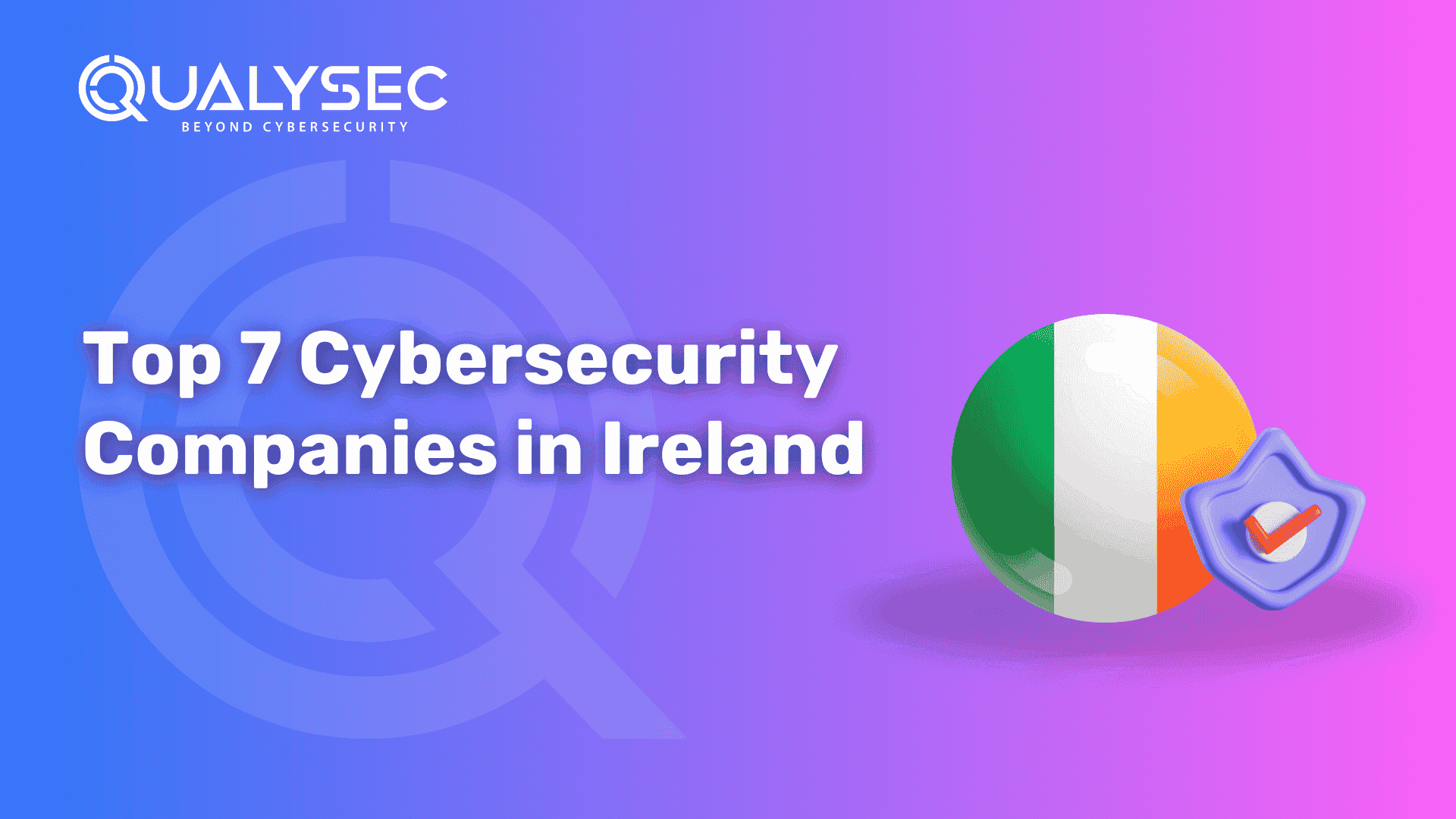
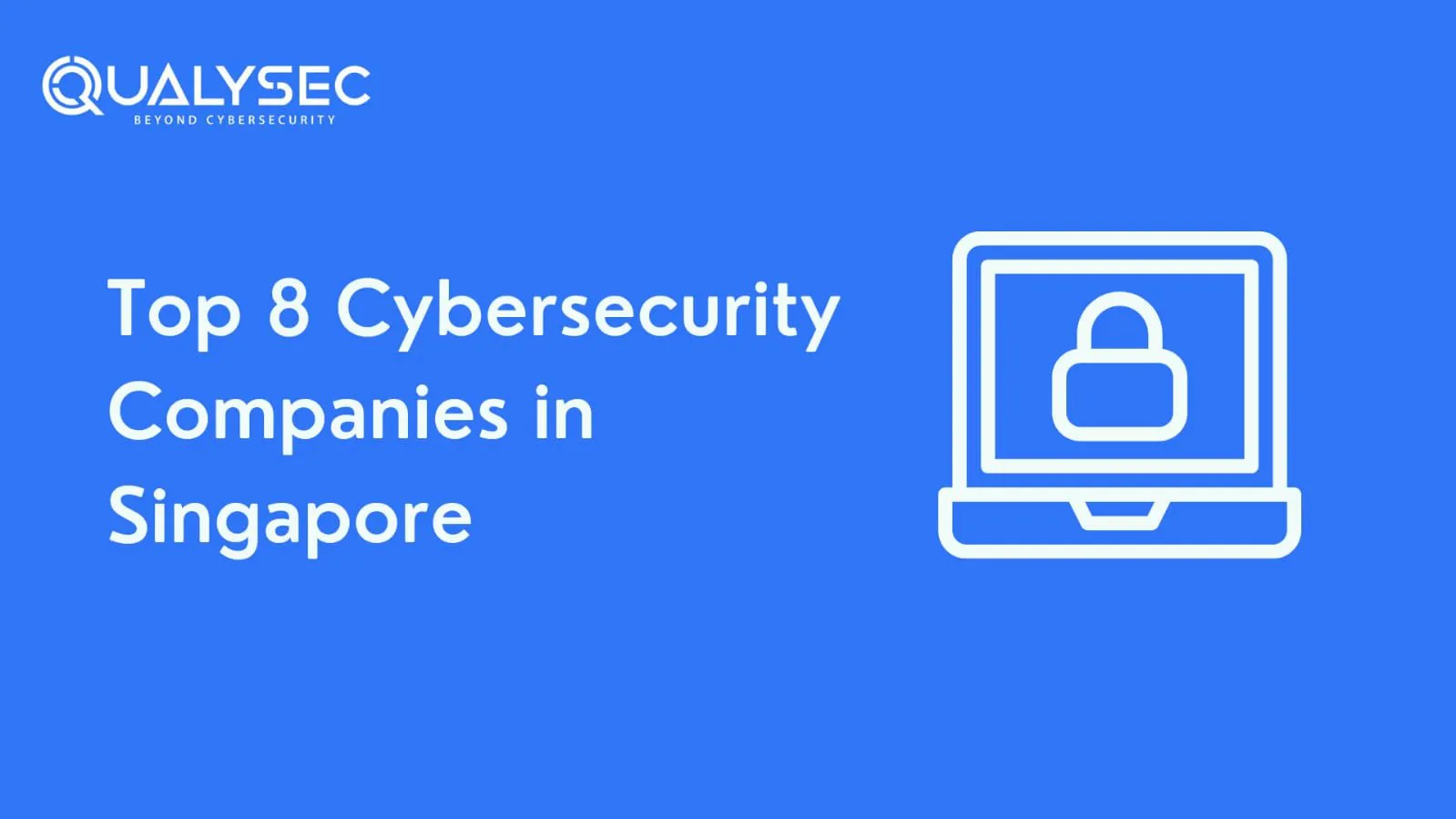
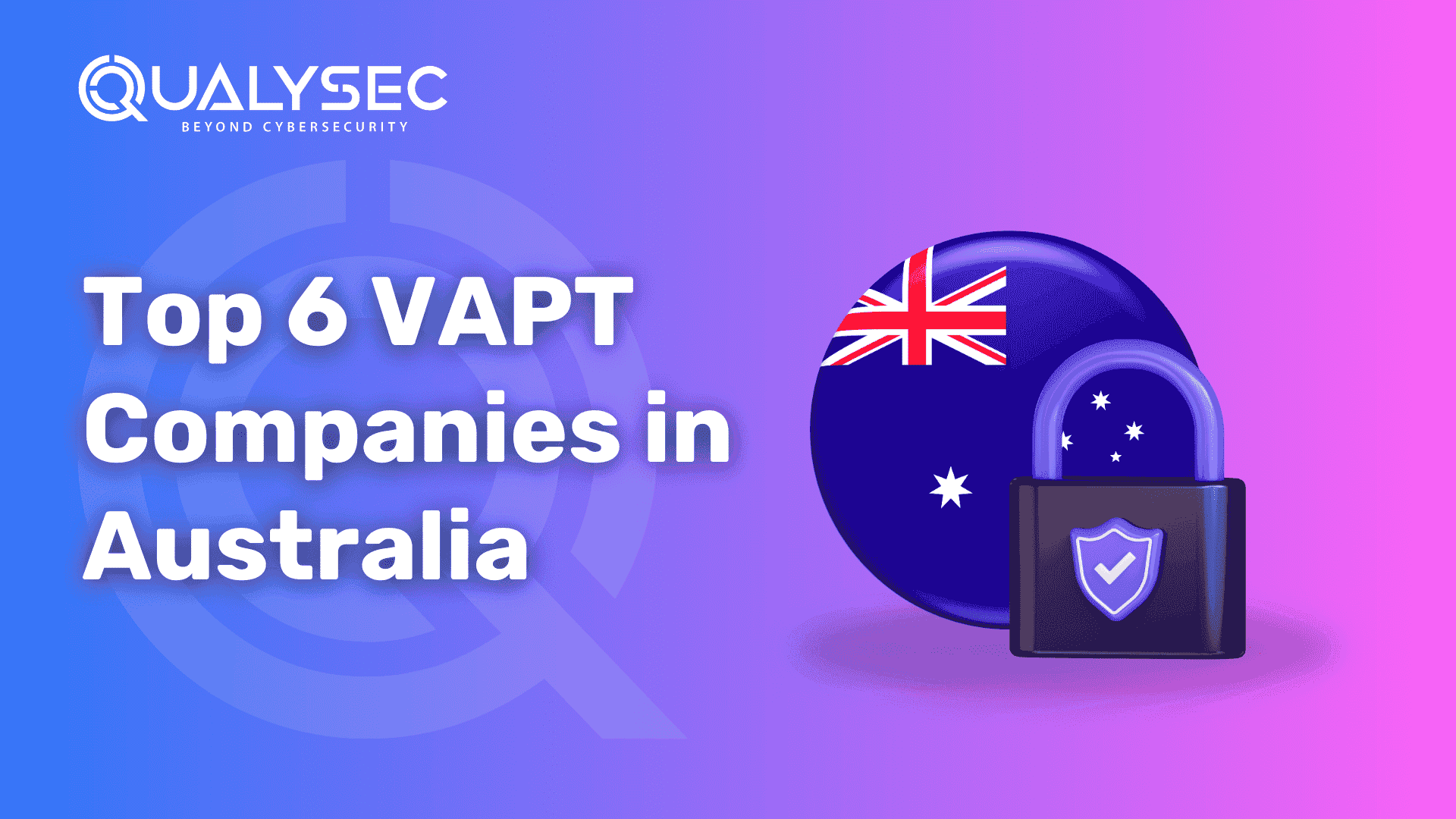
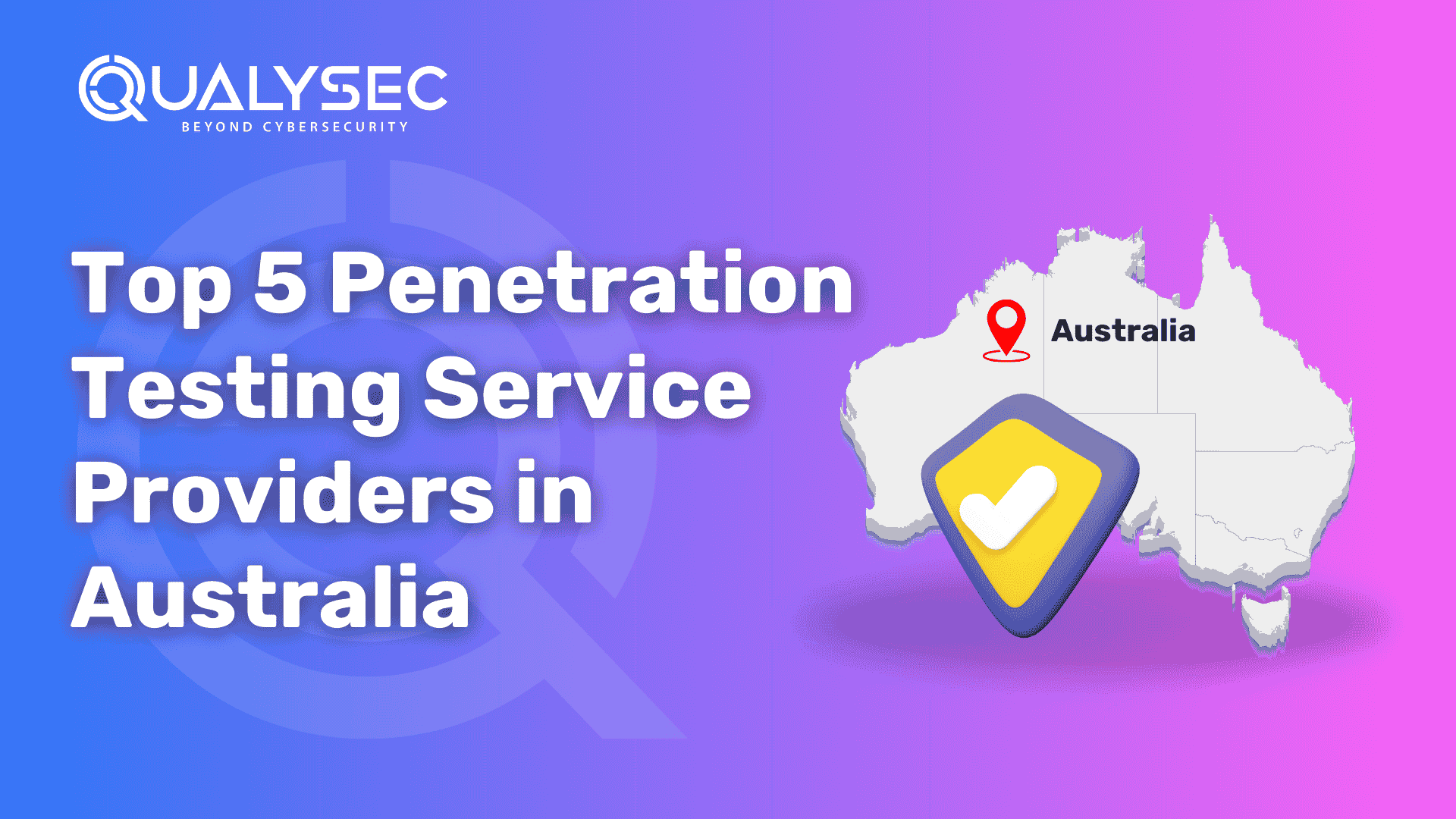
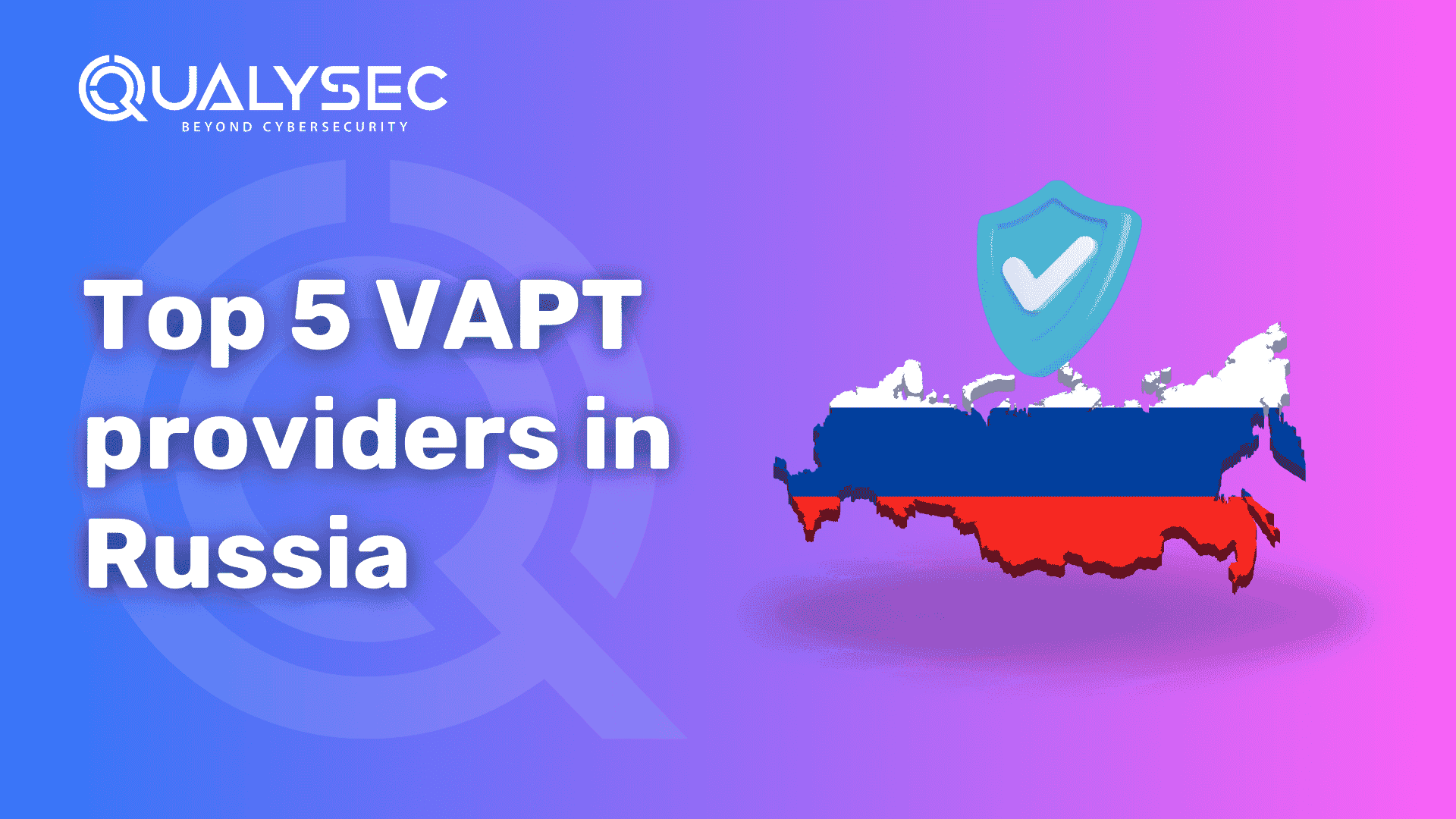
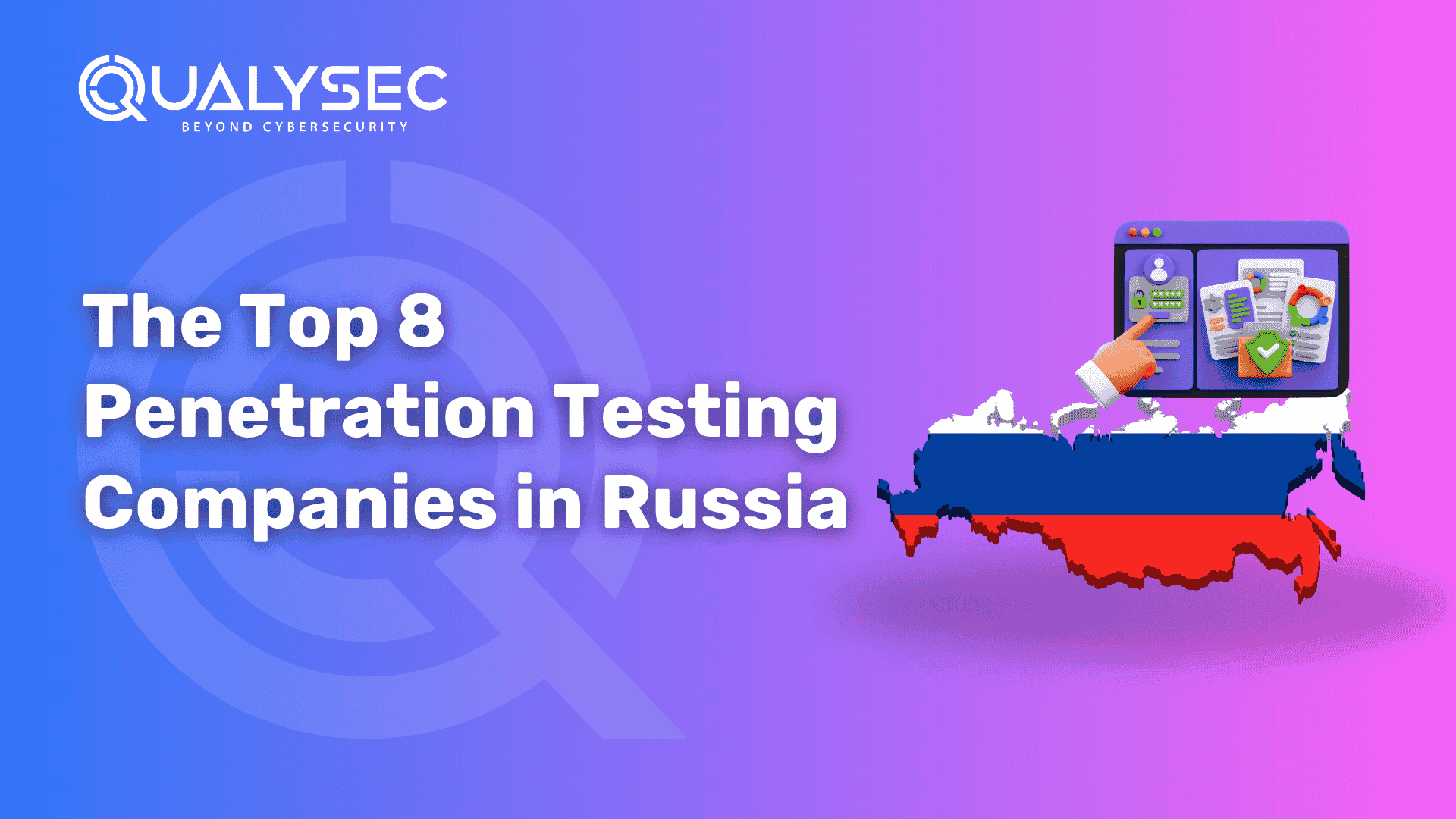



0 Comments